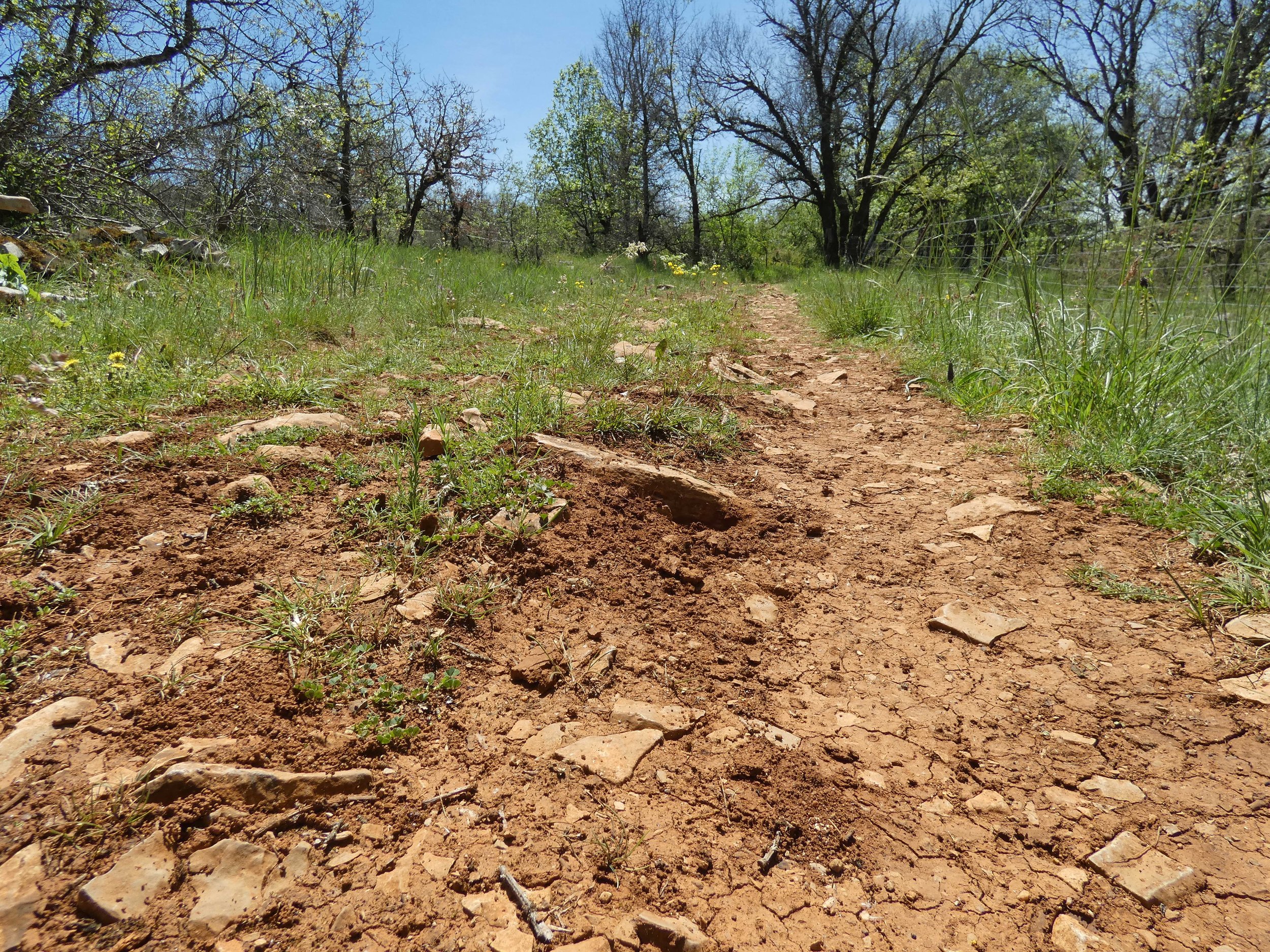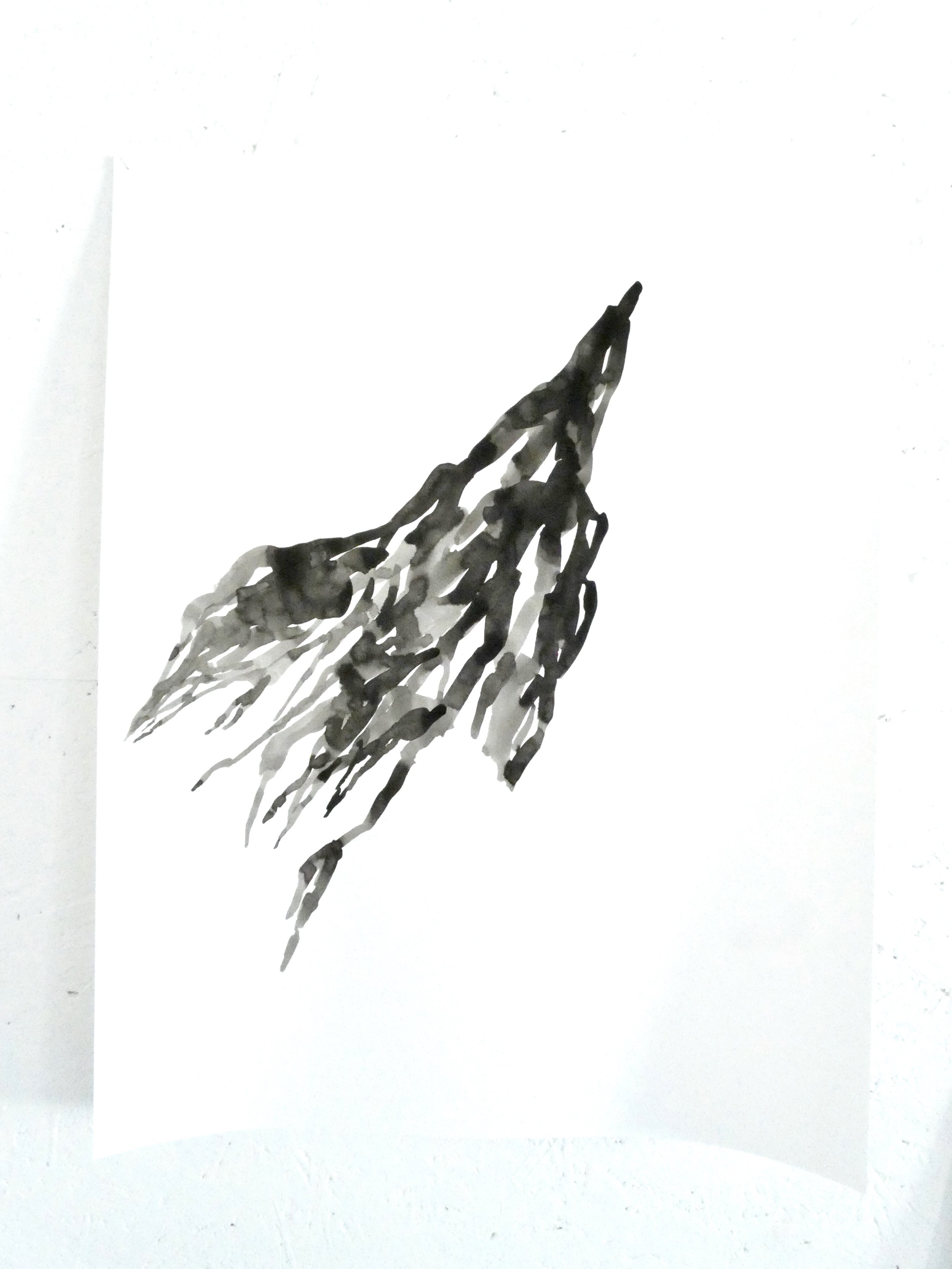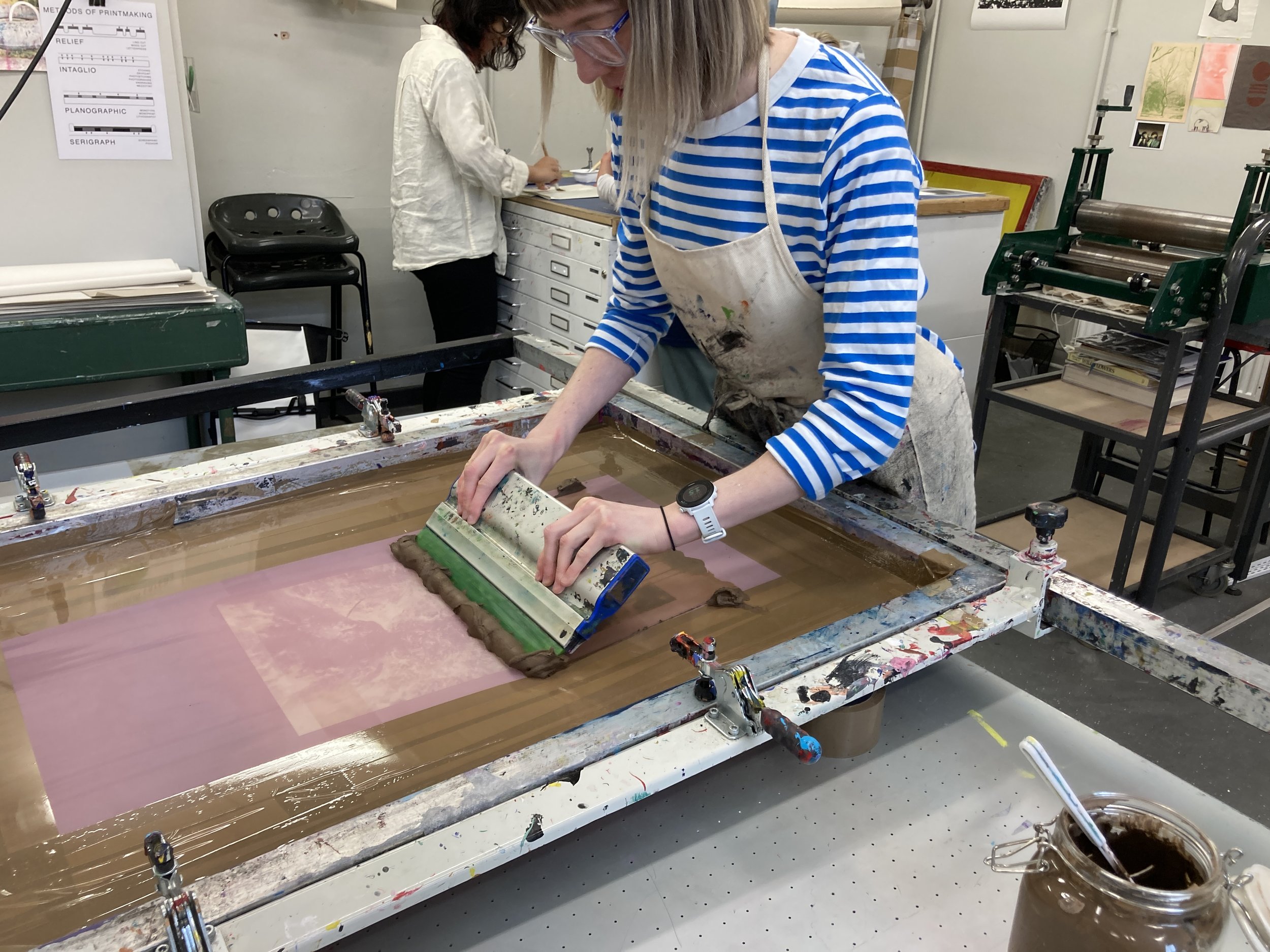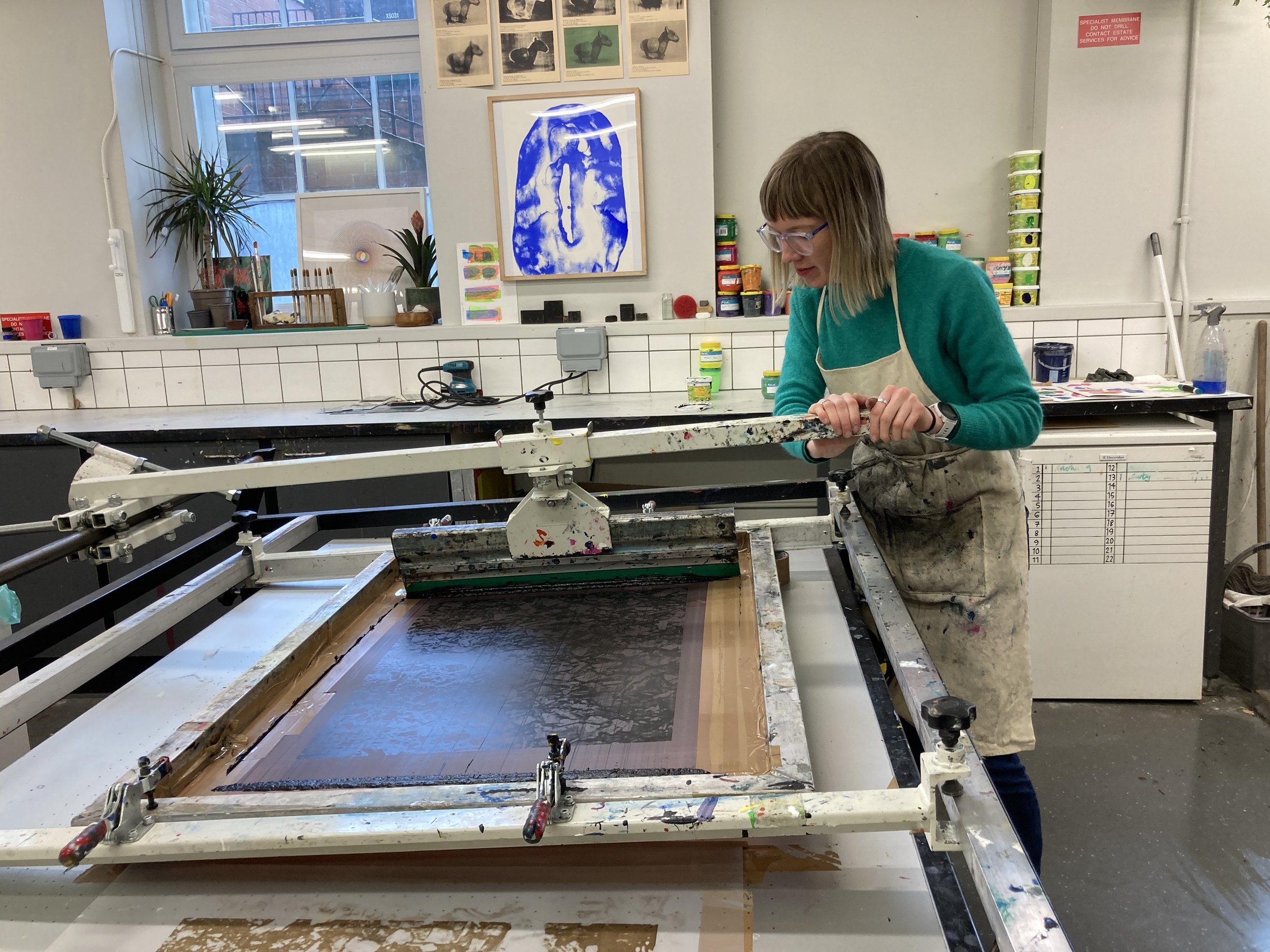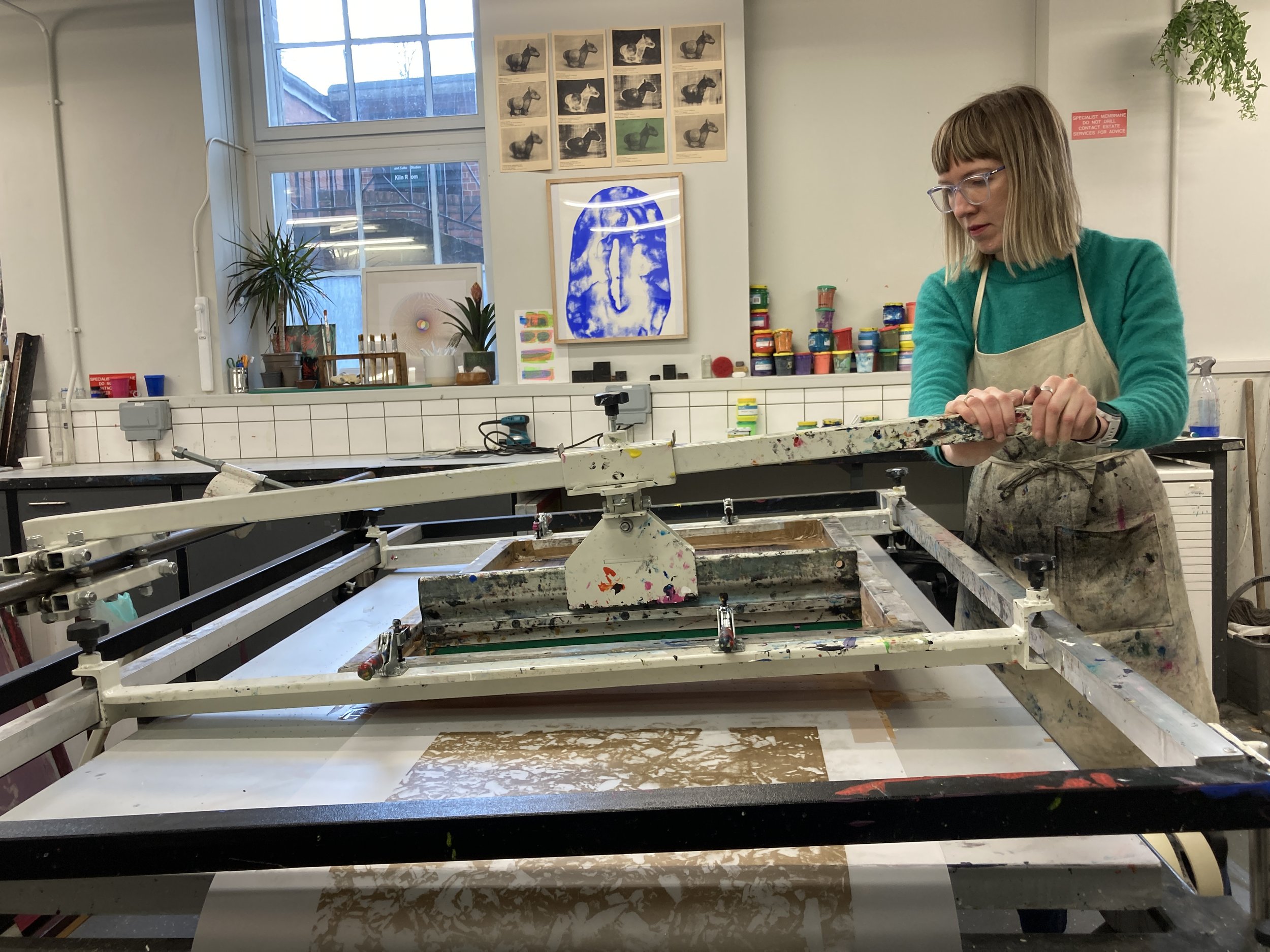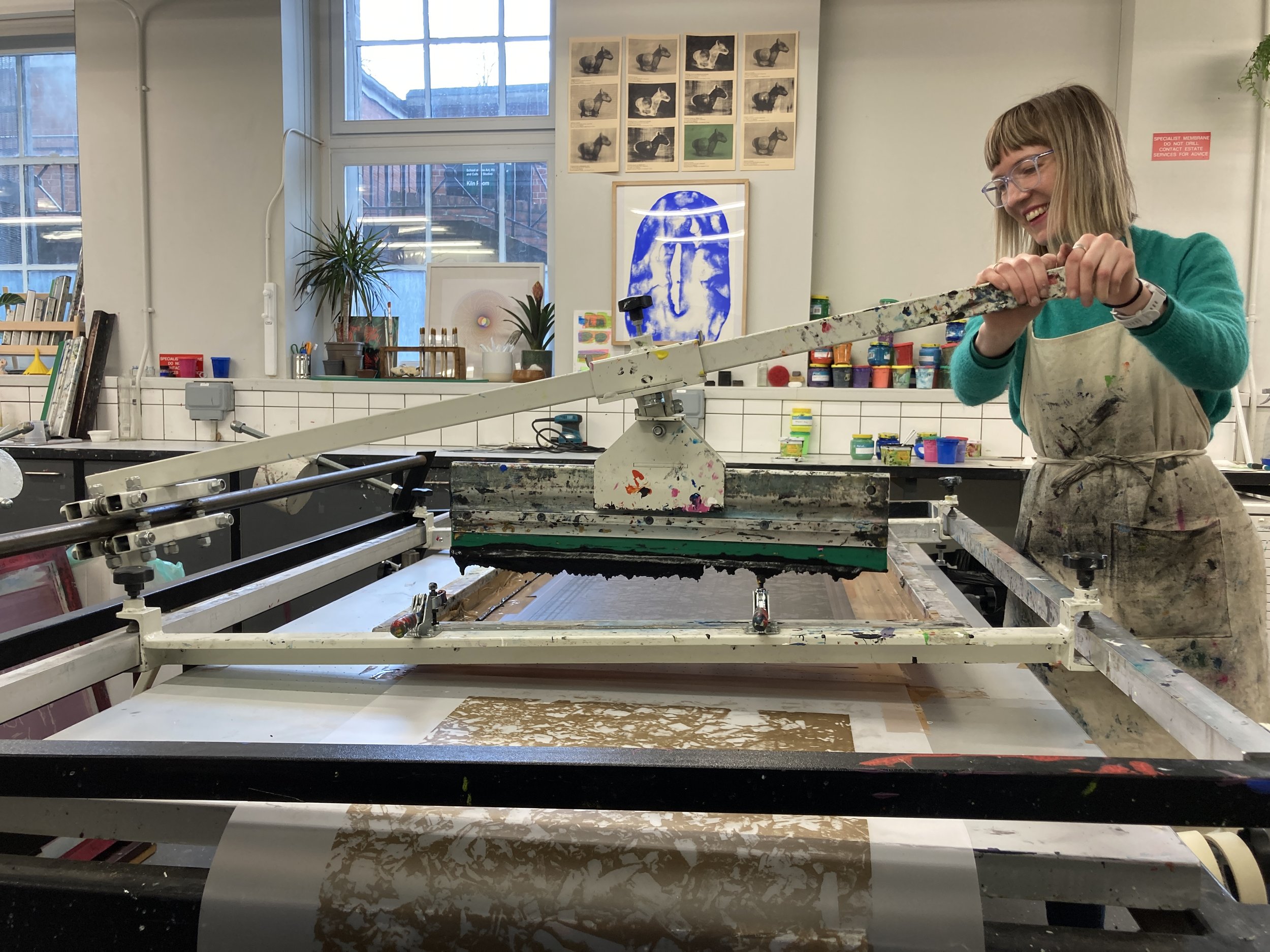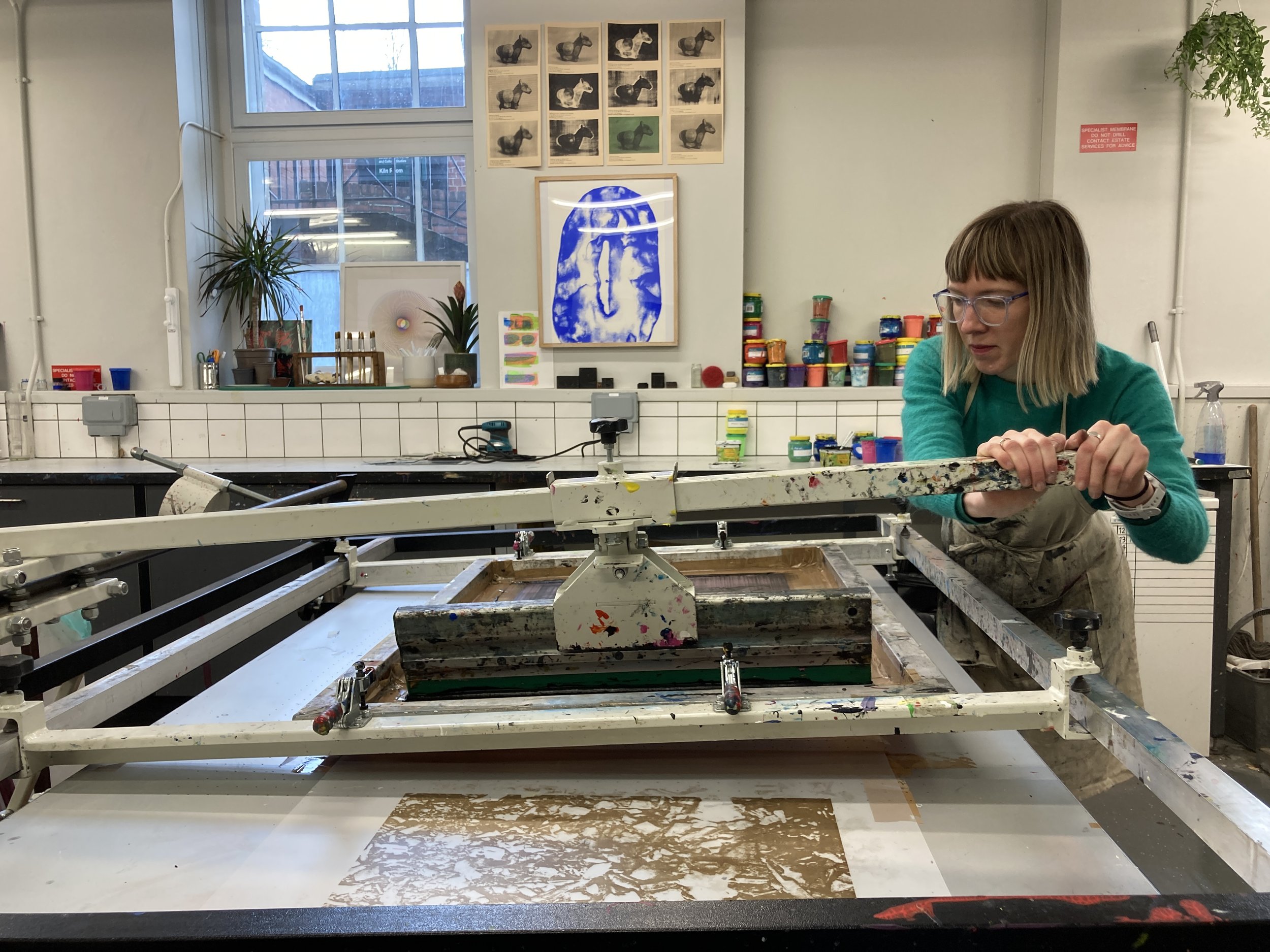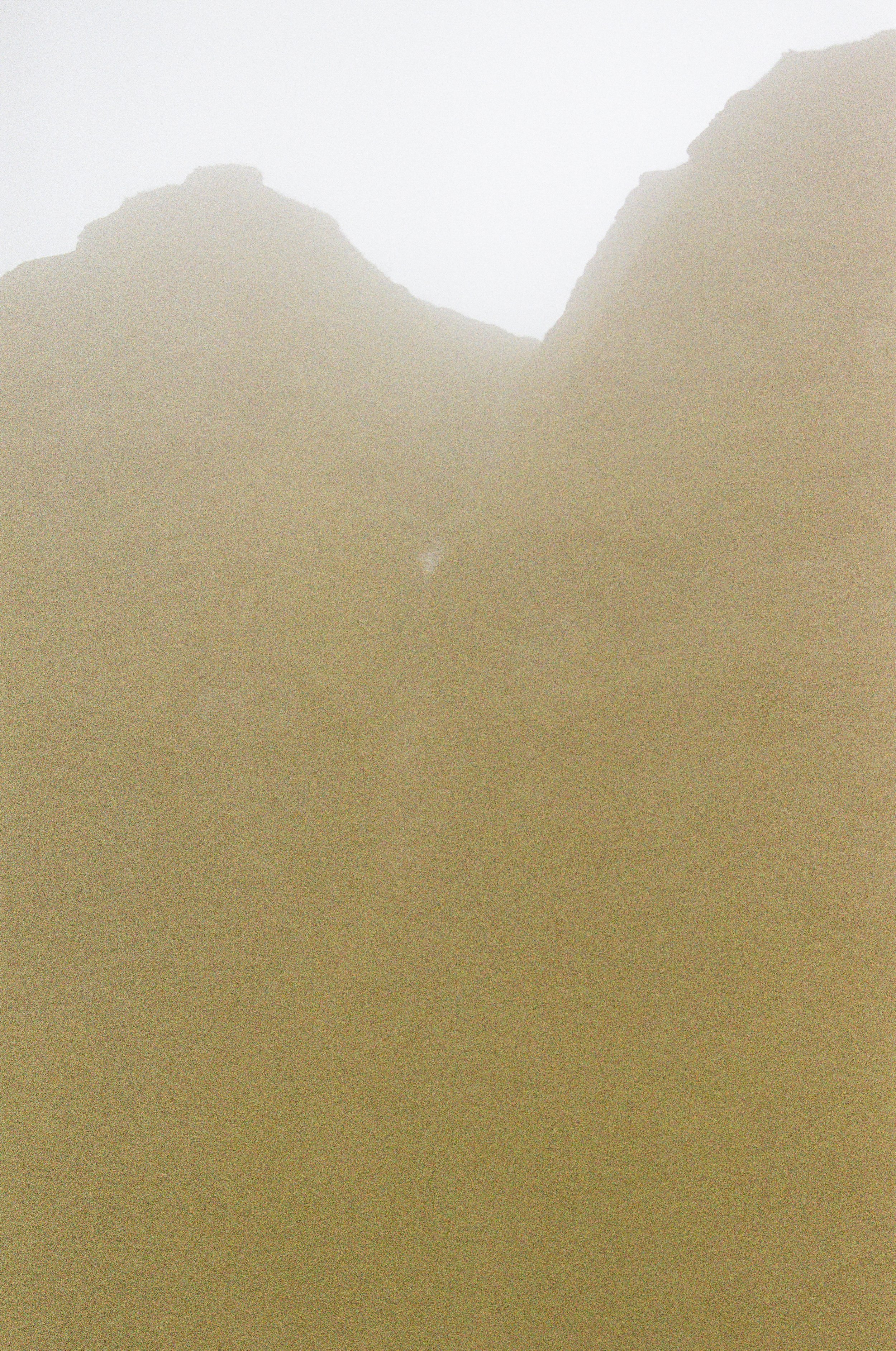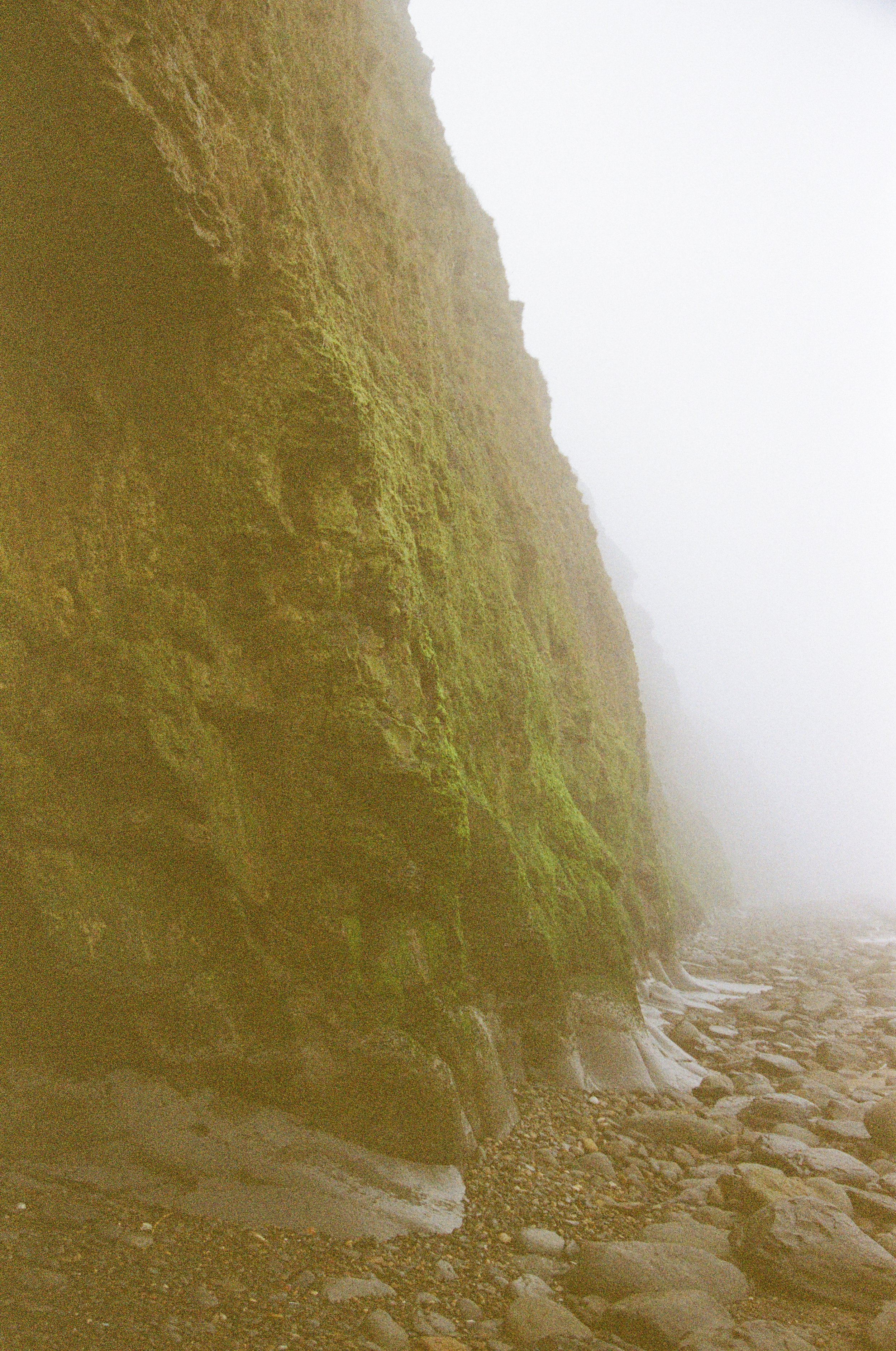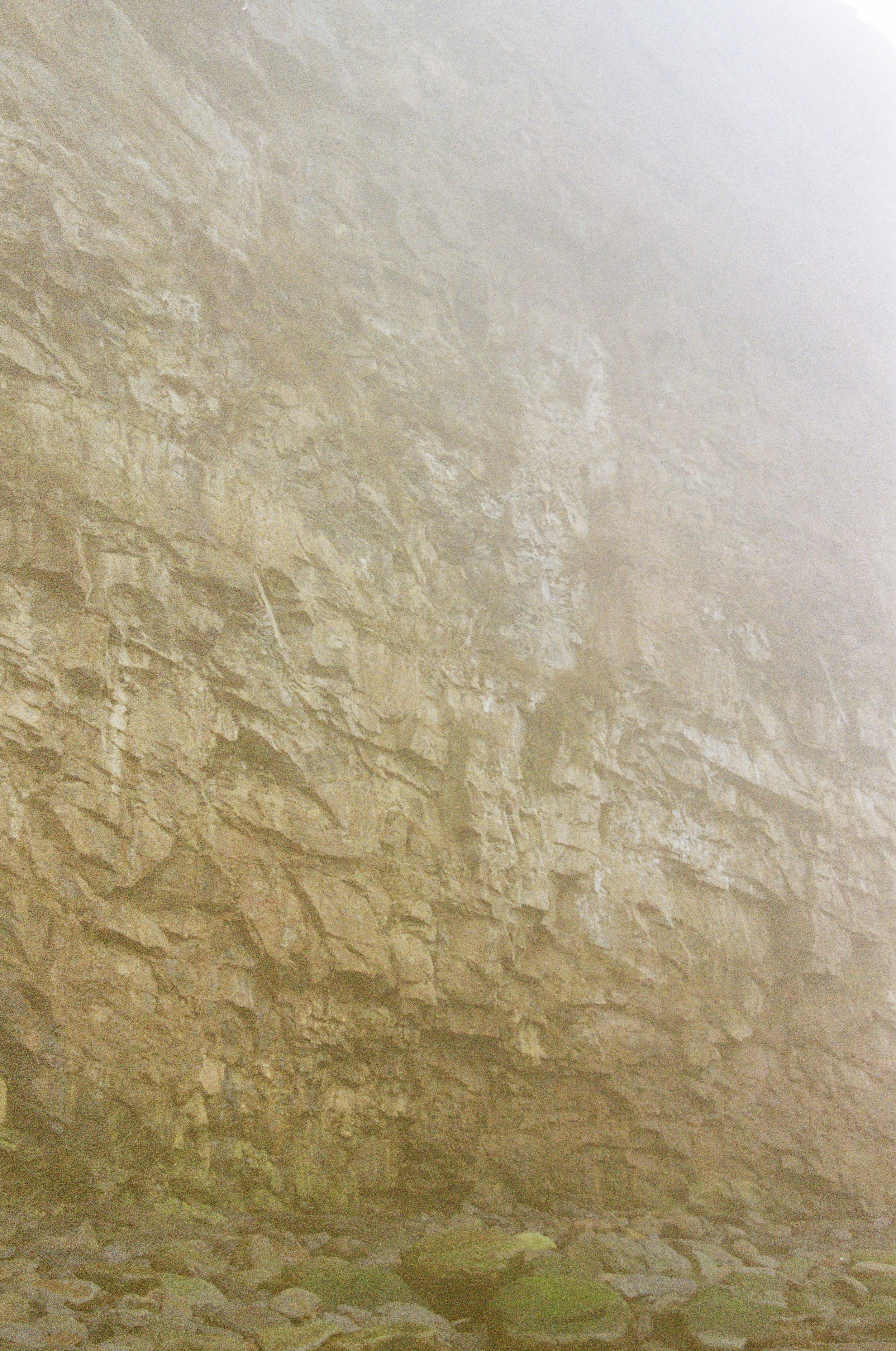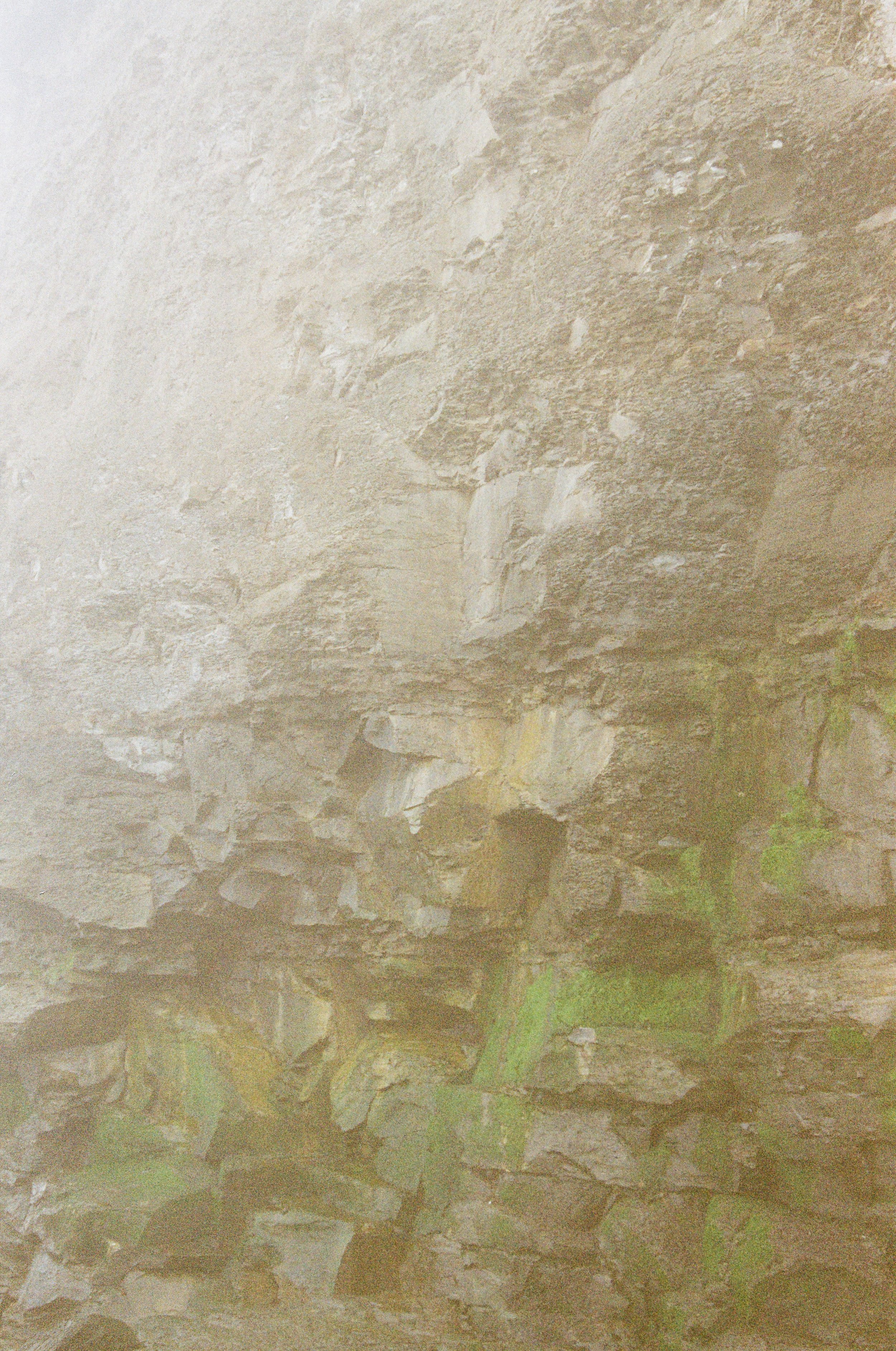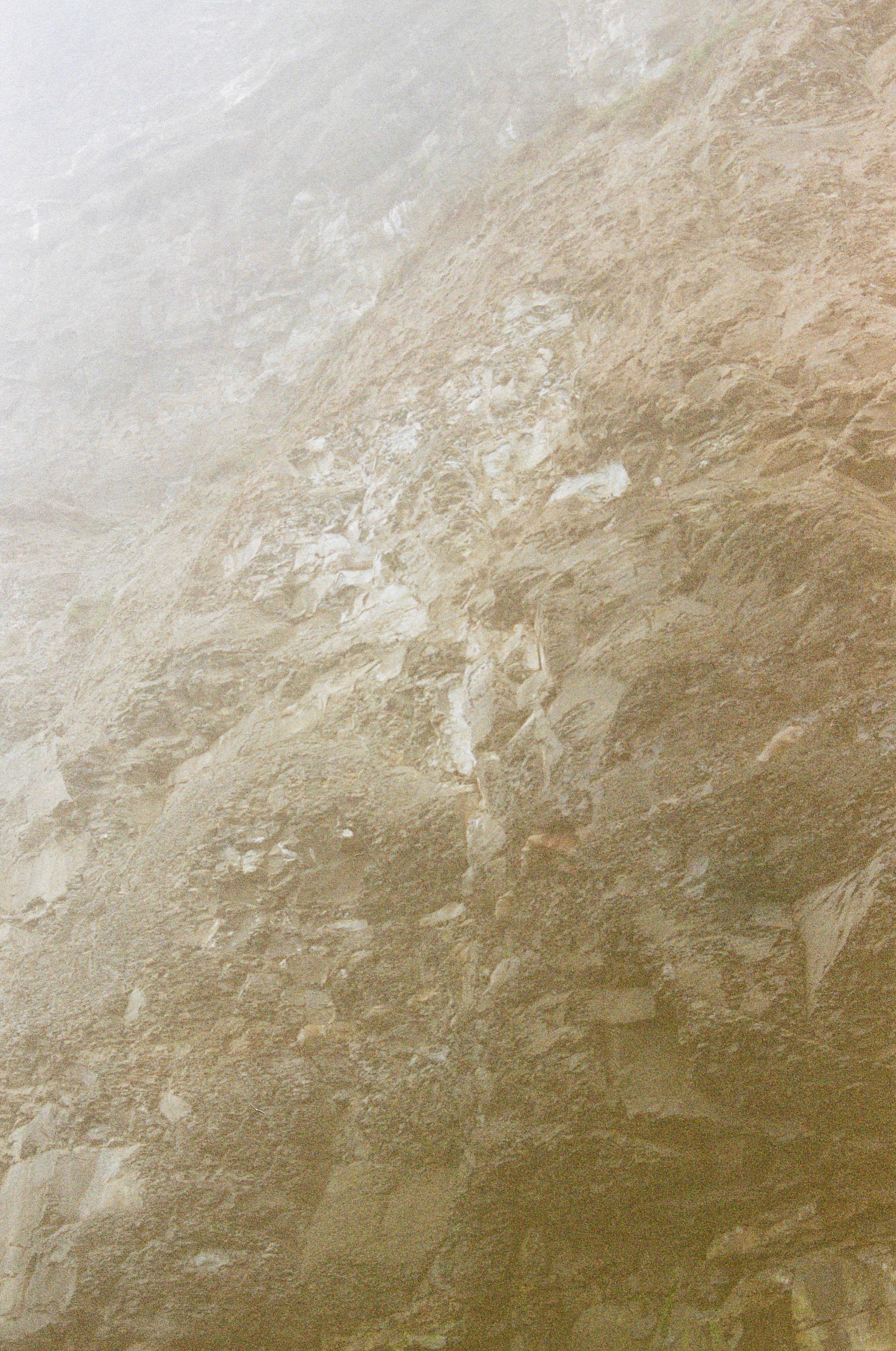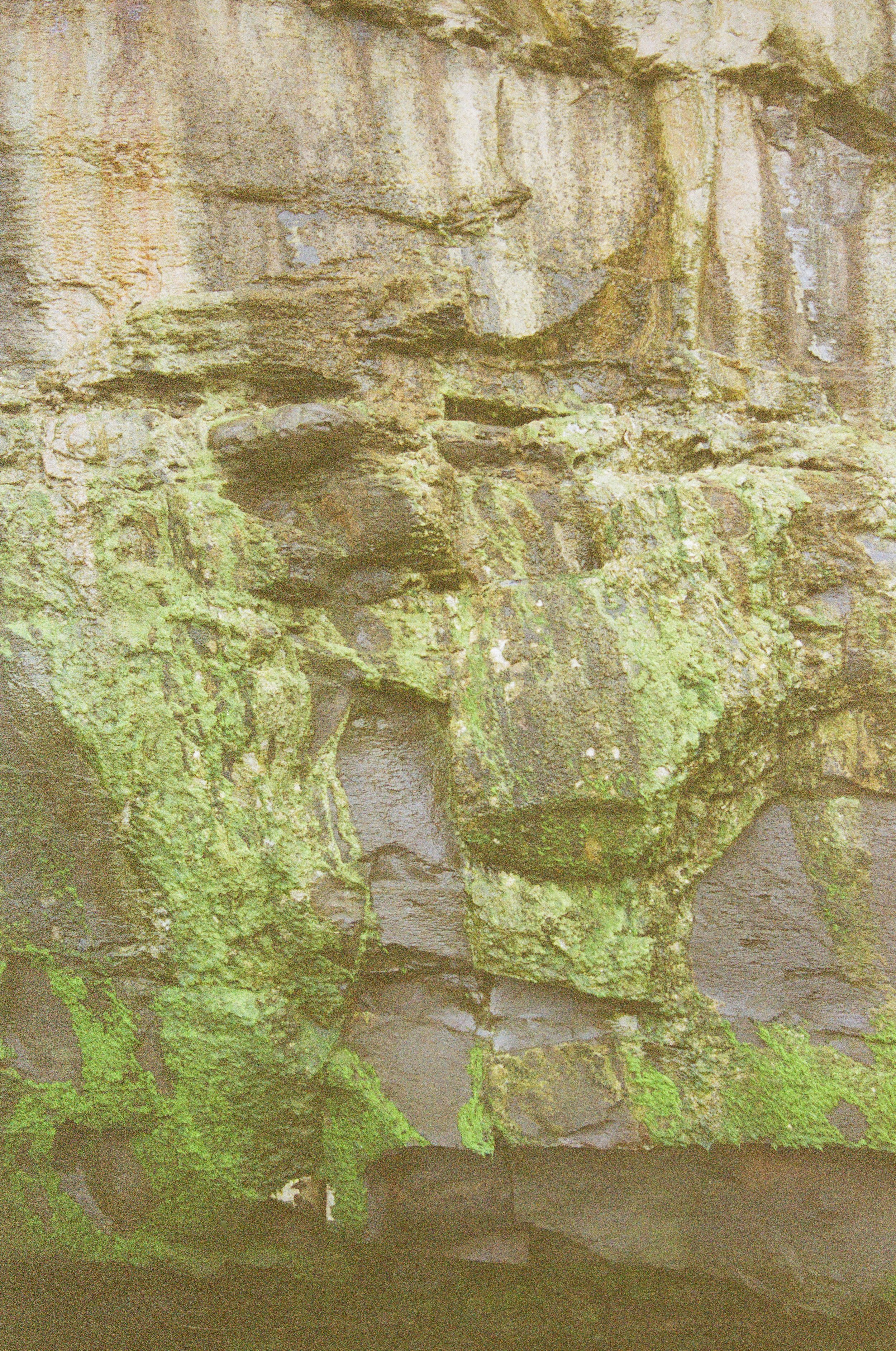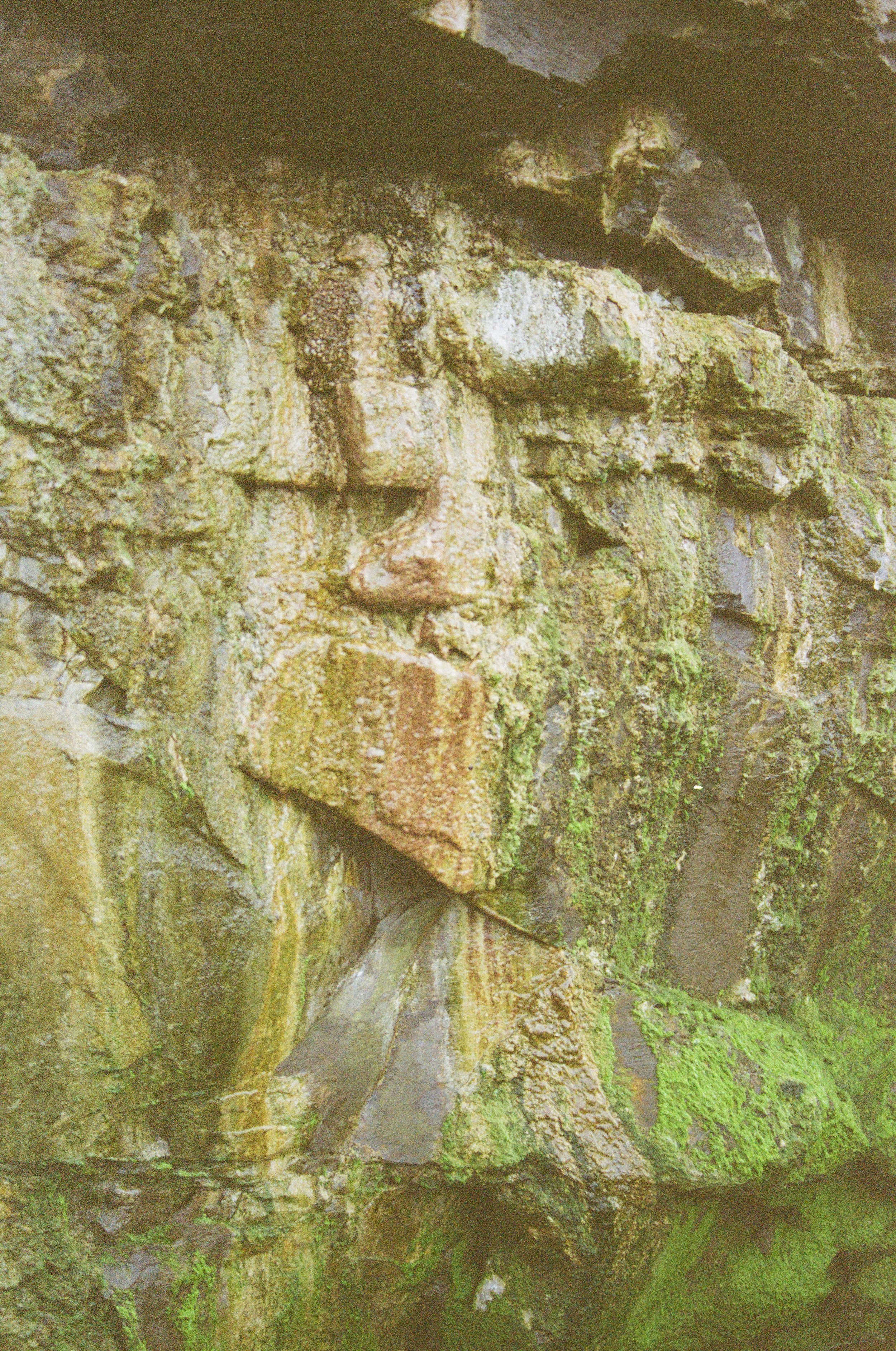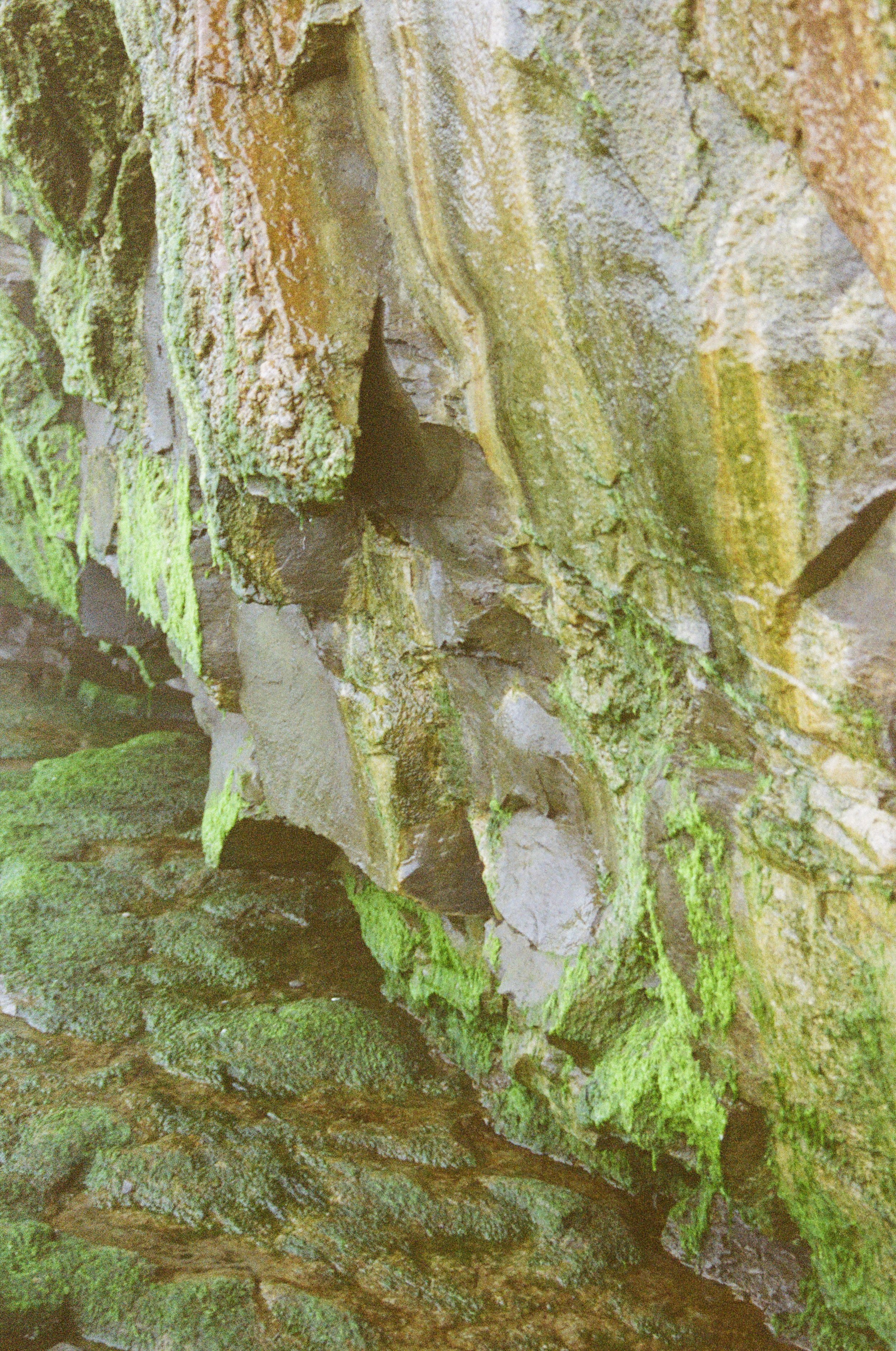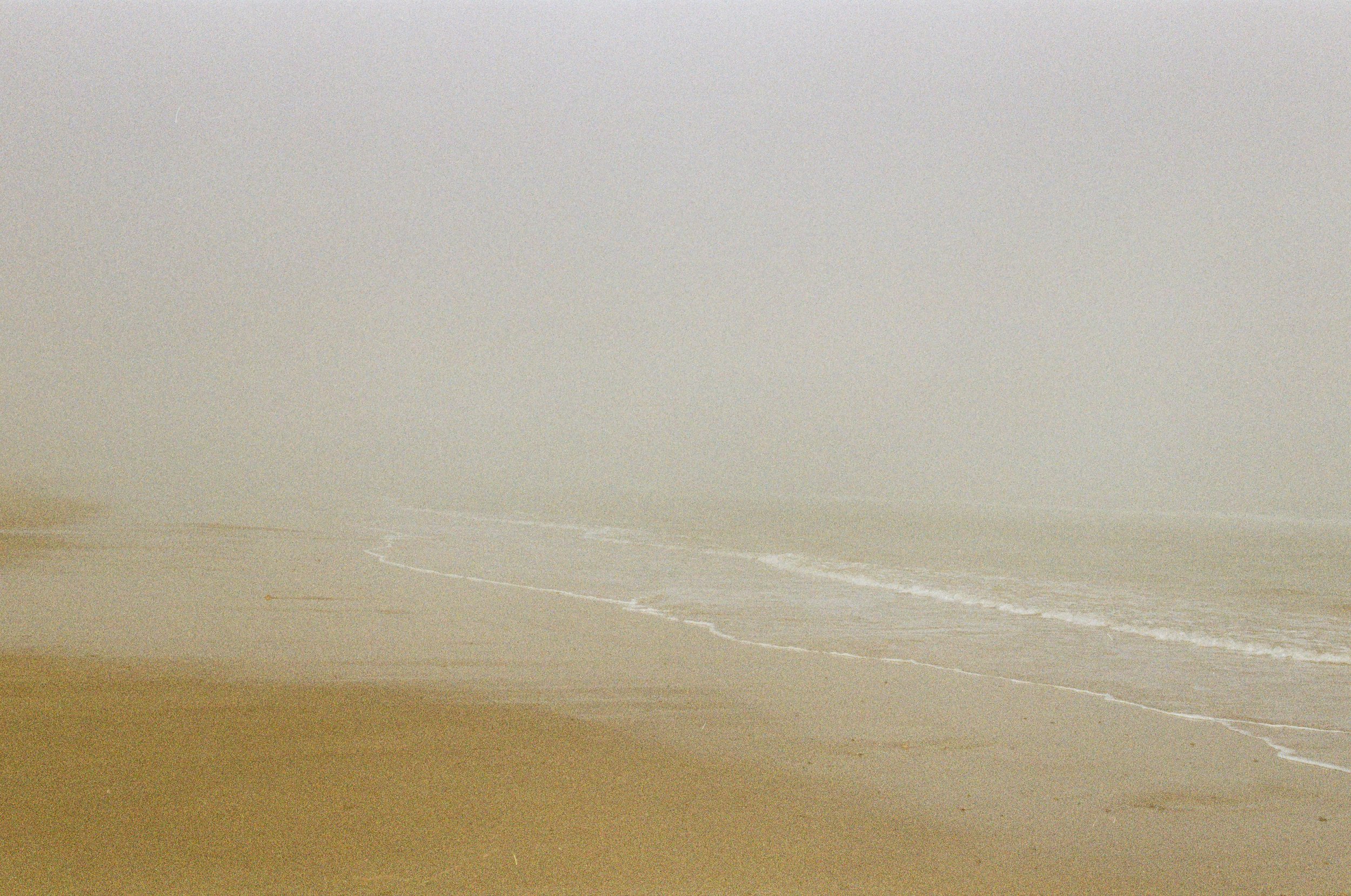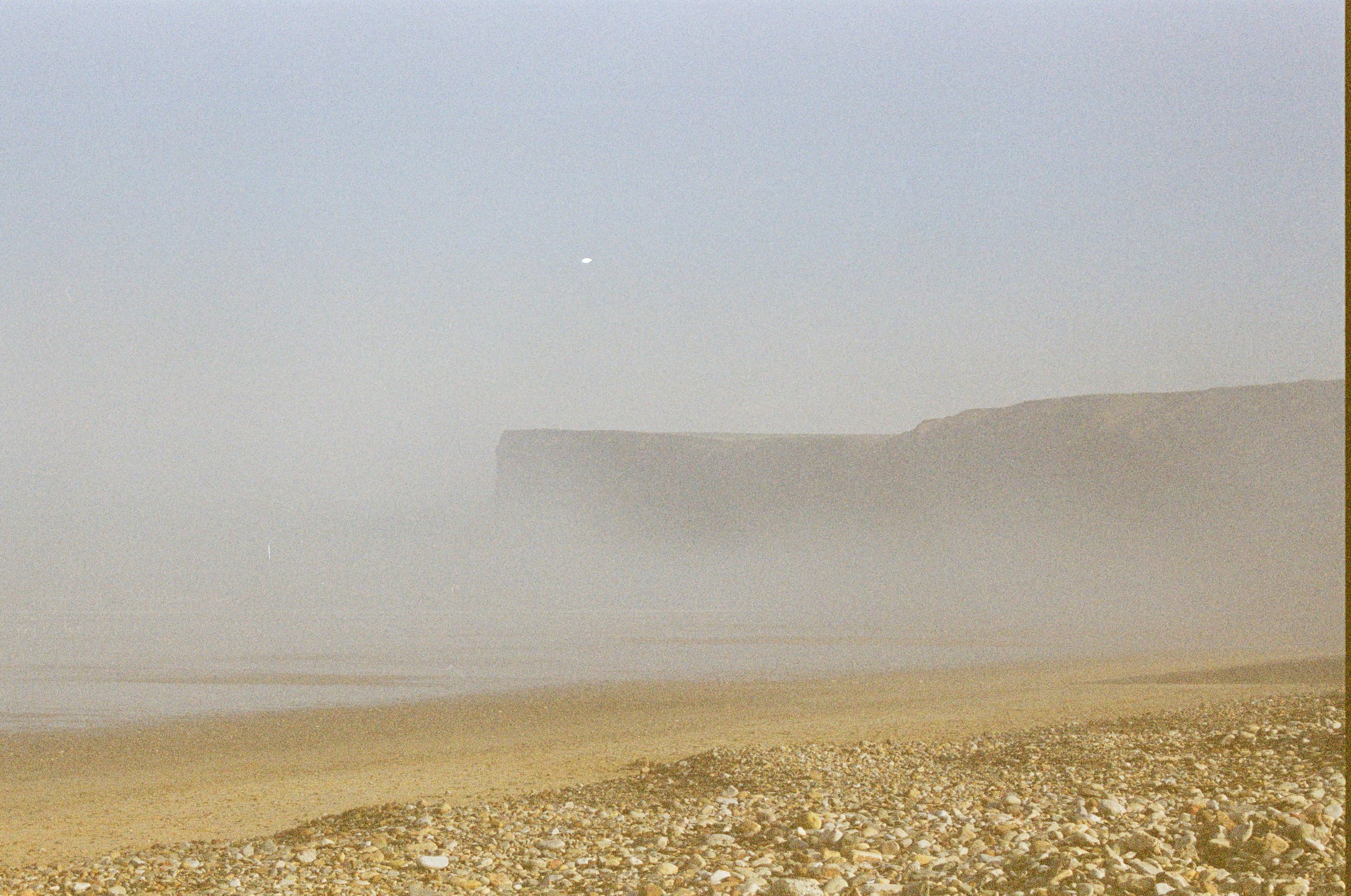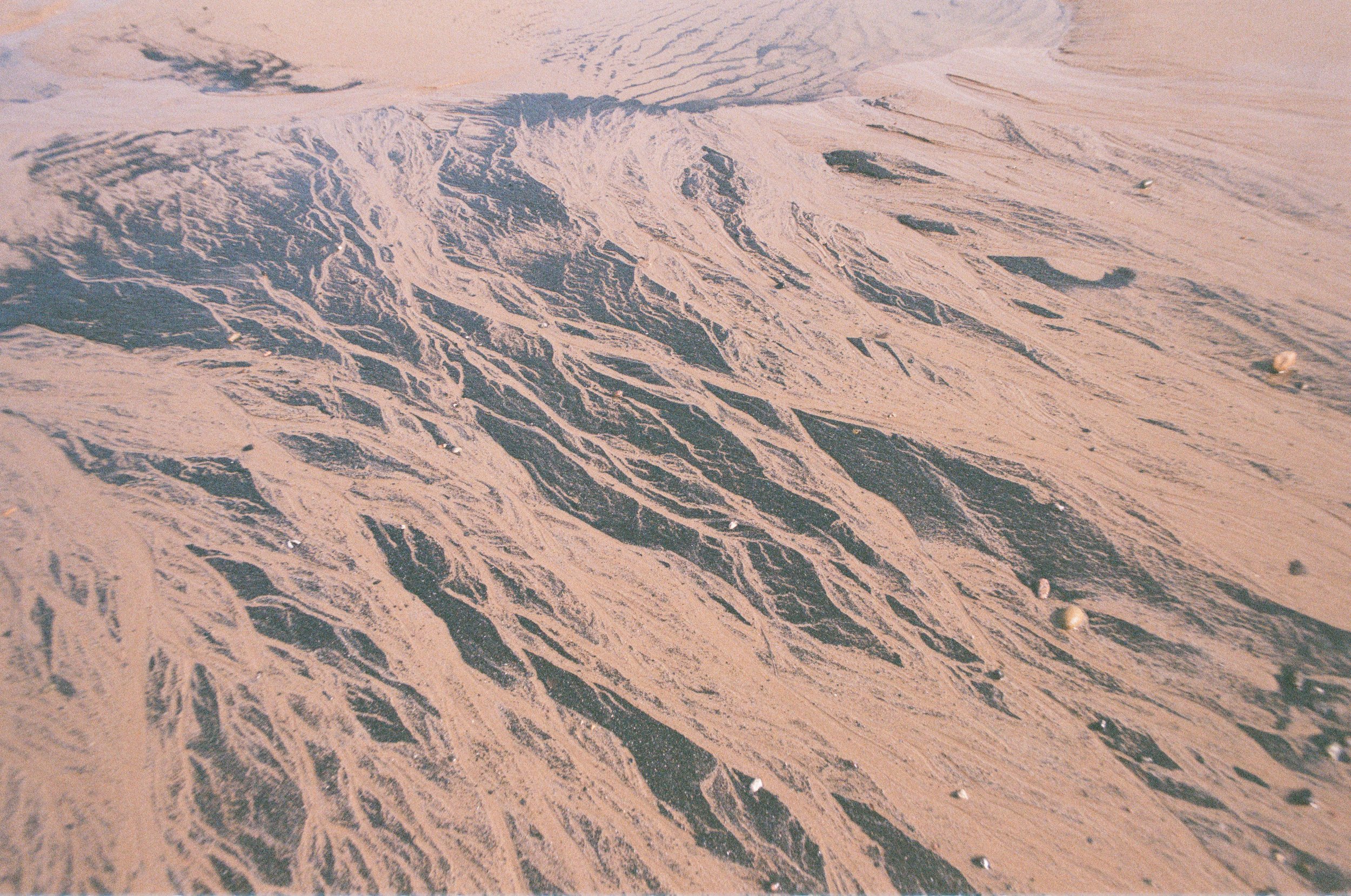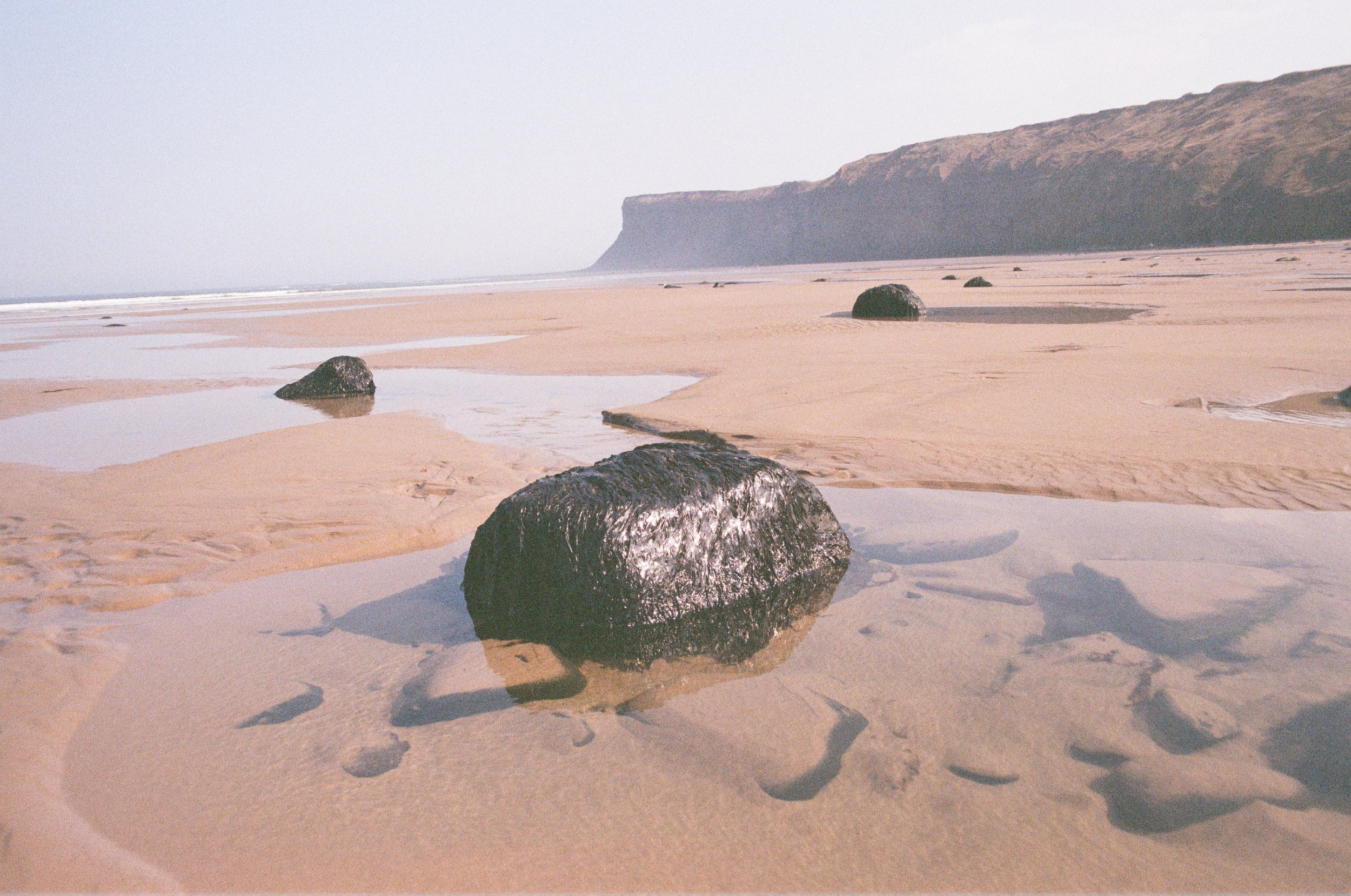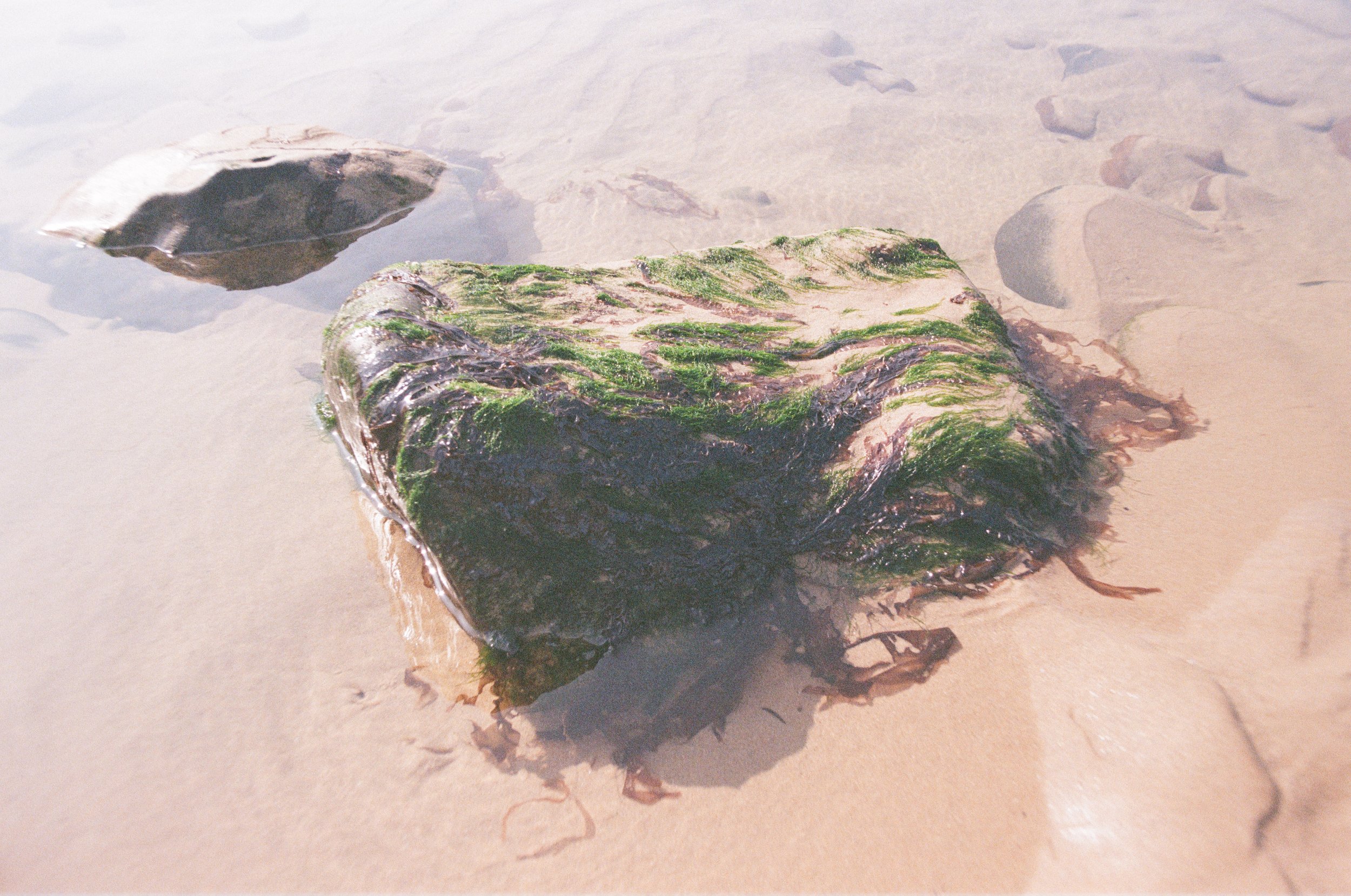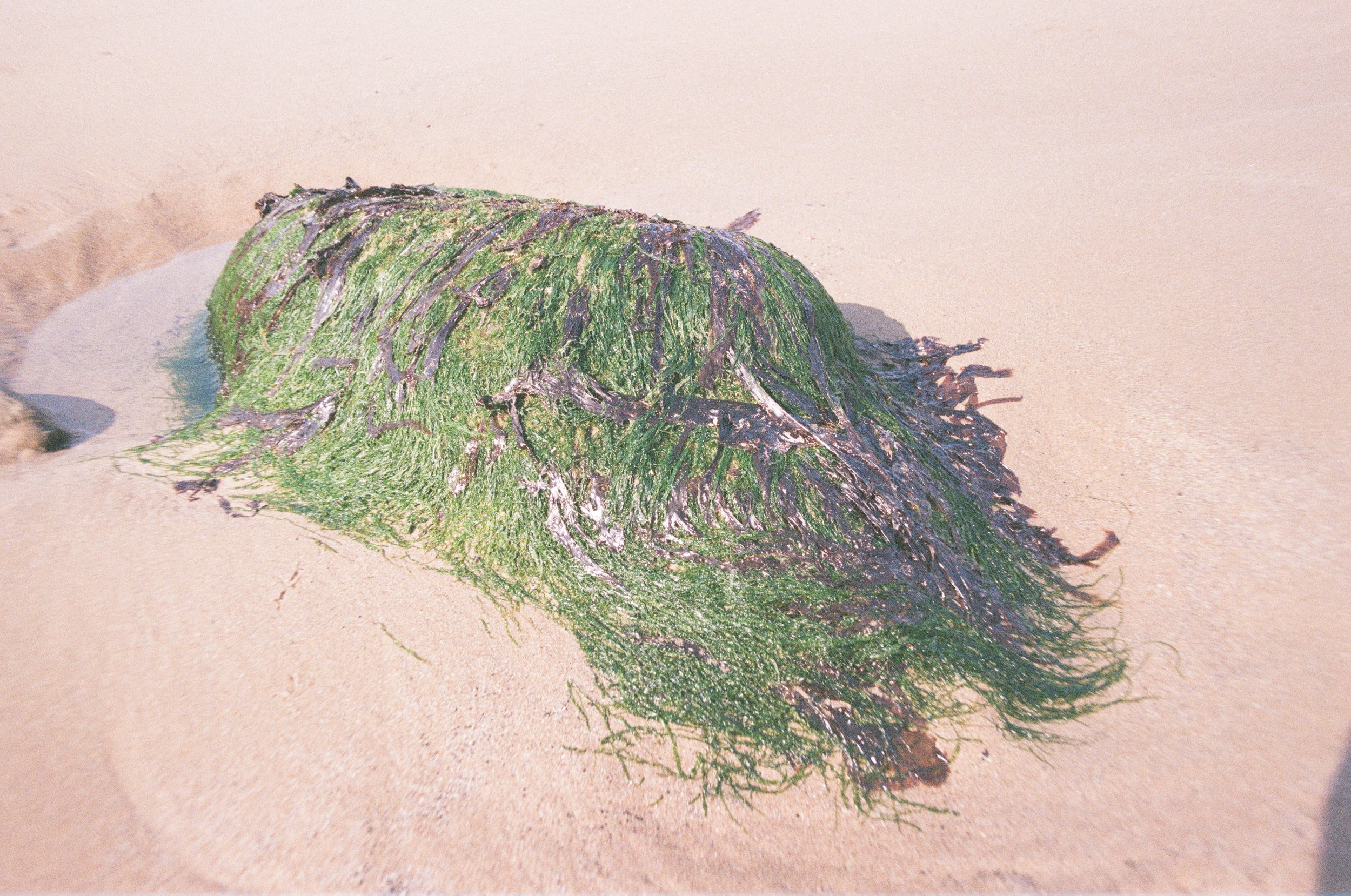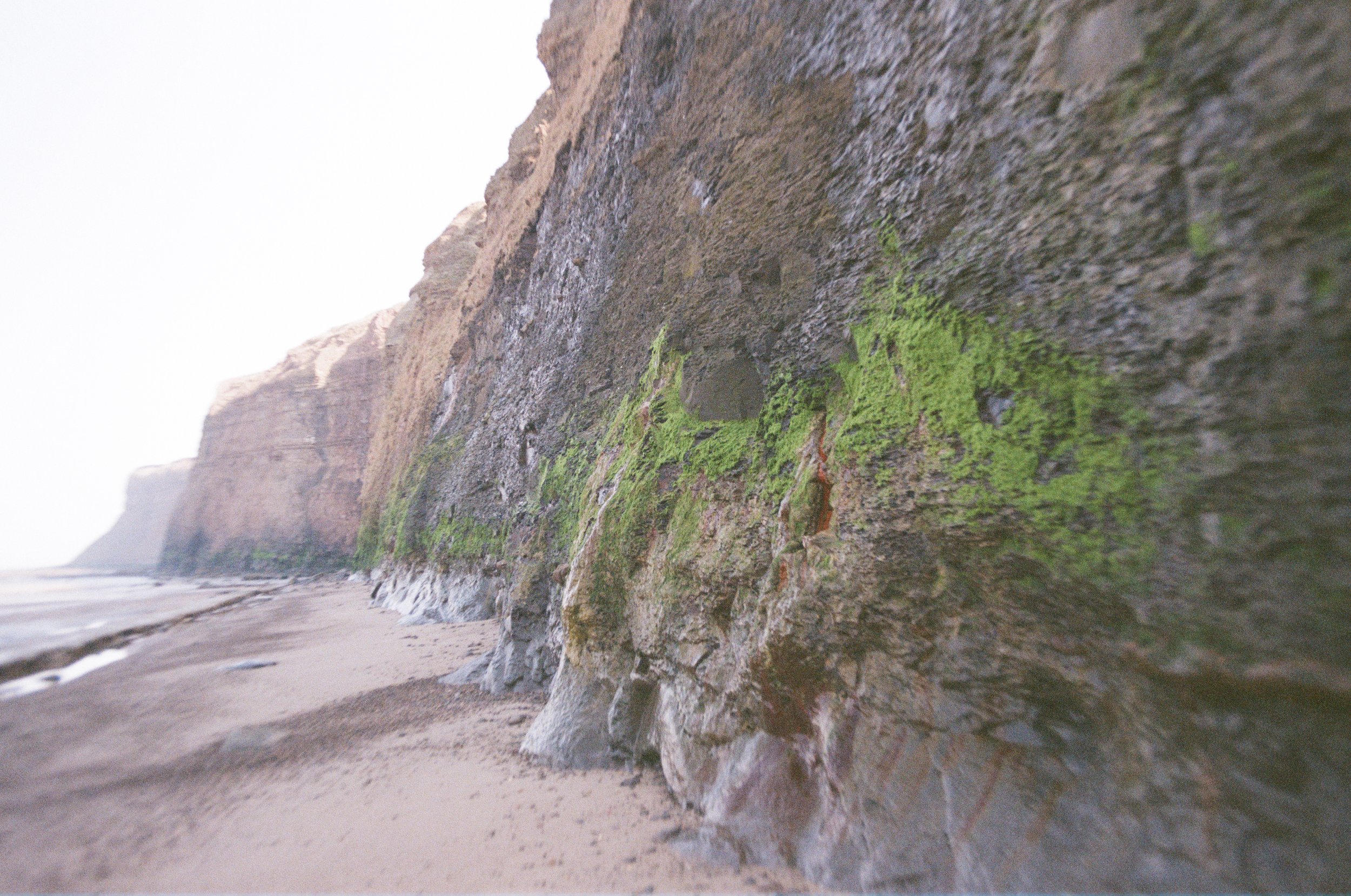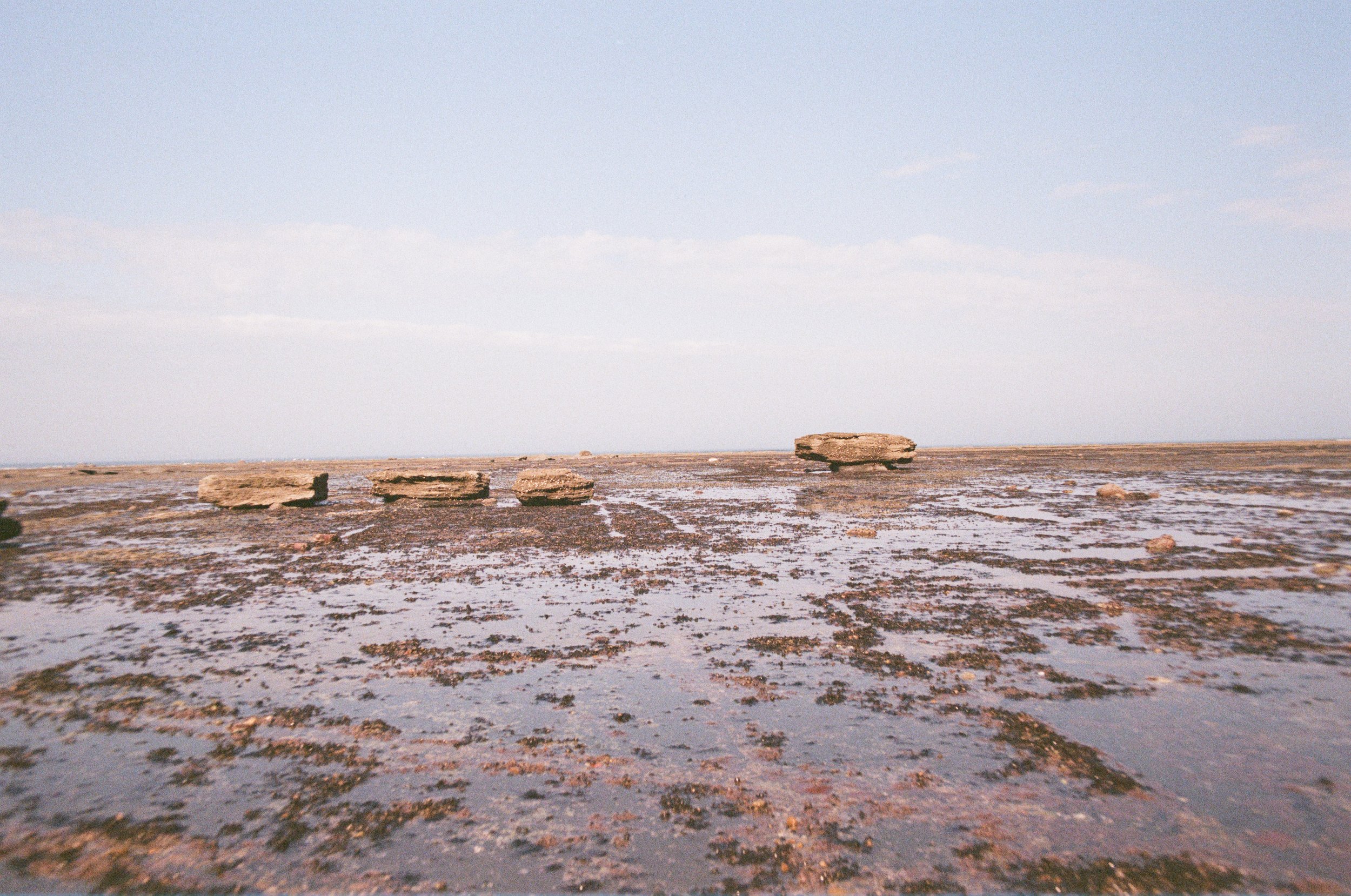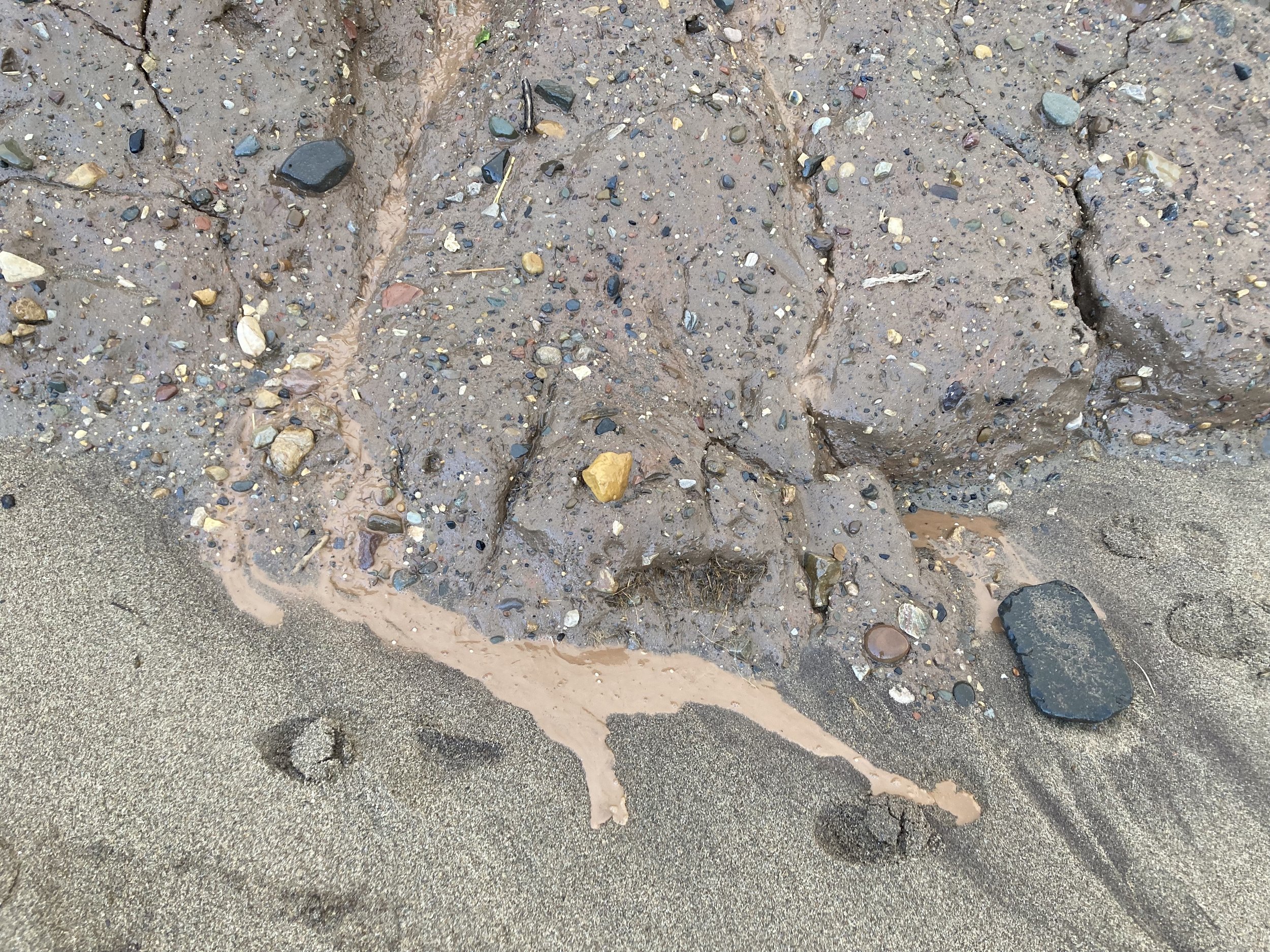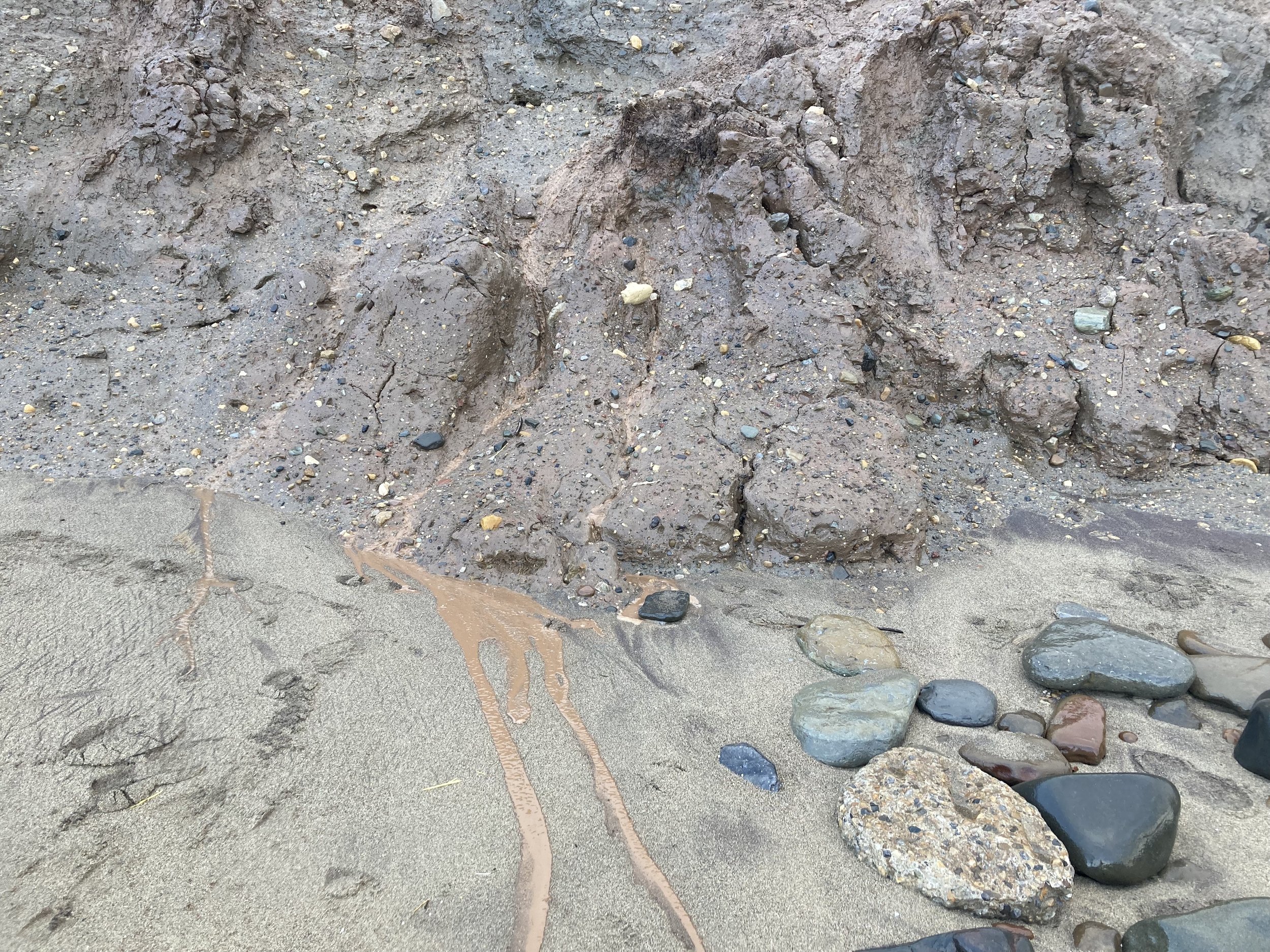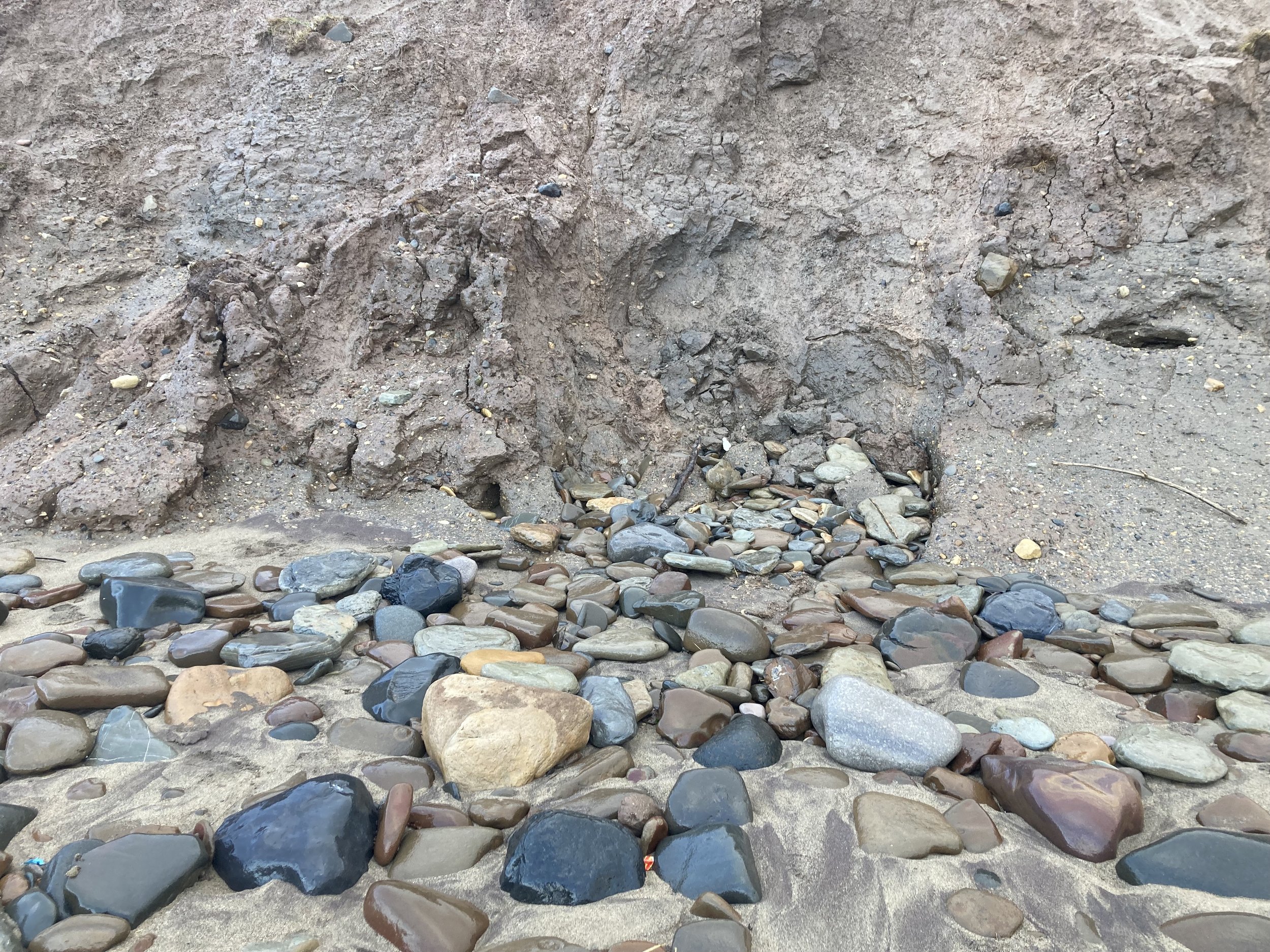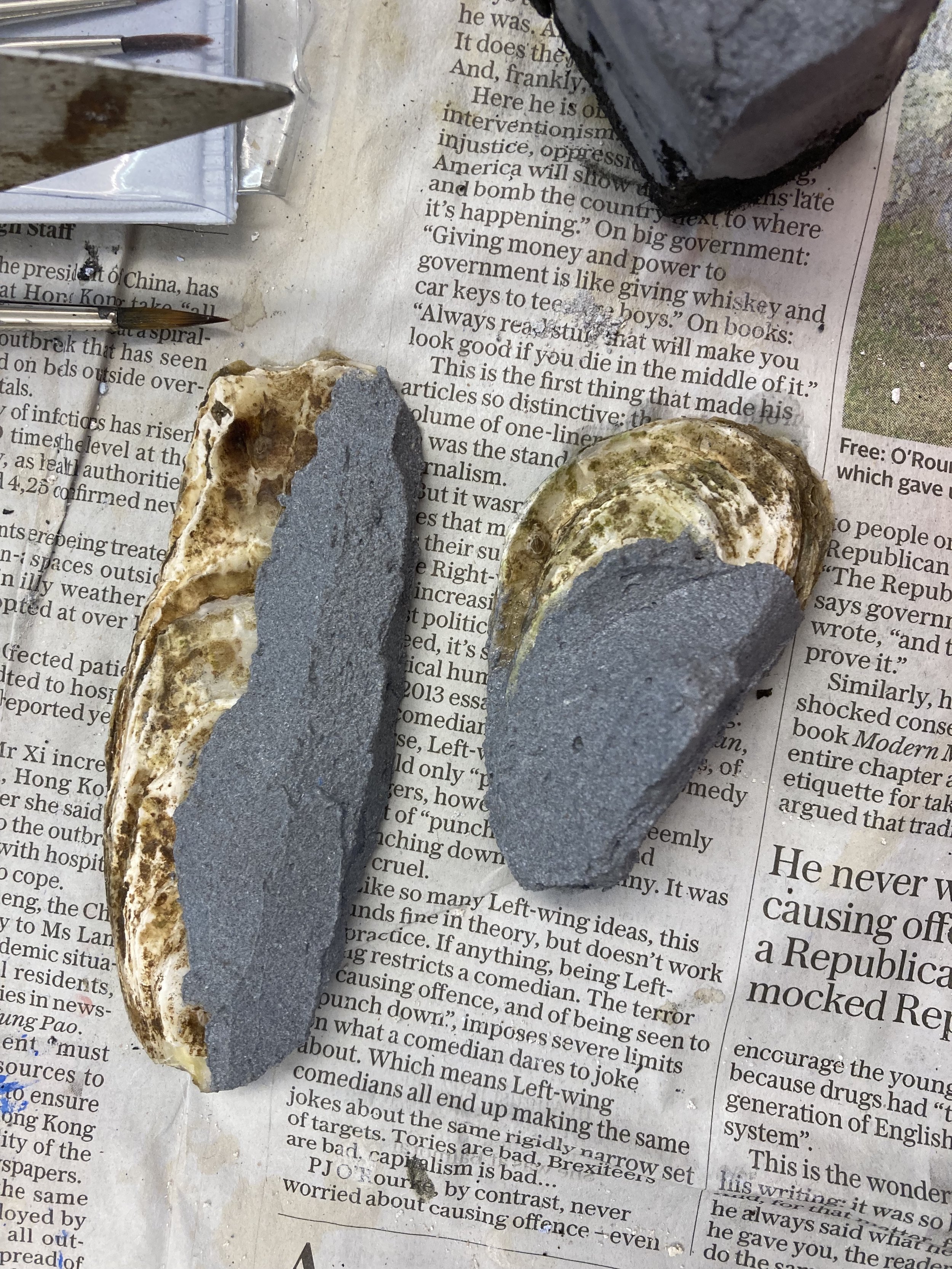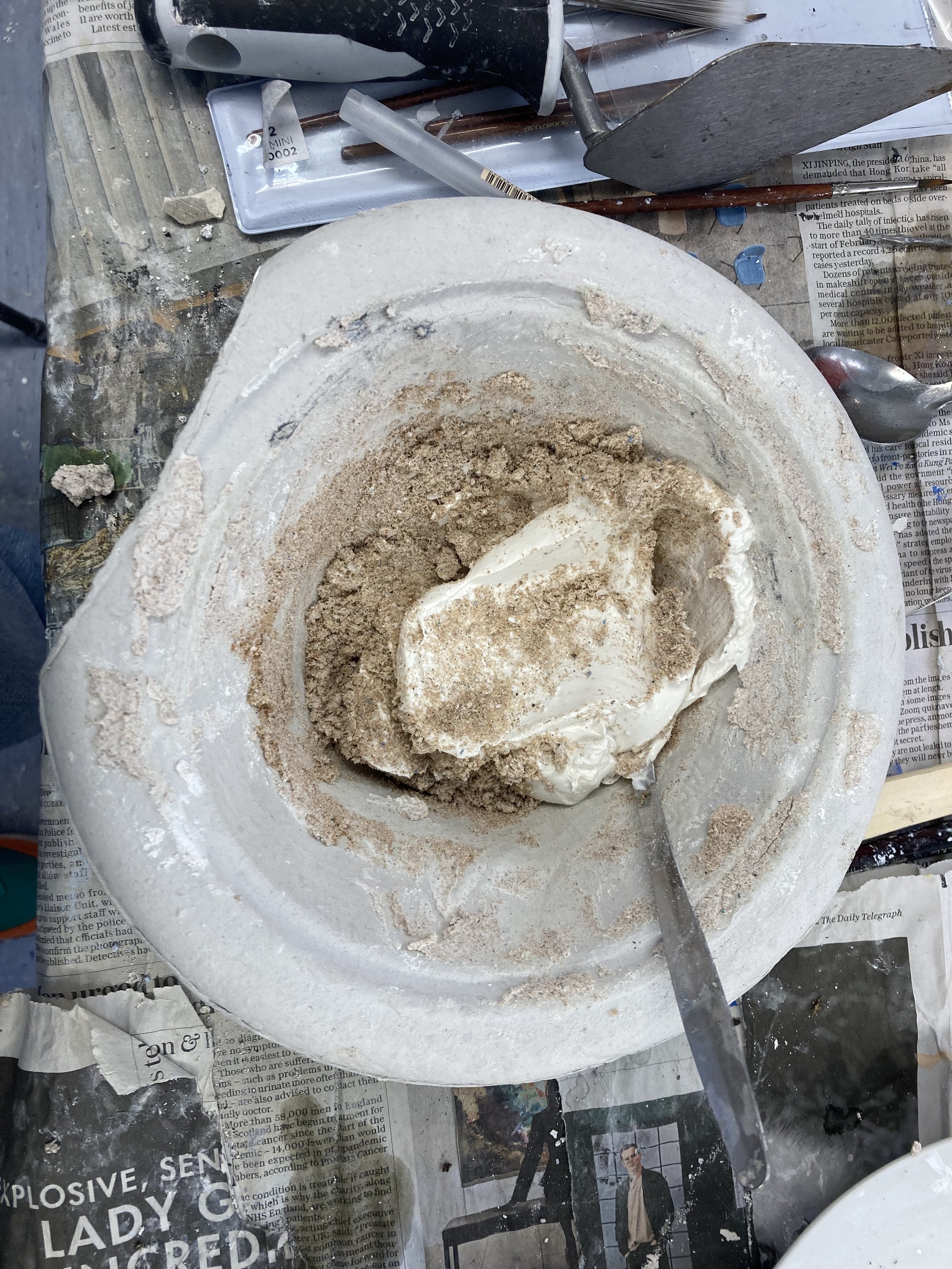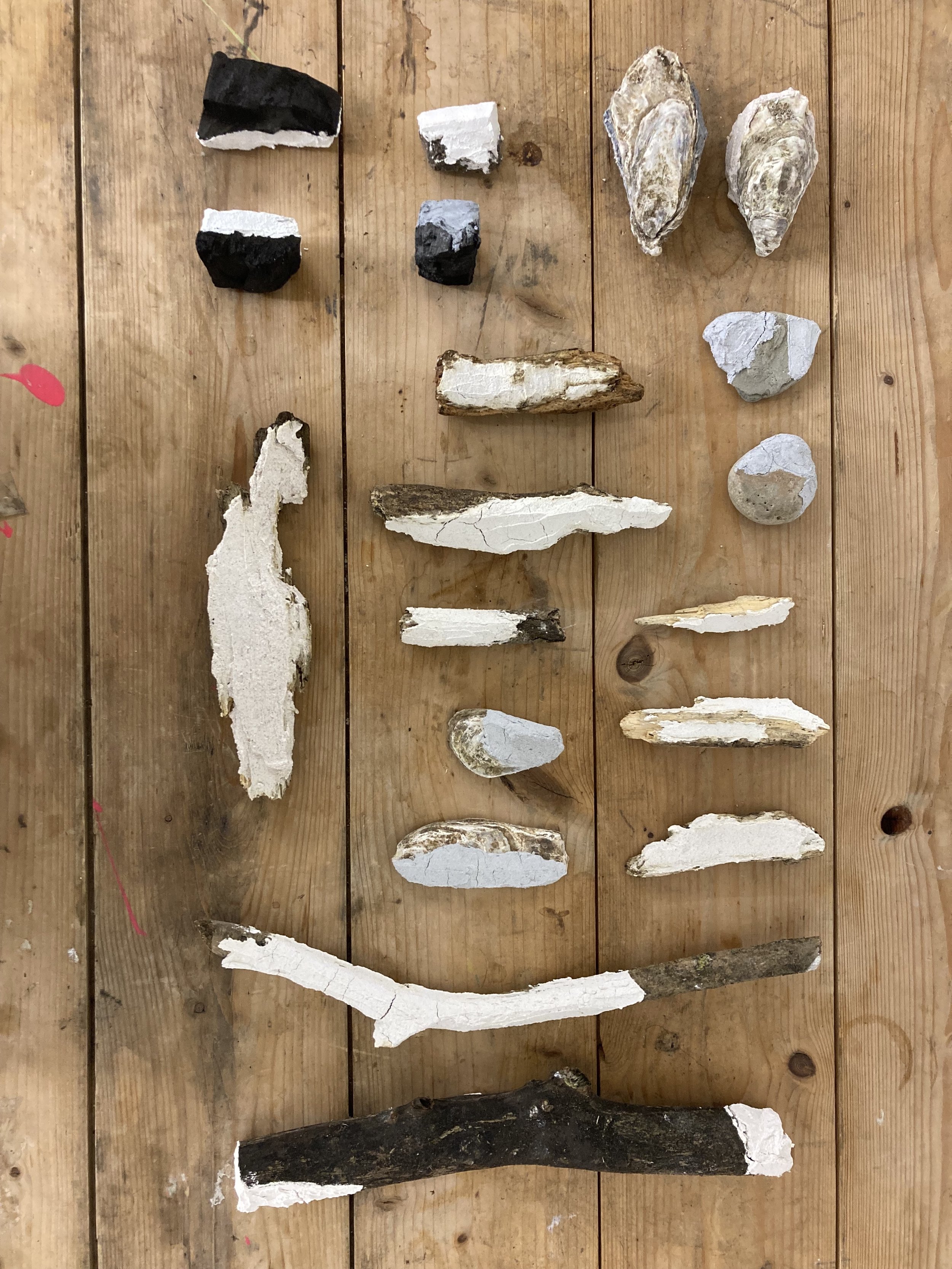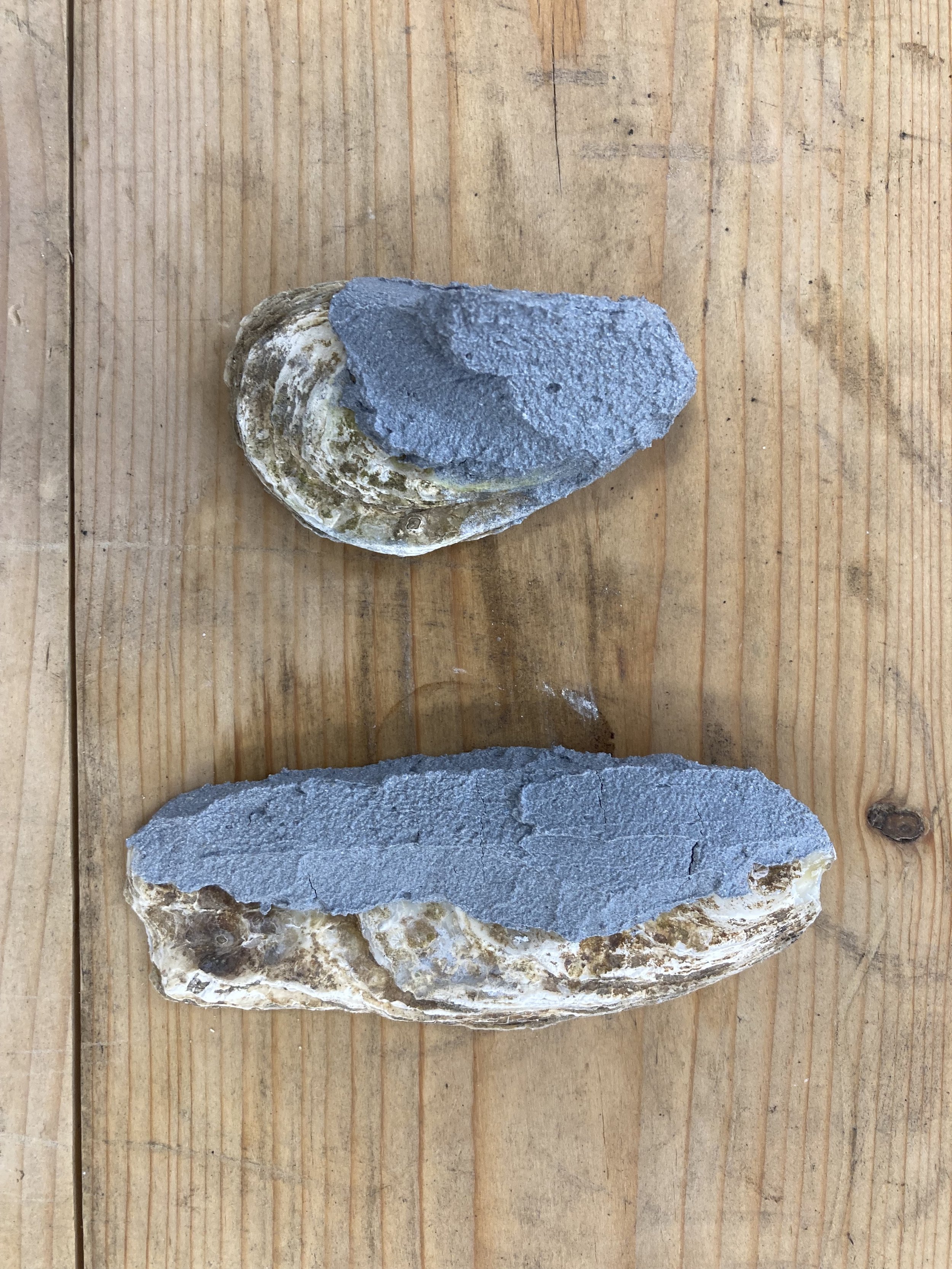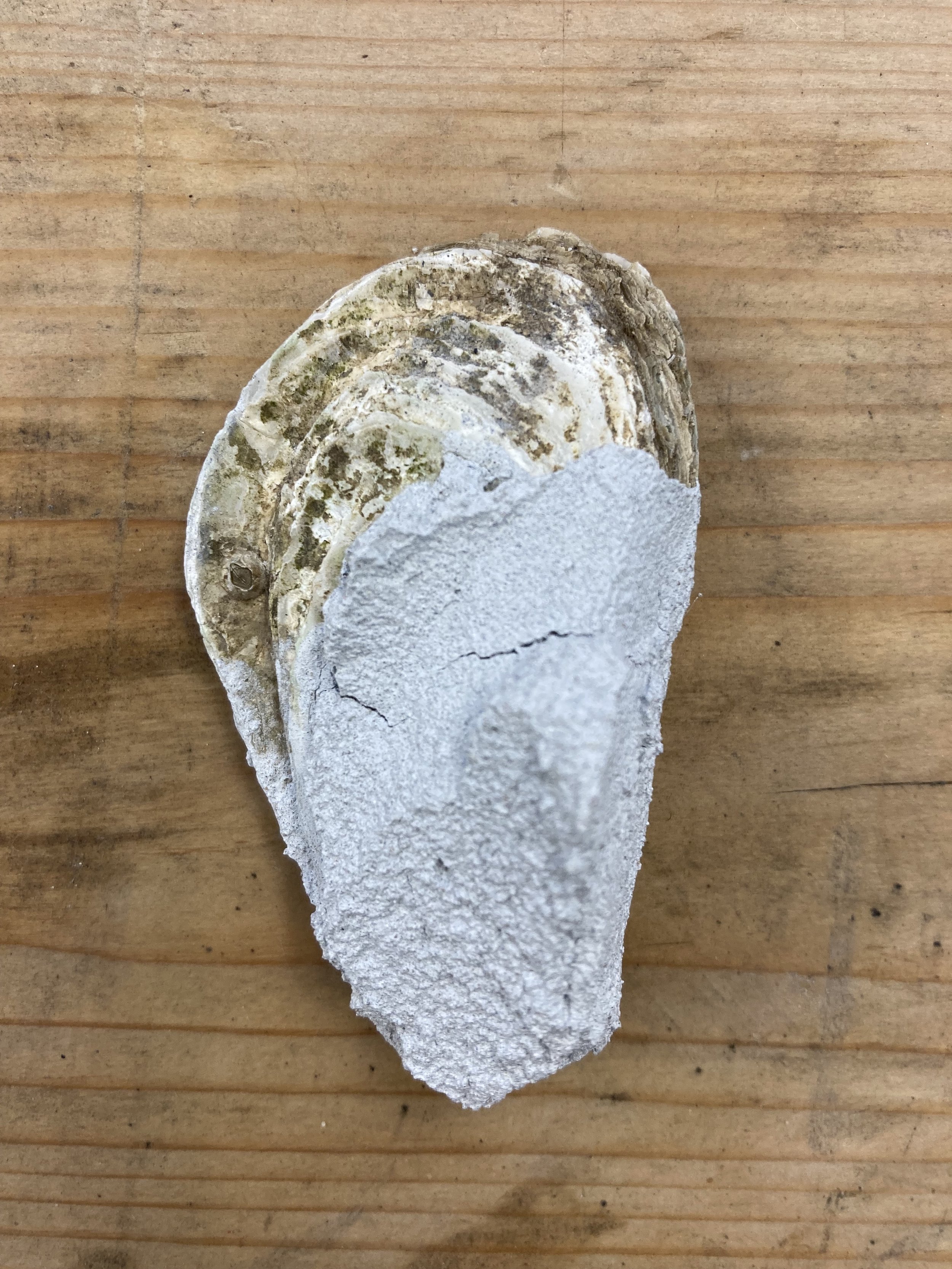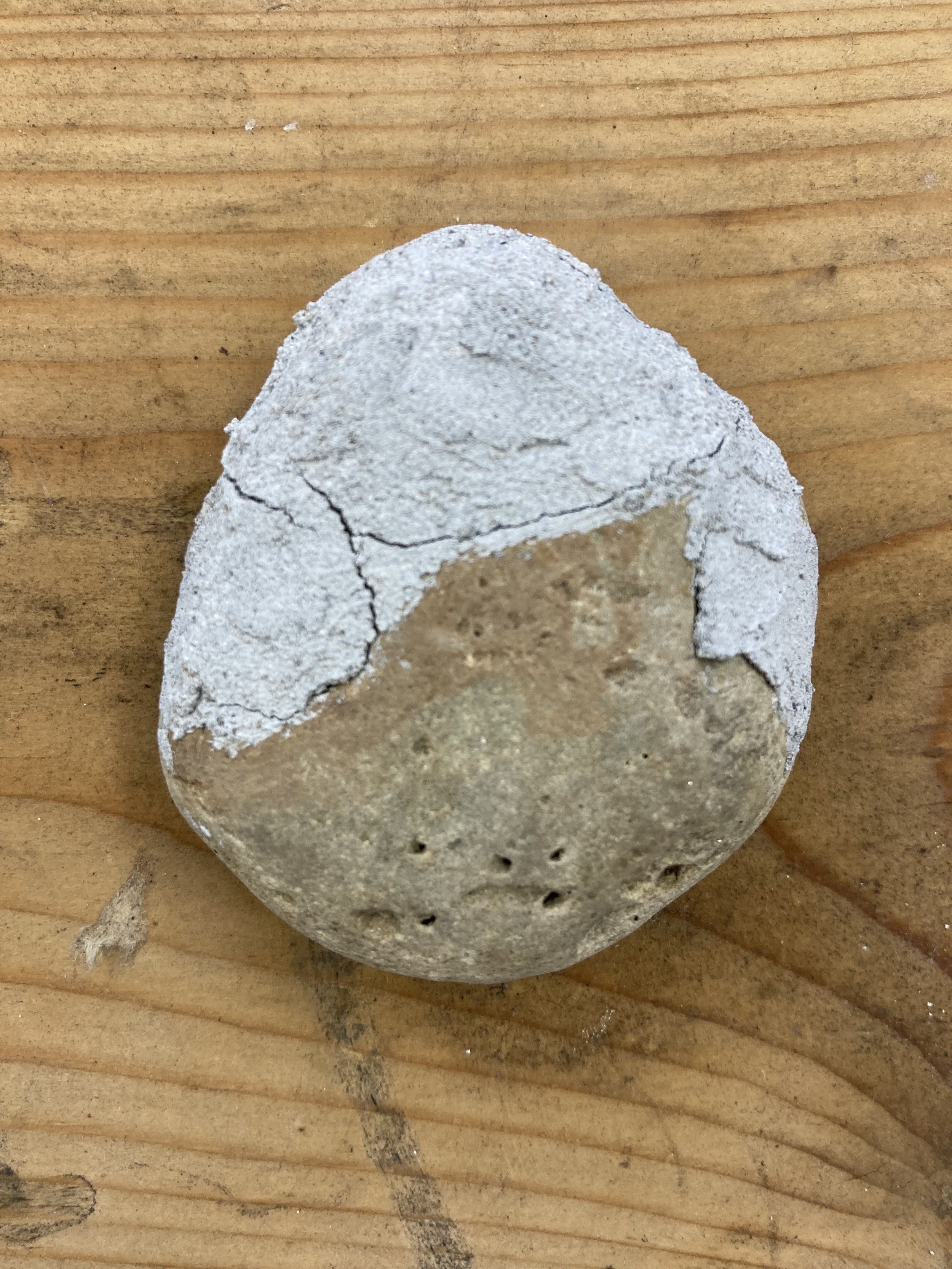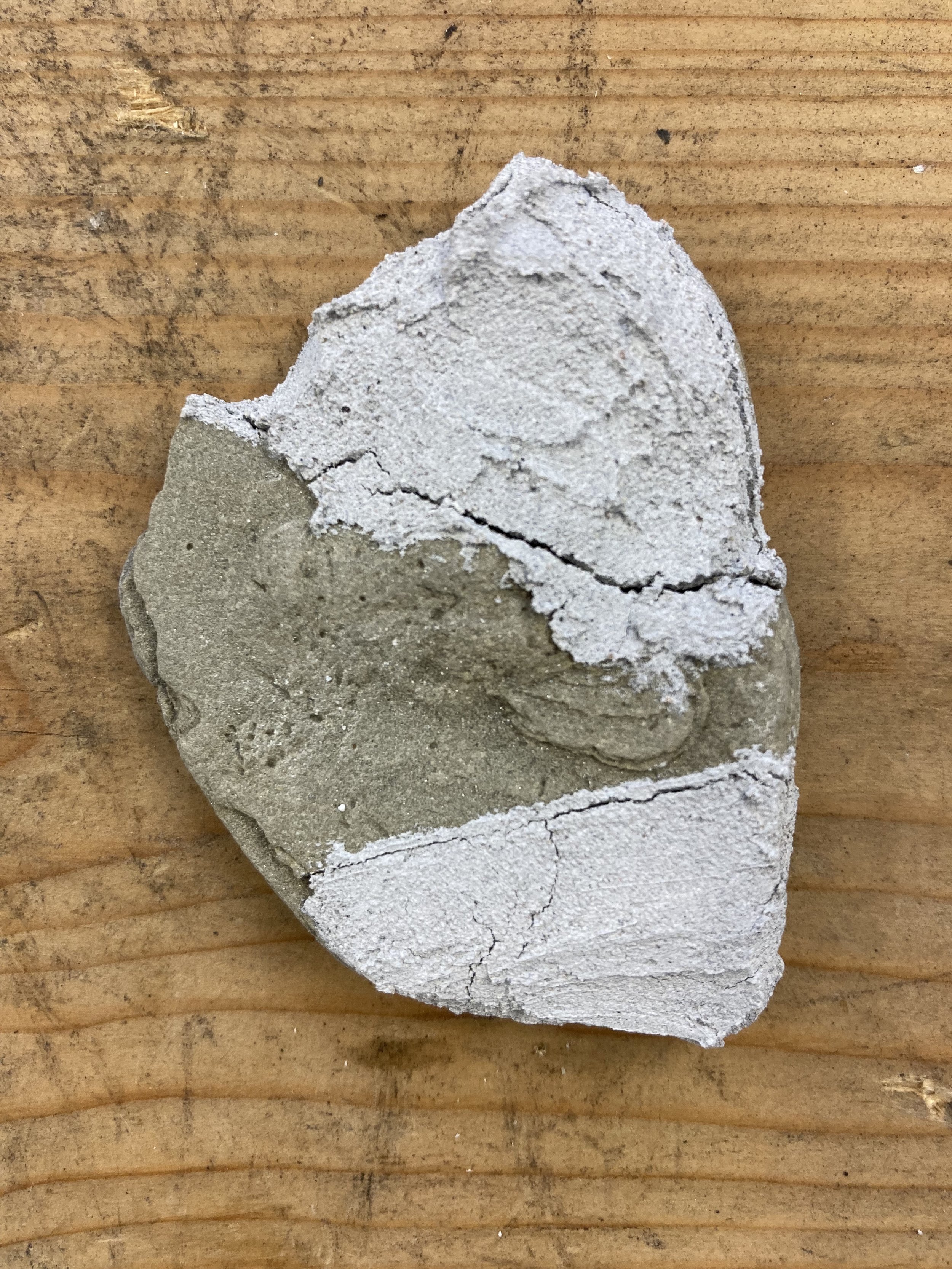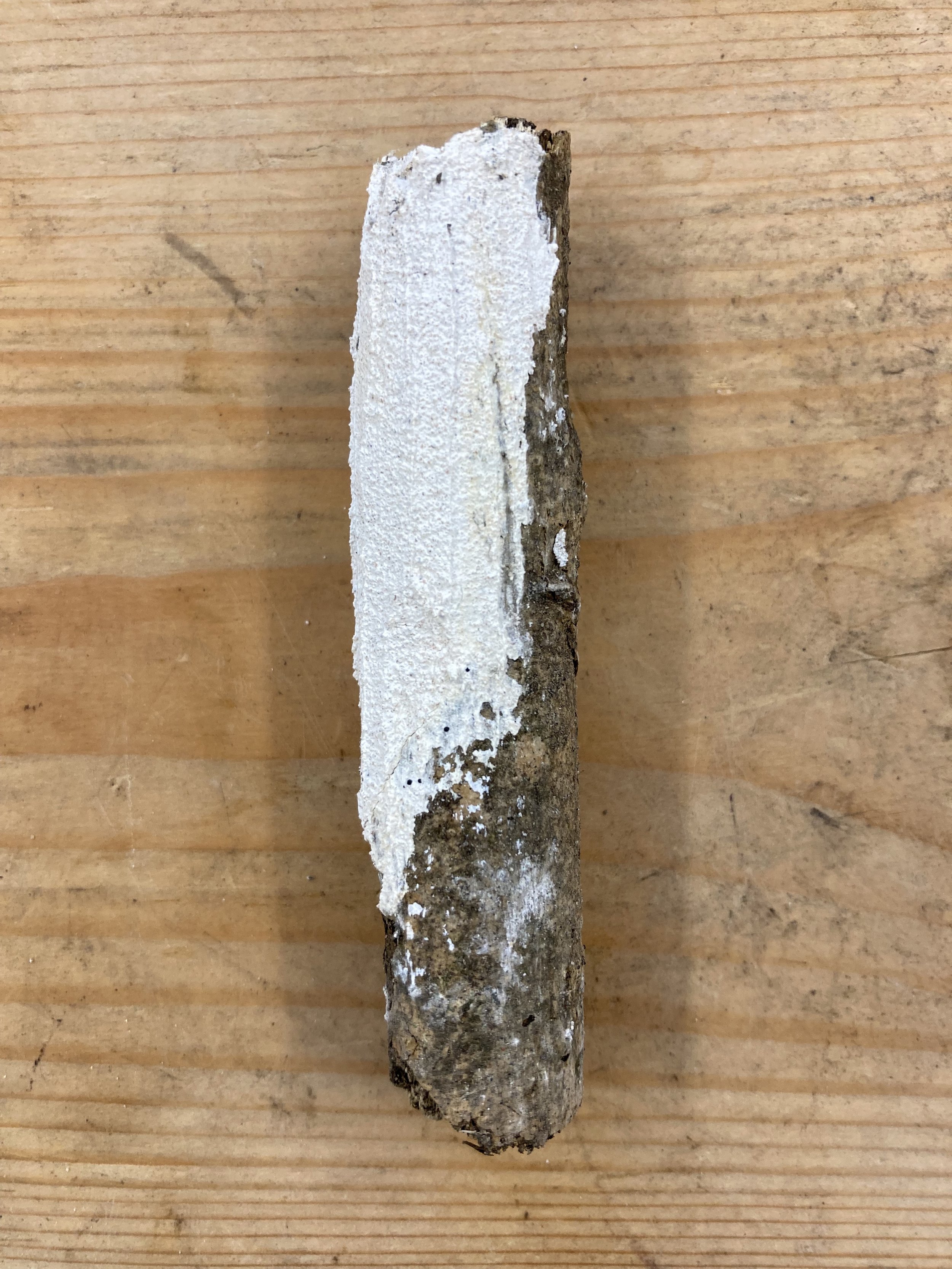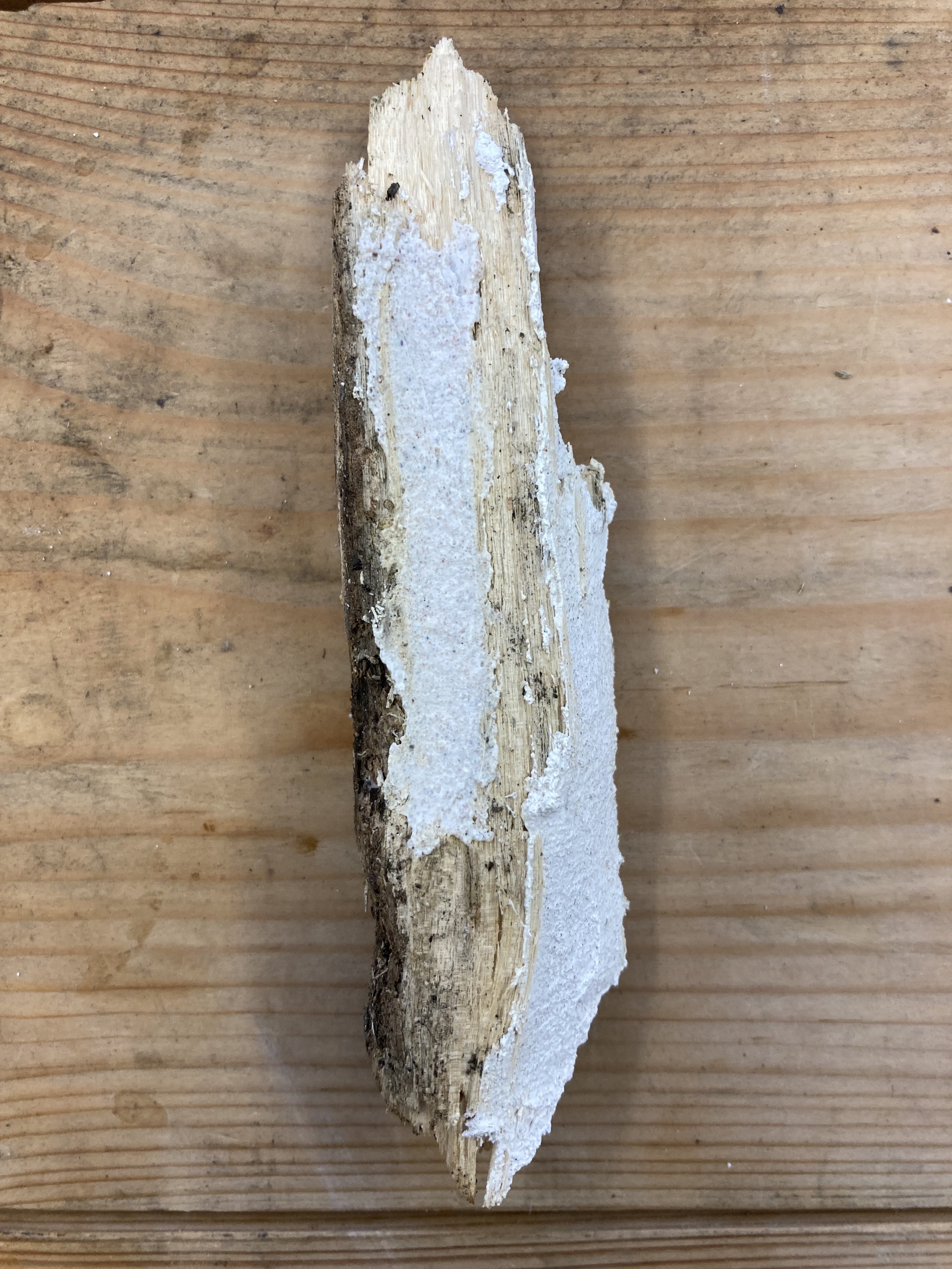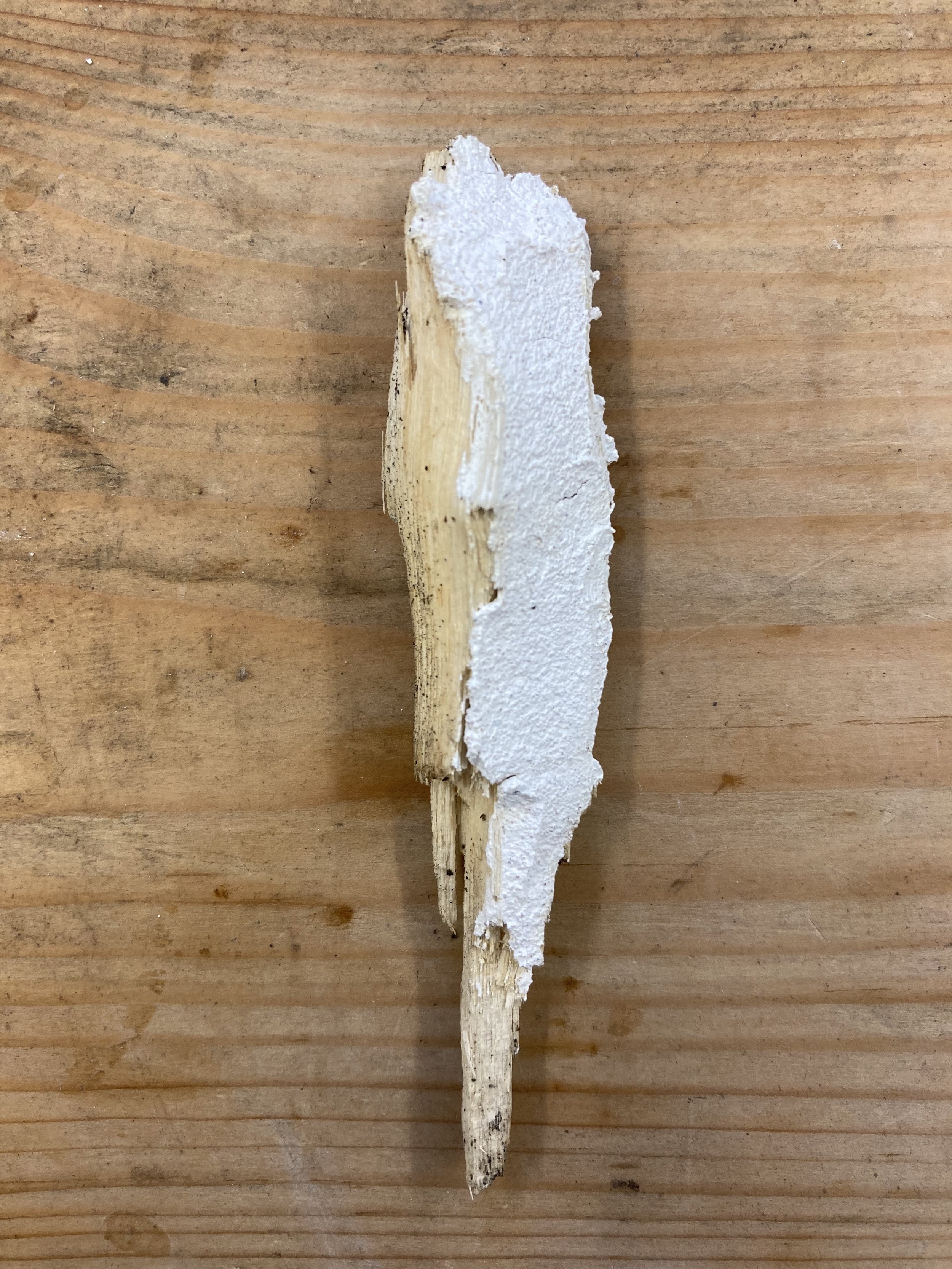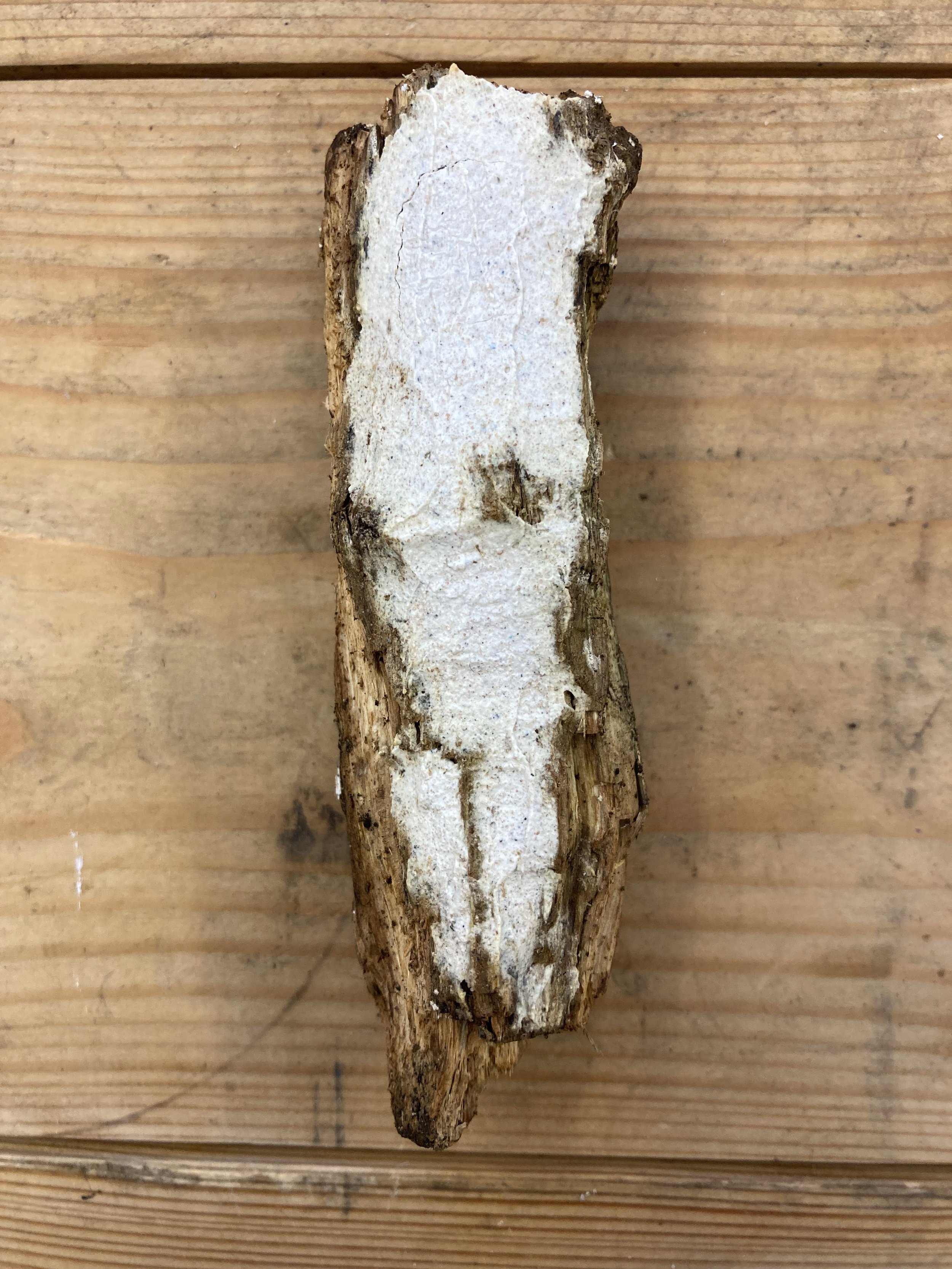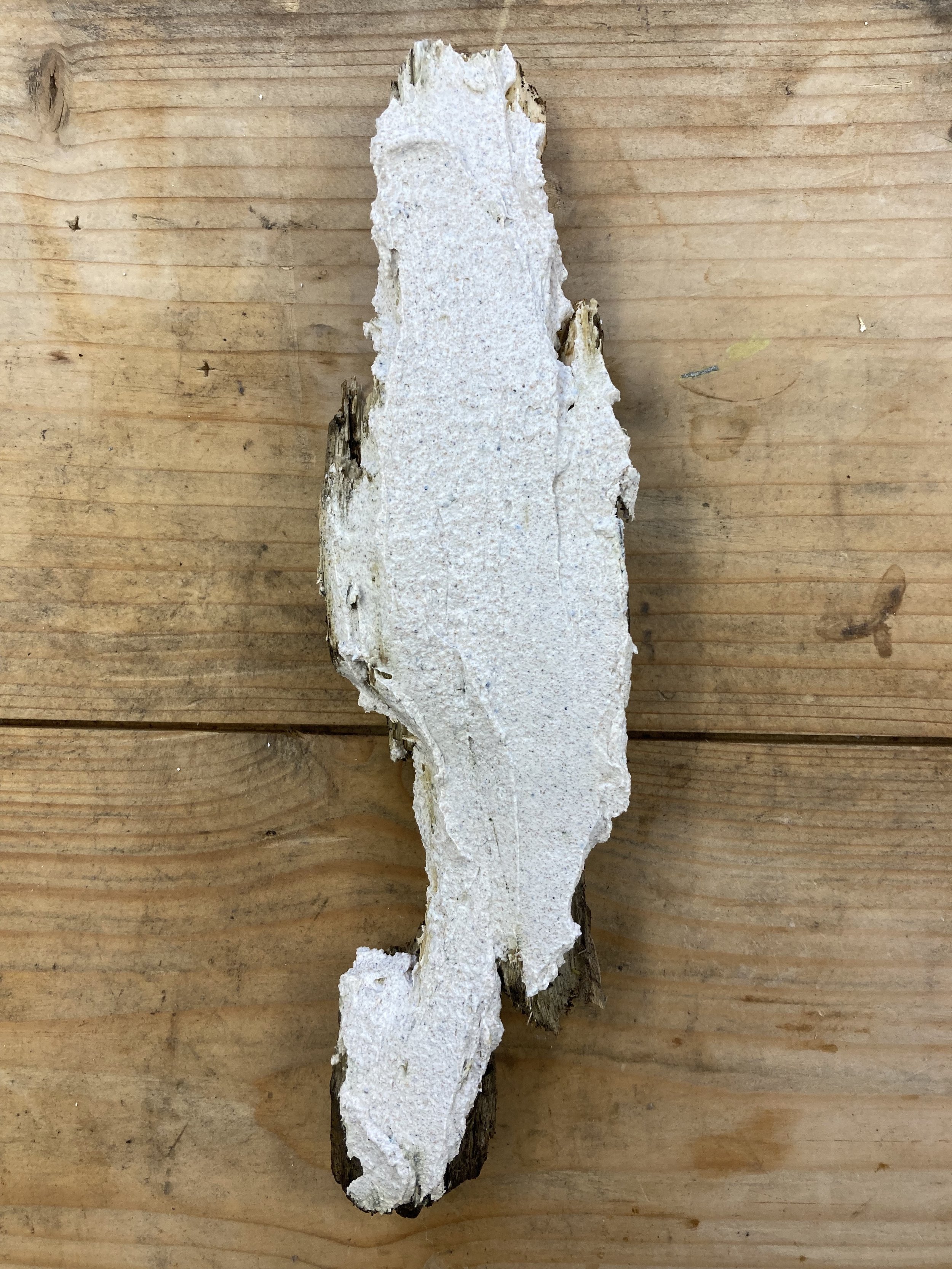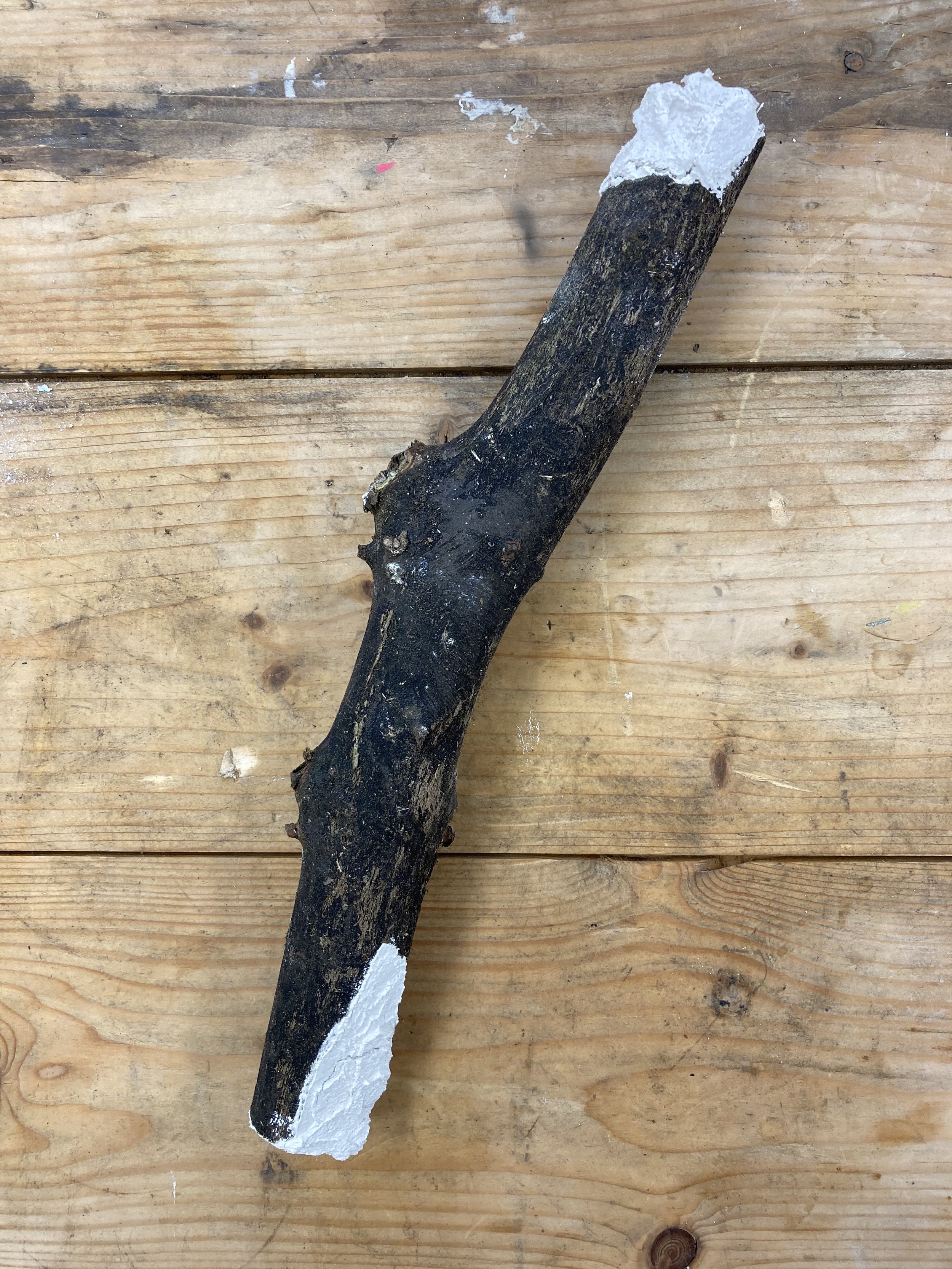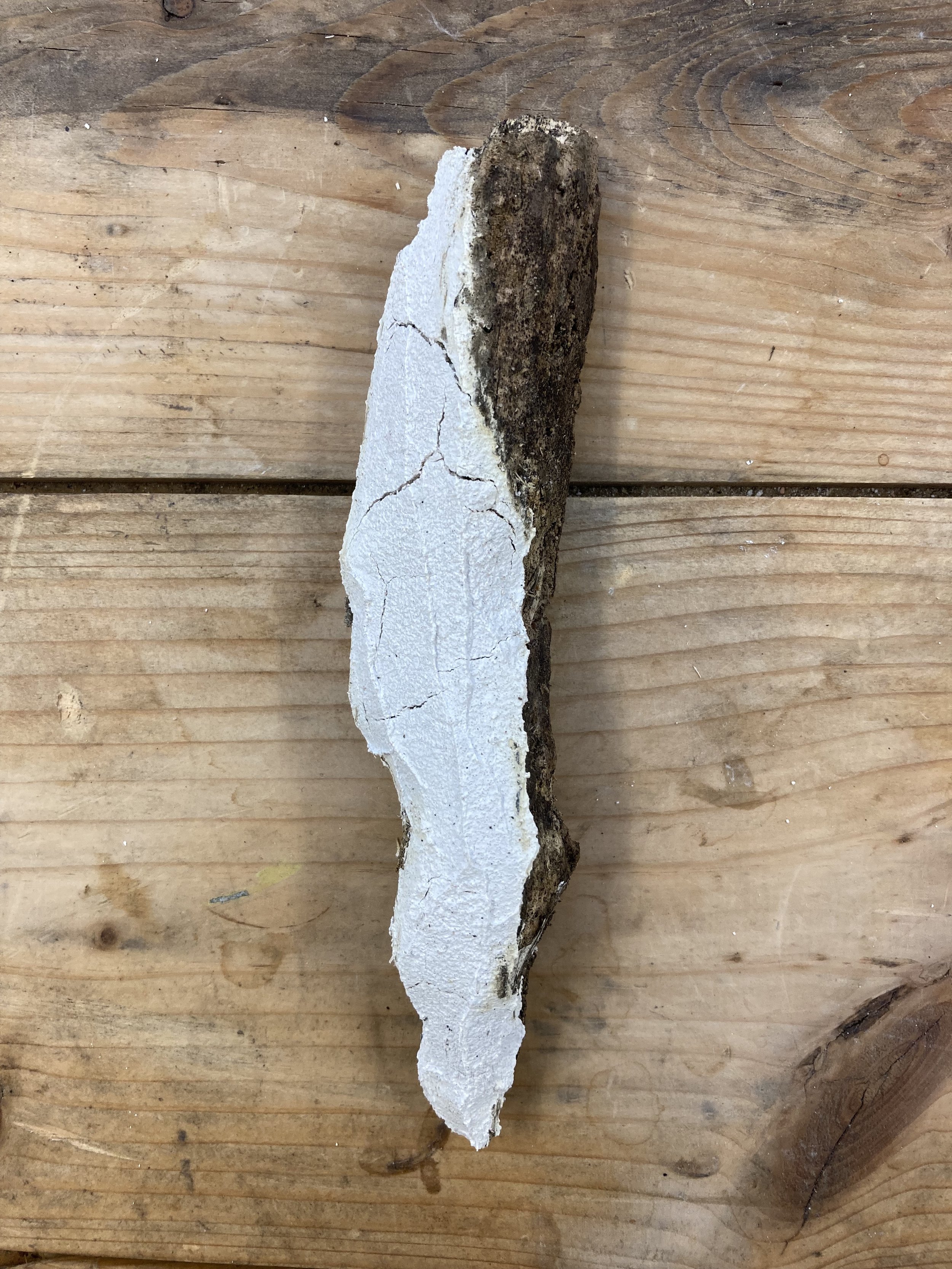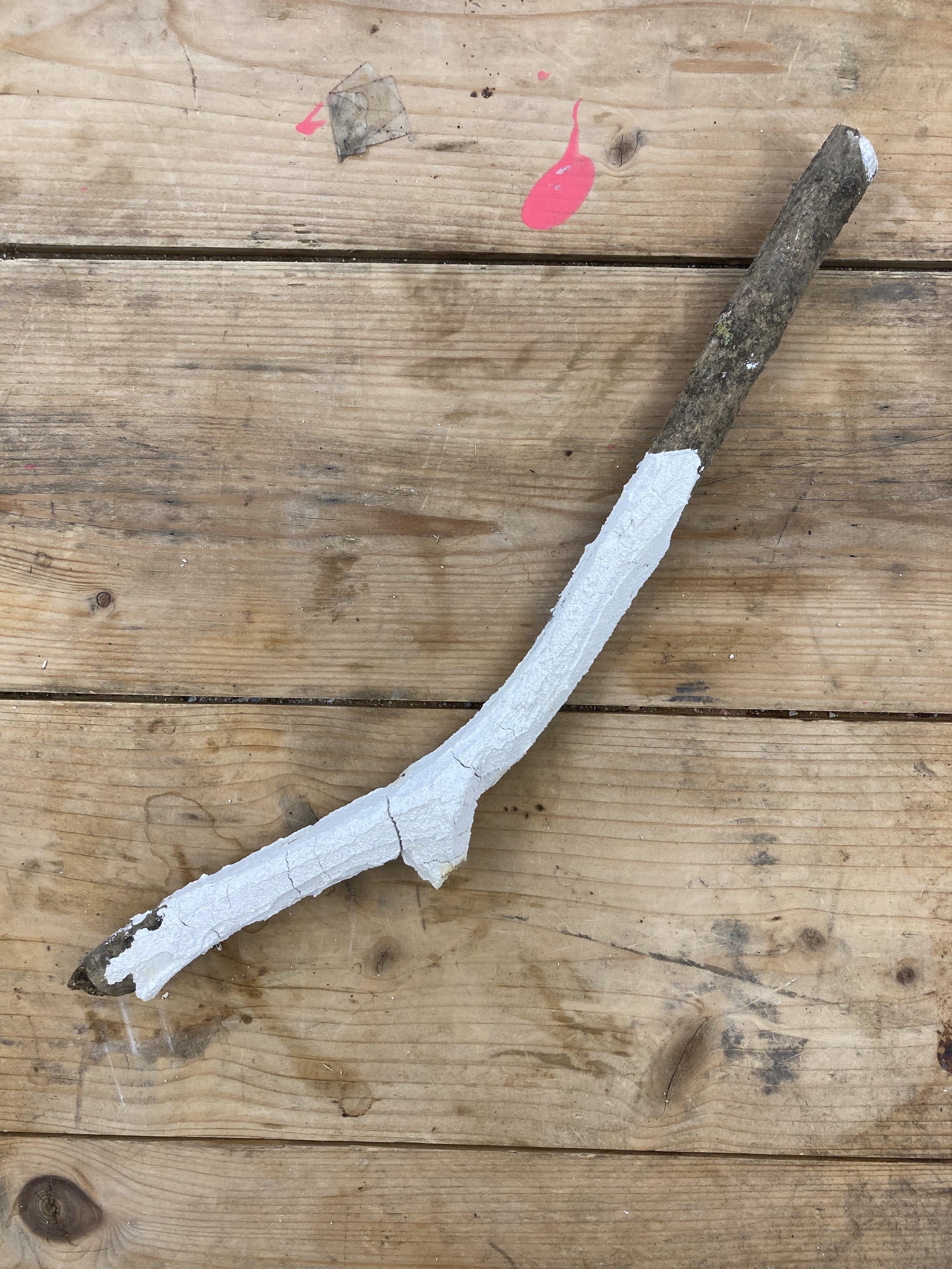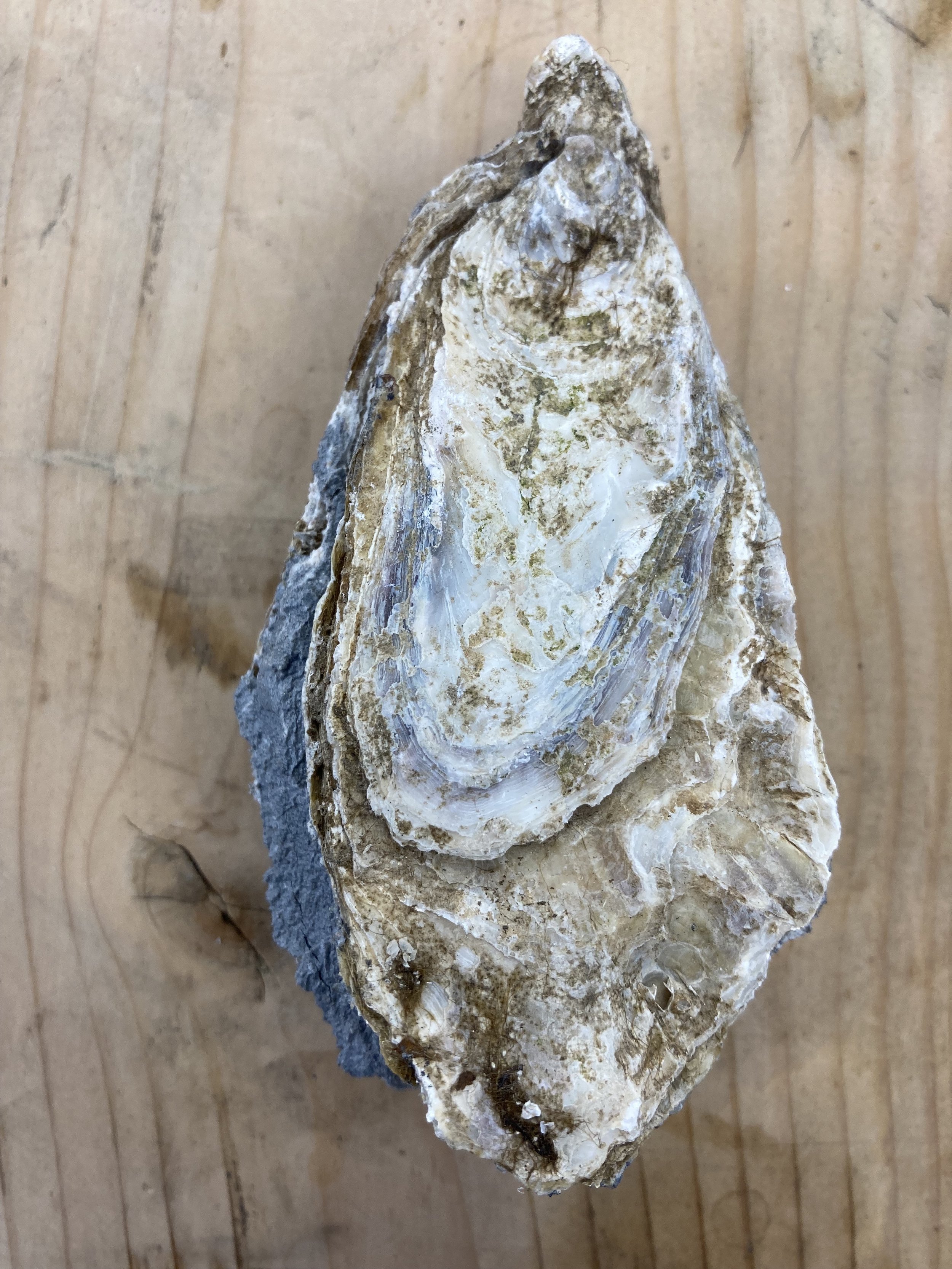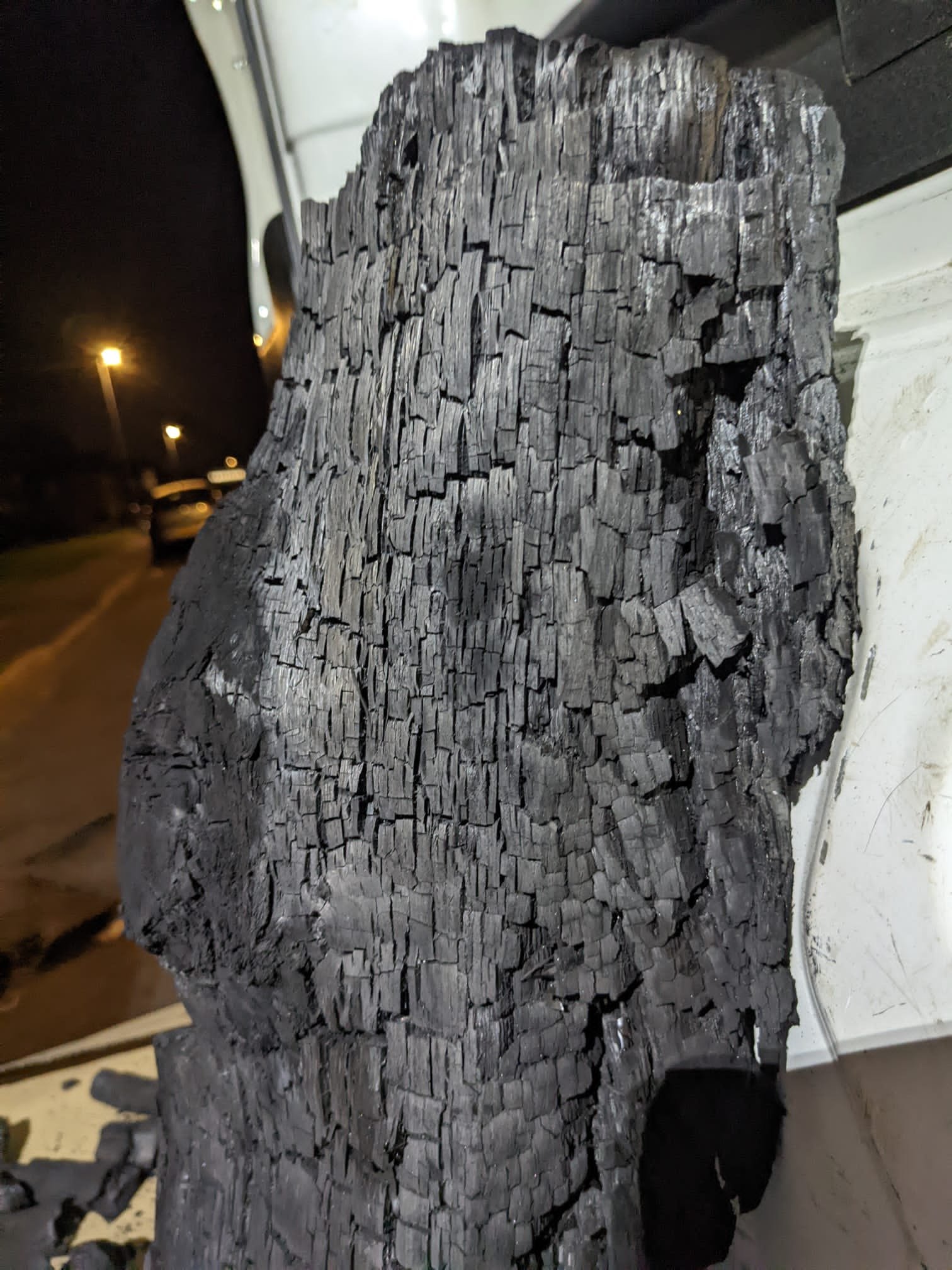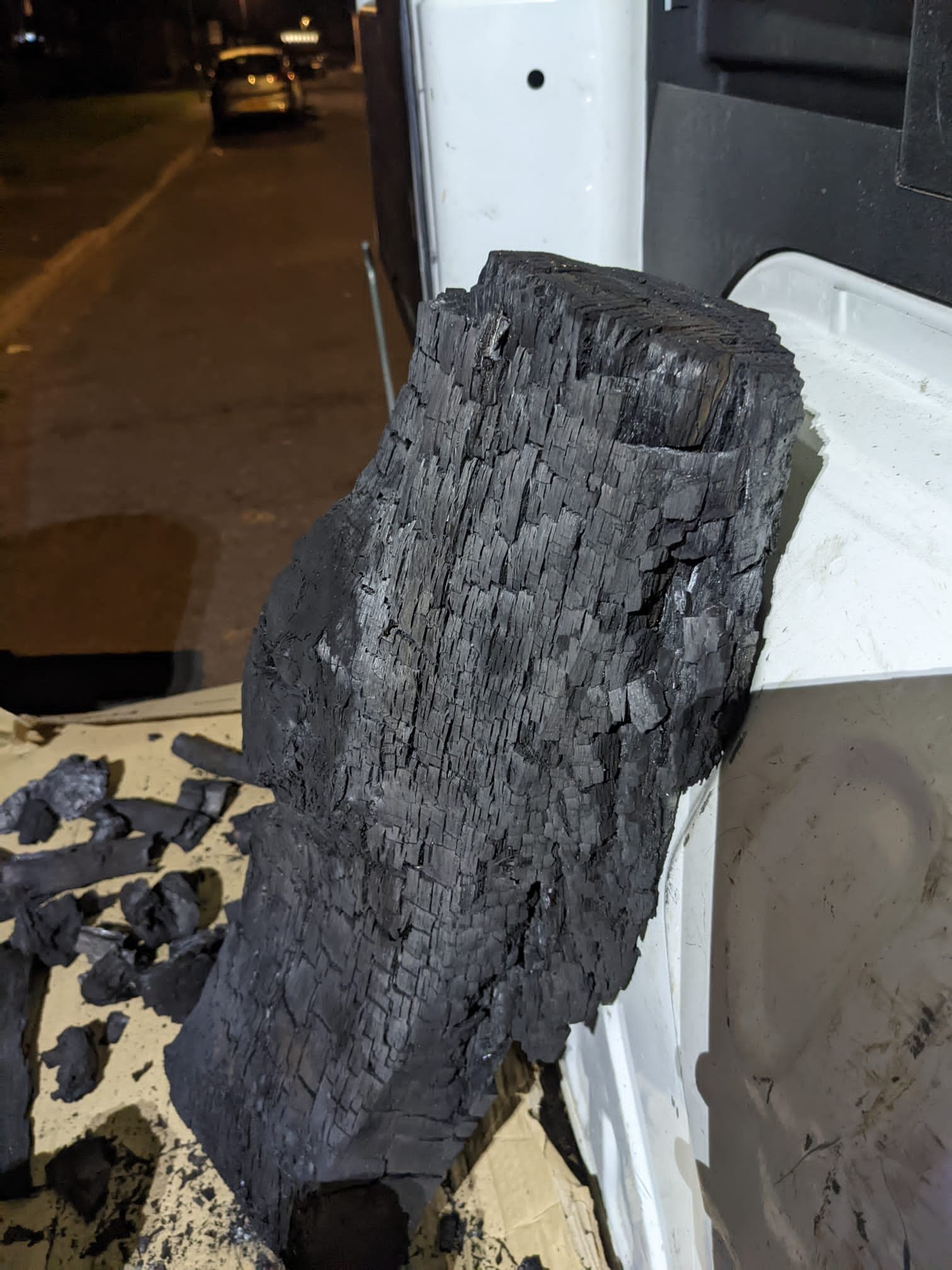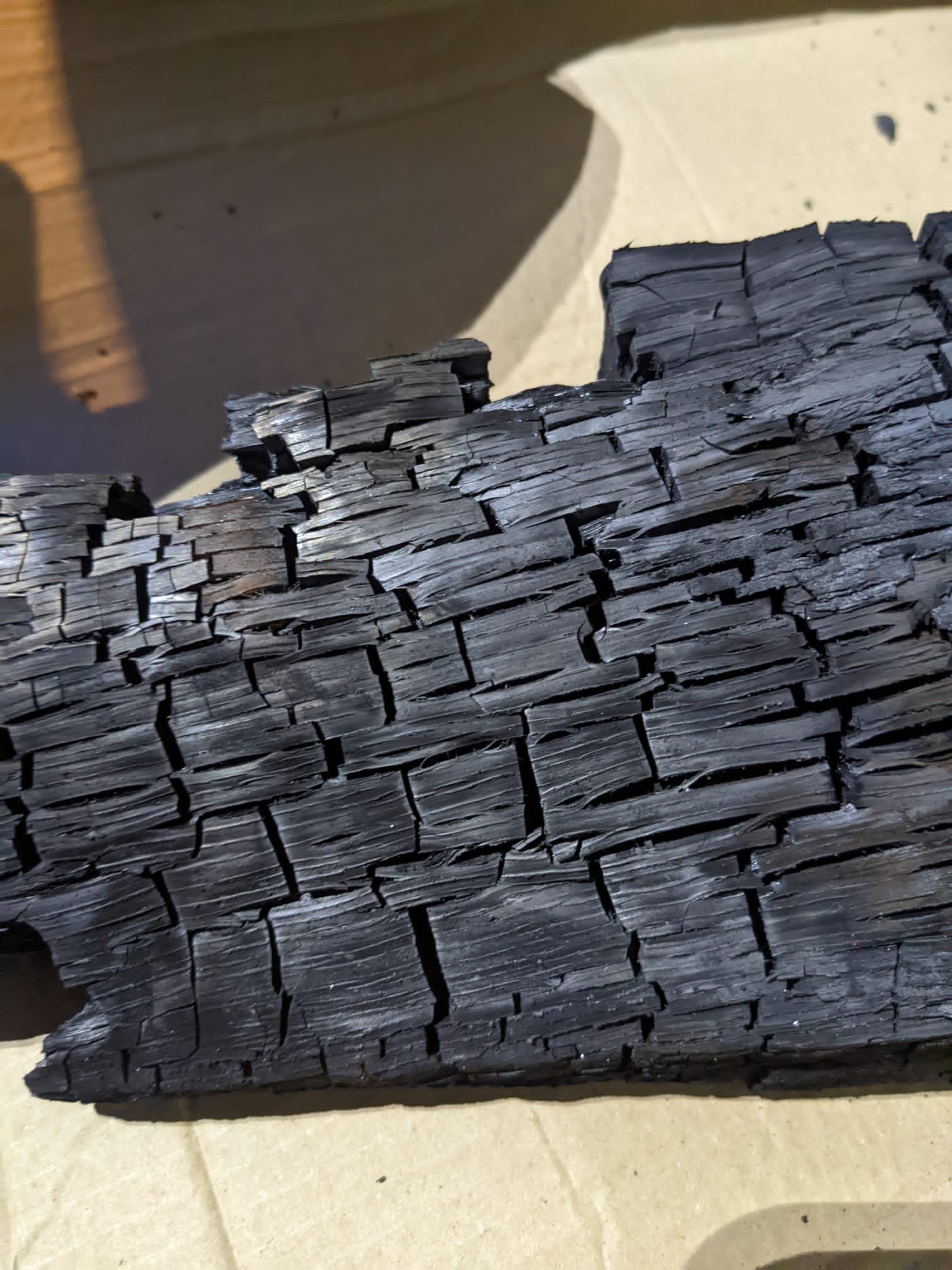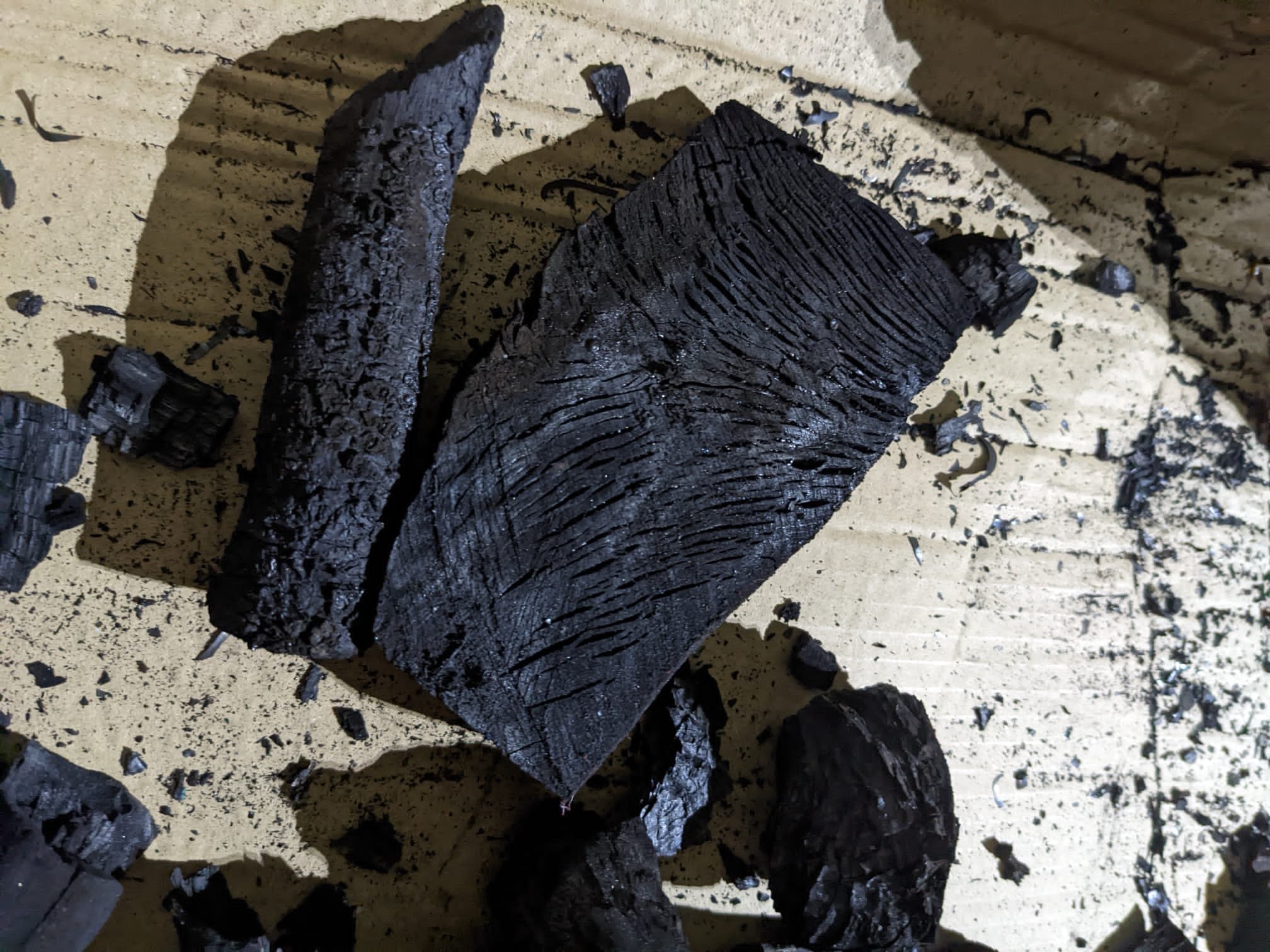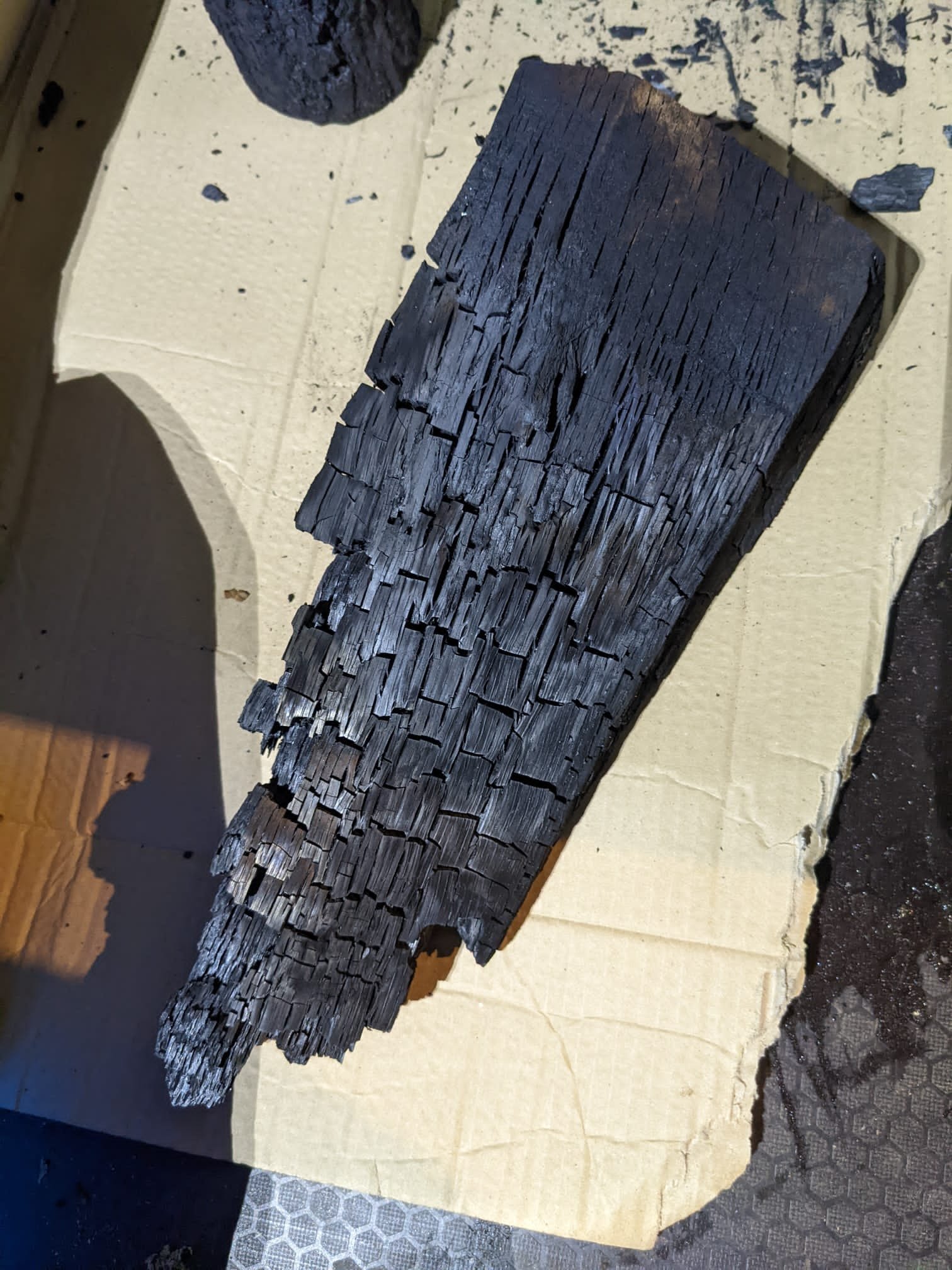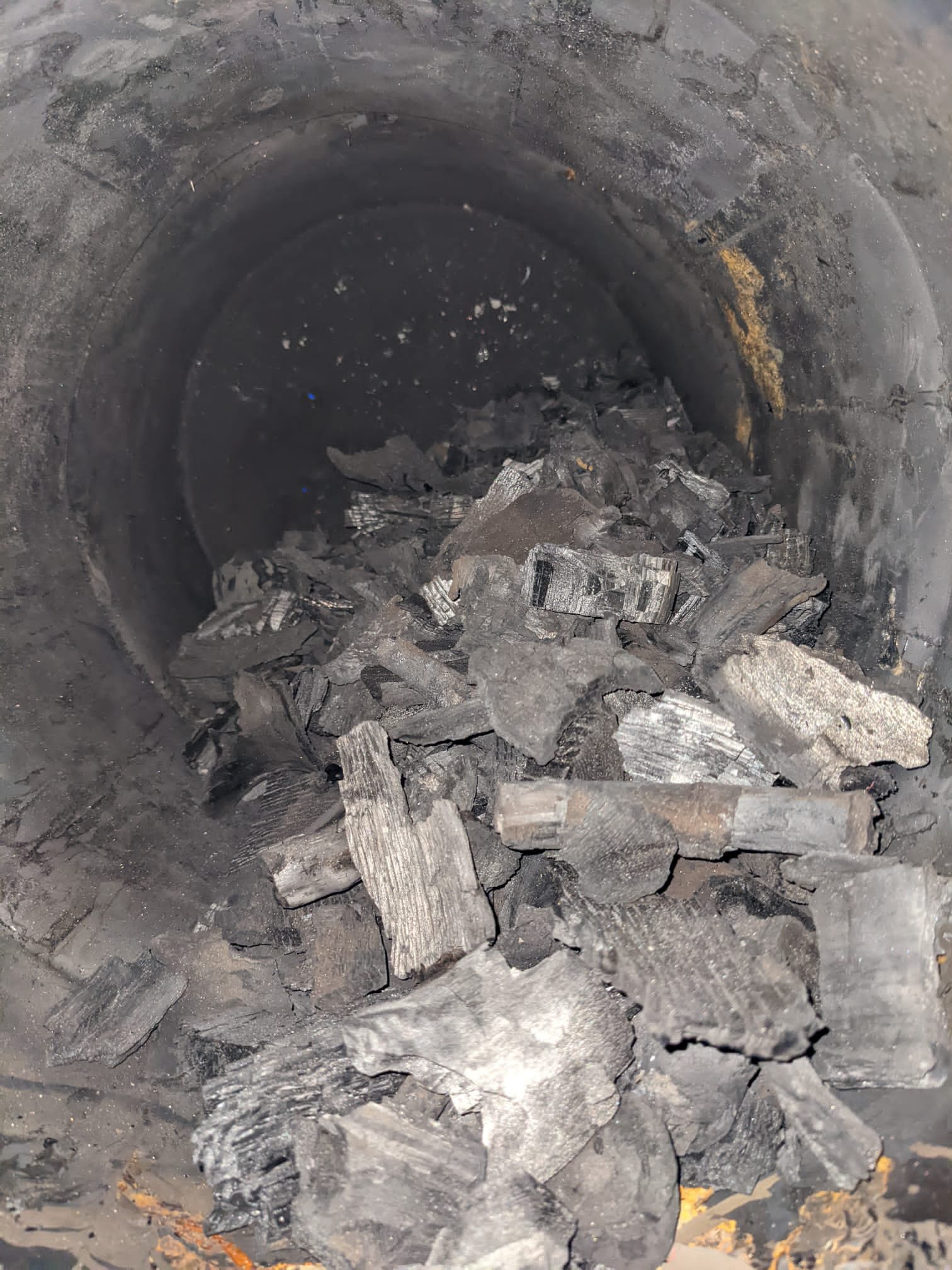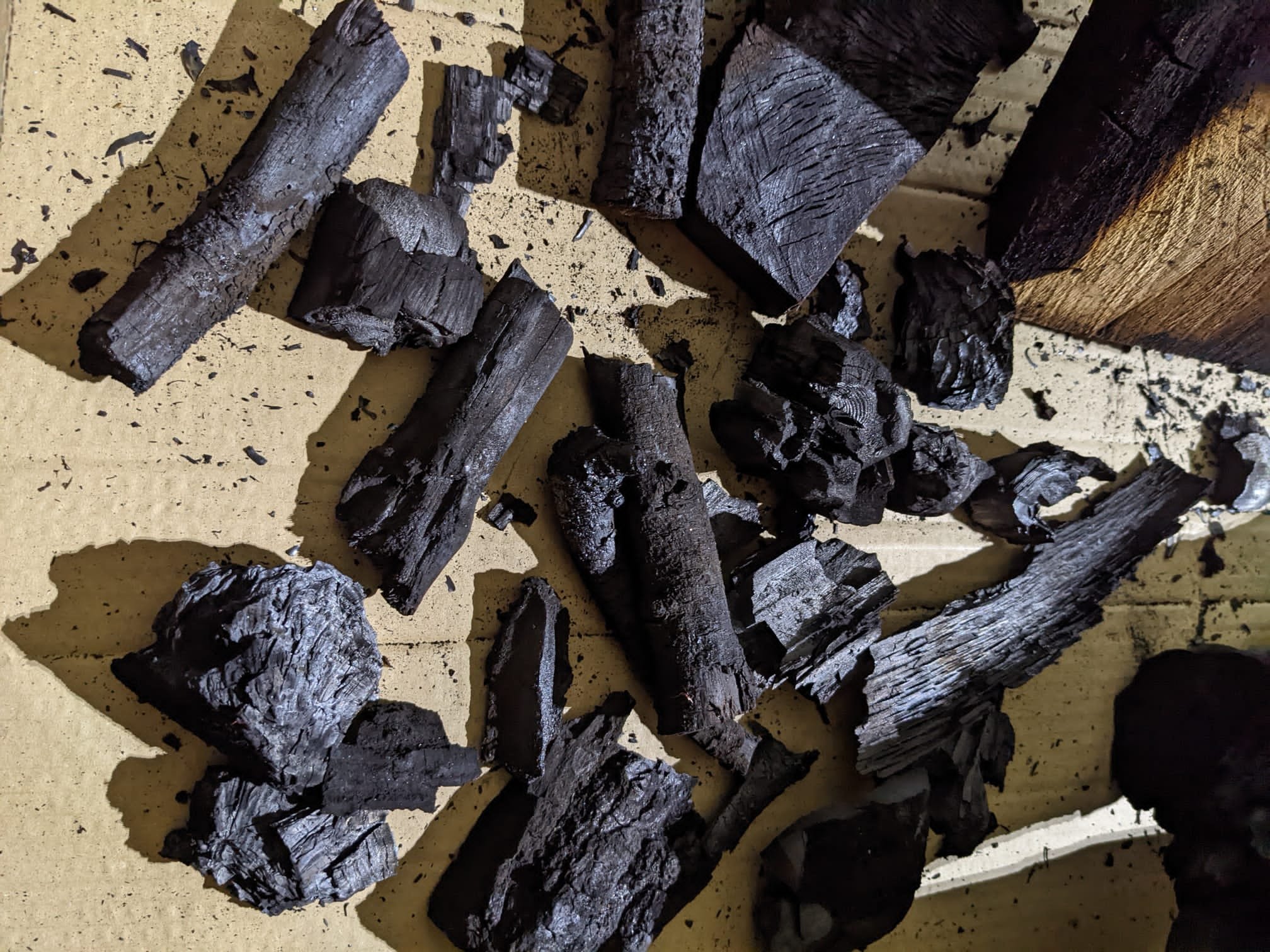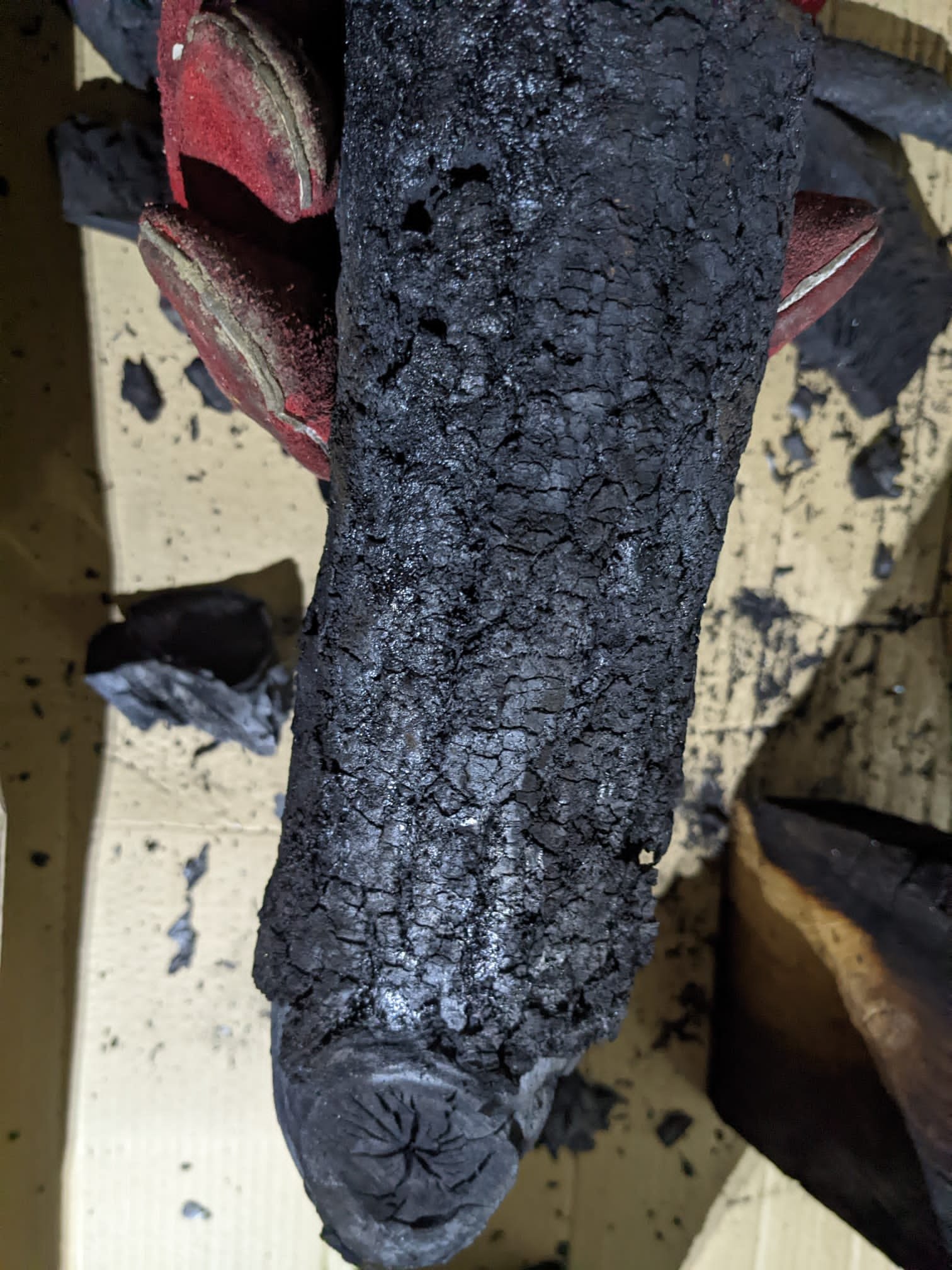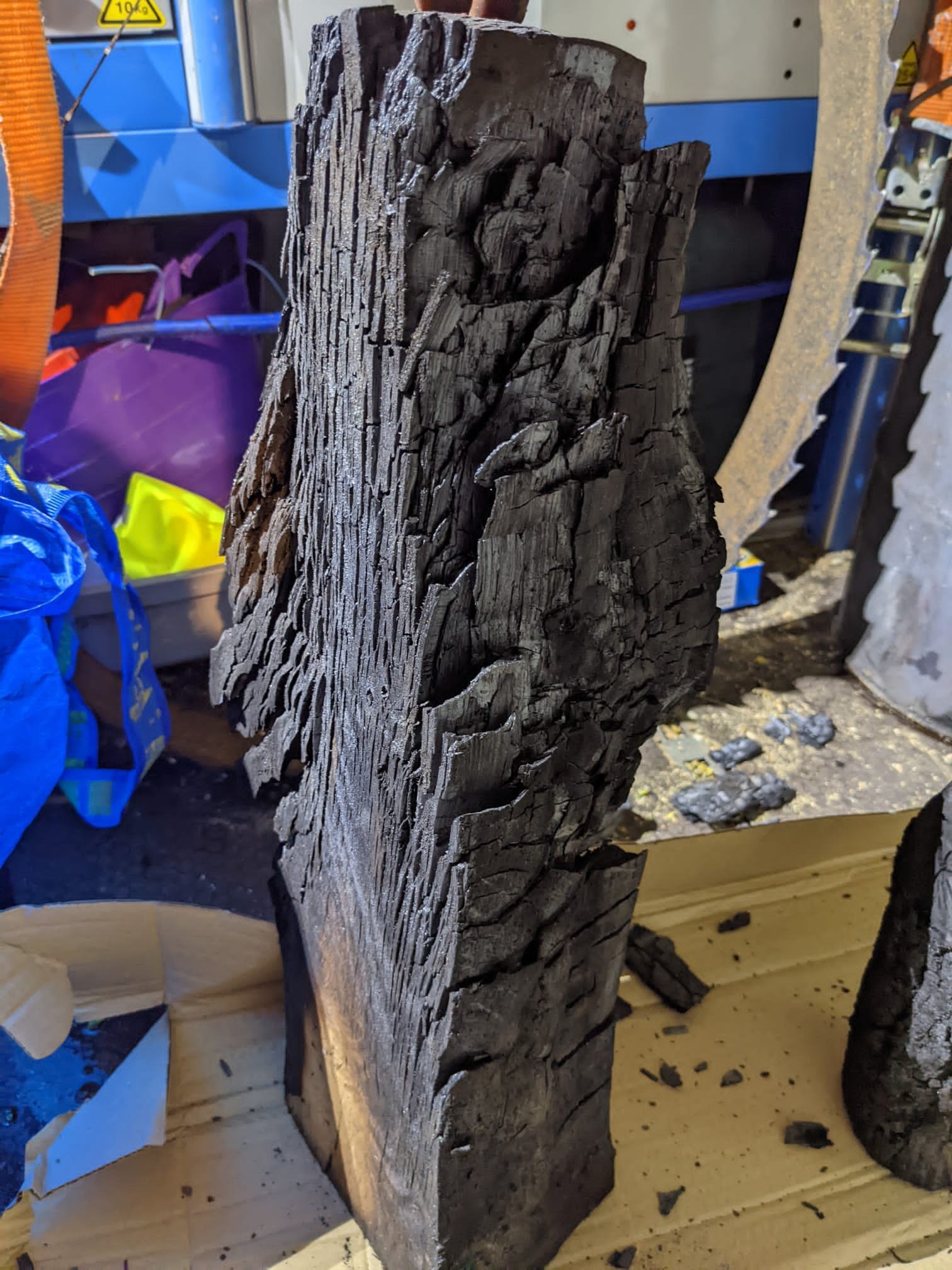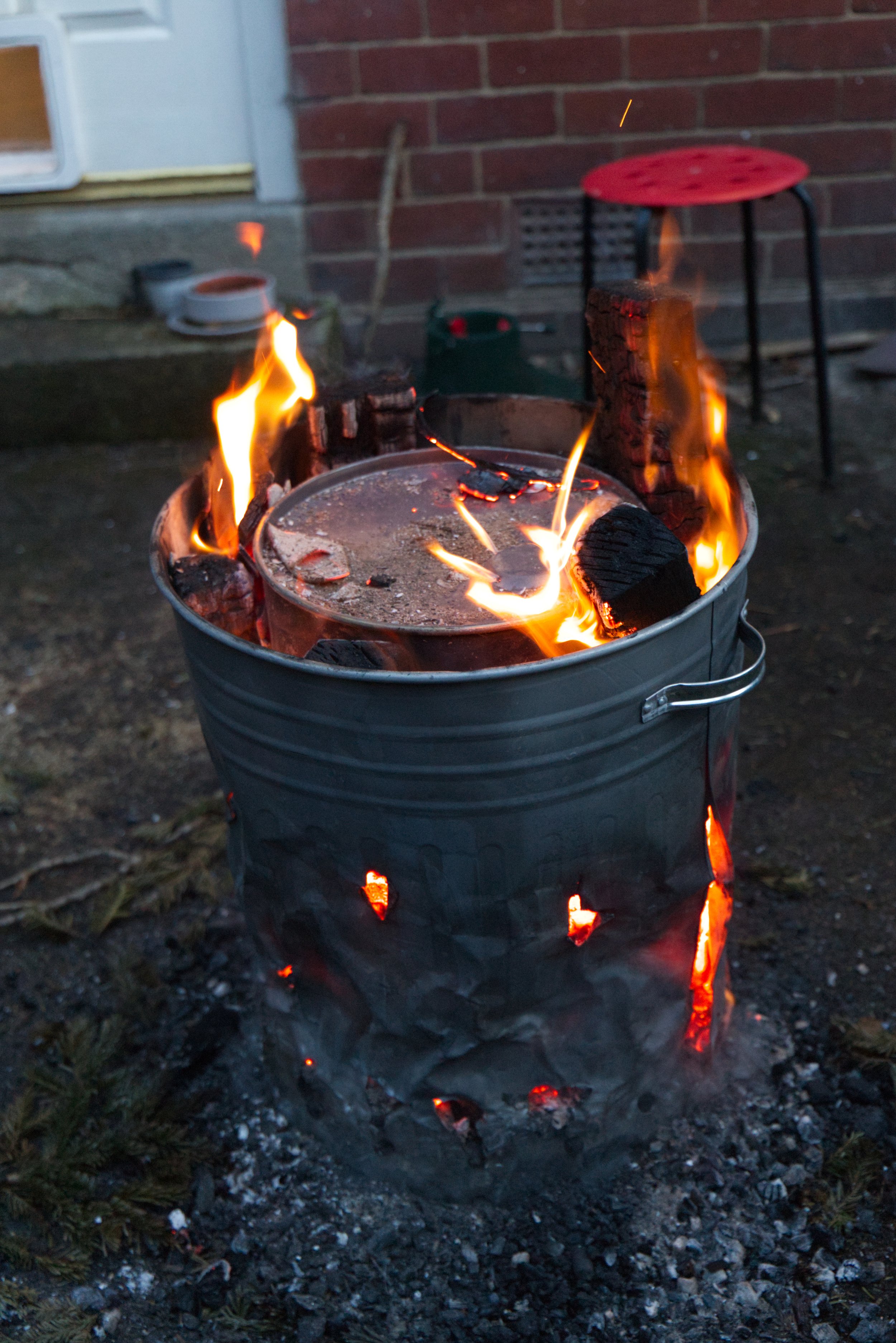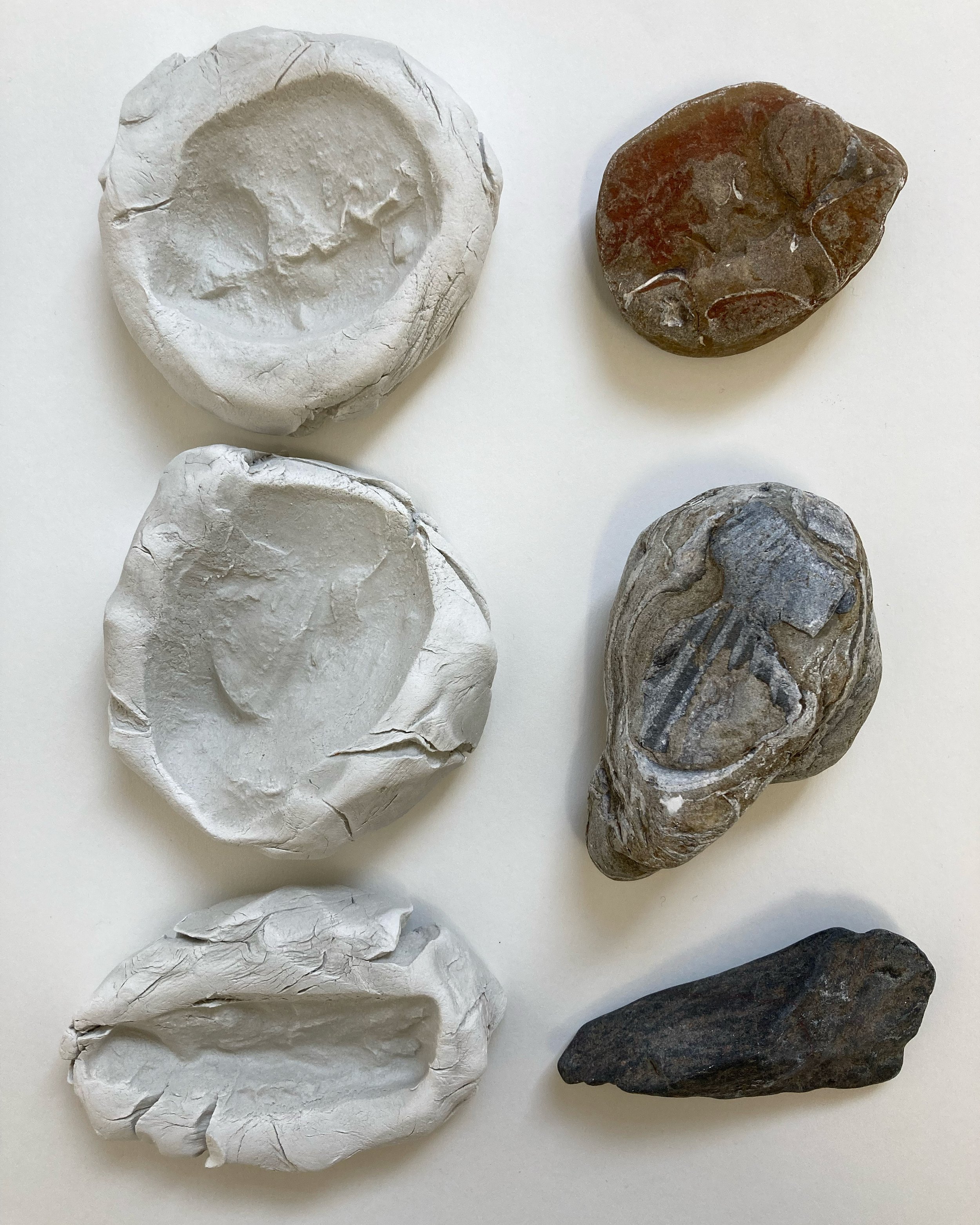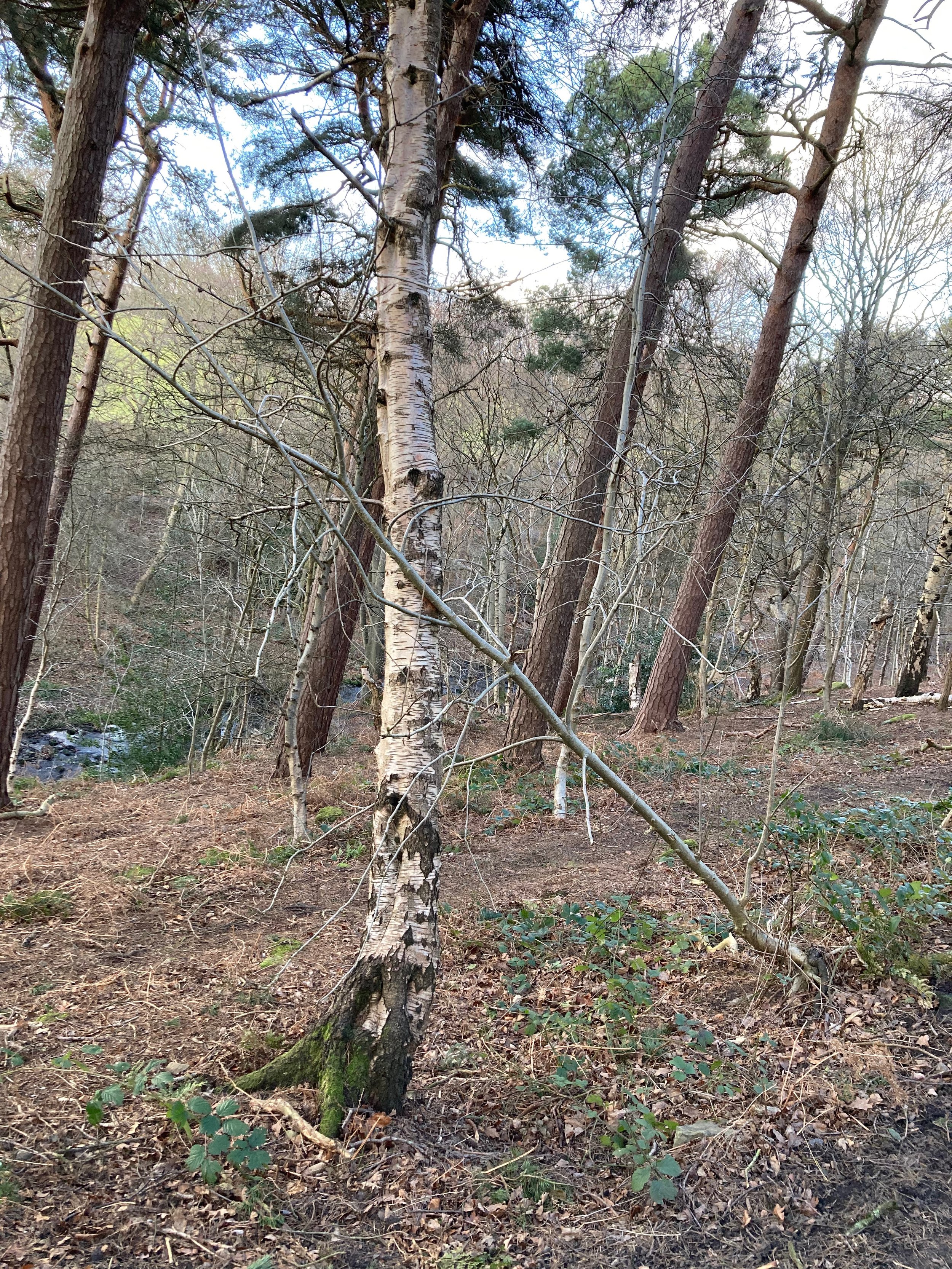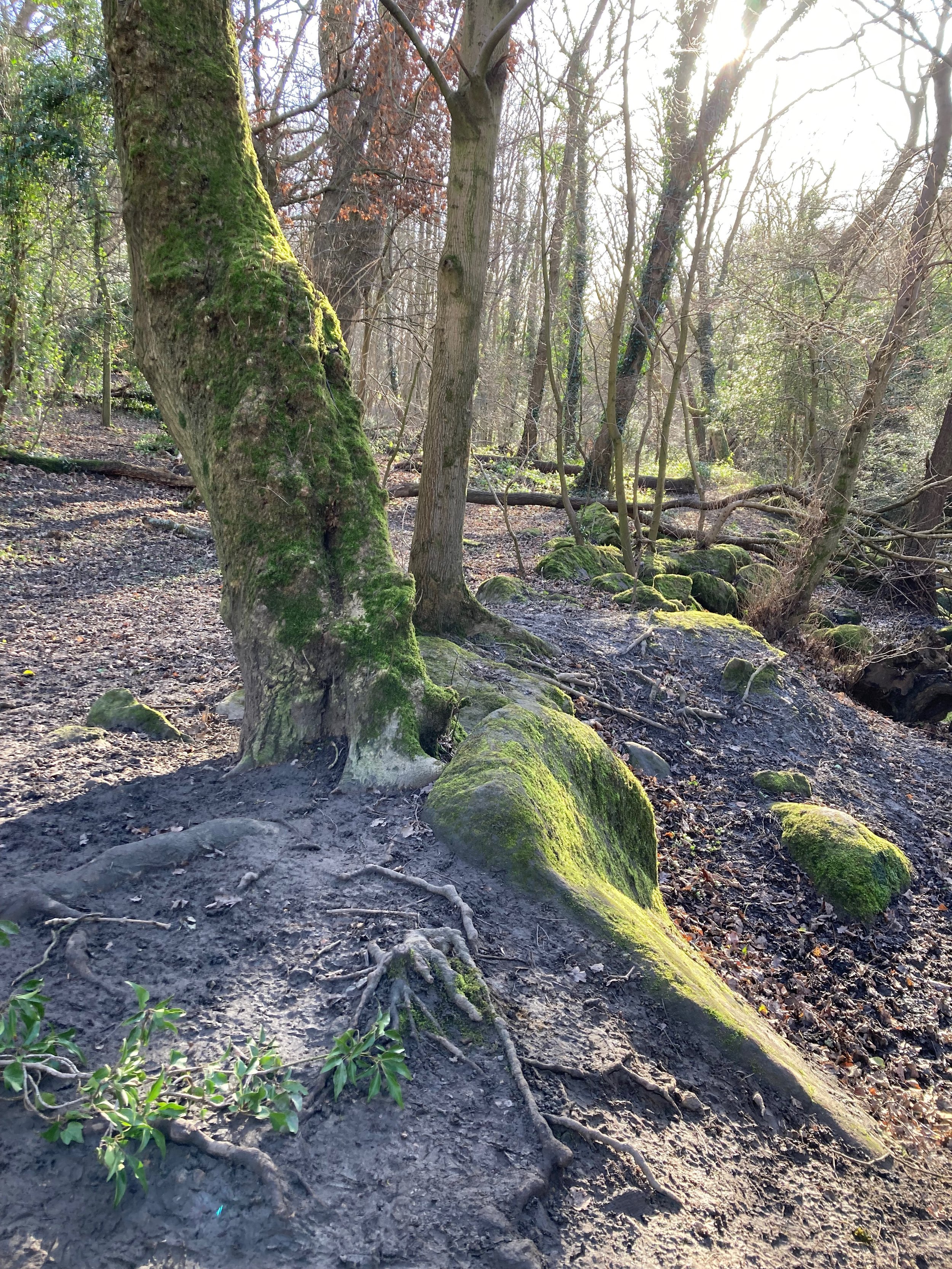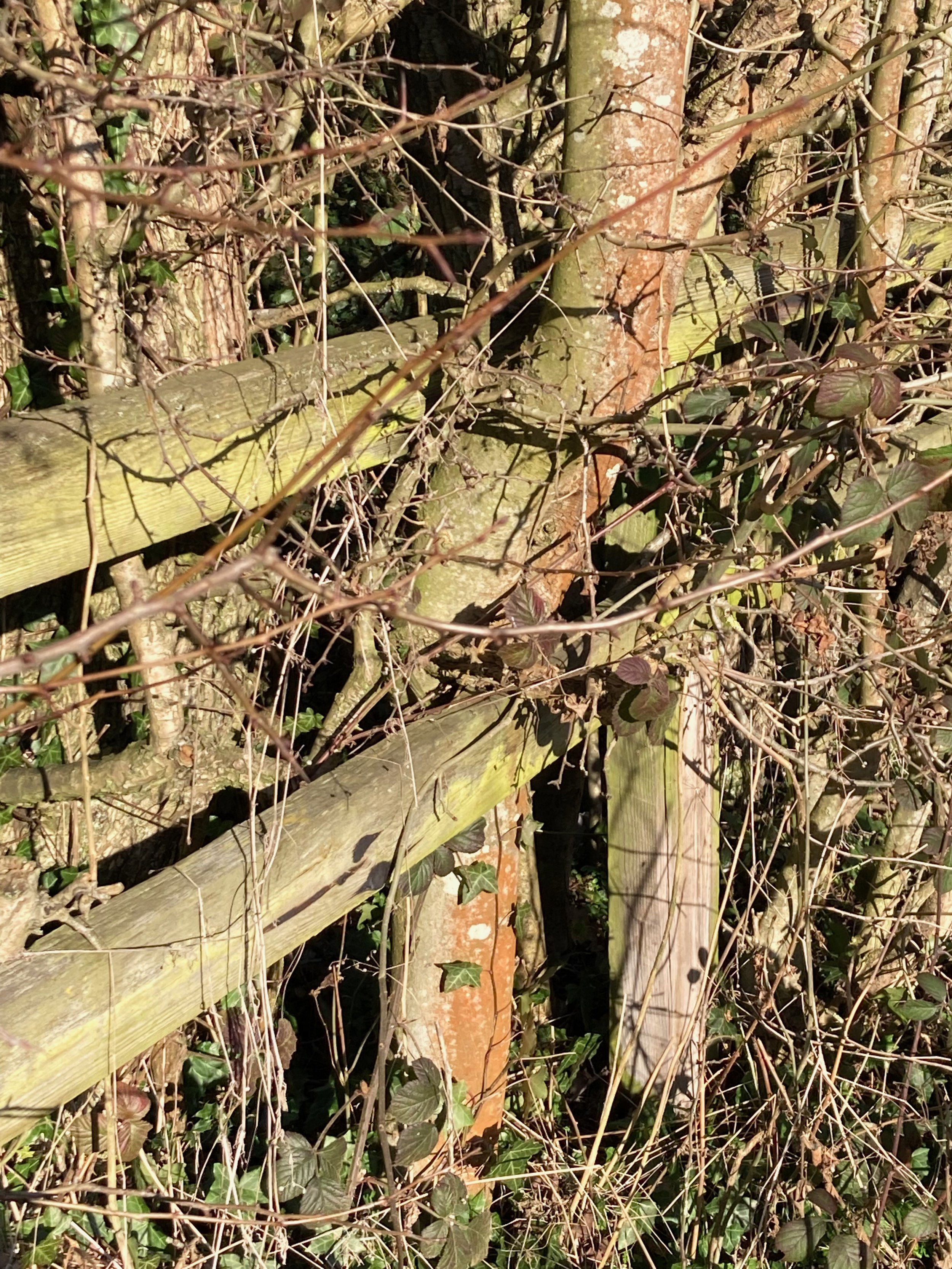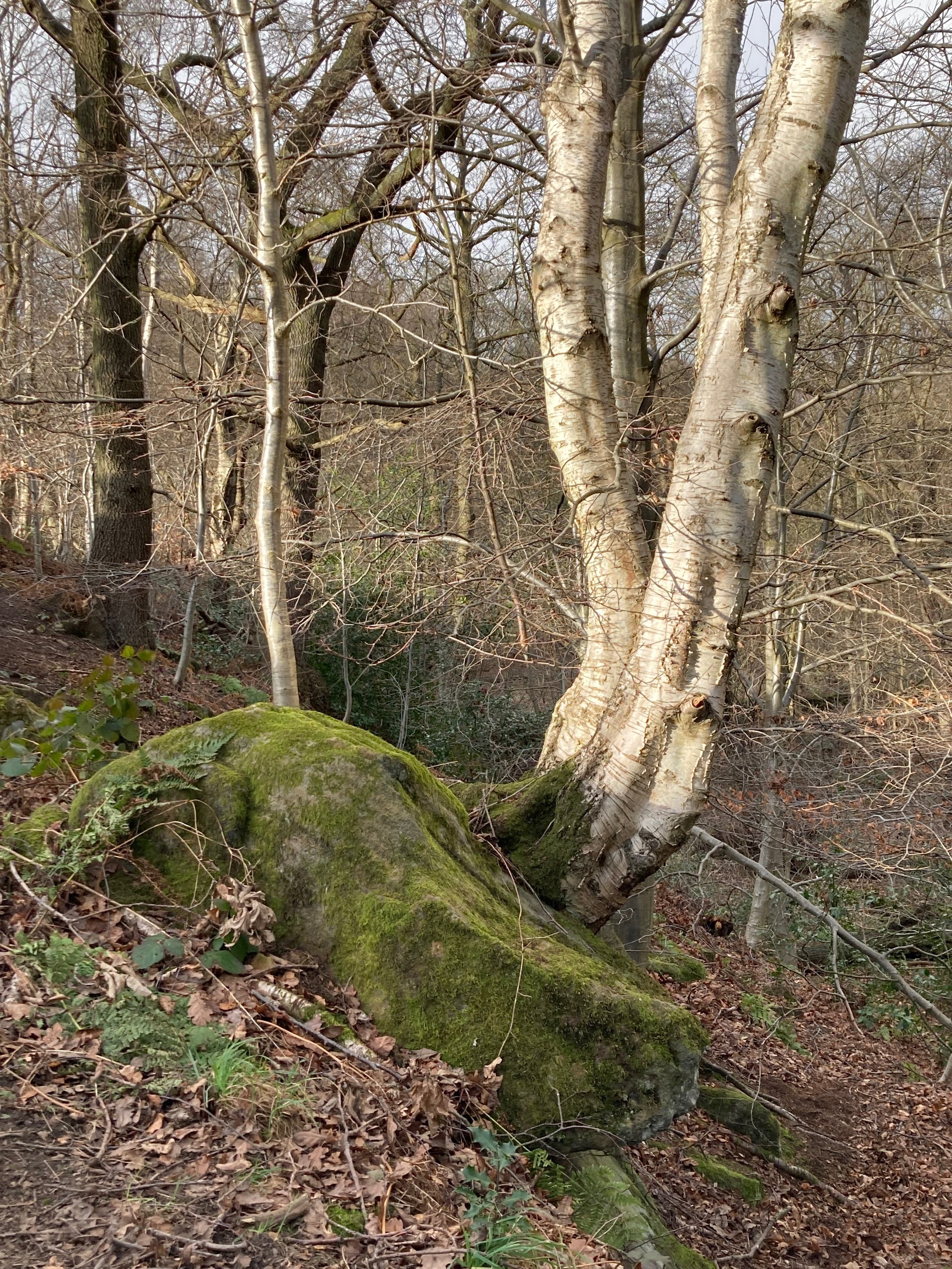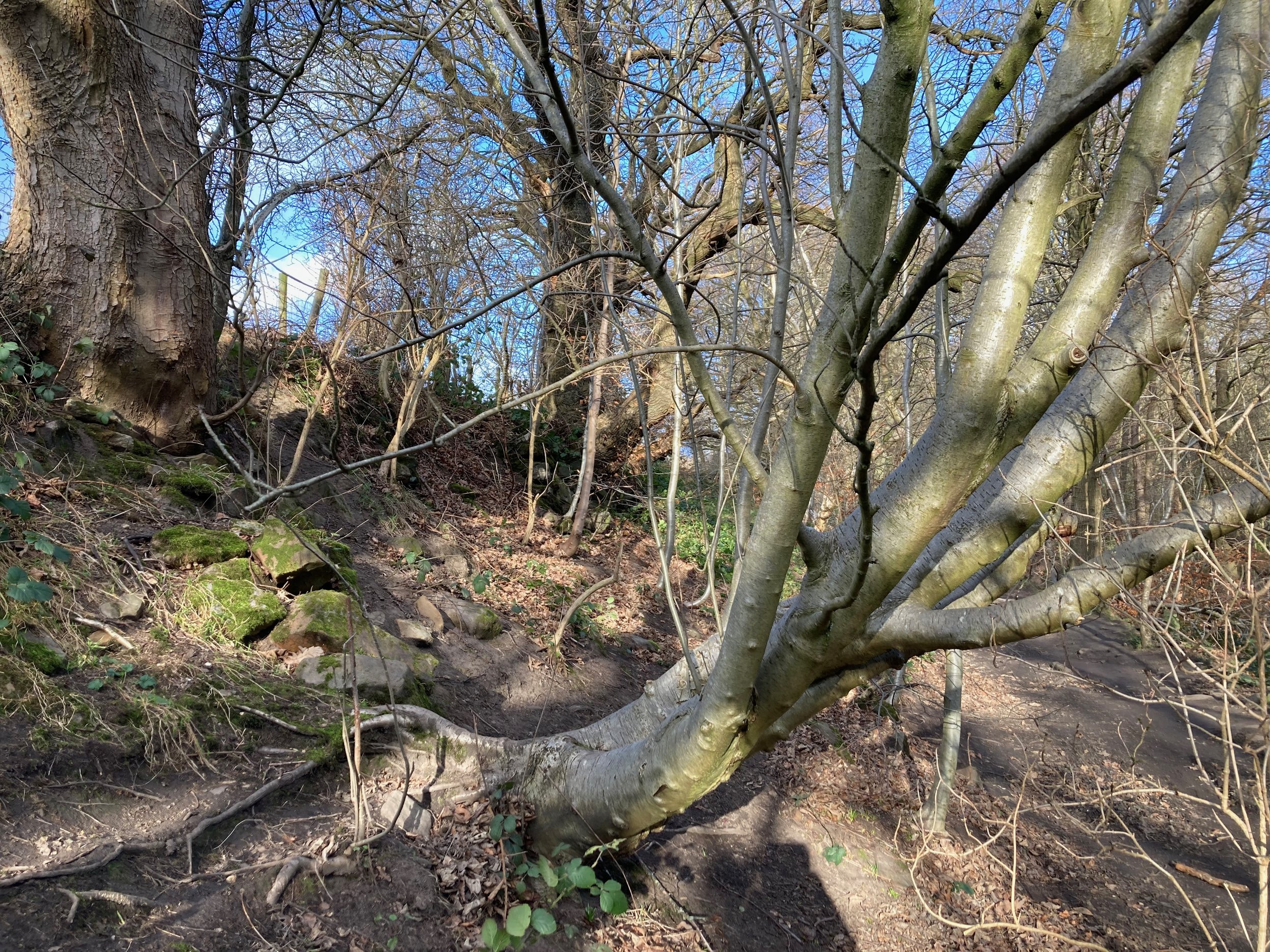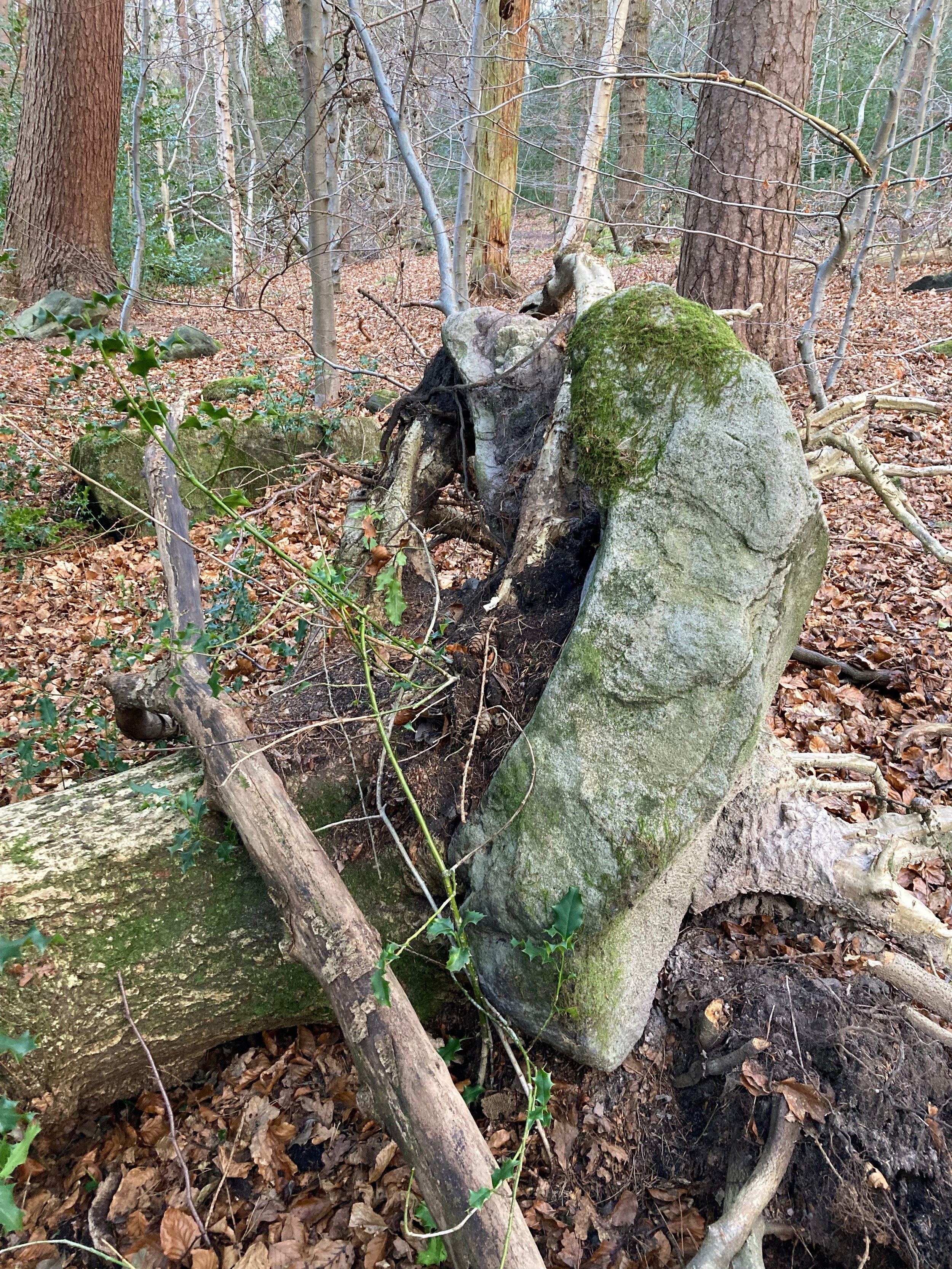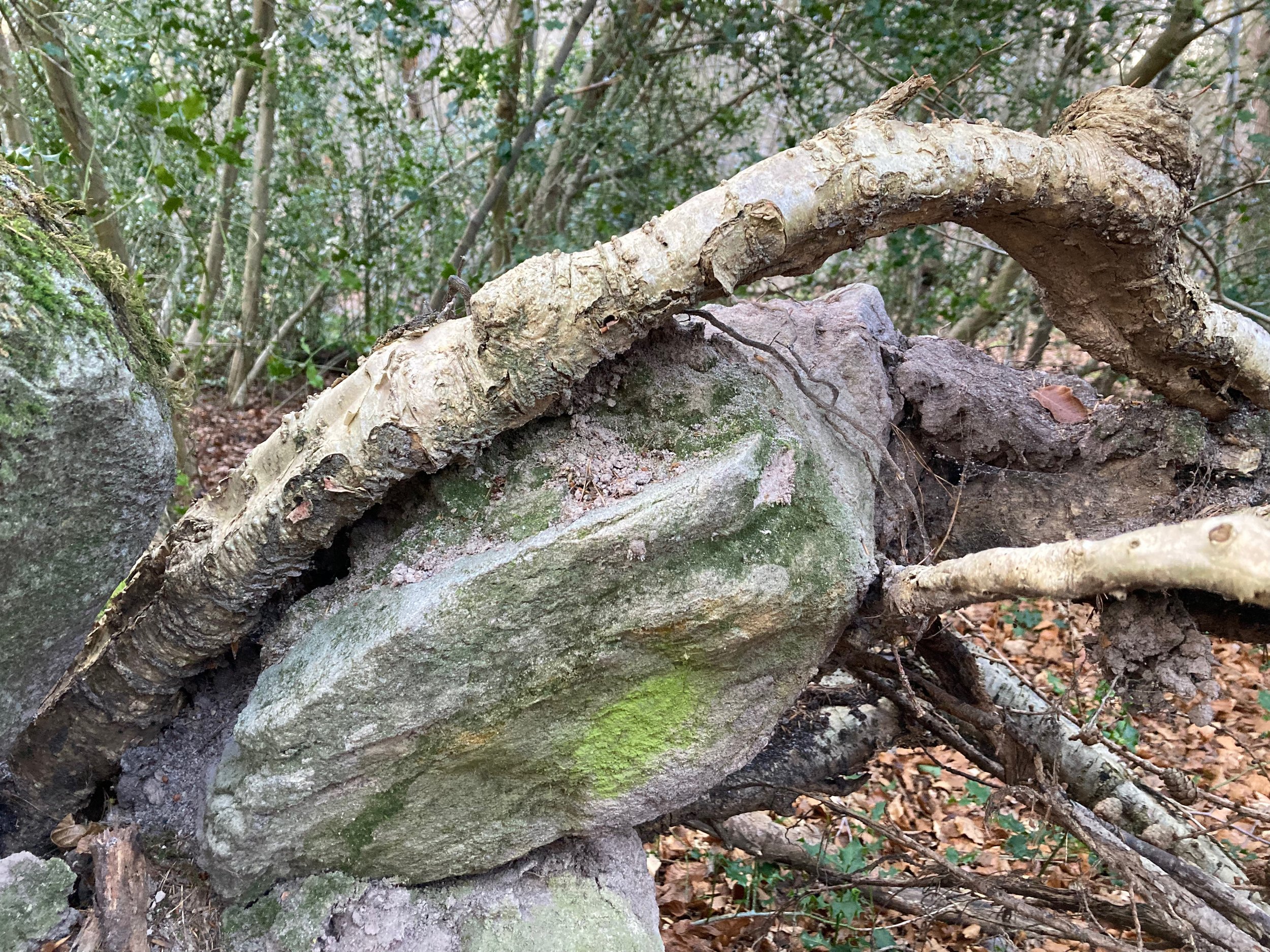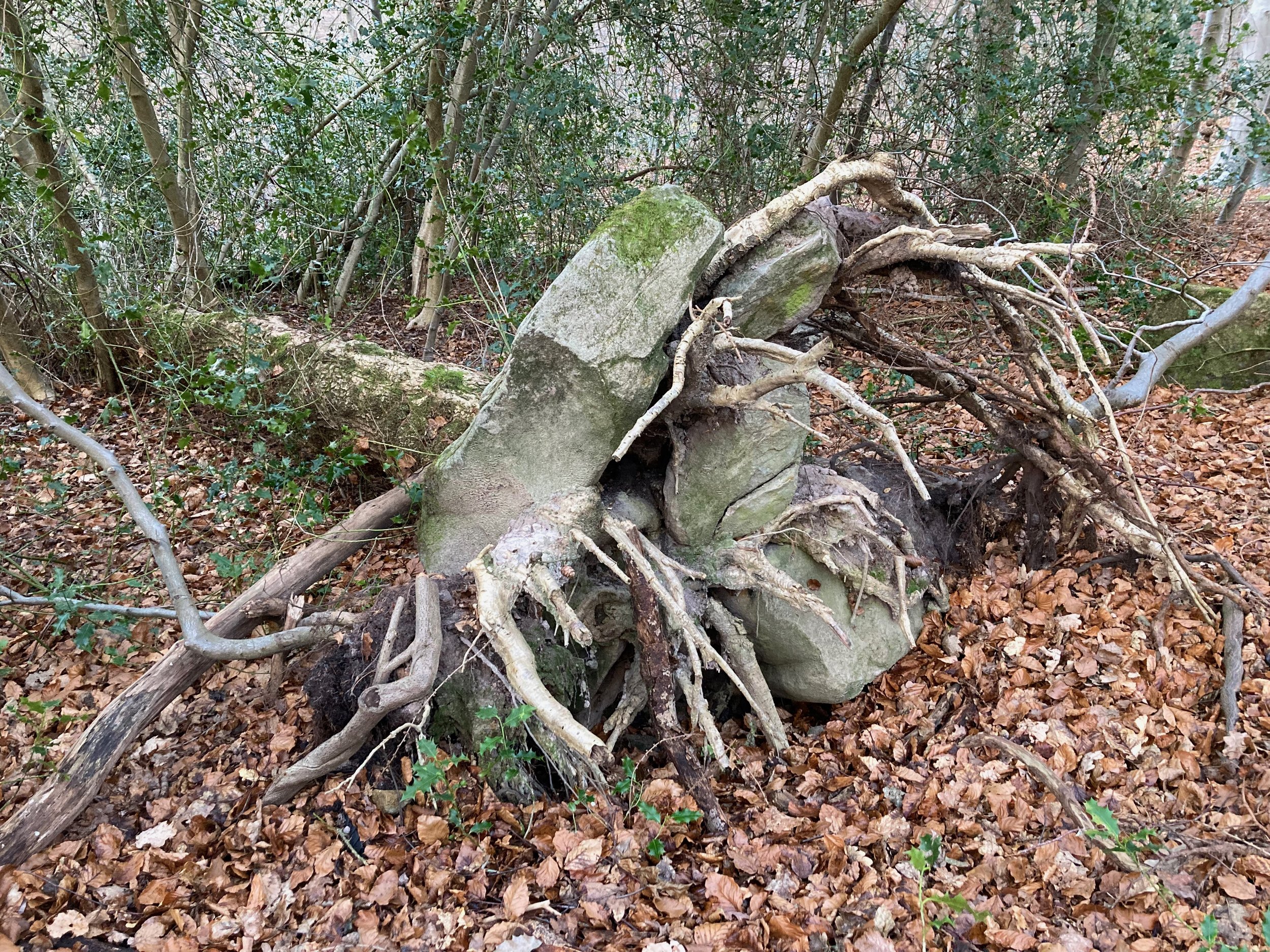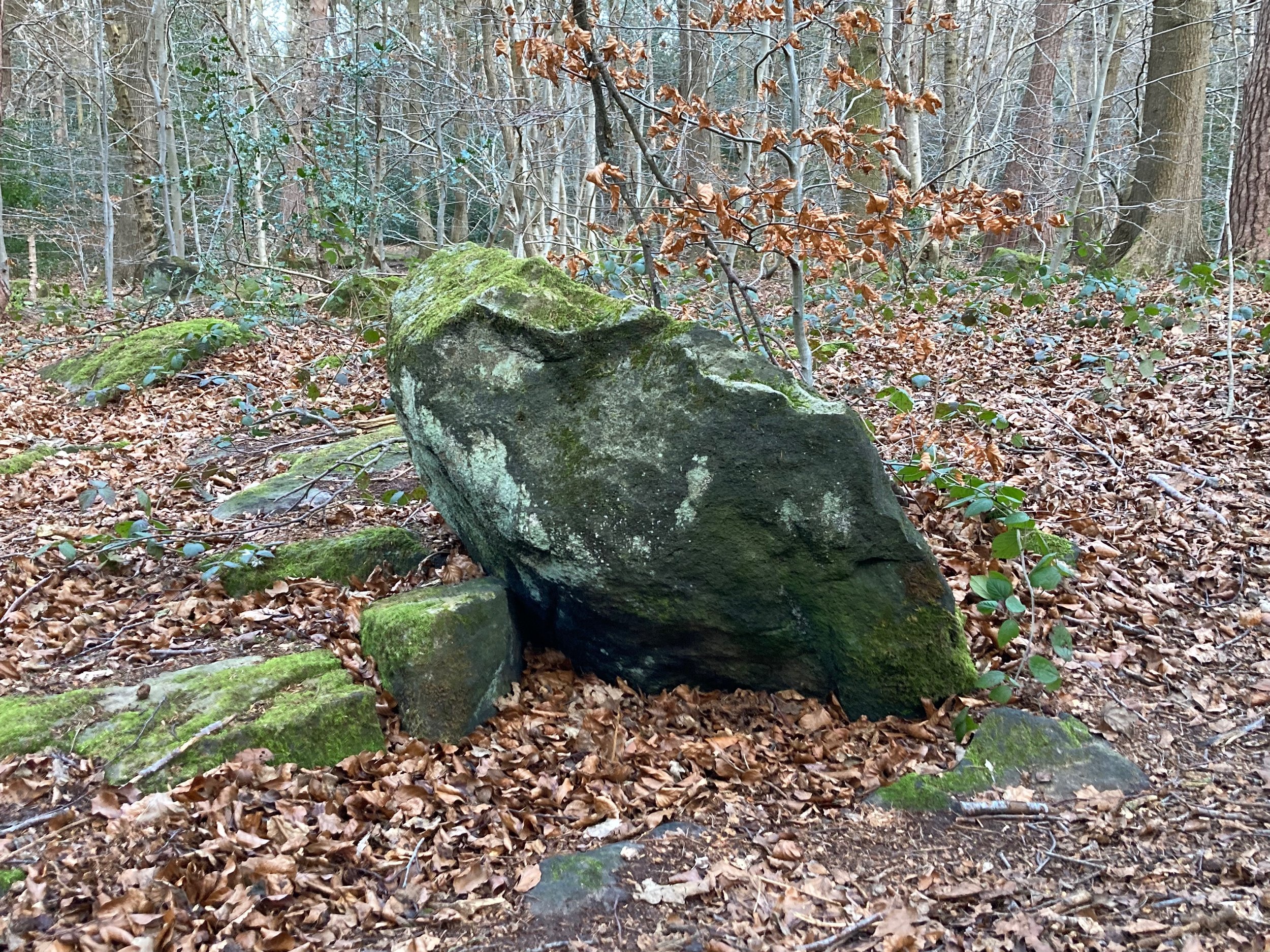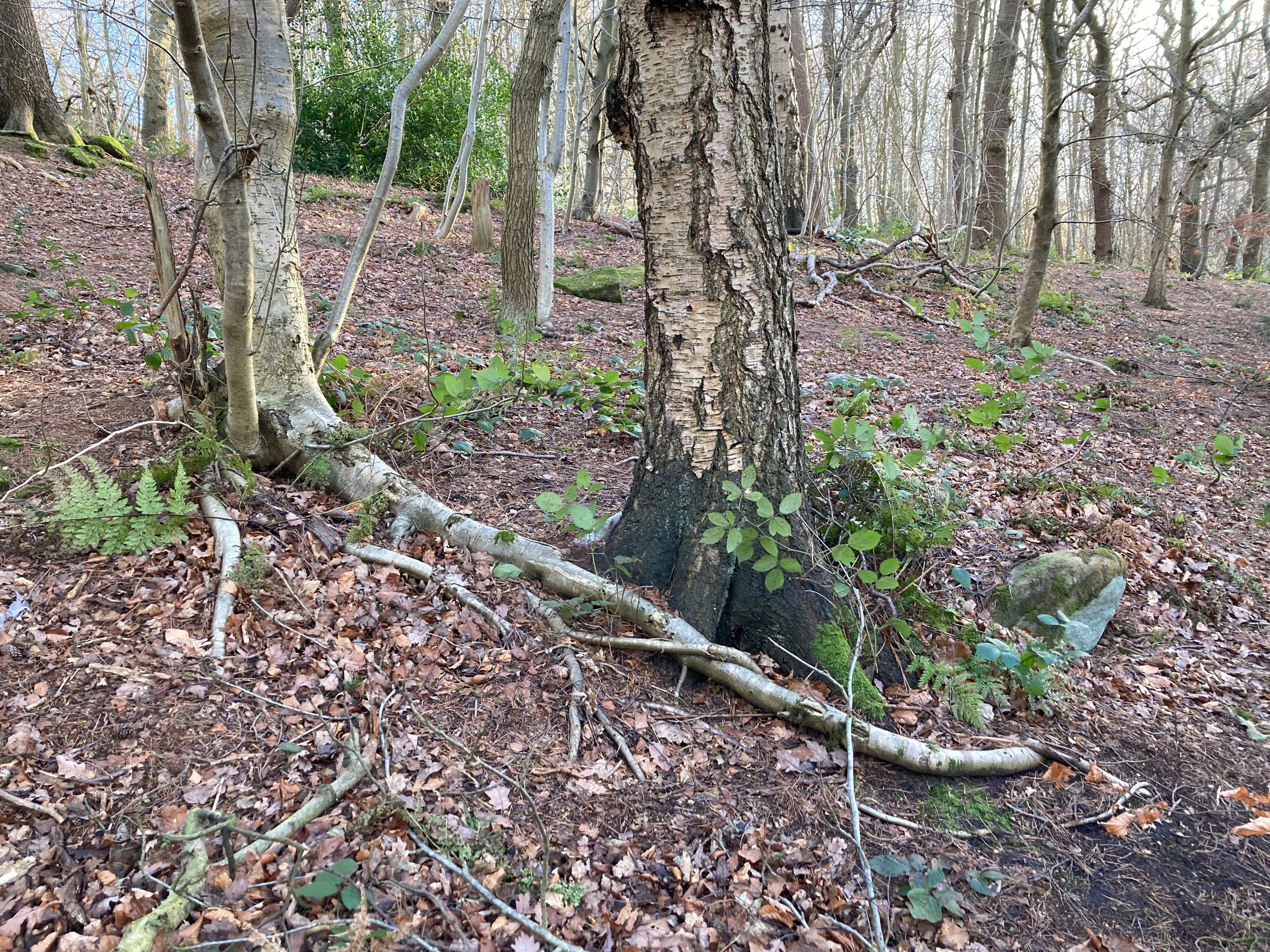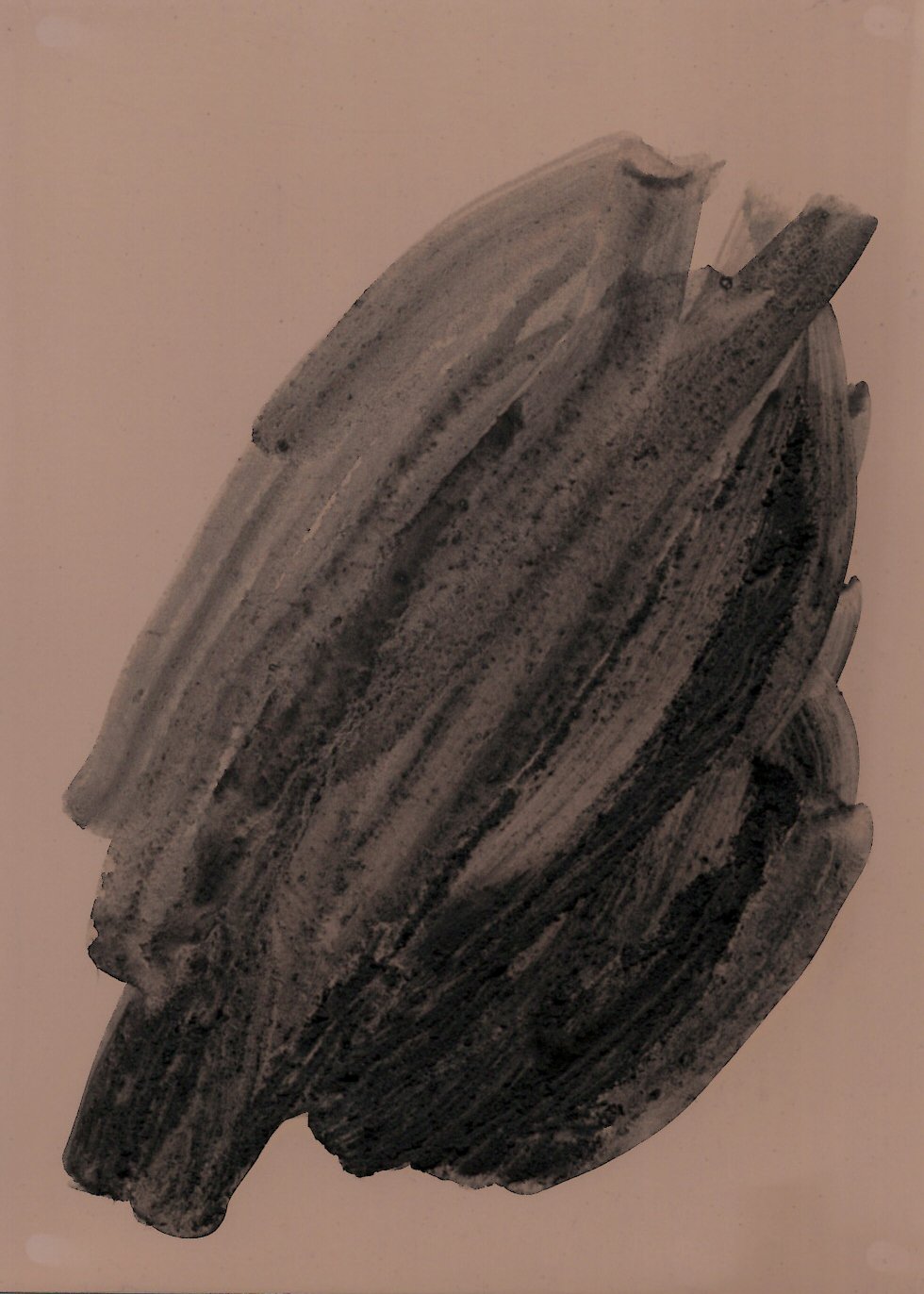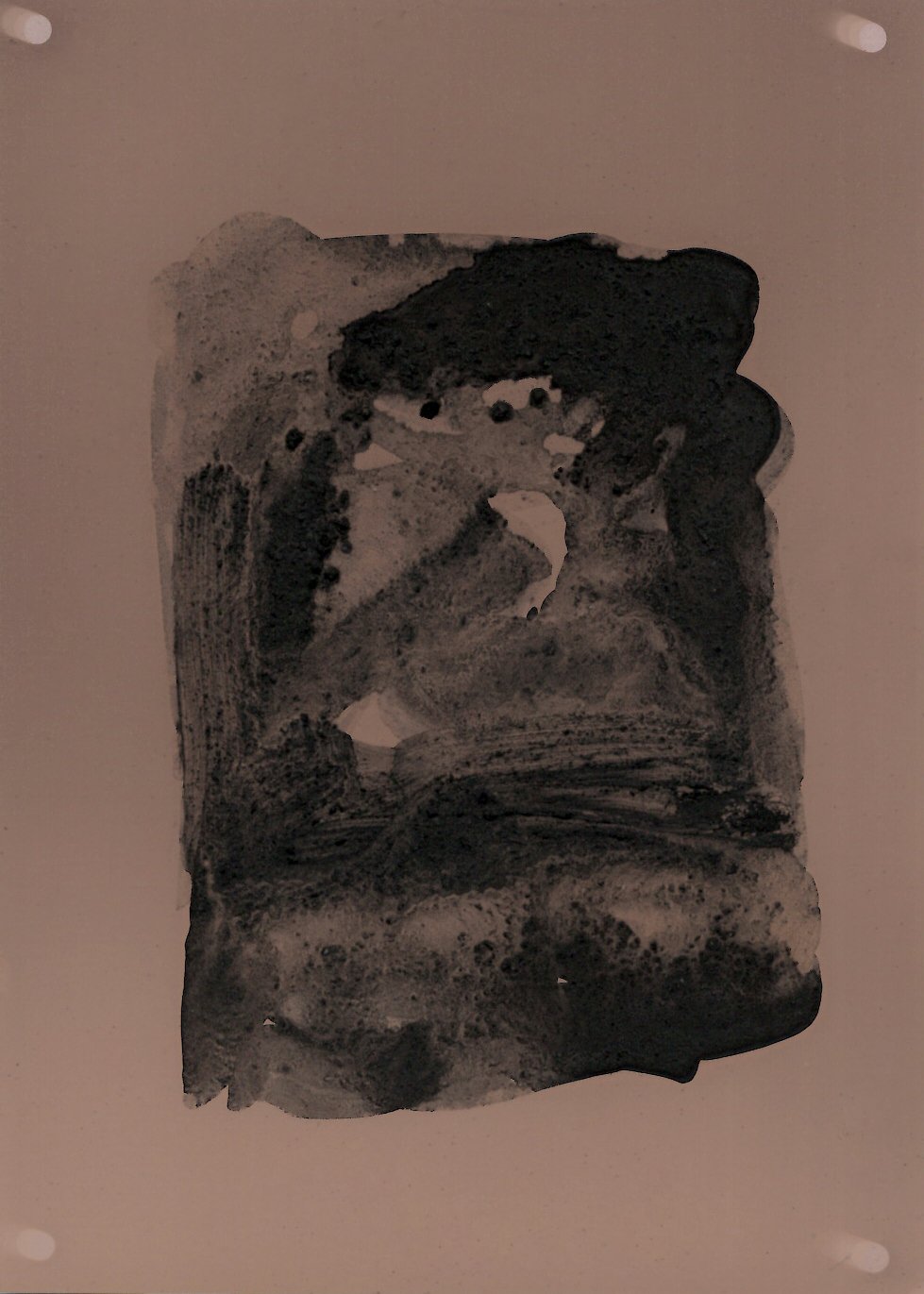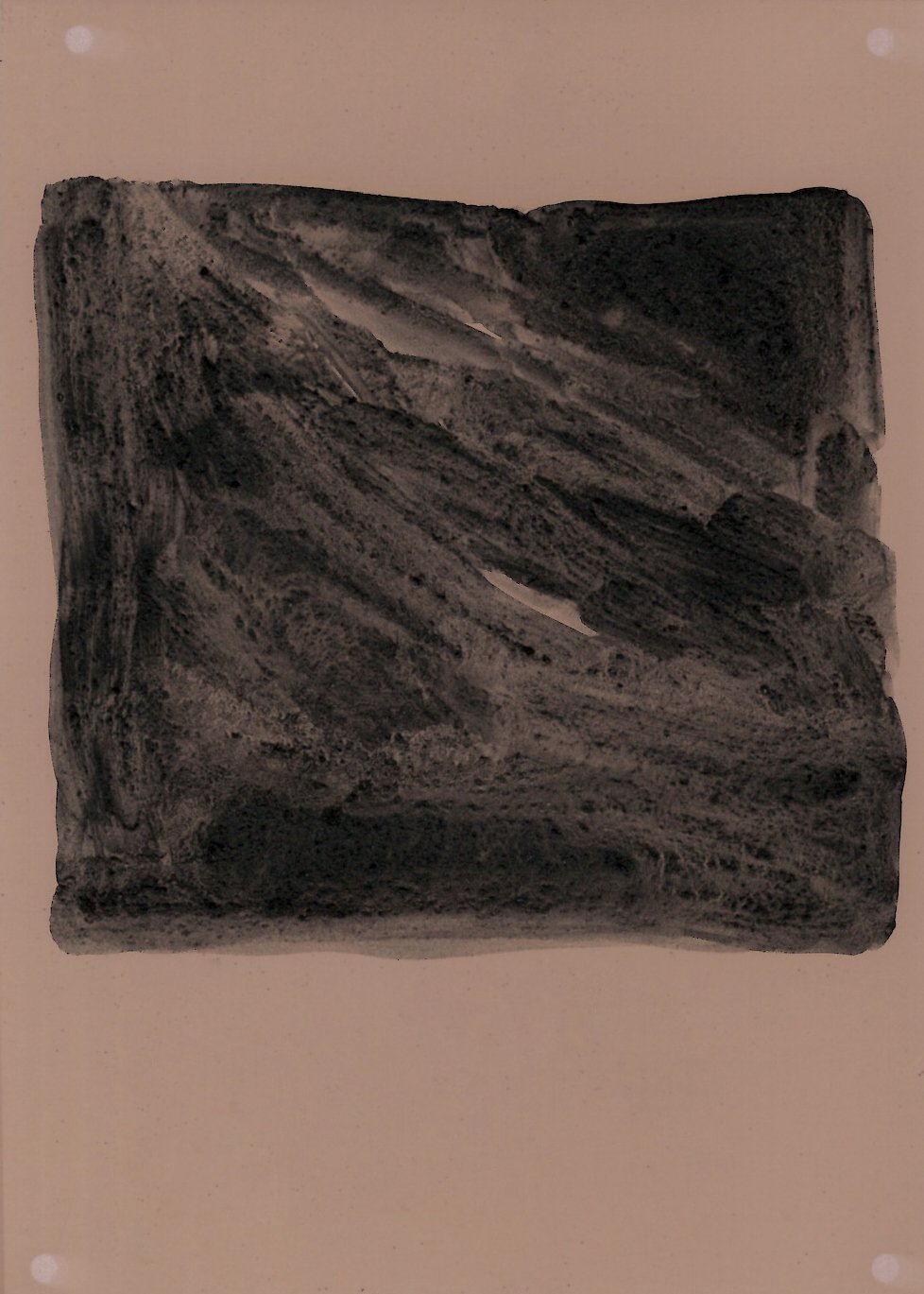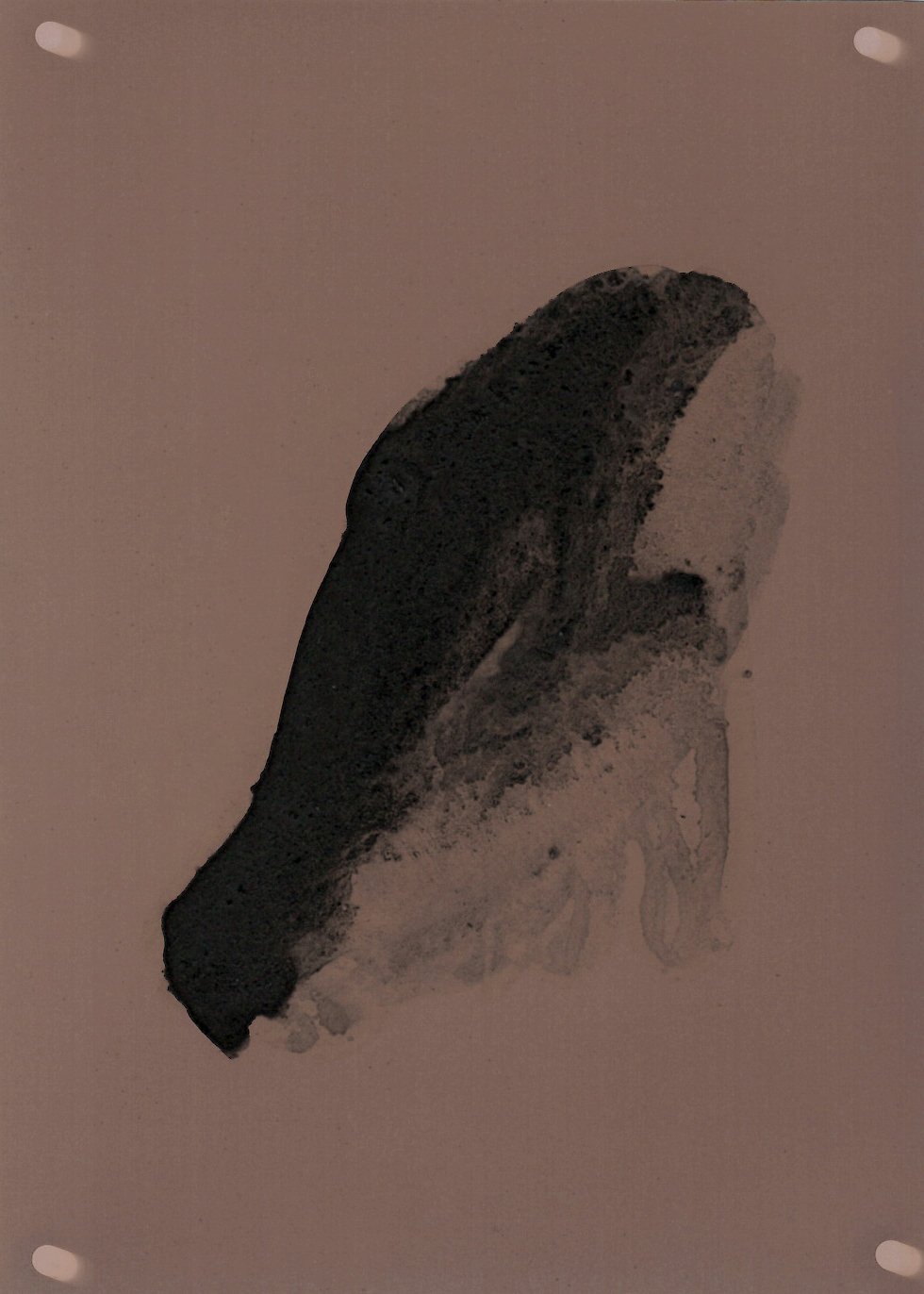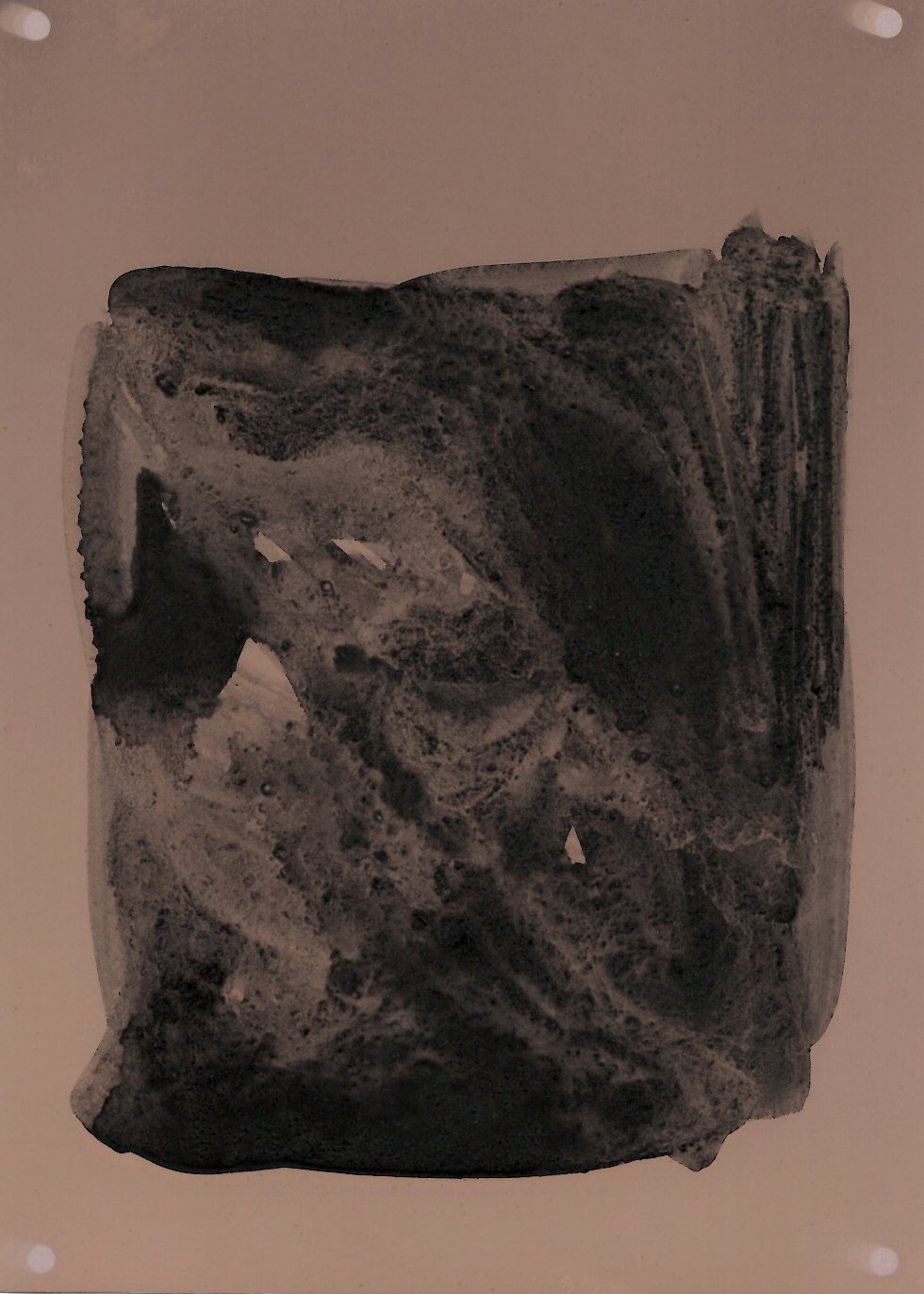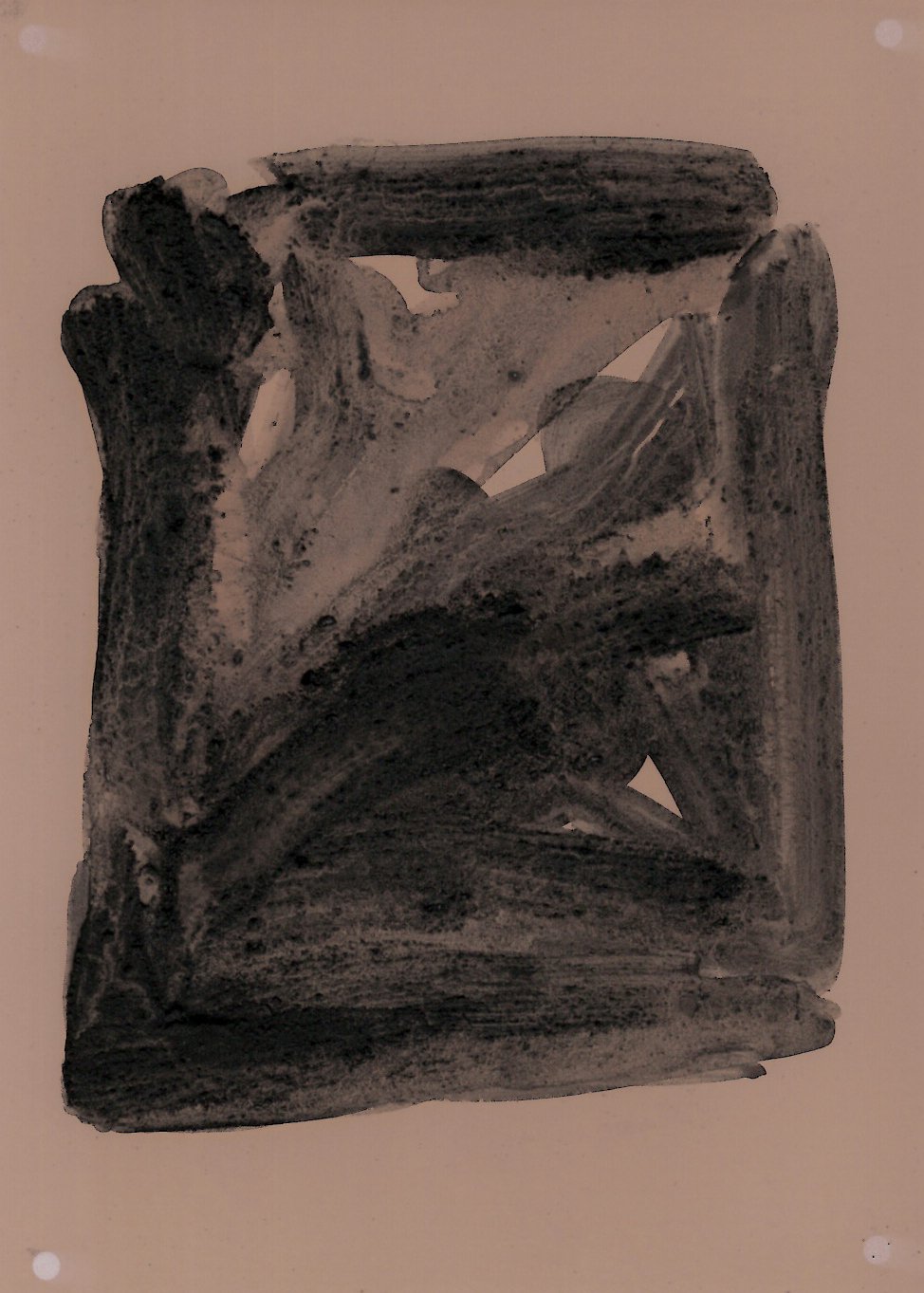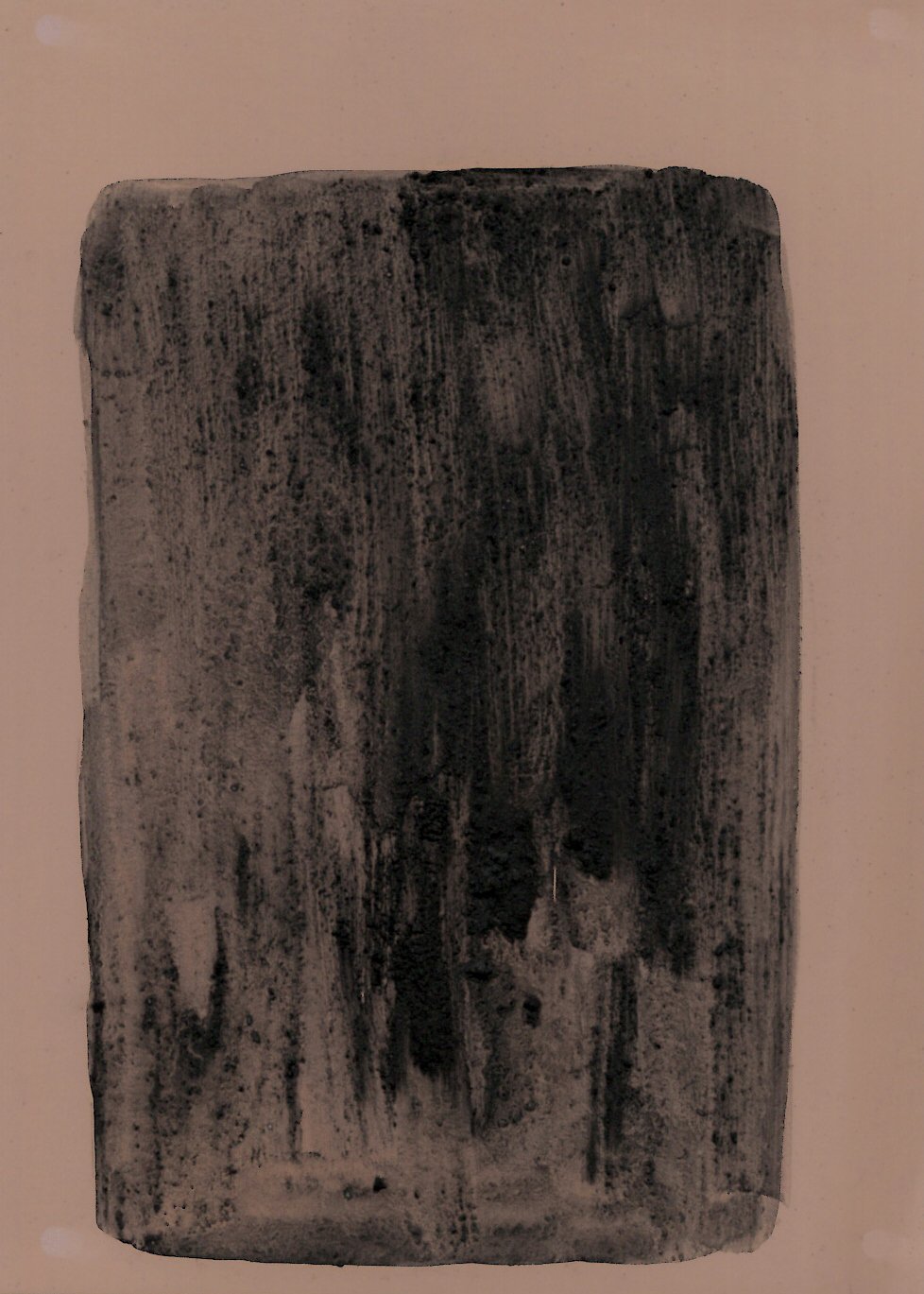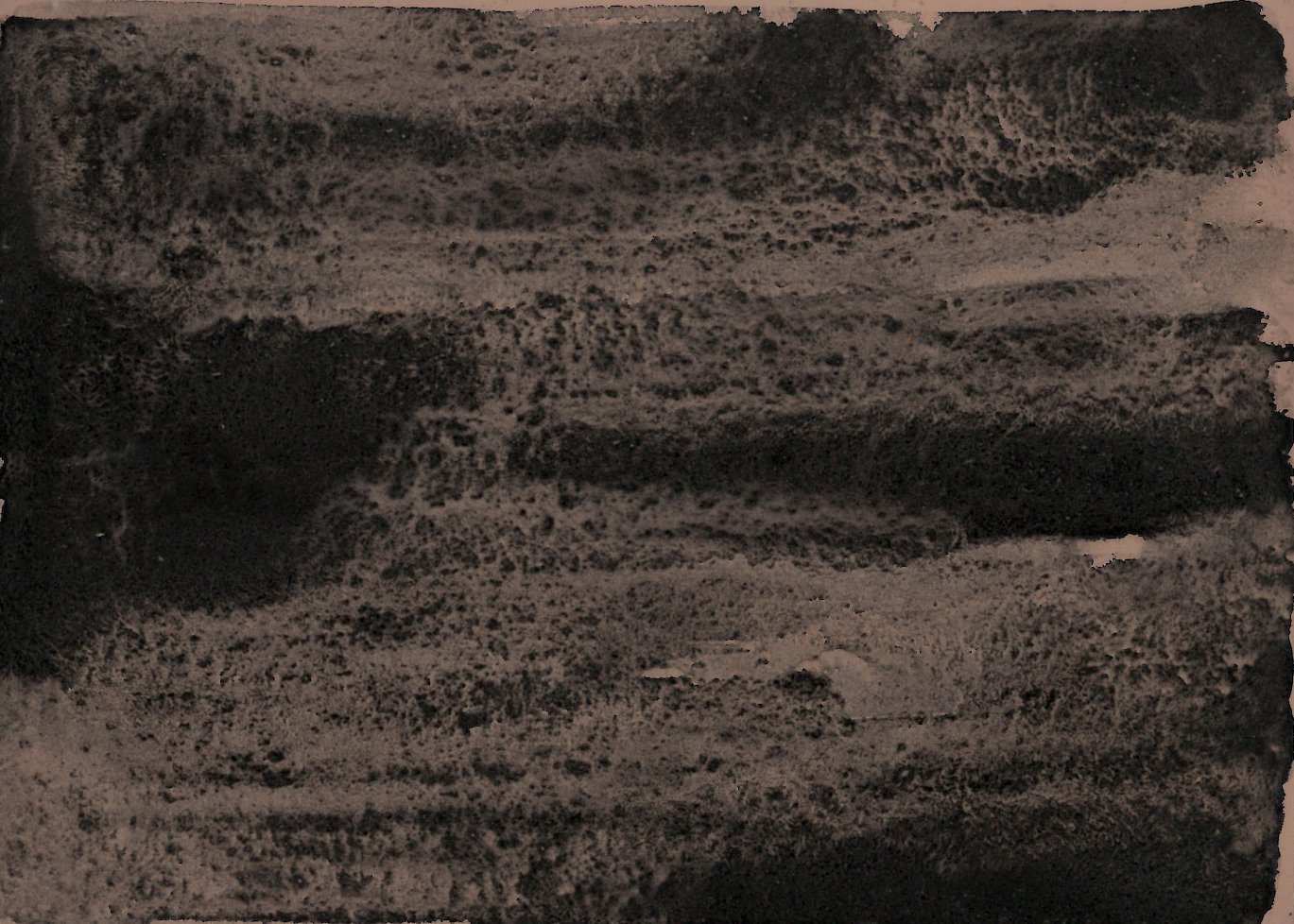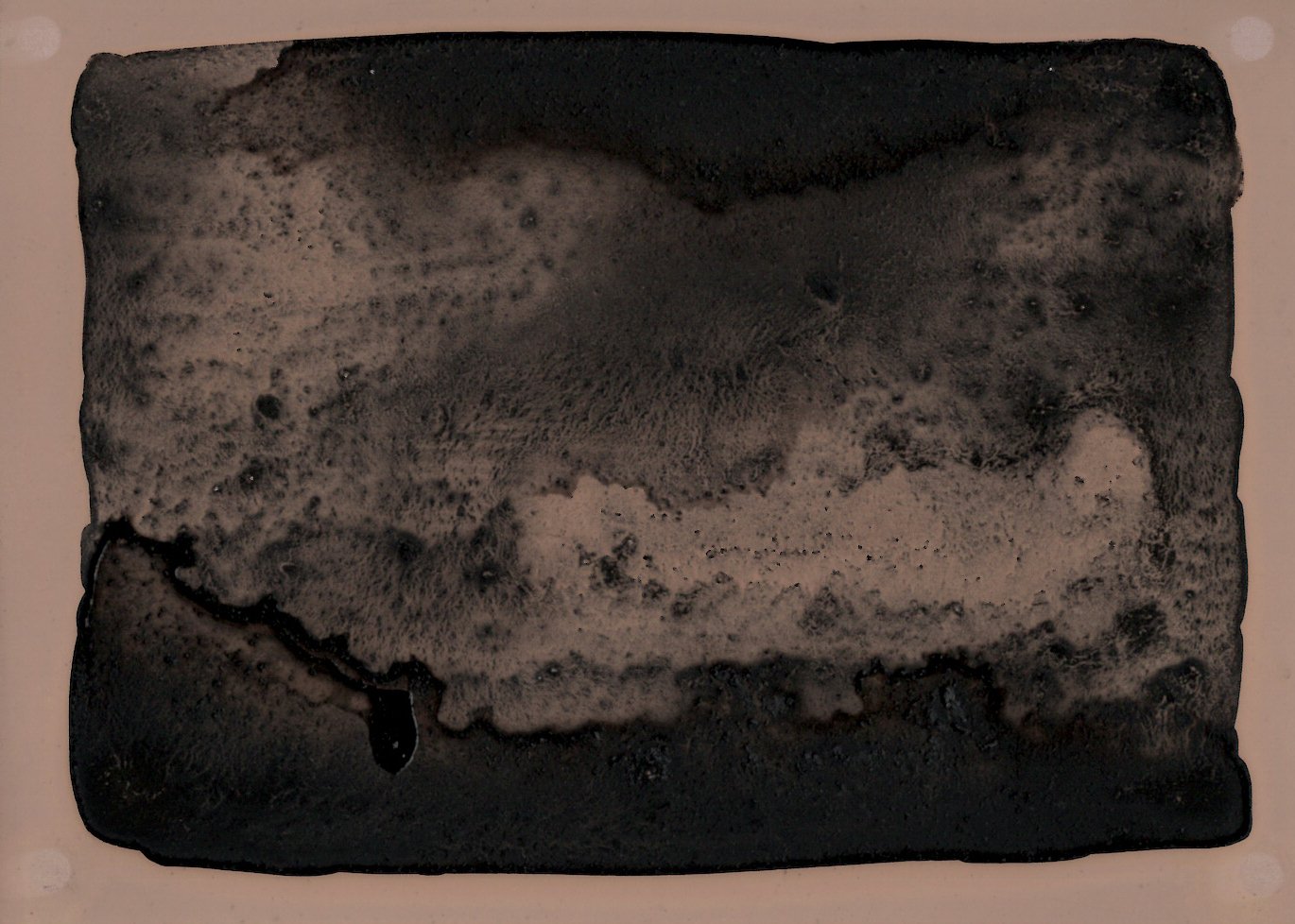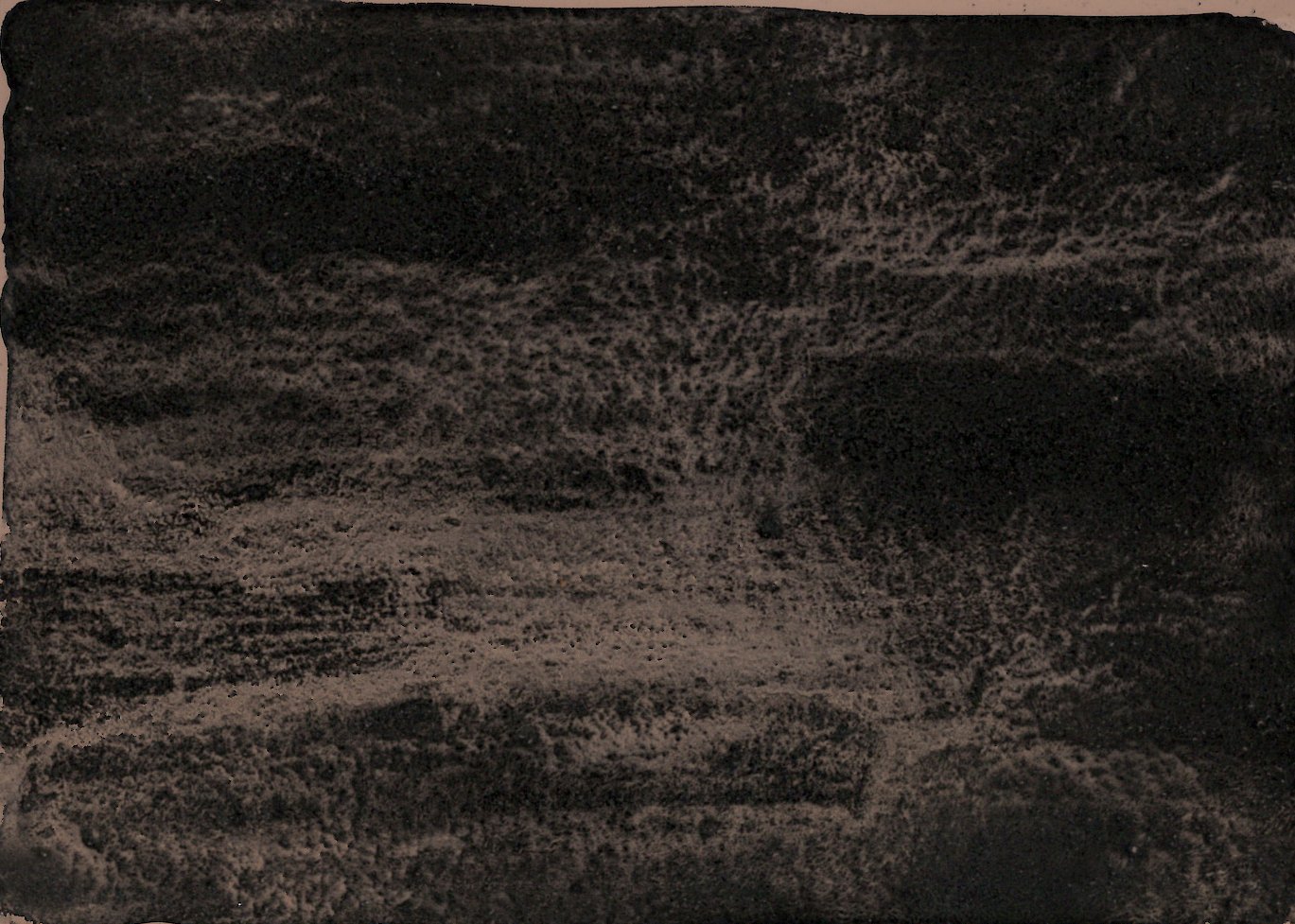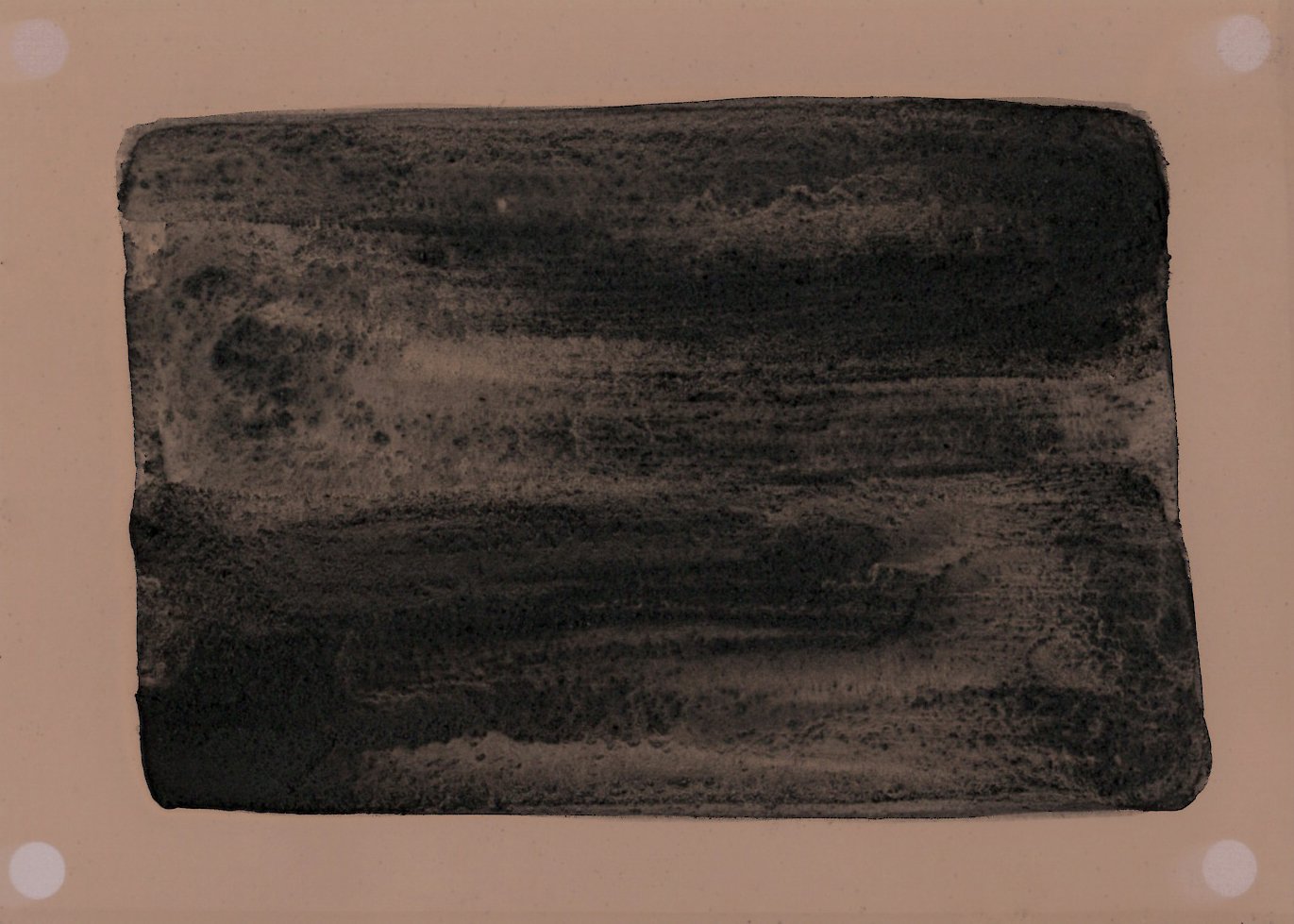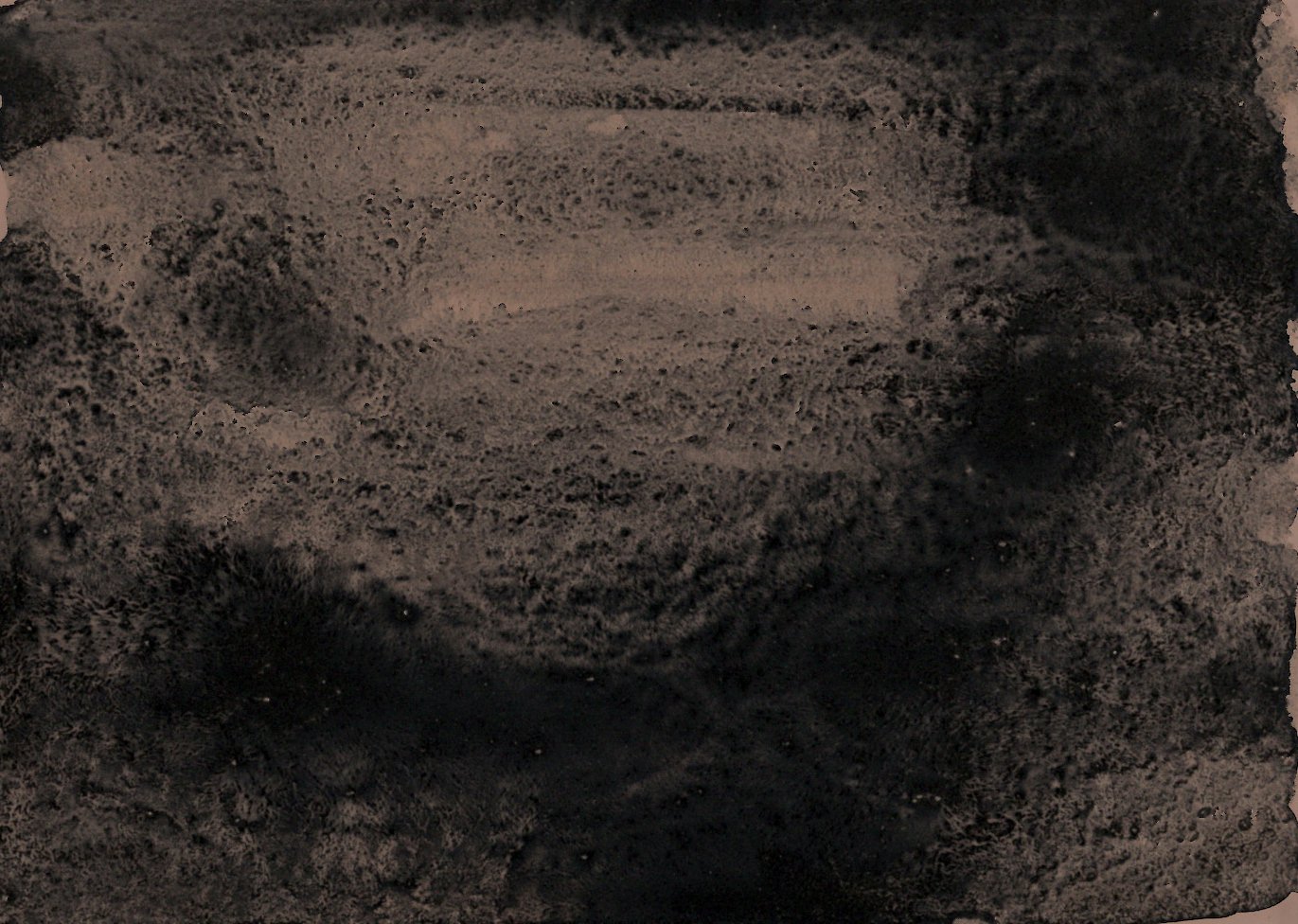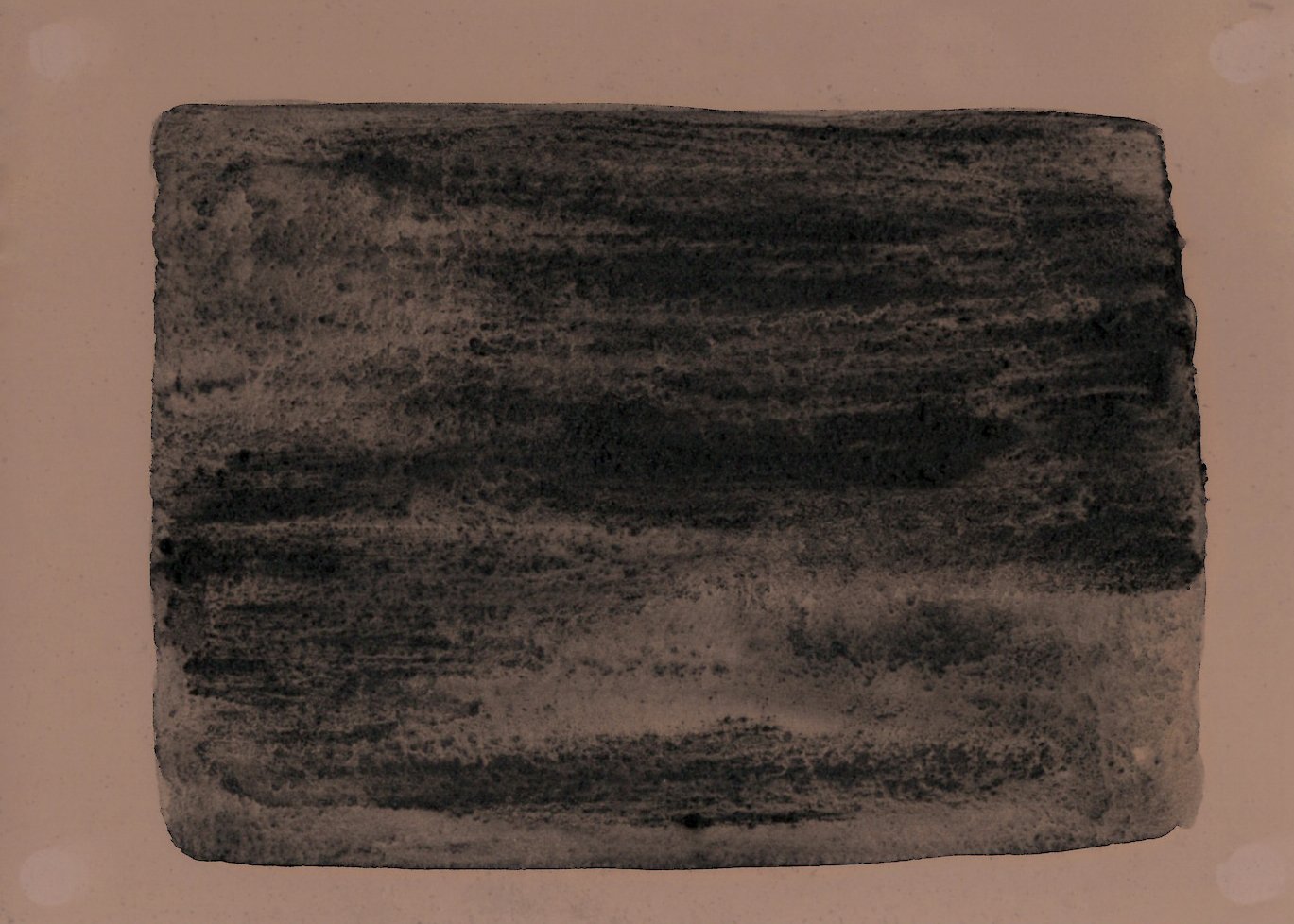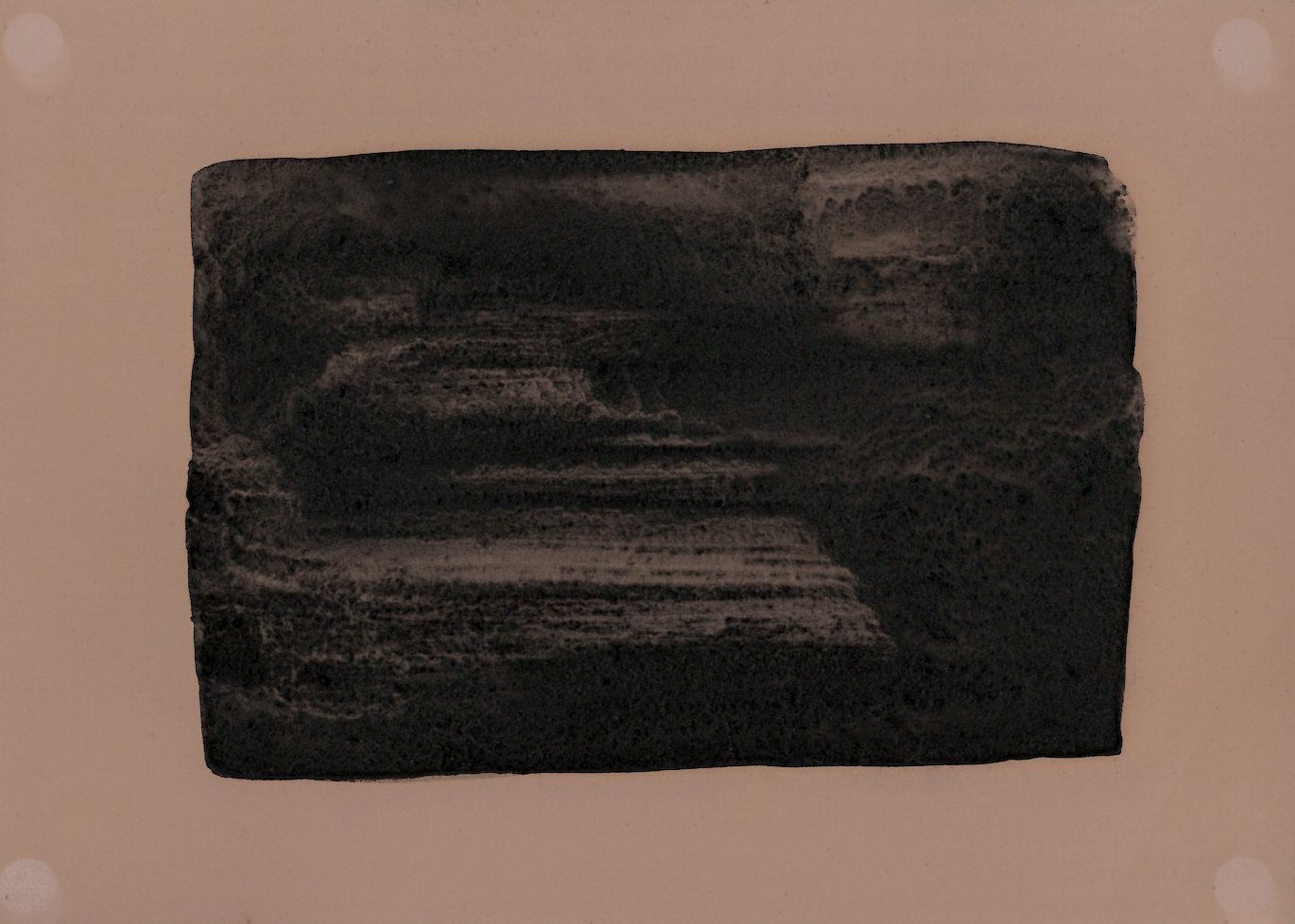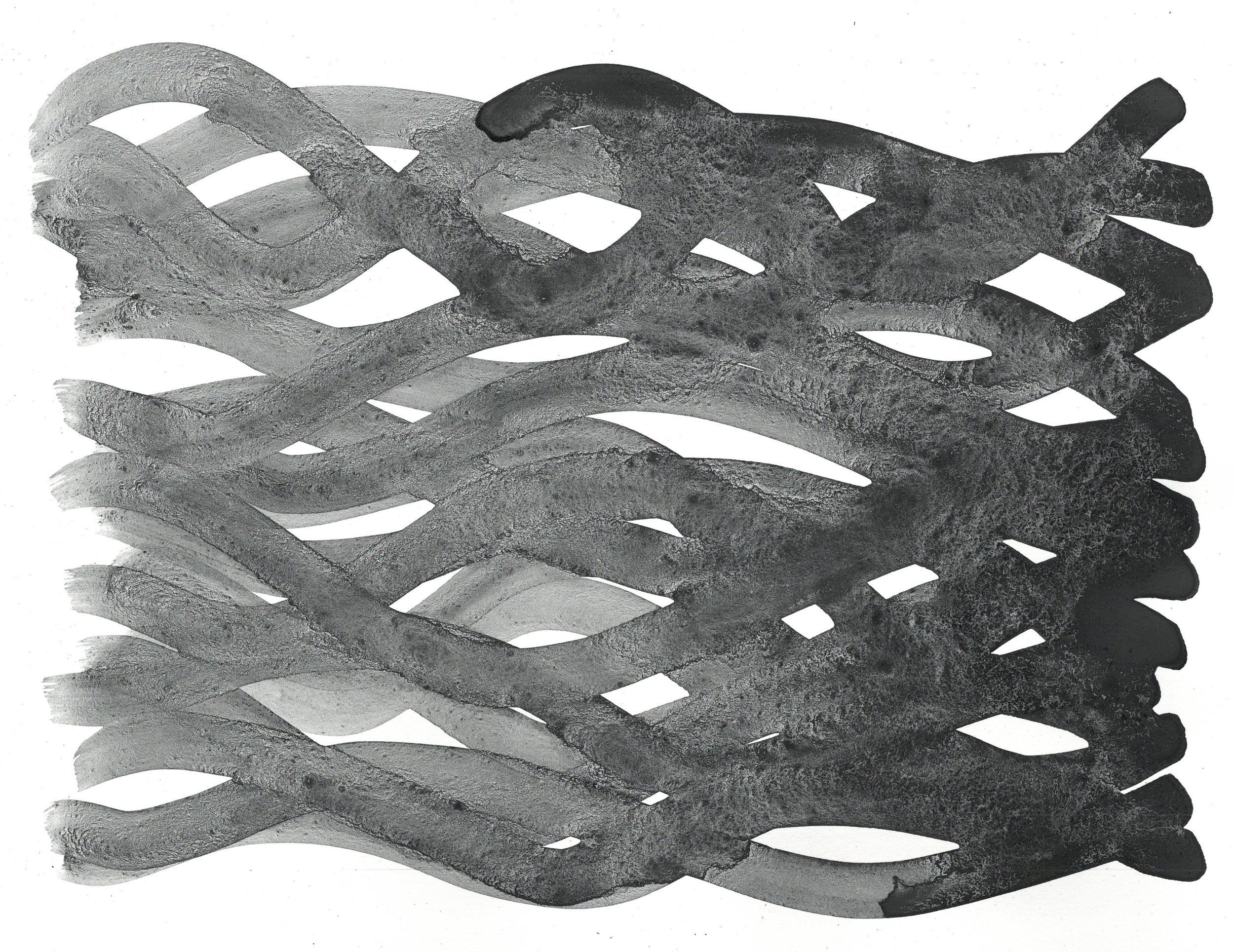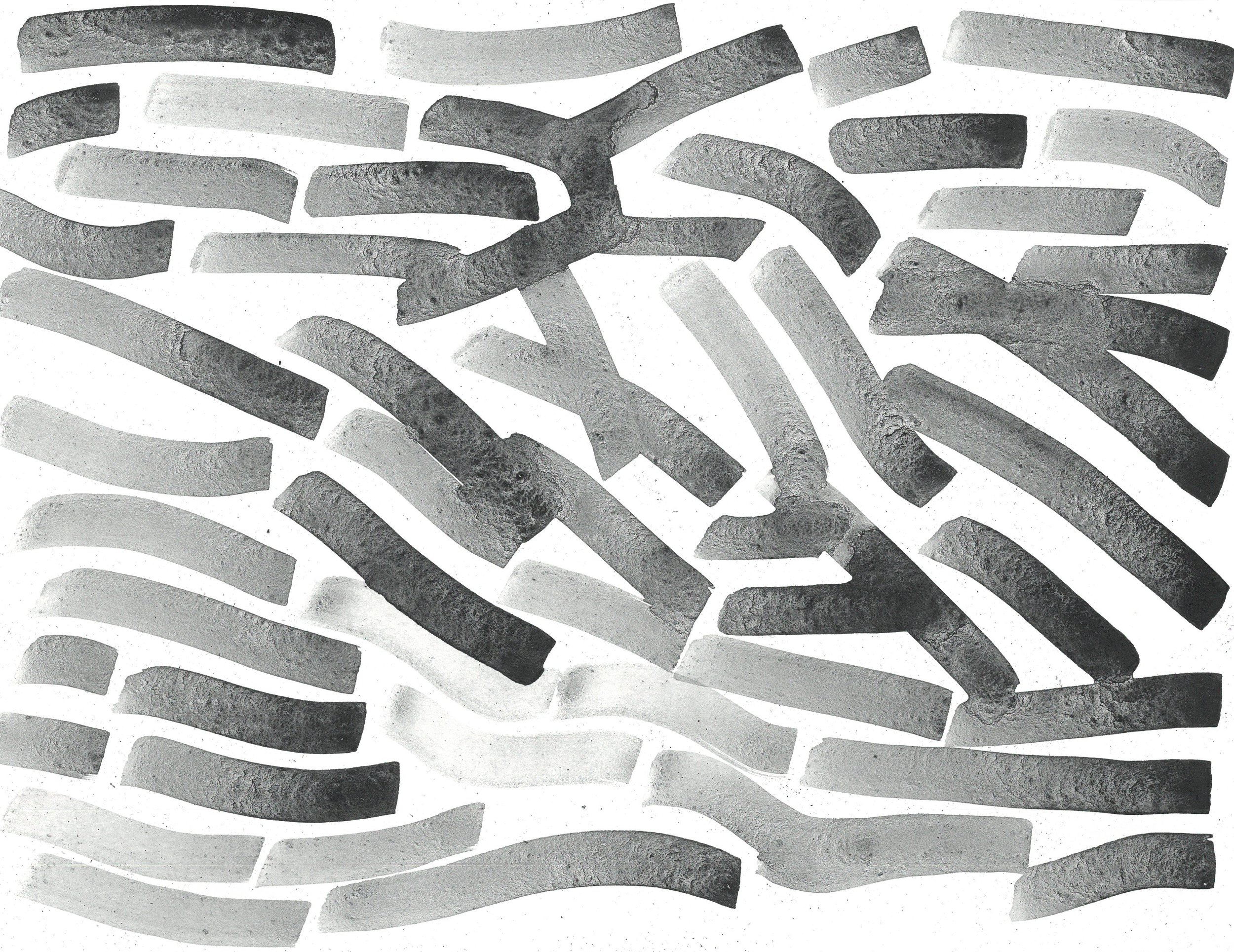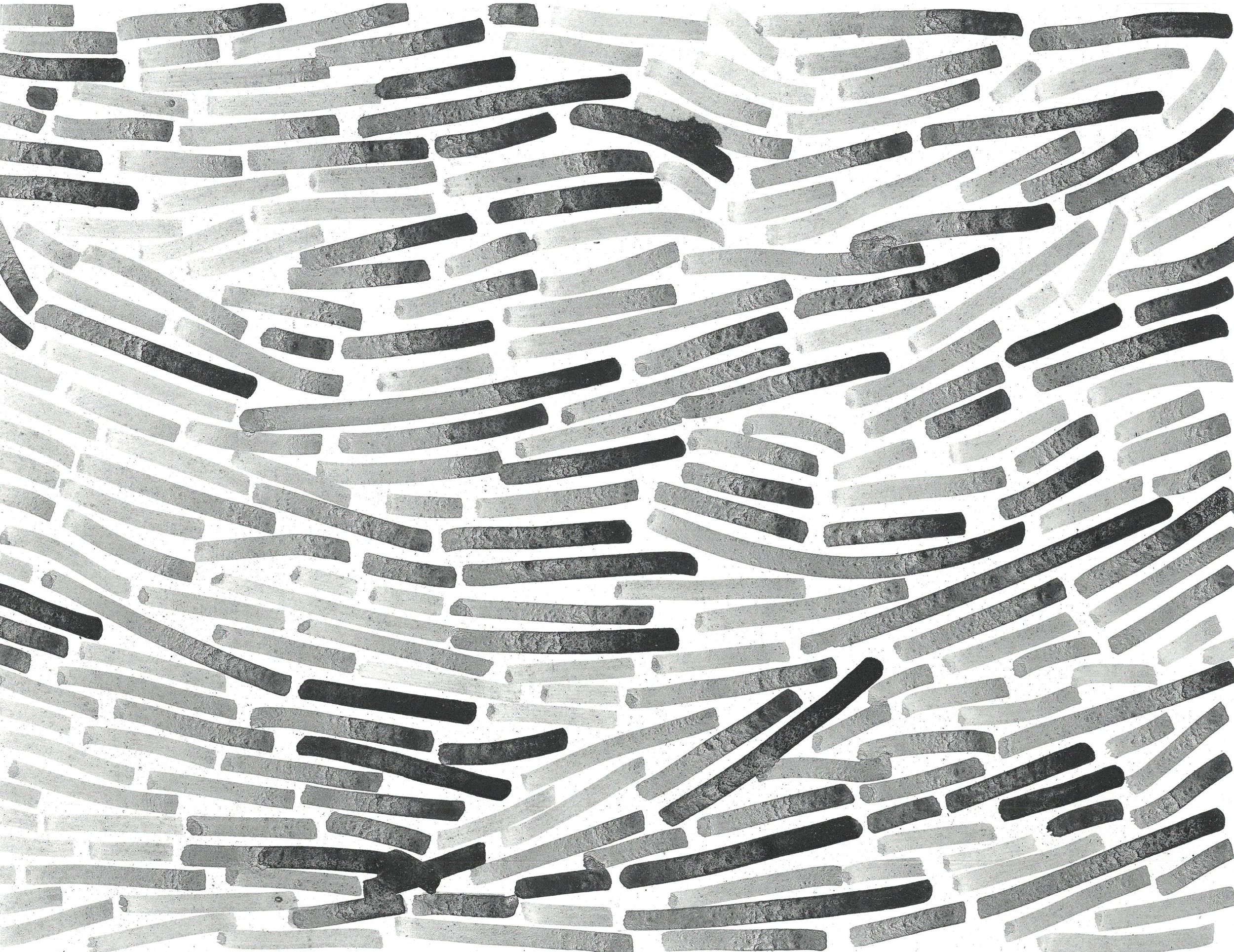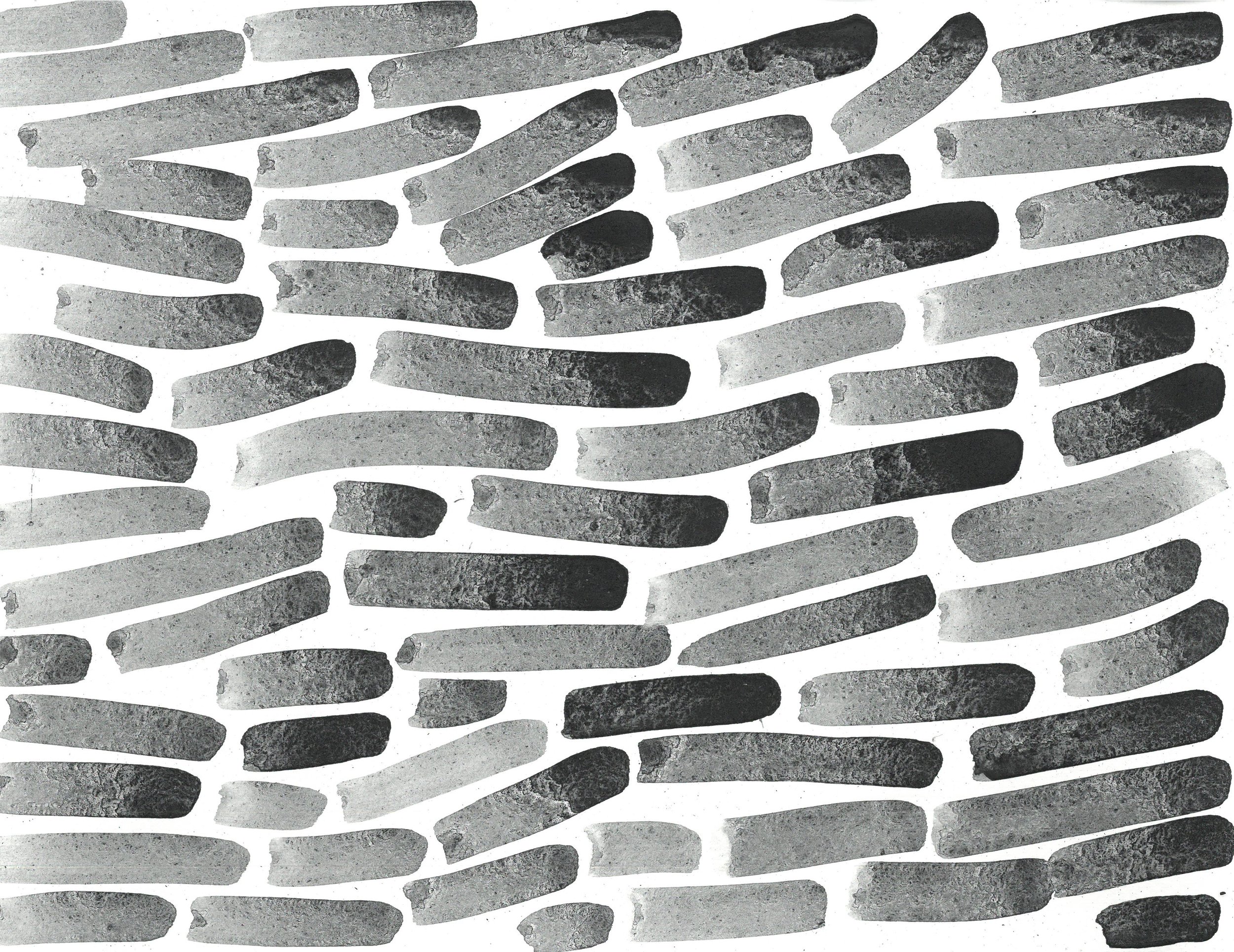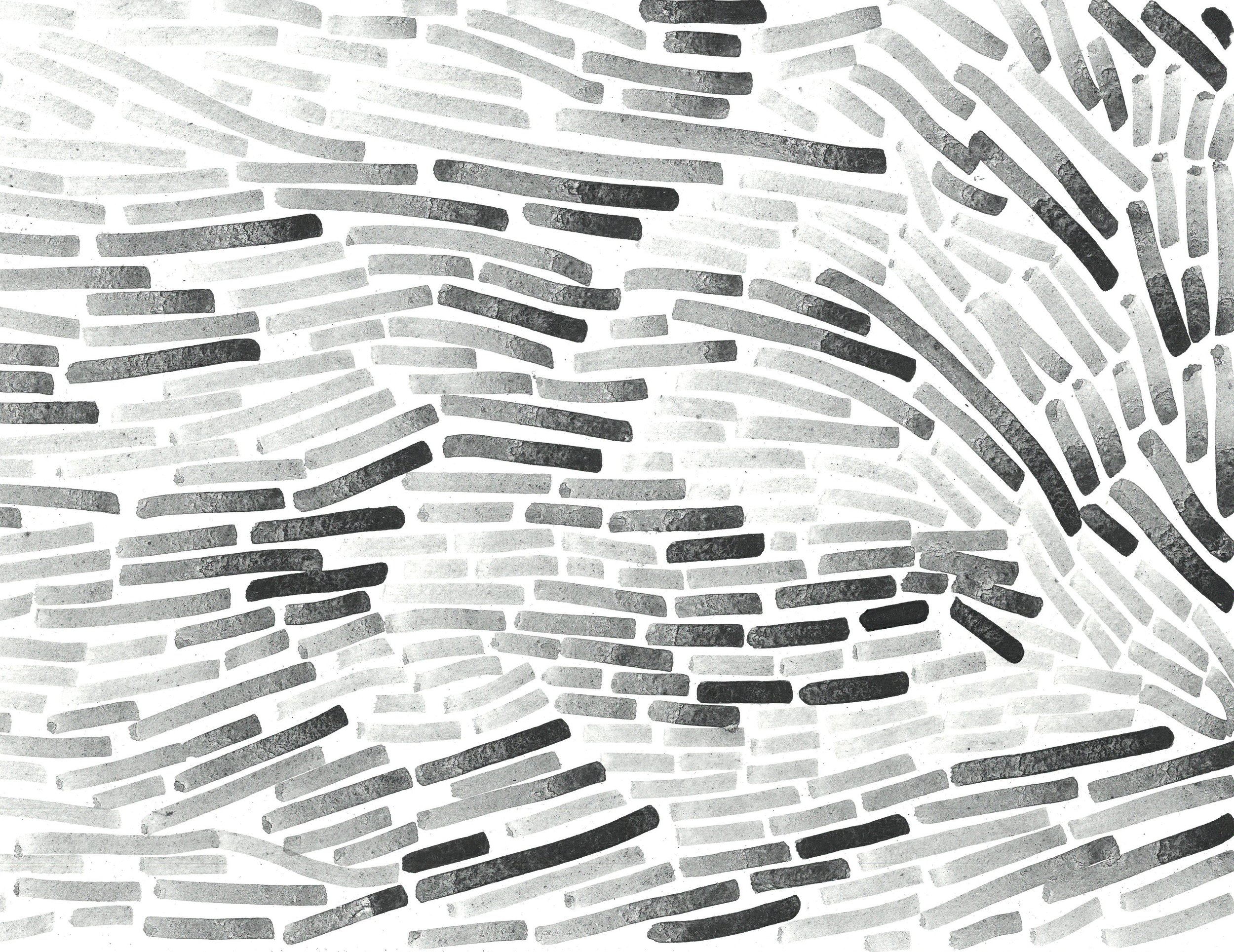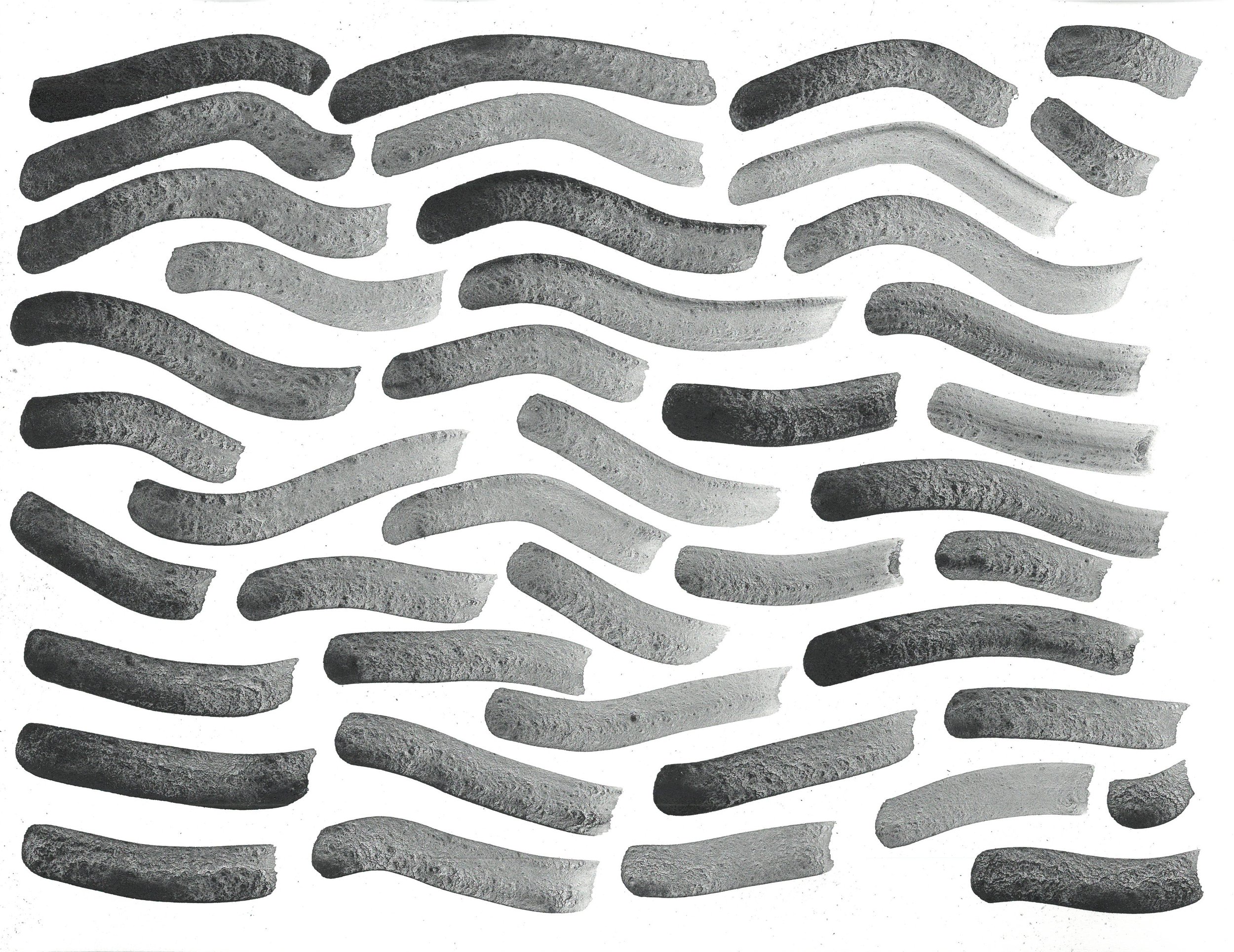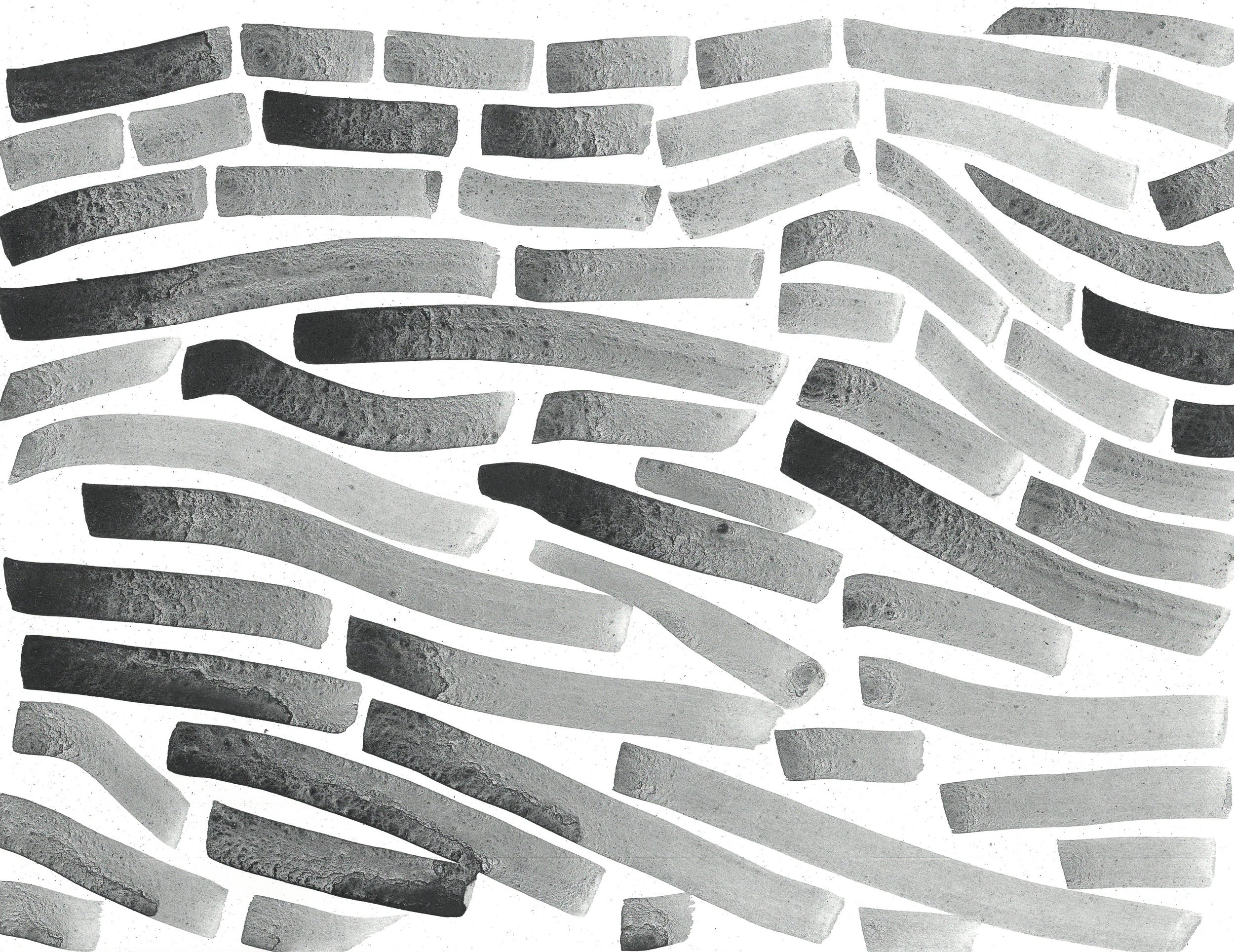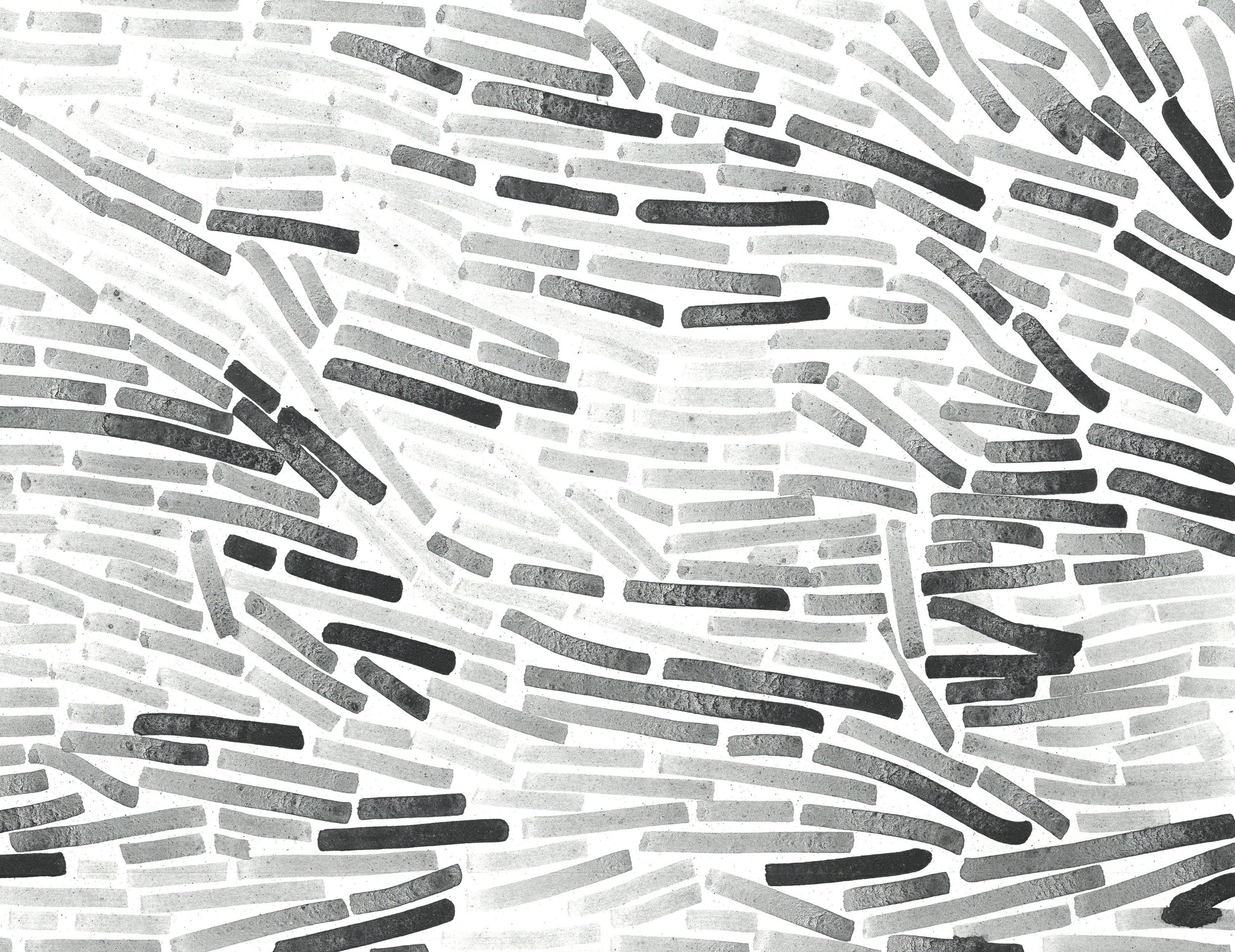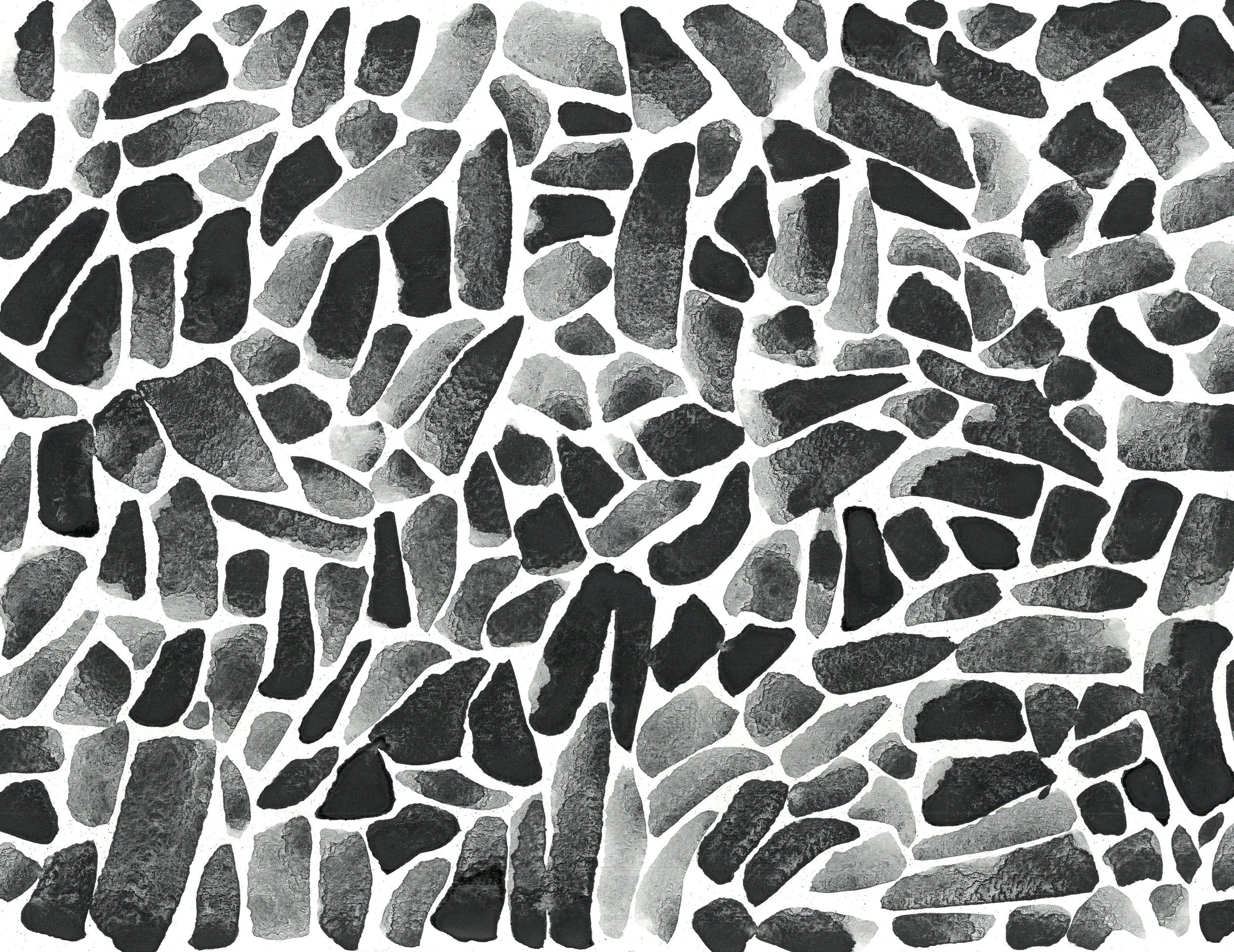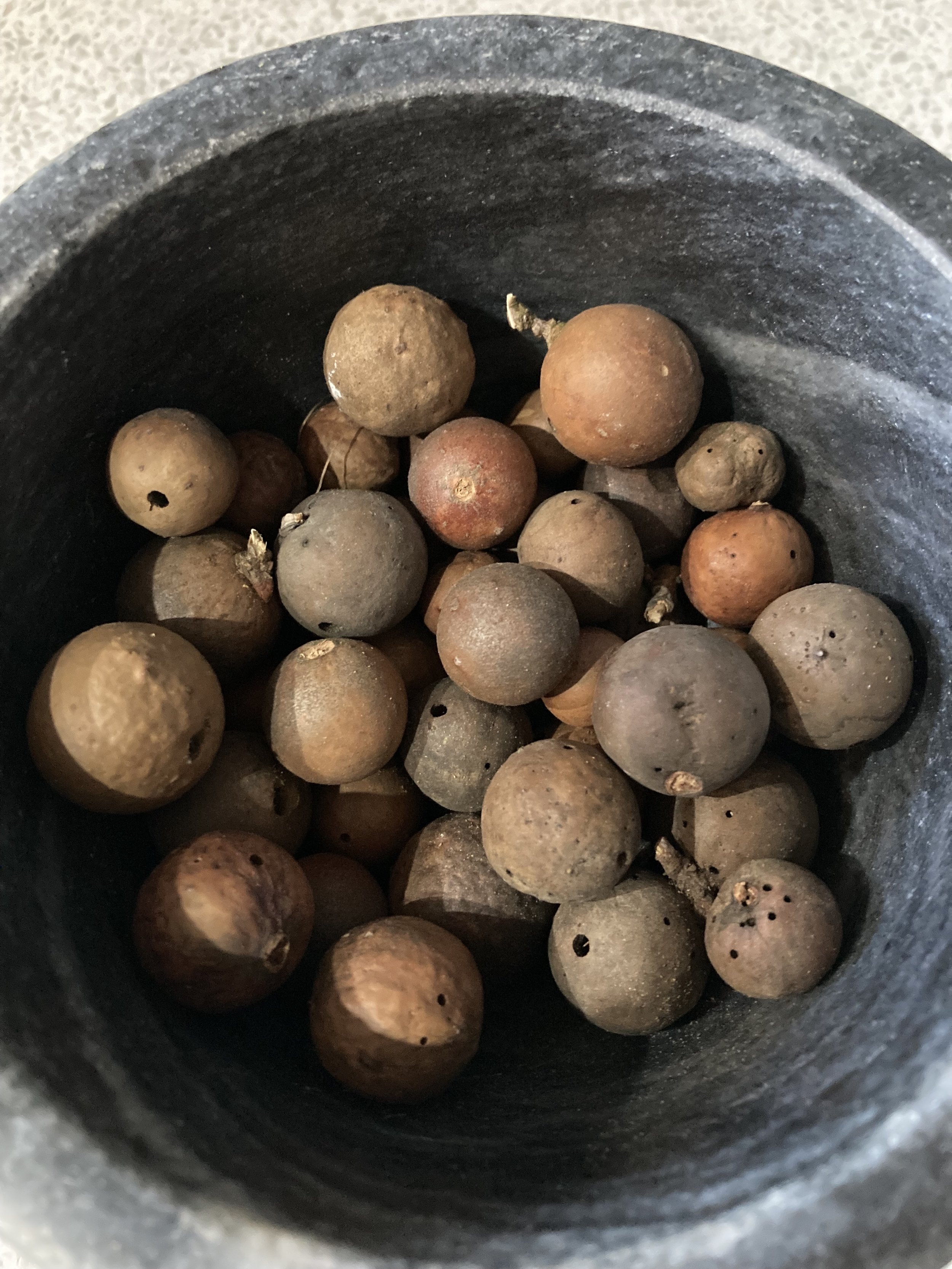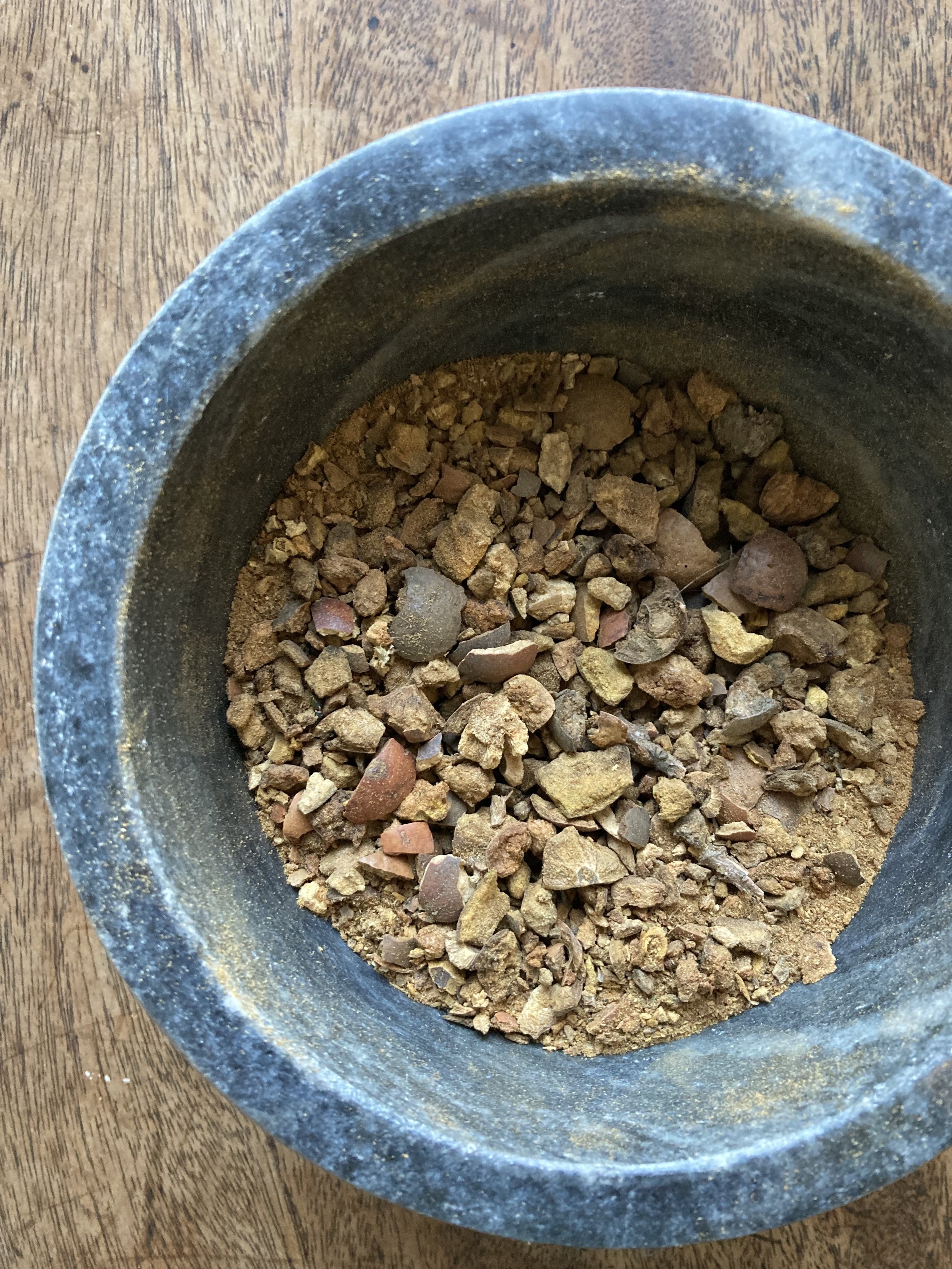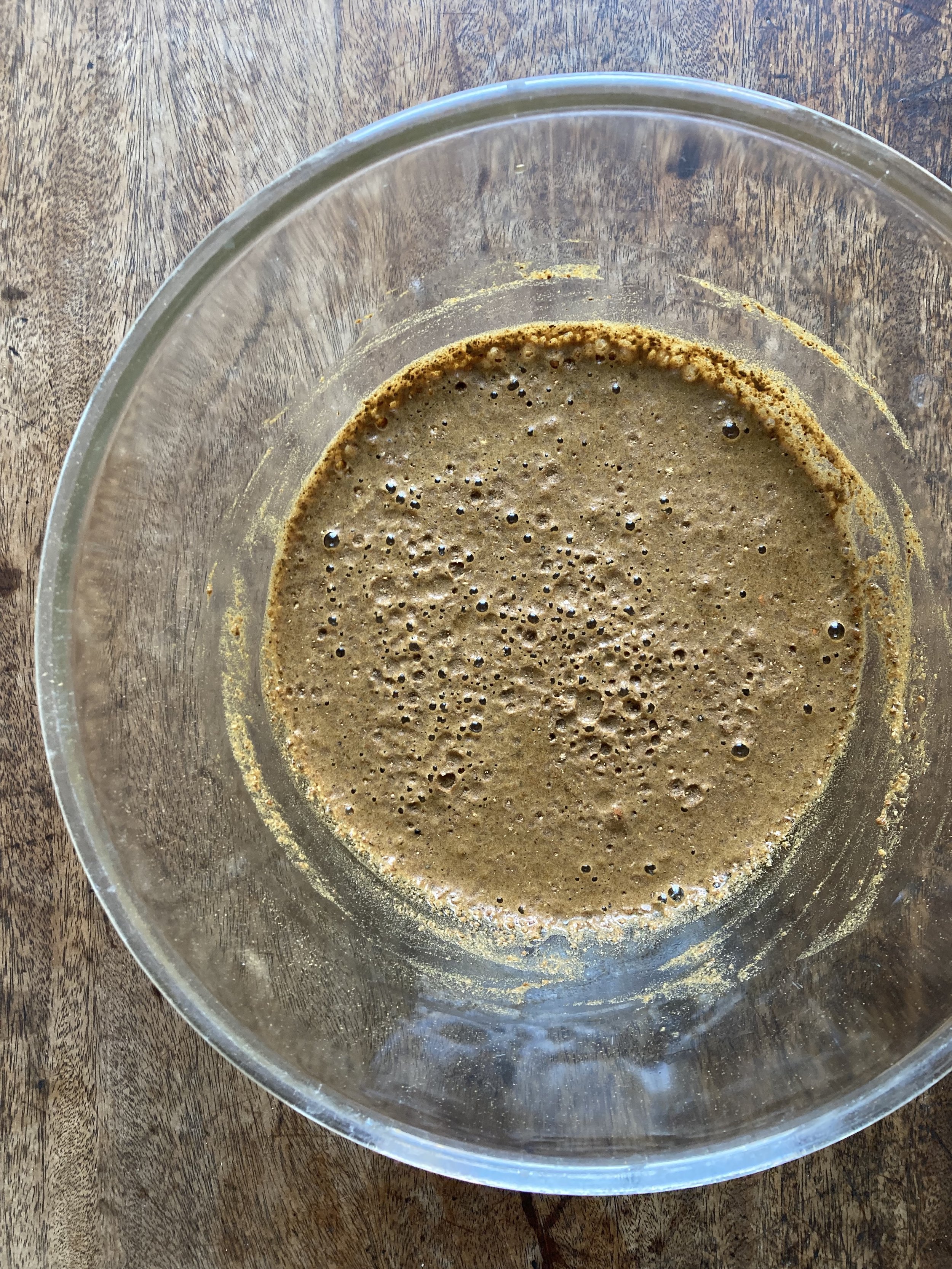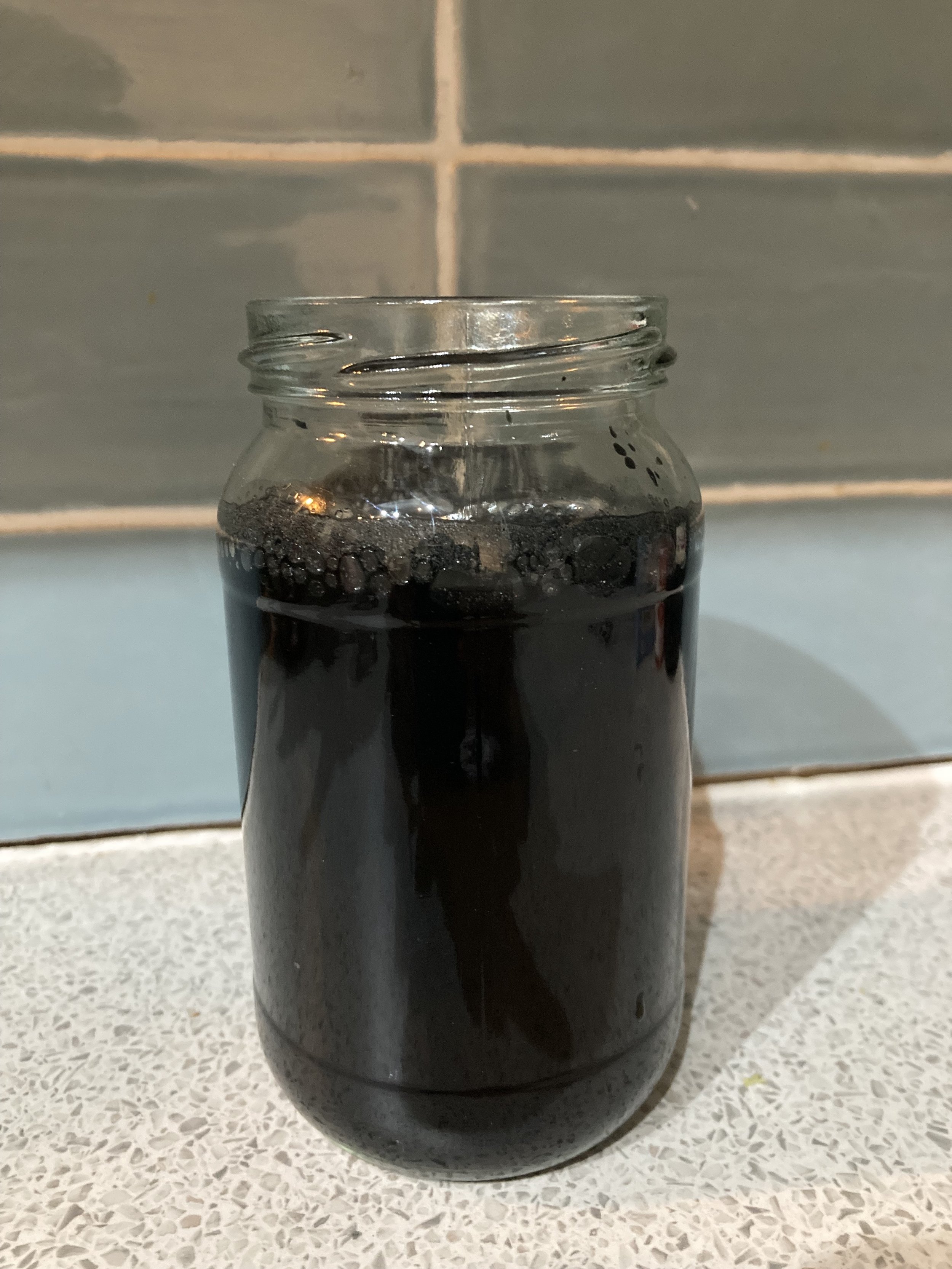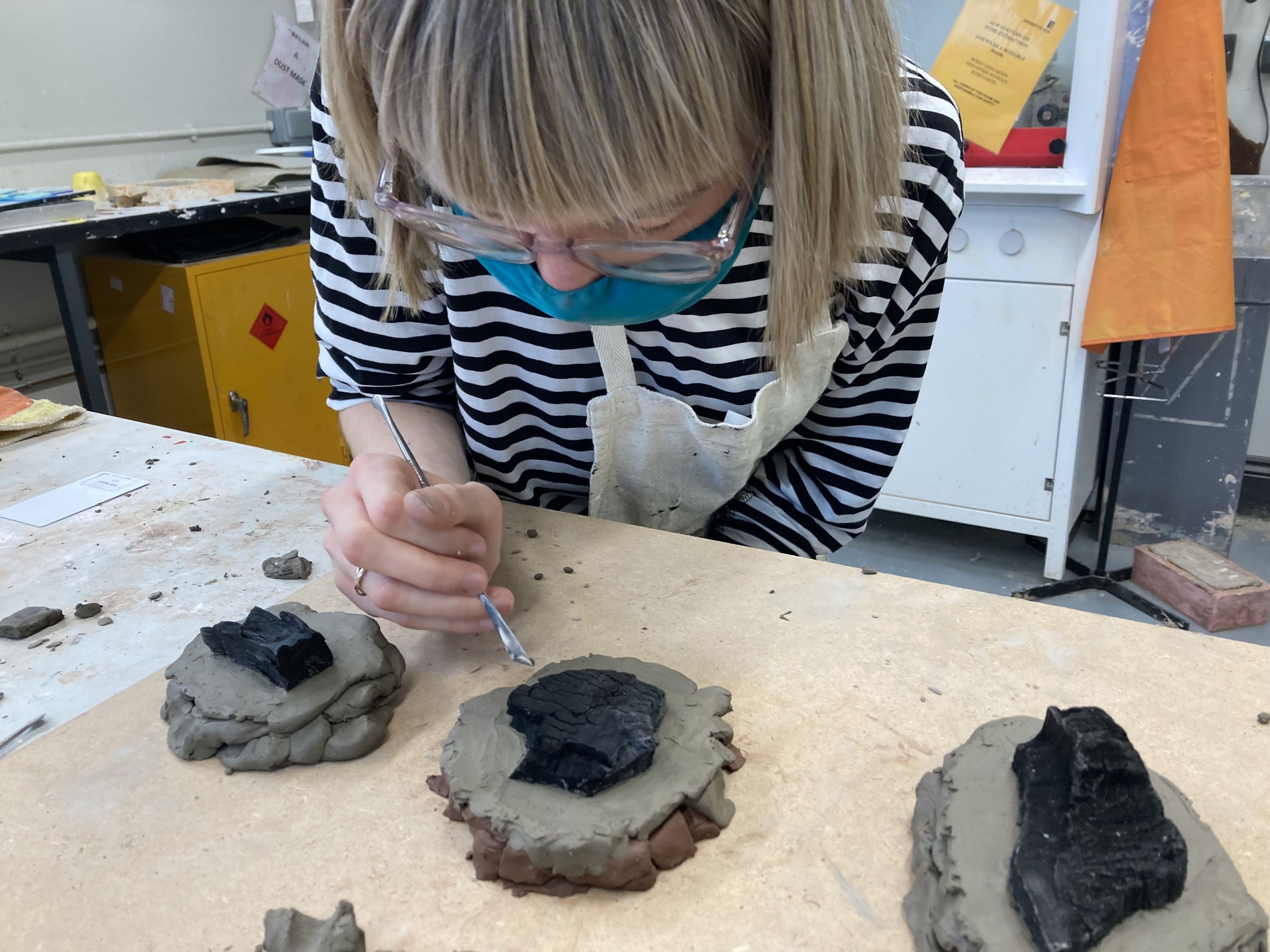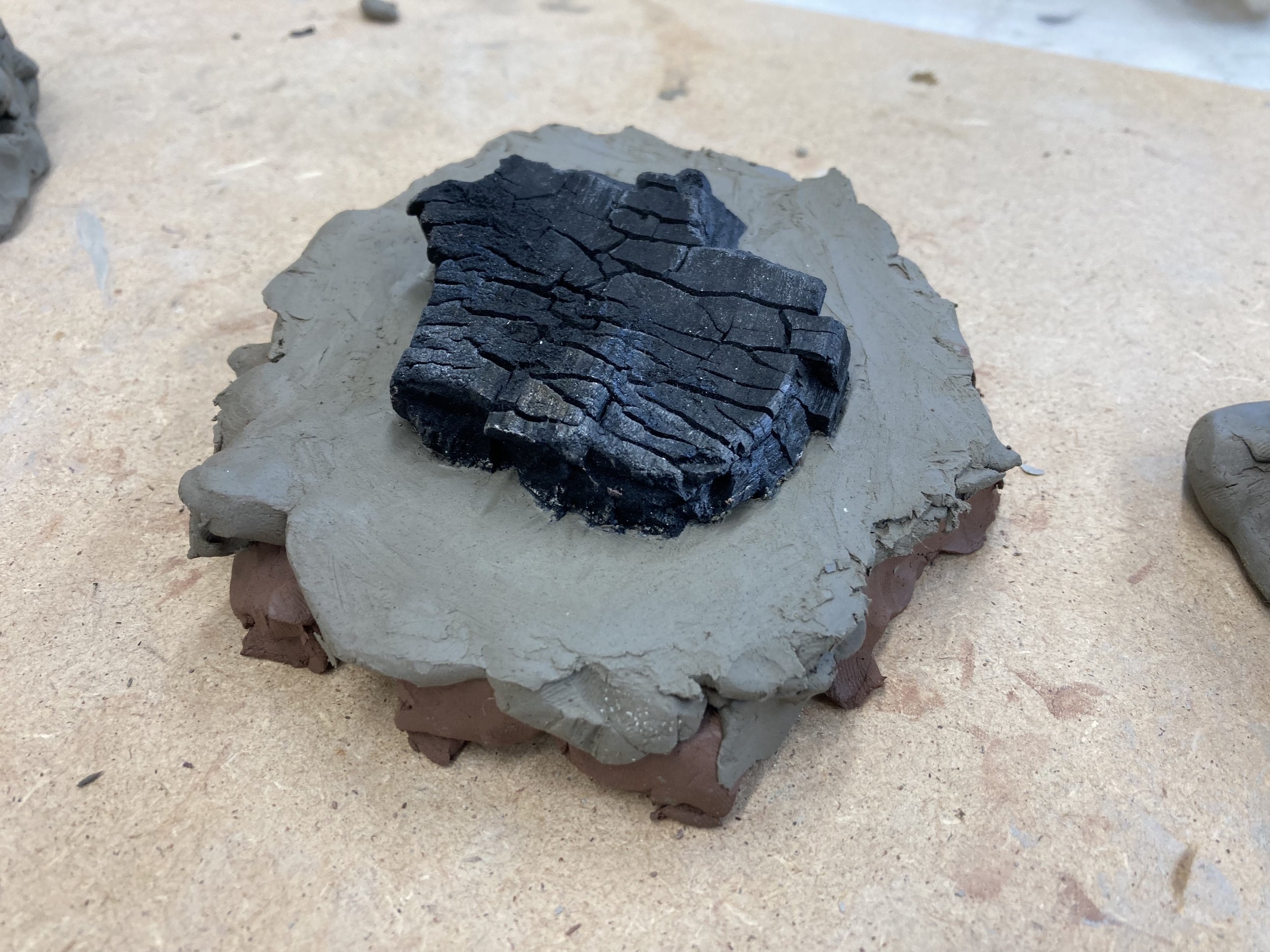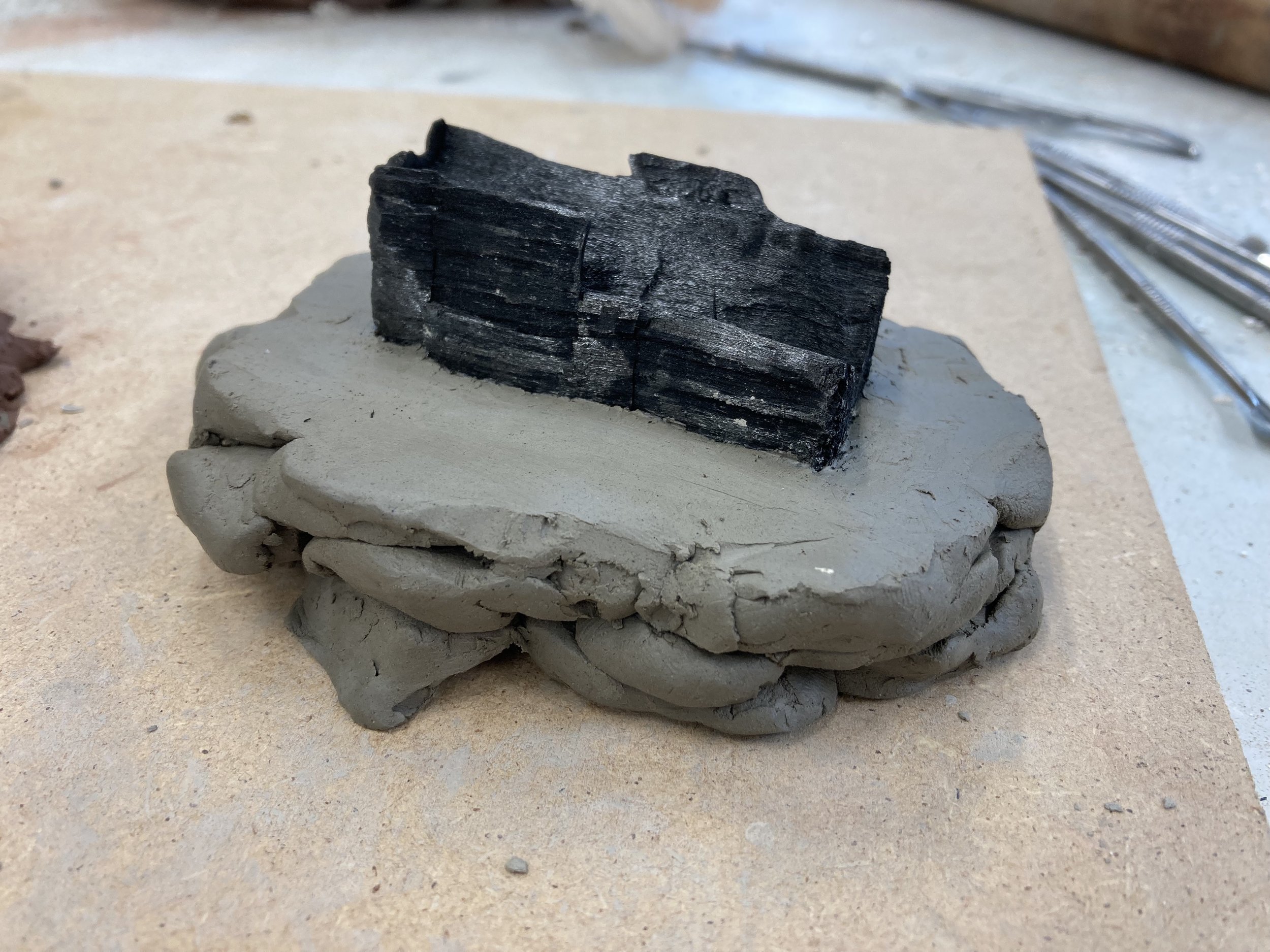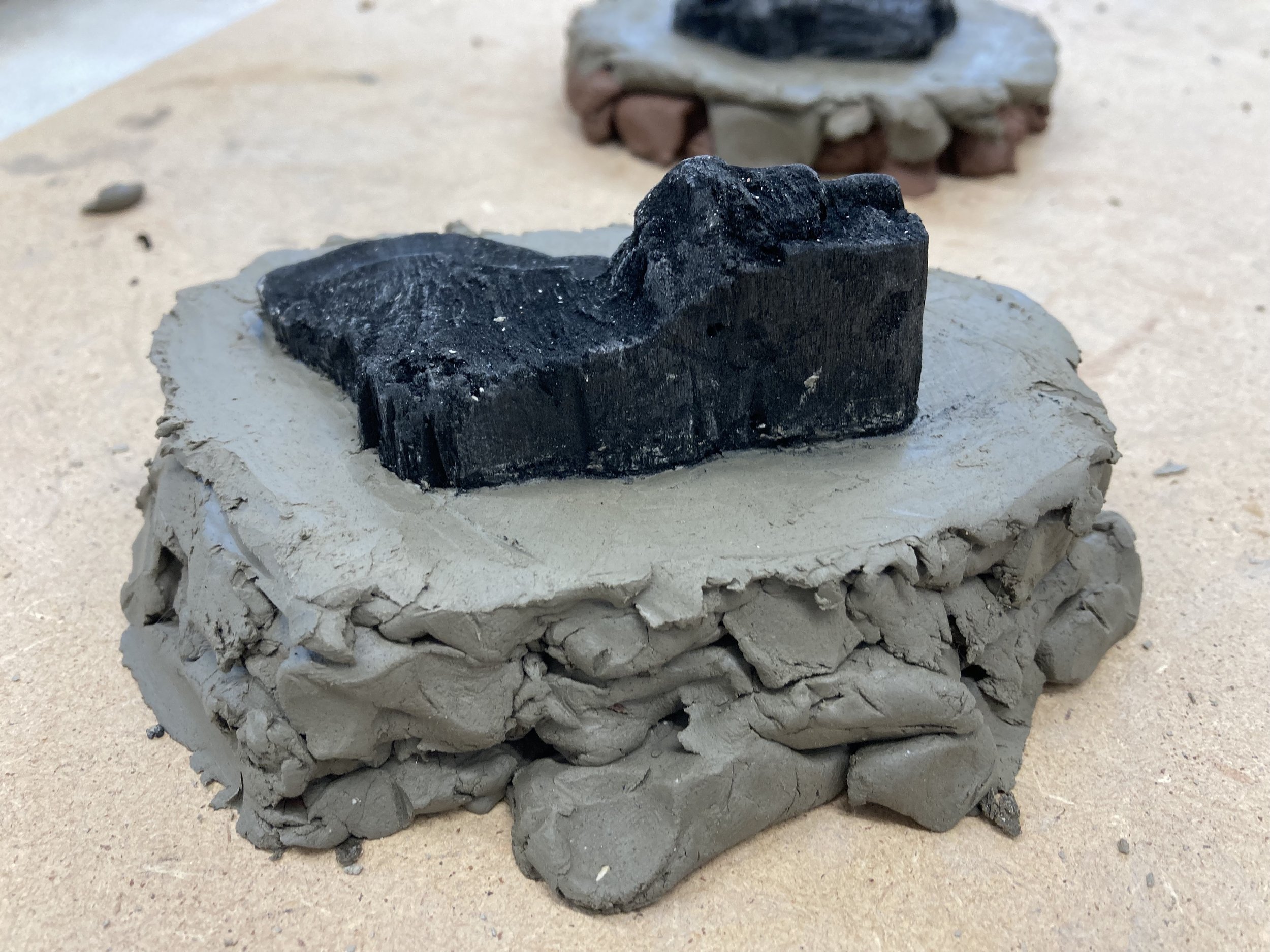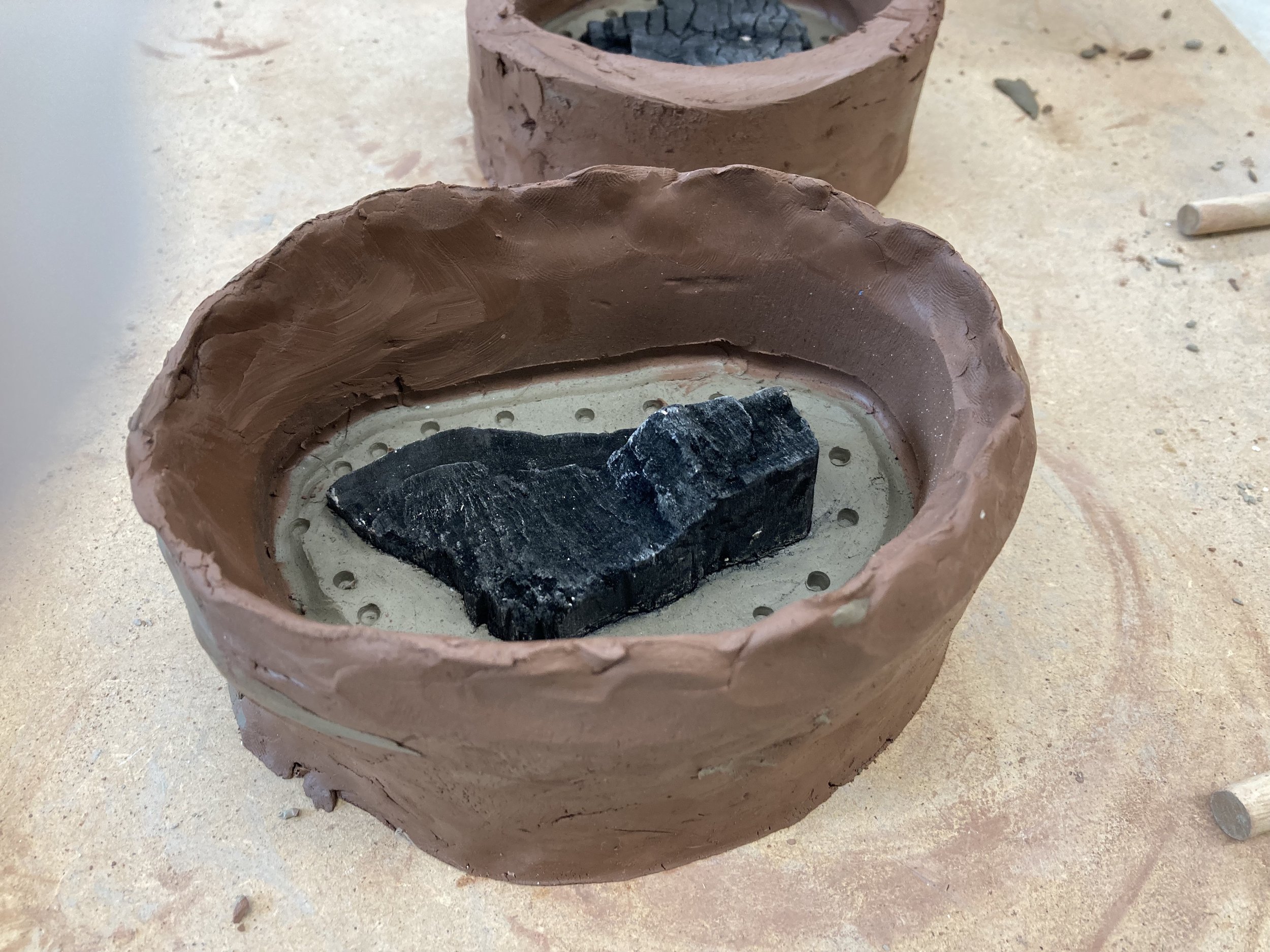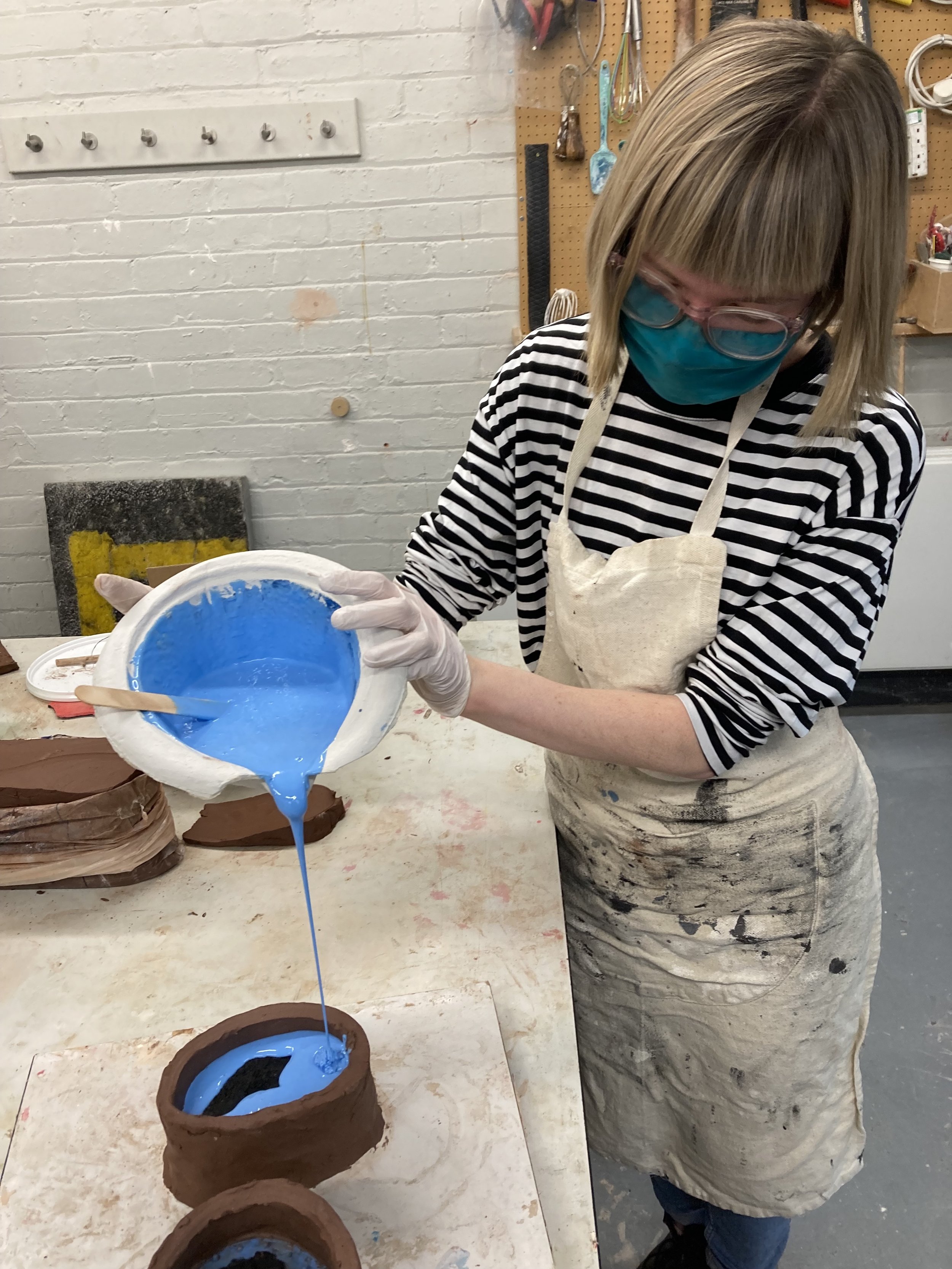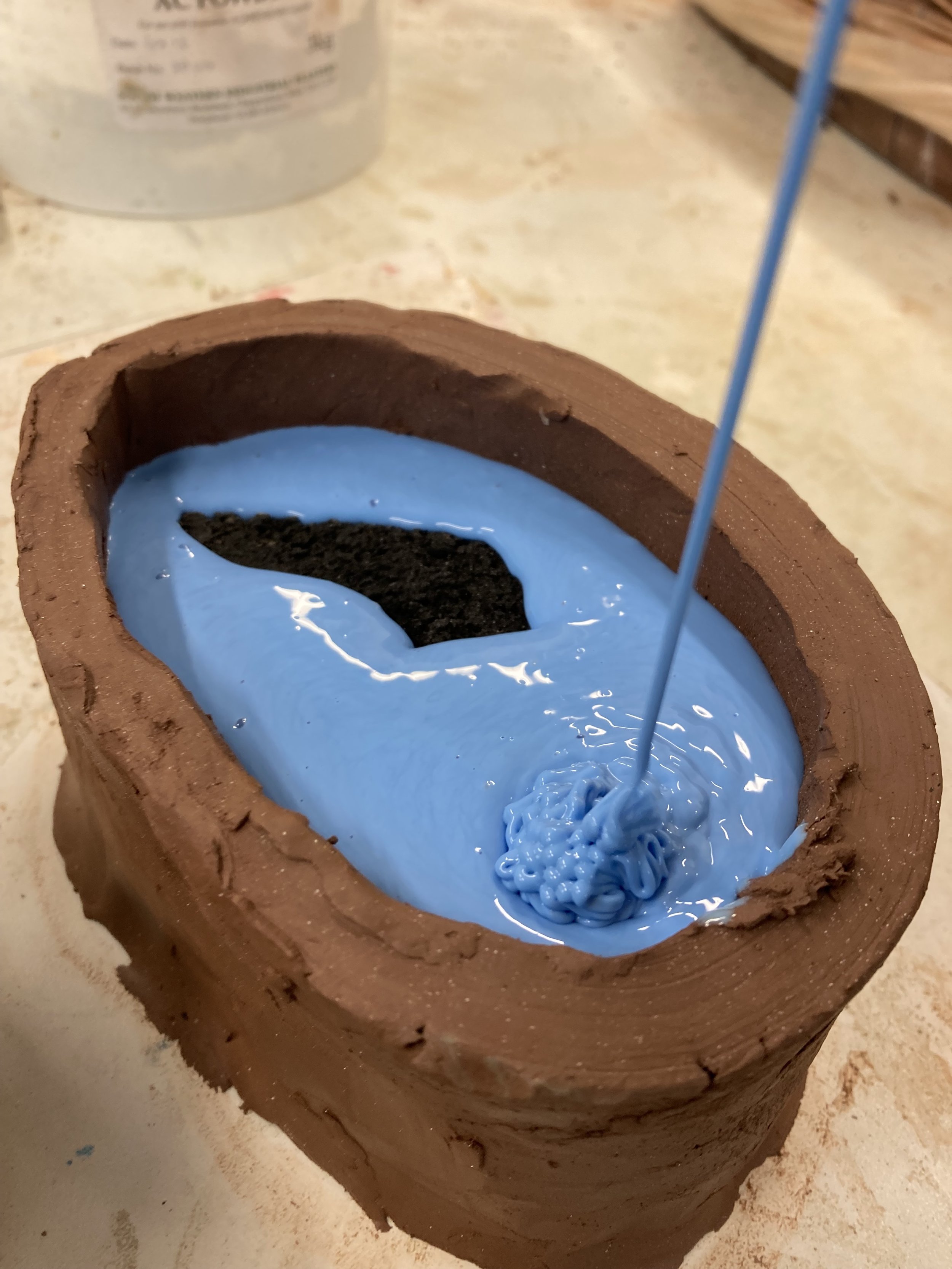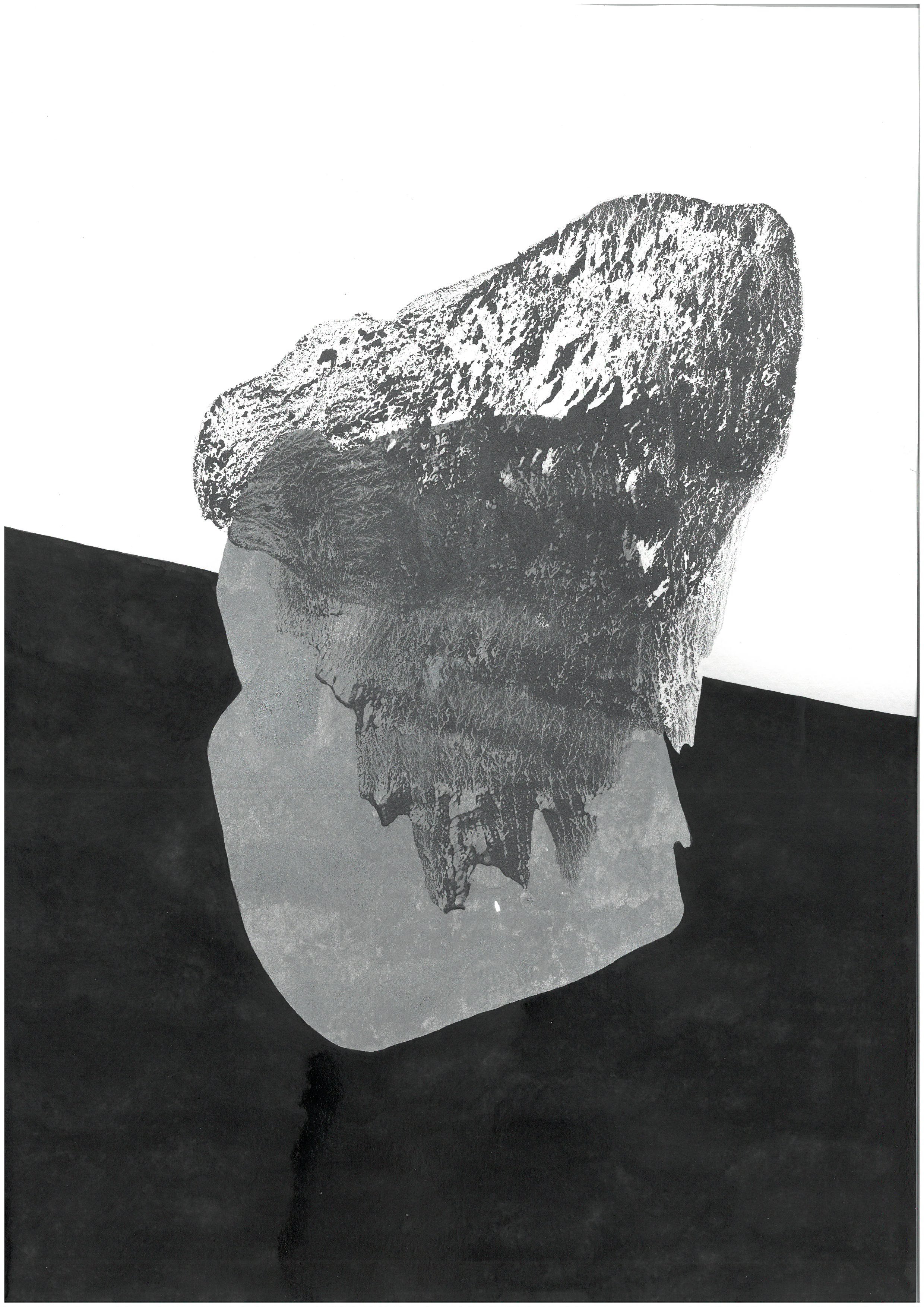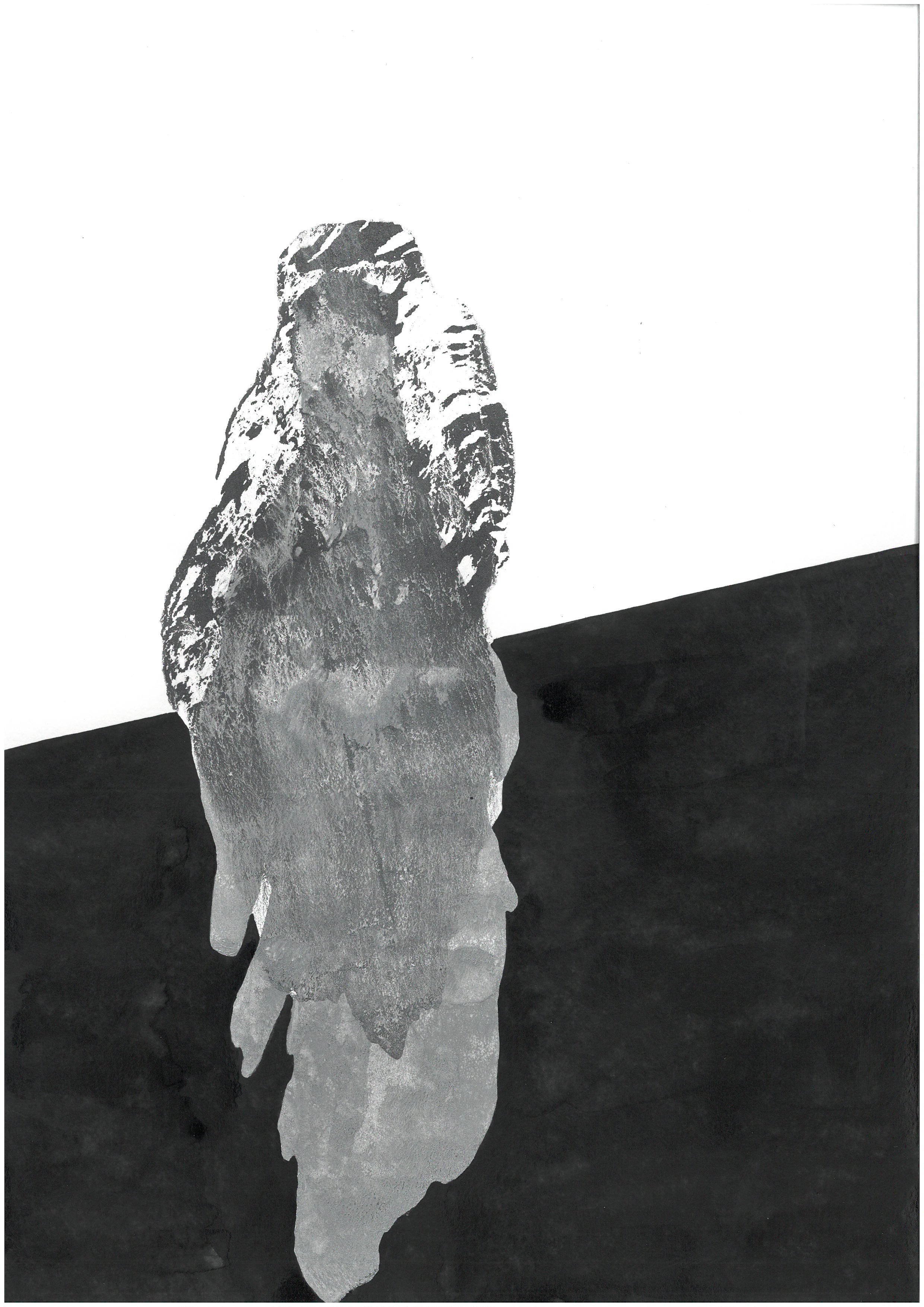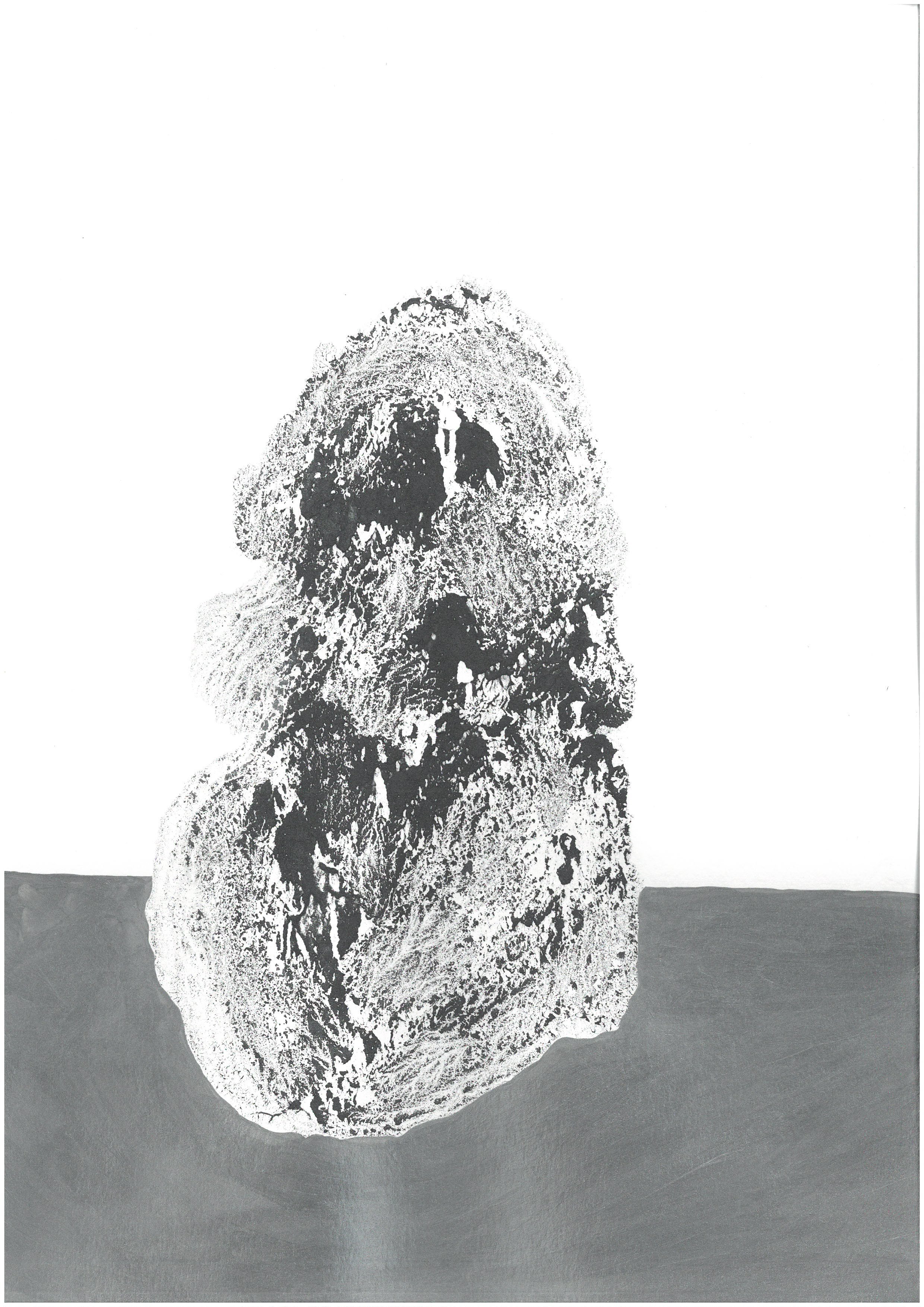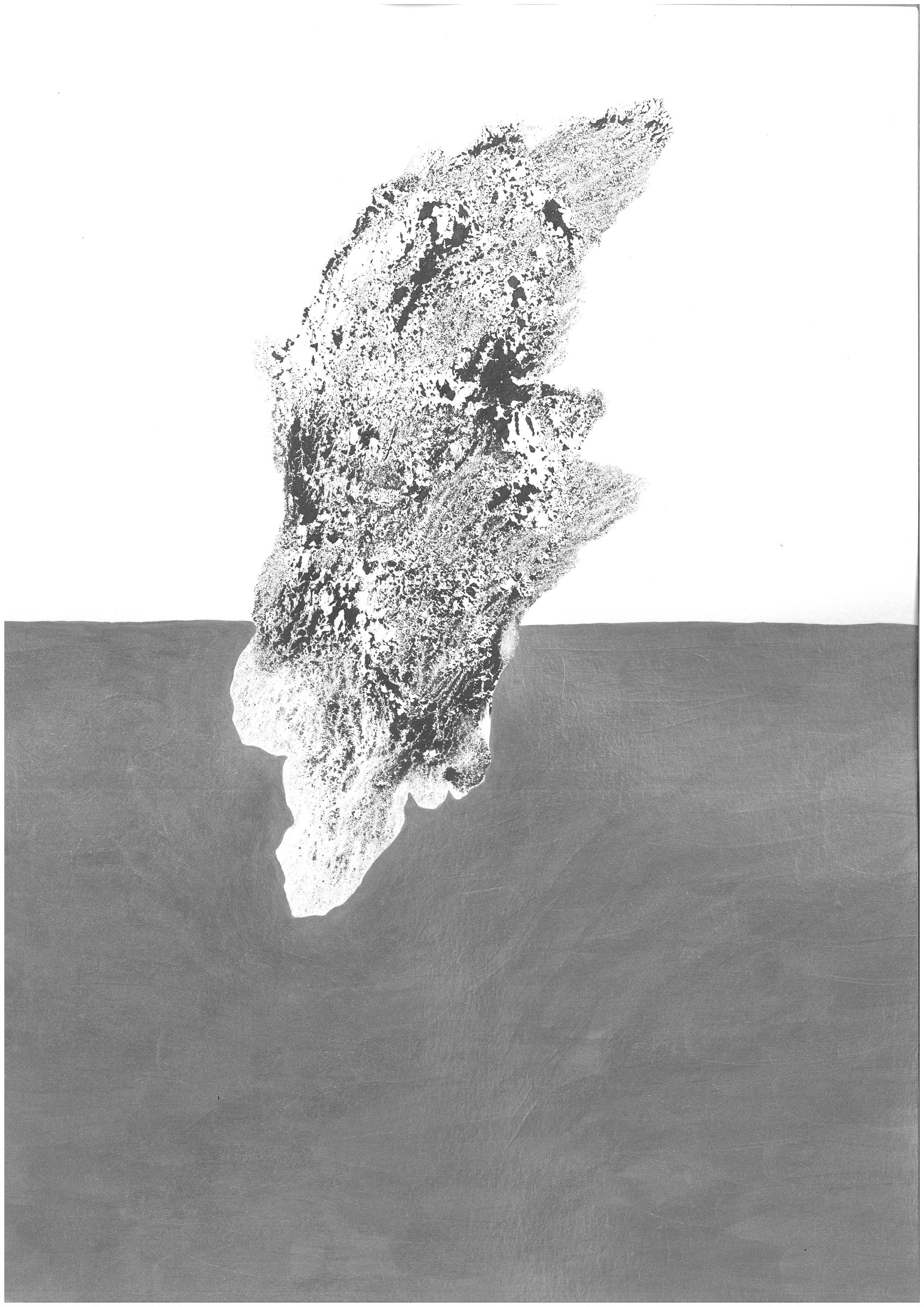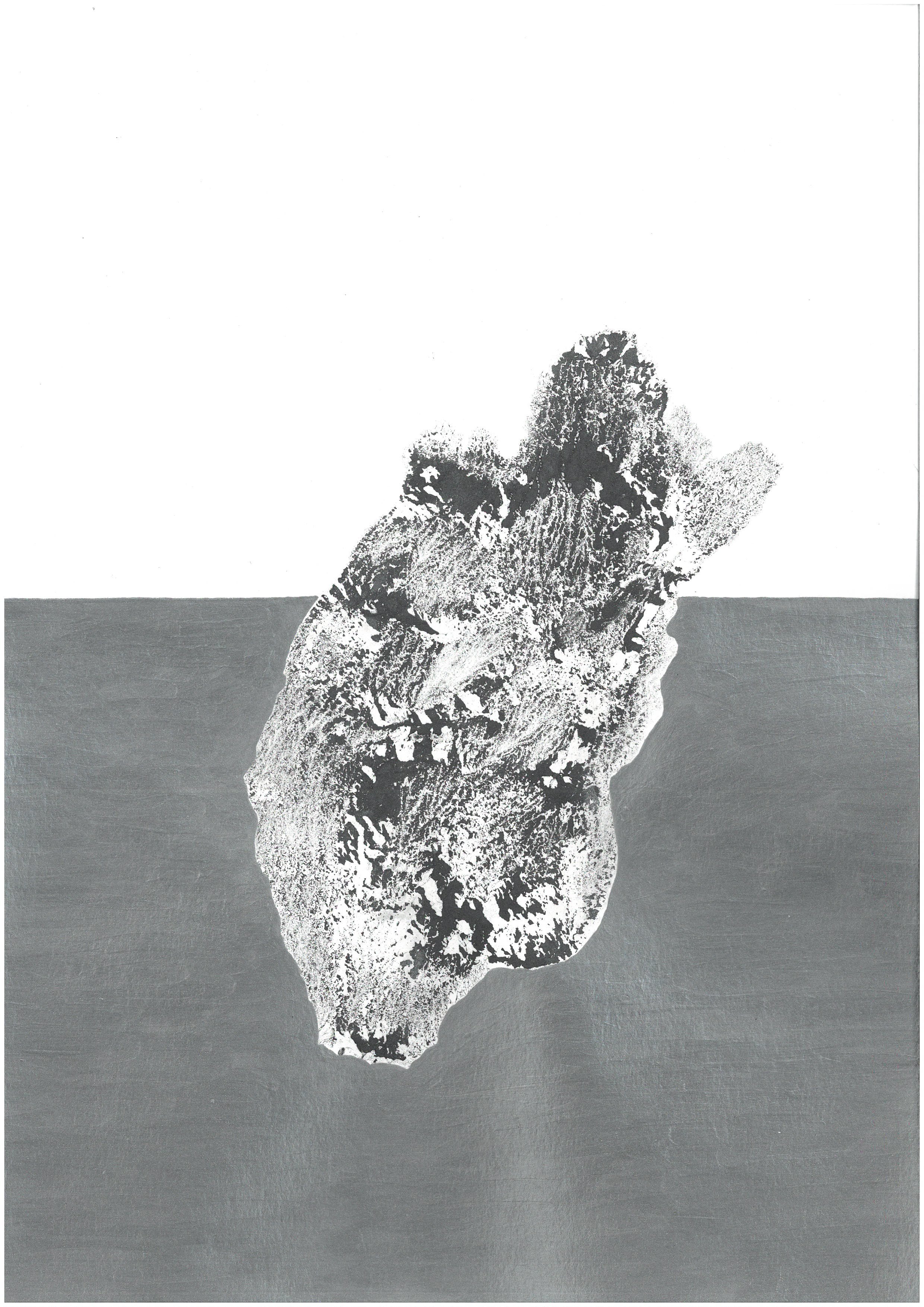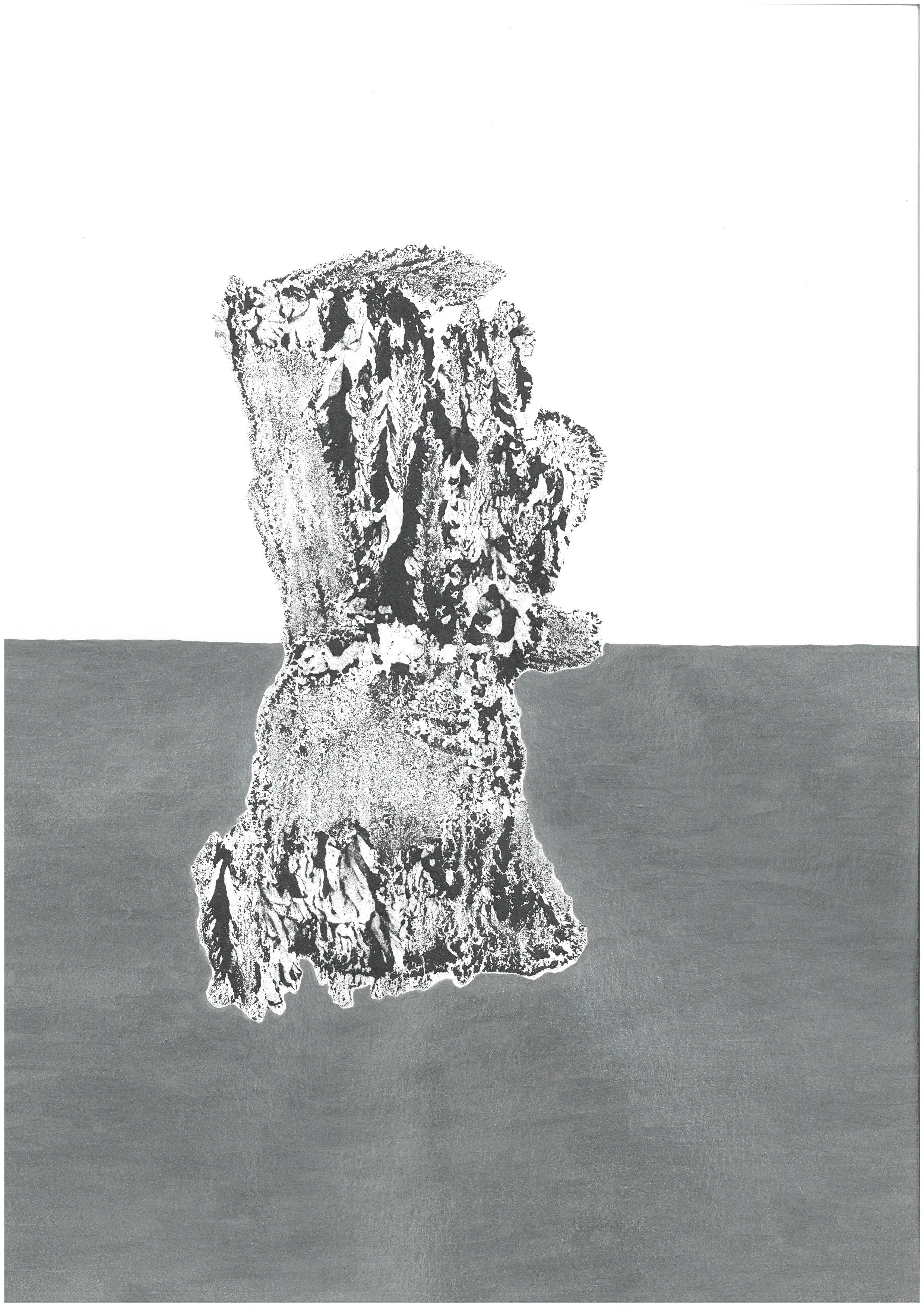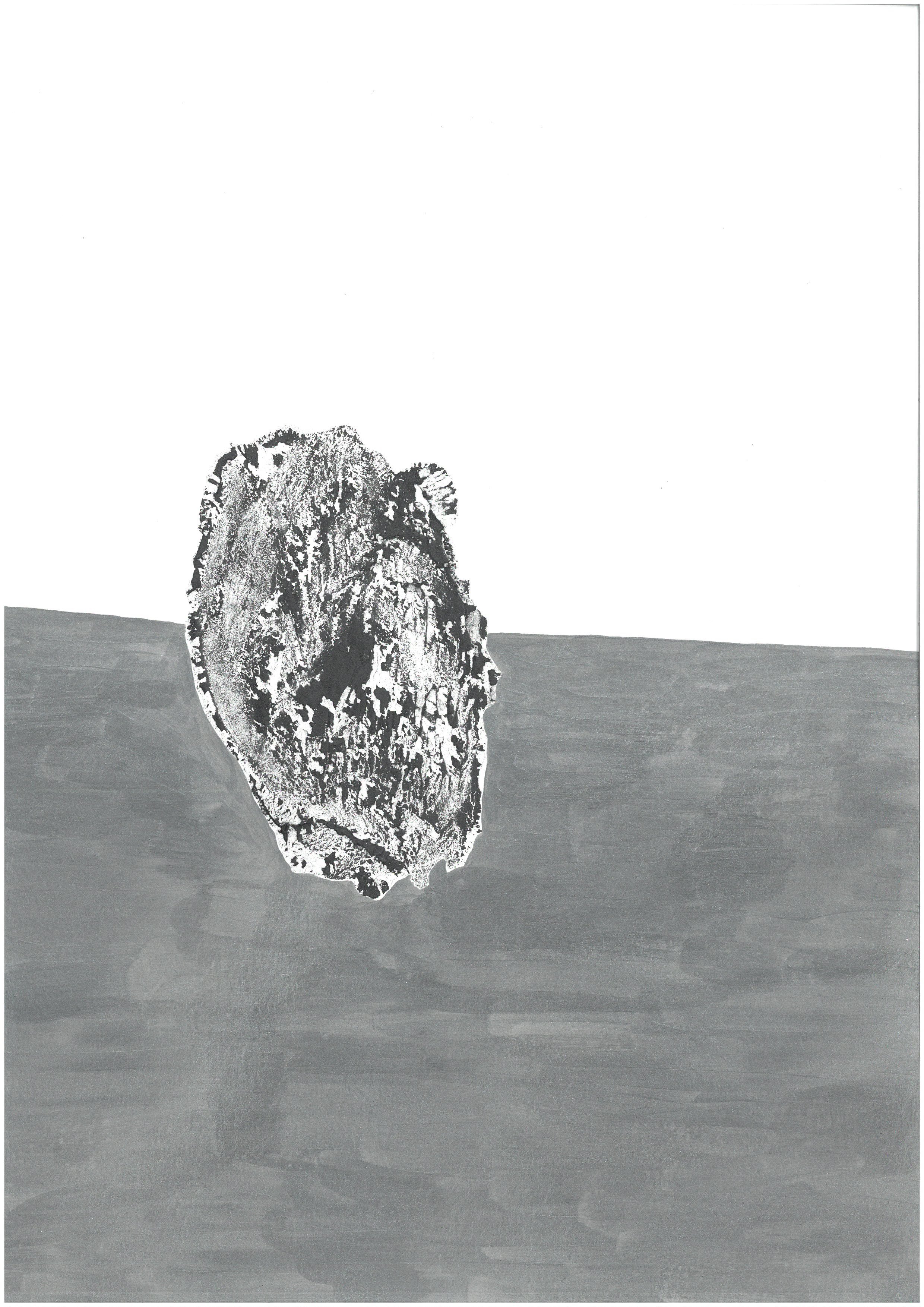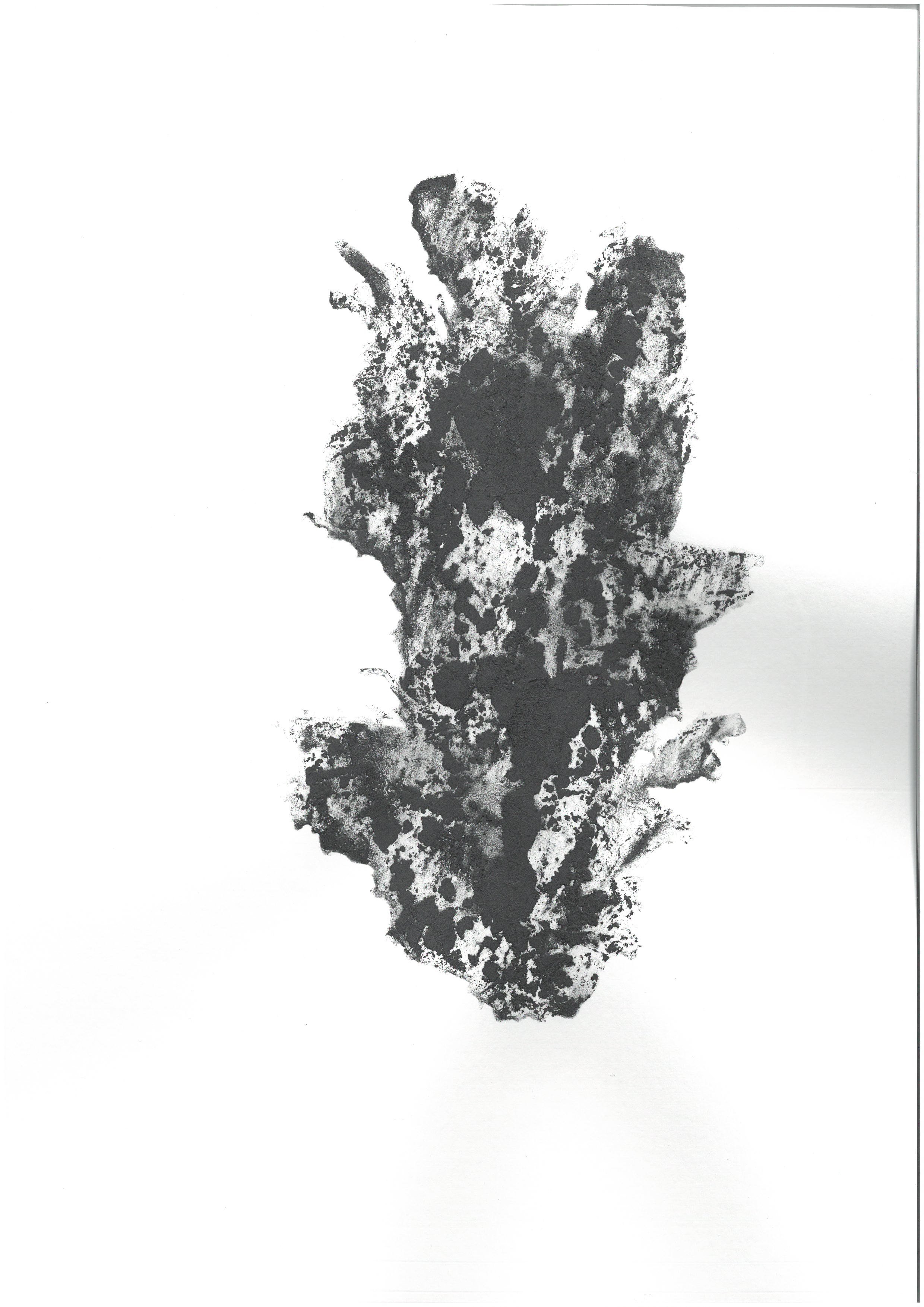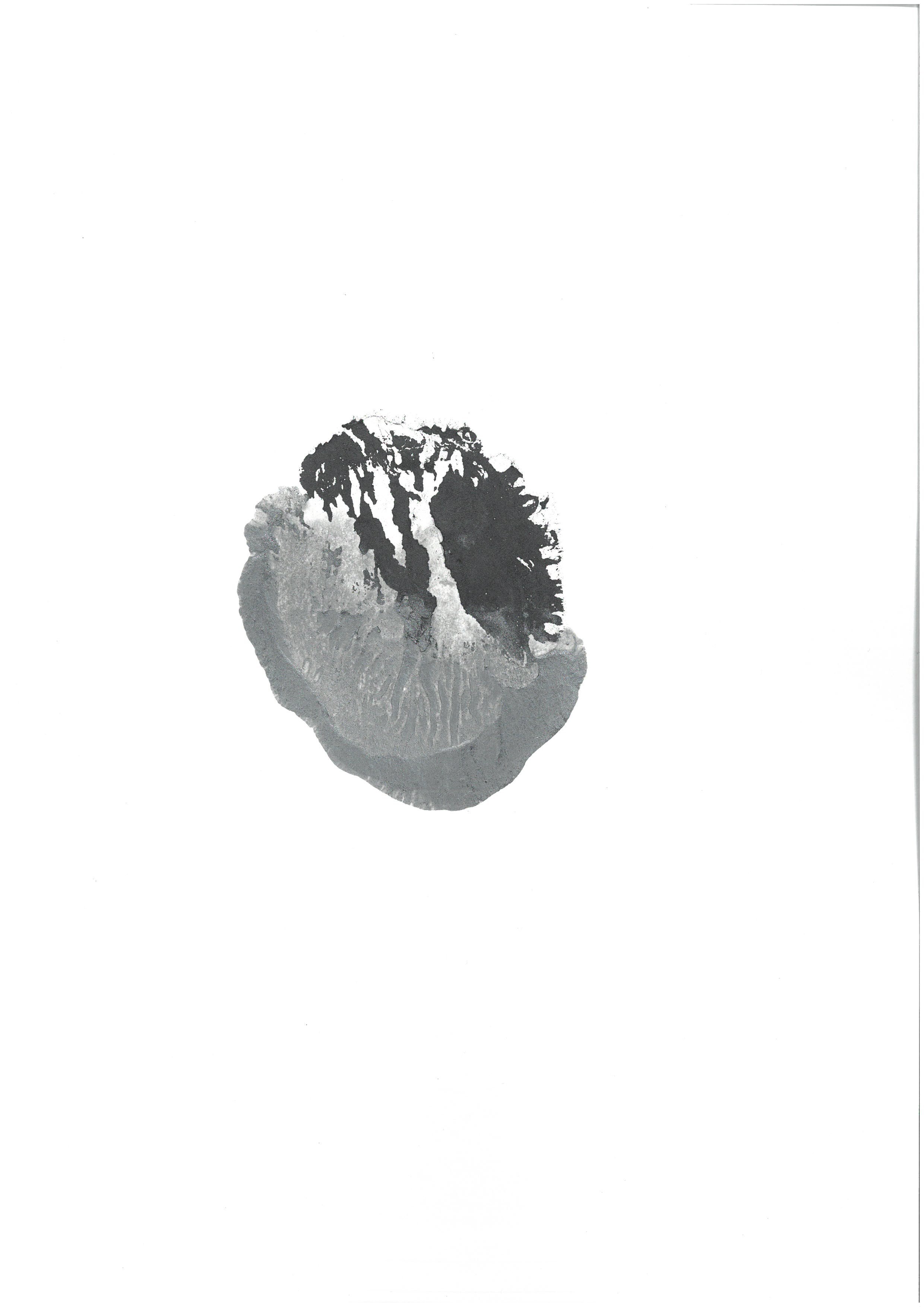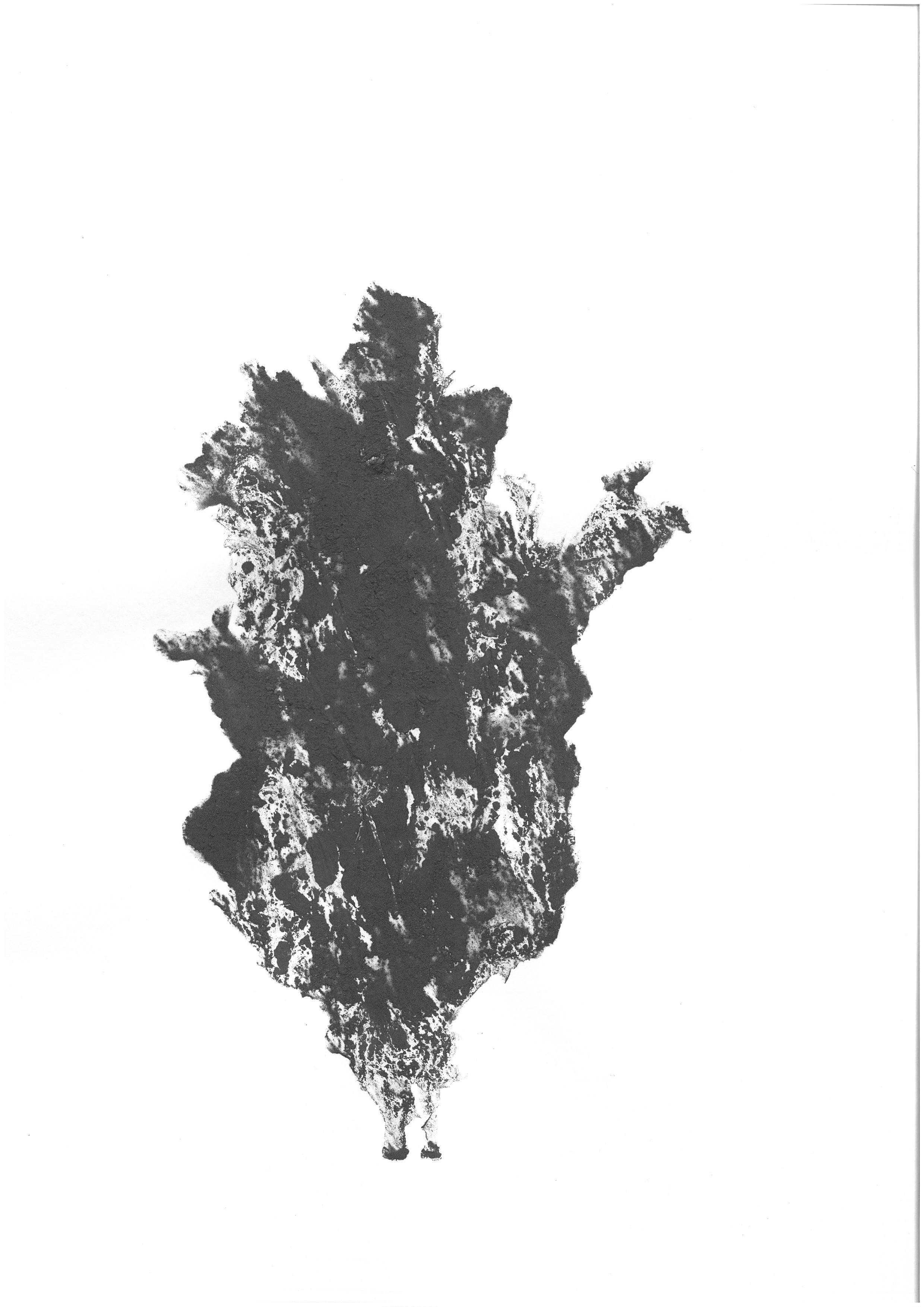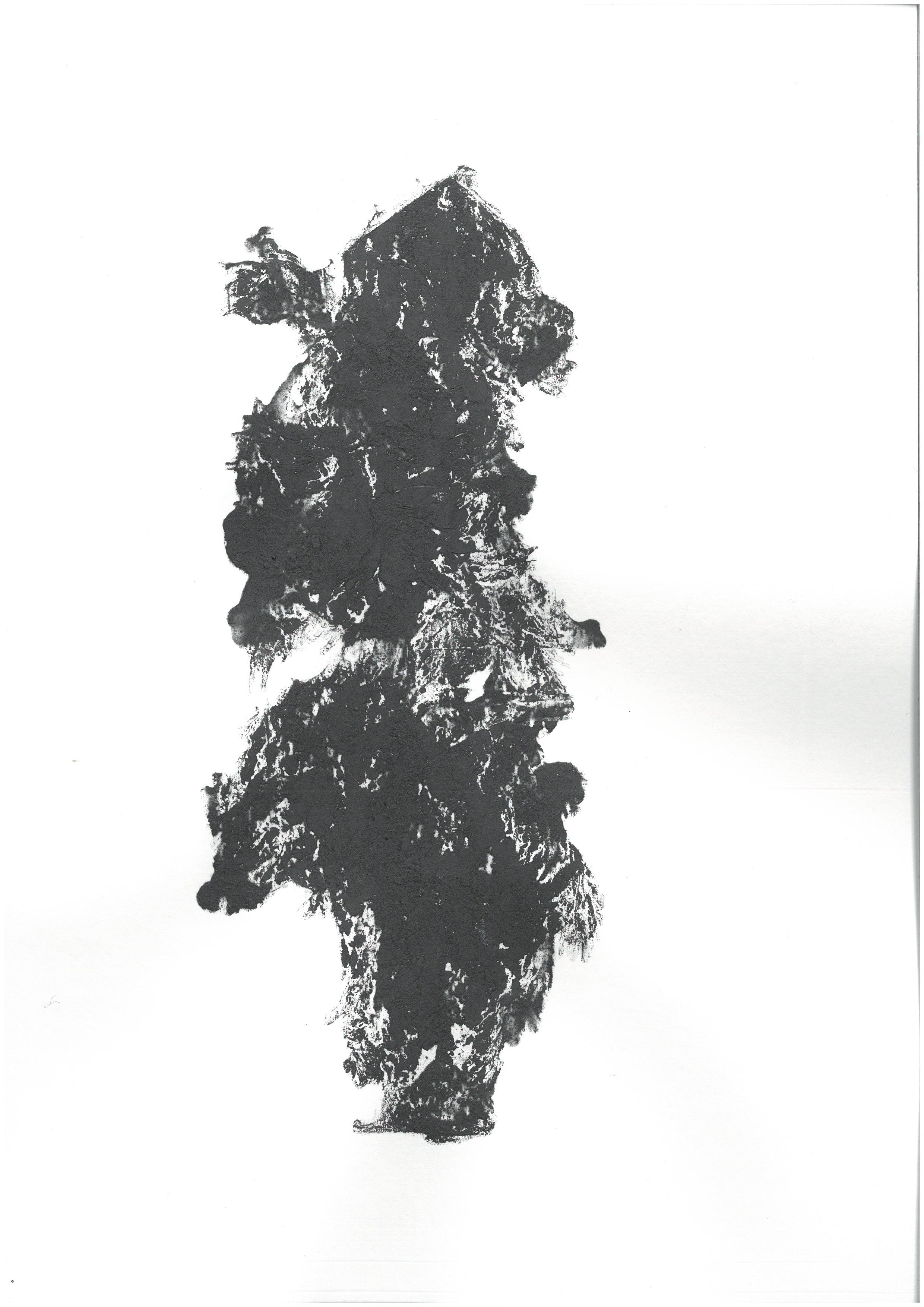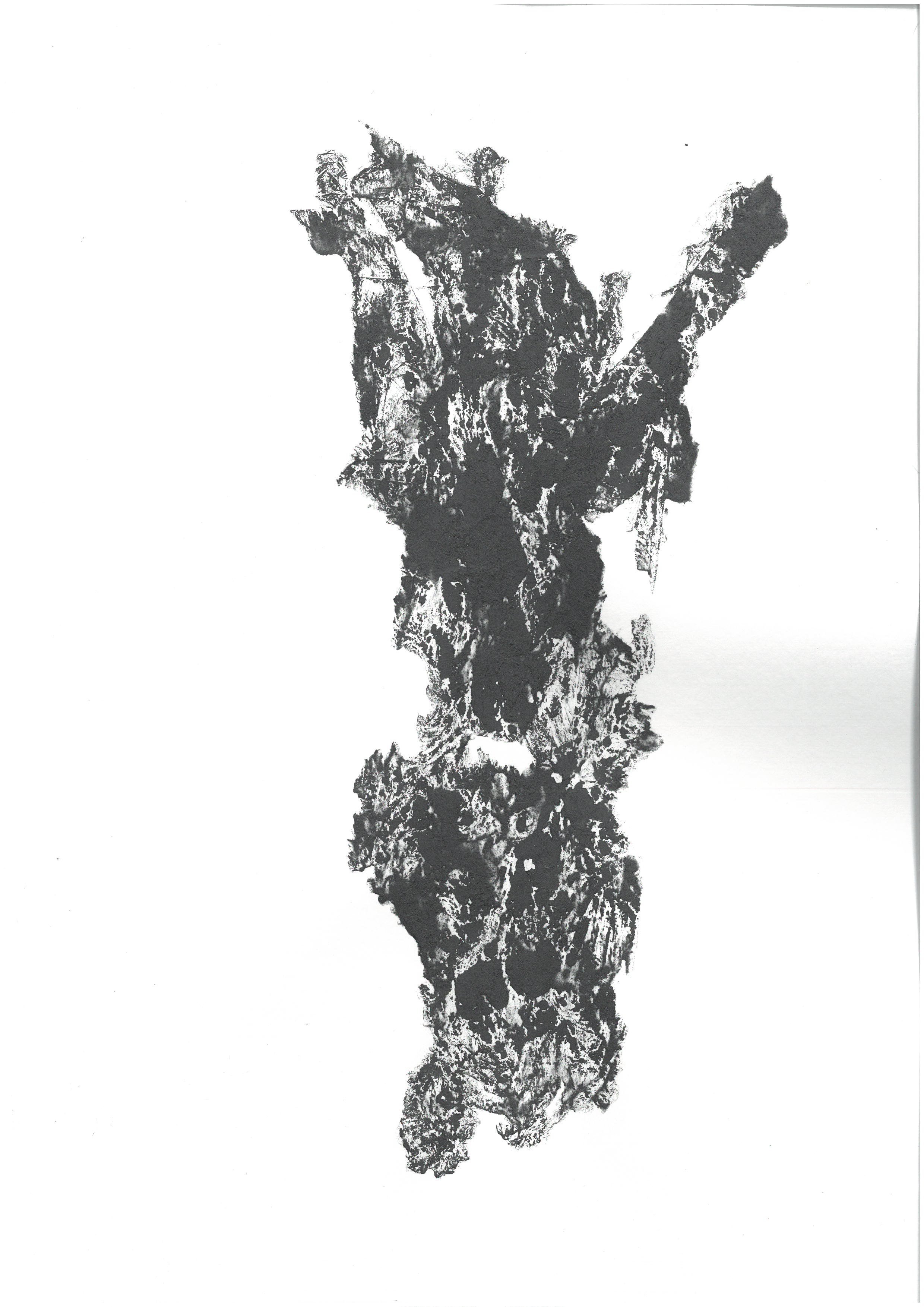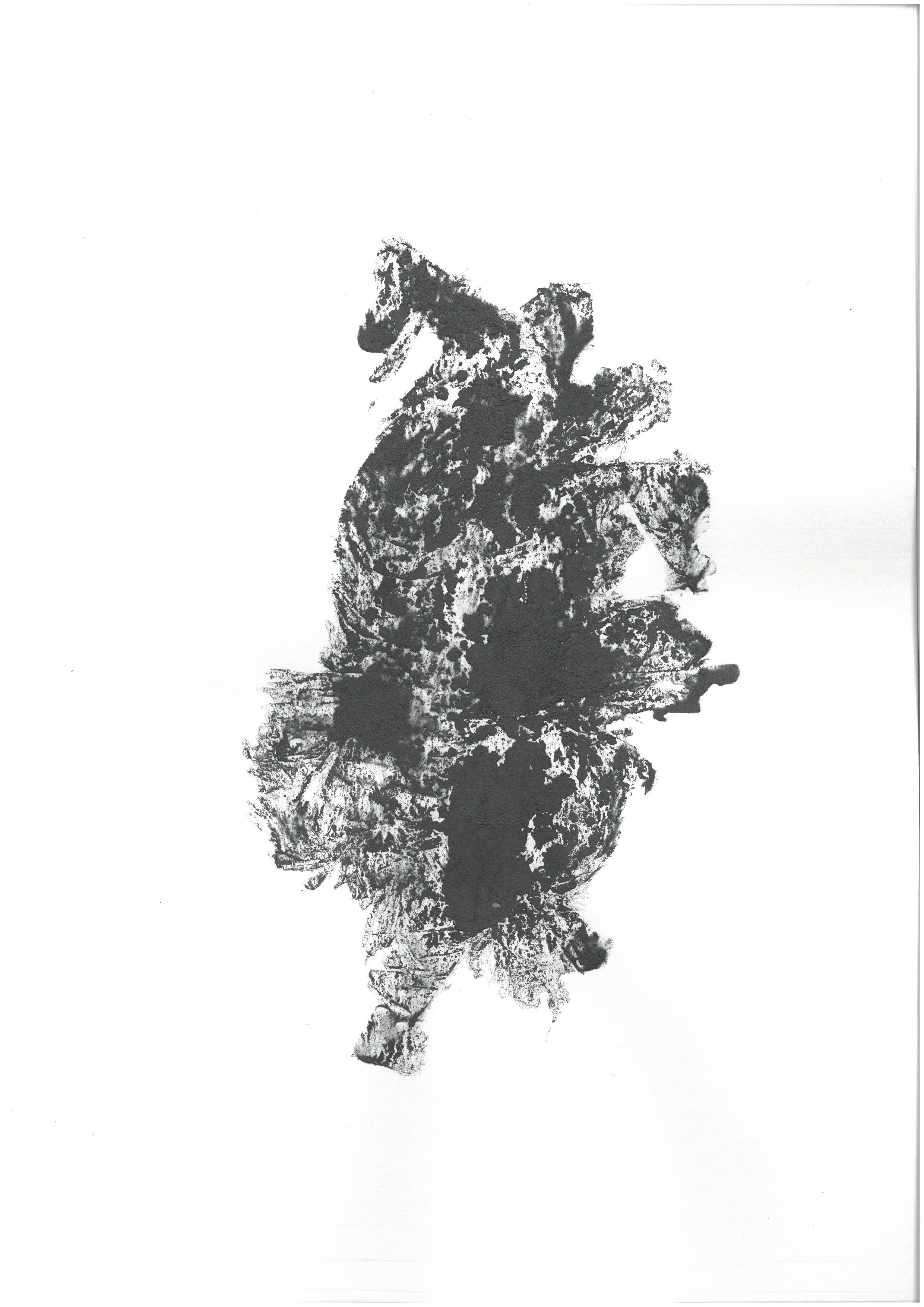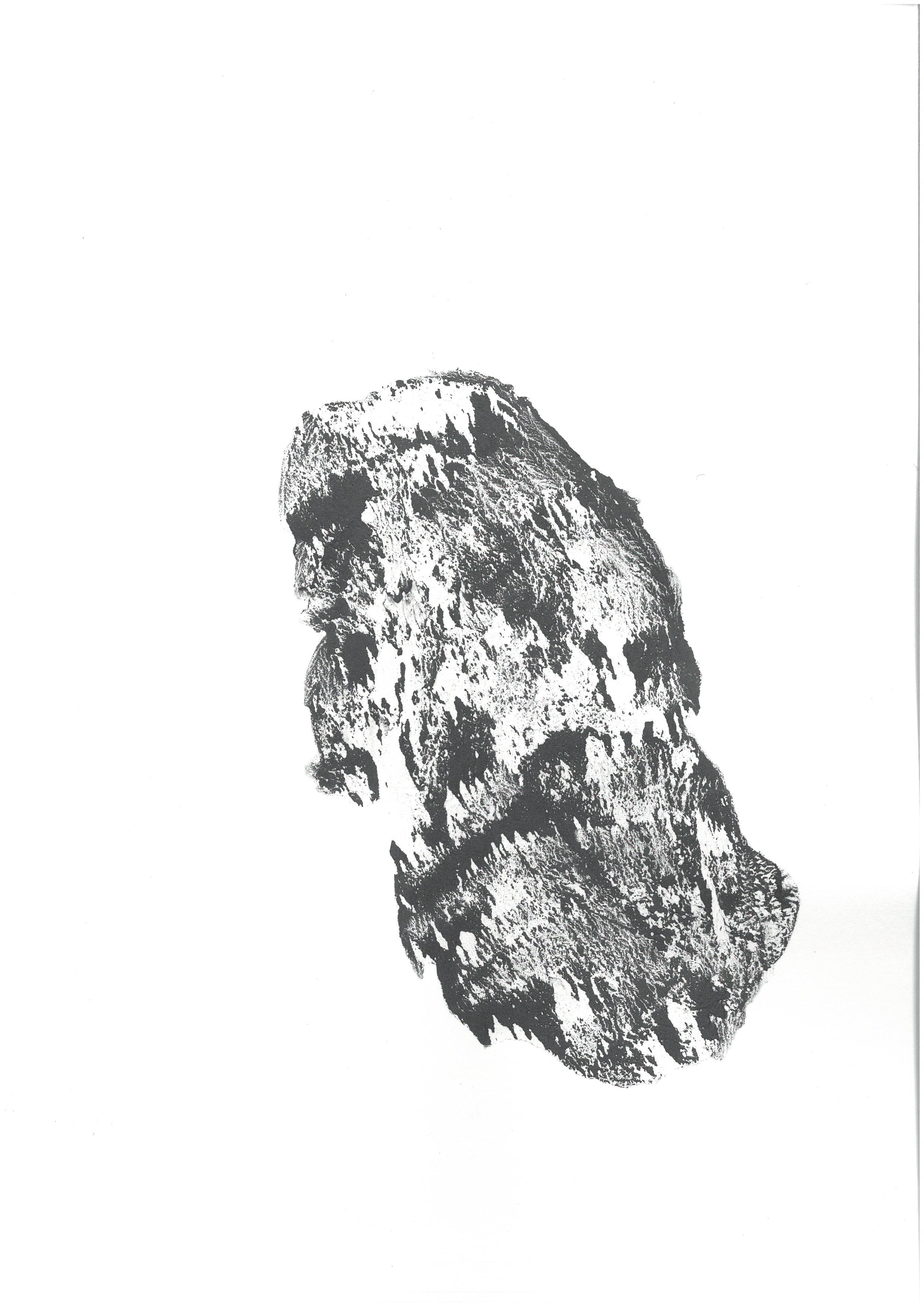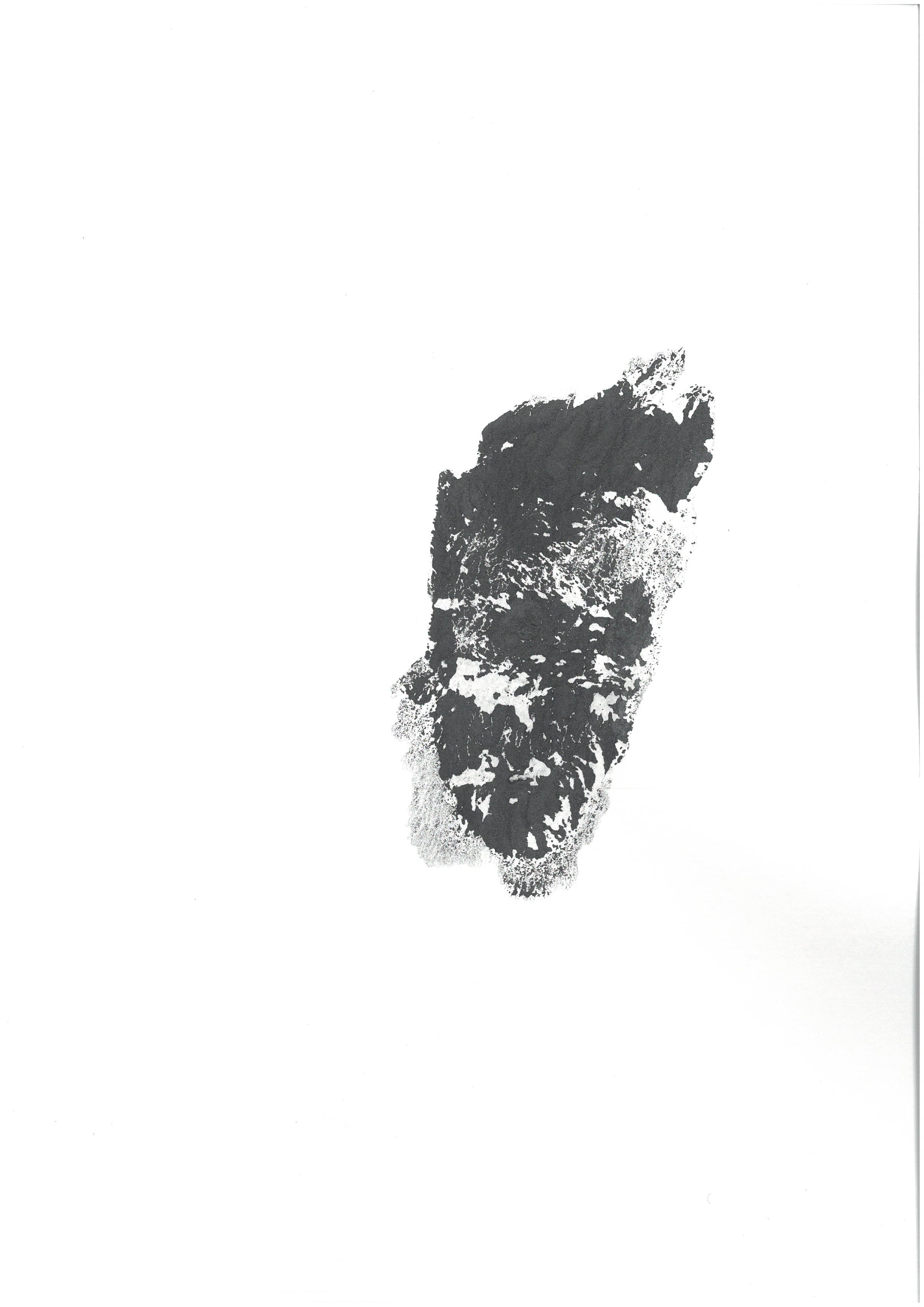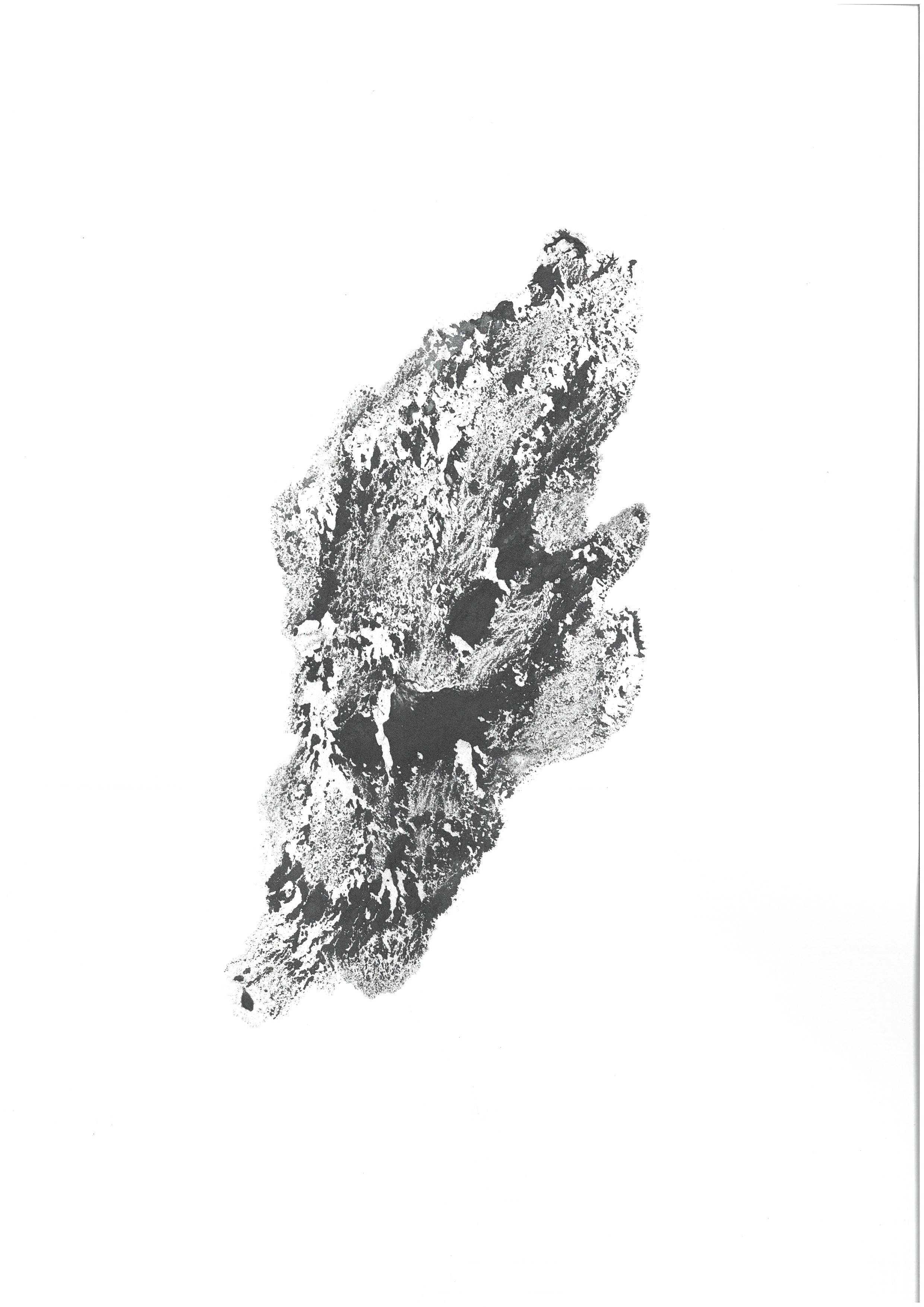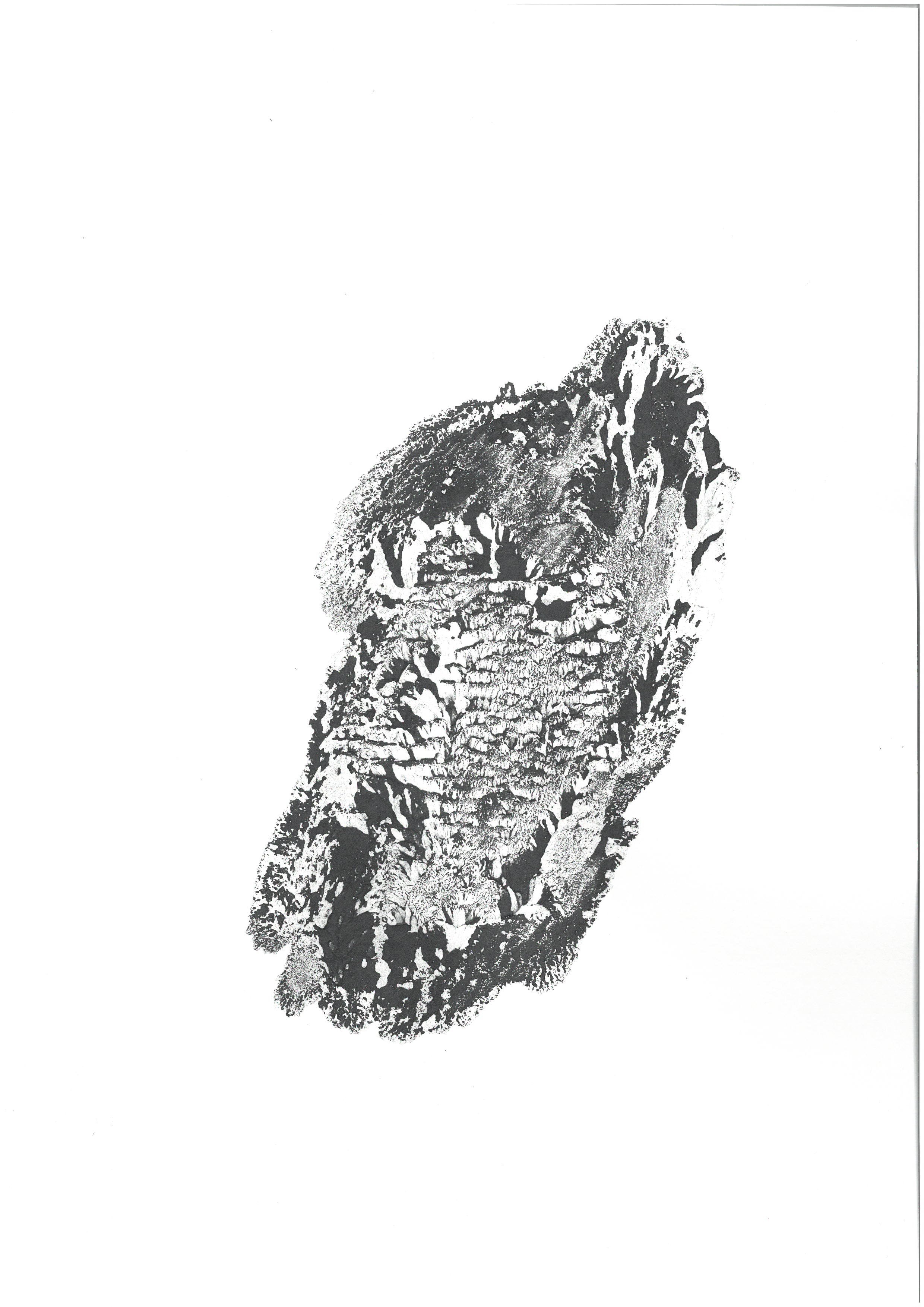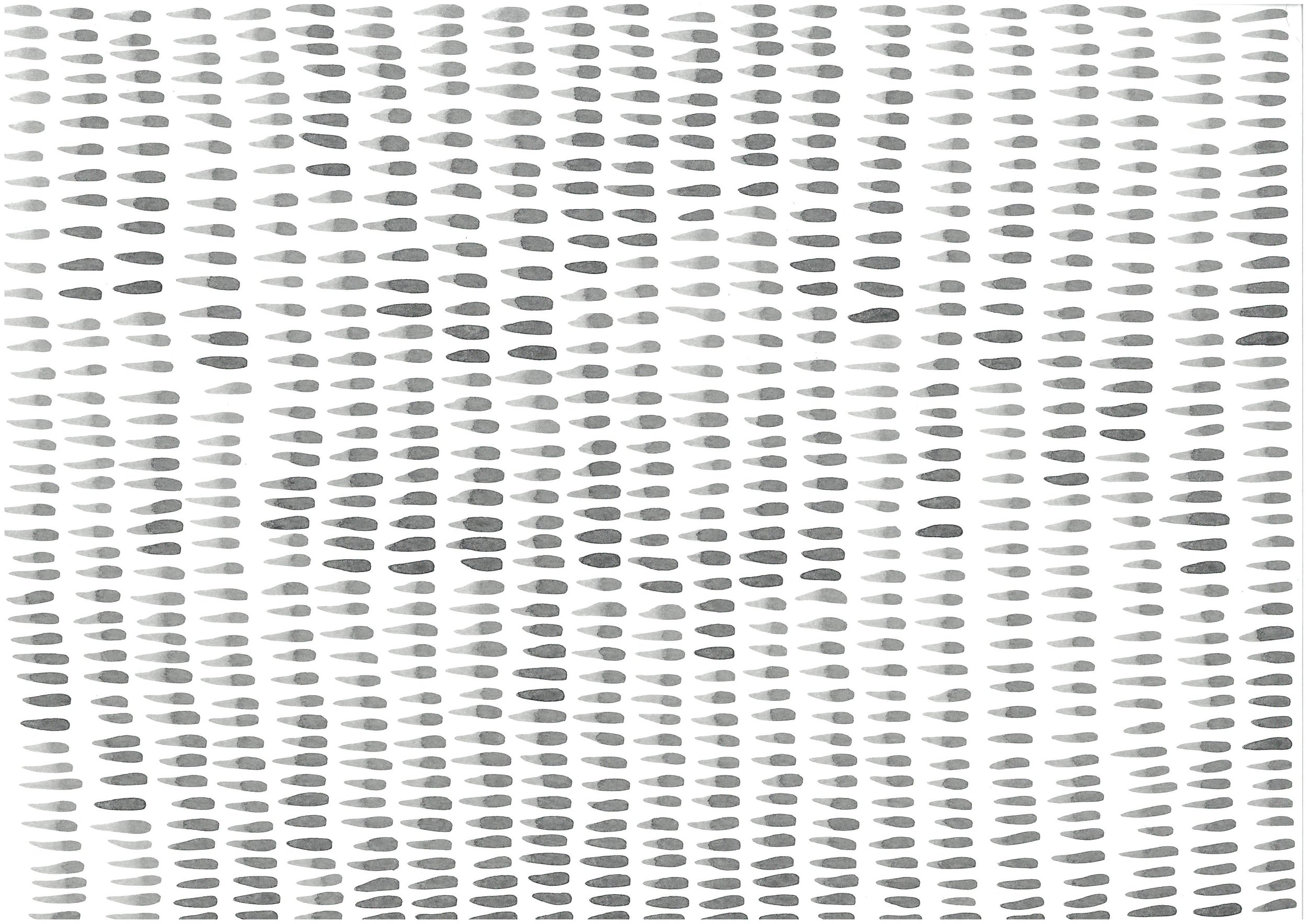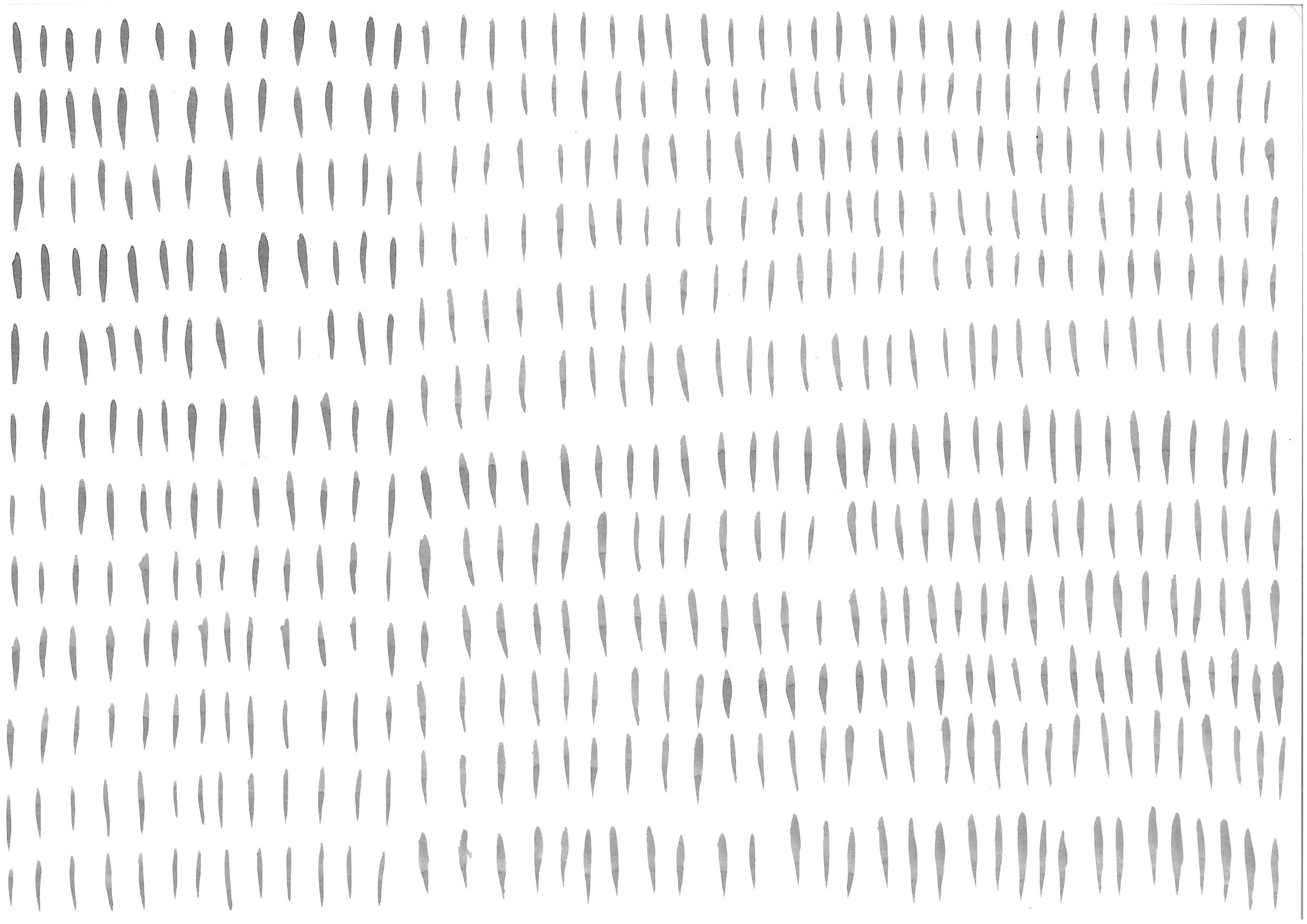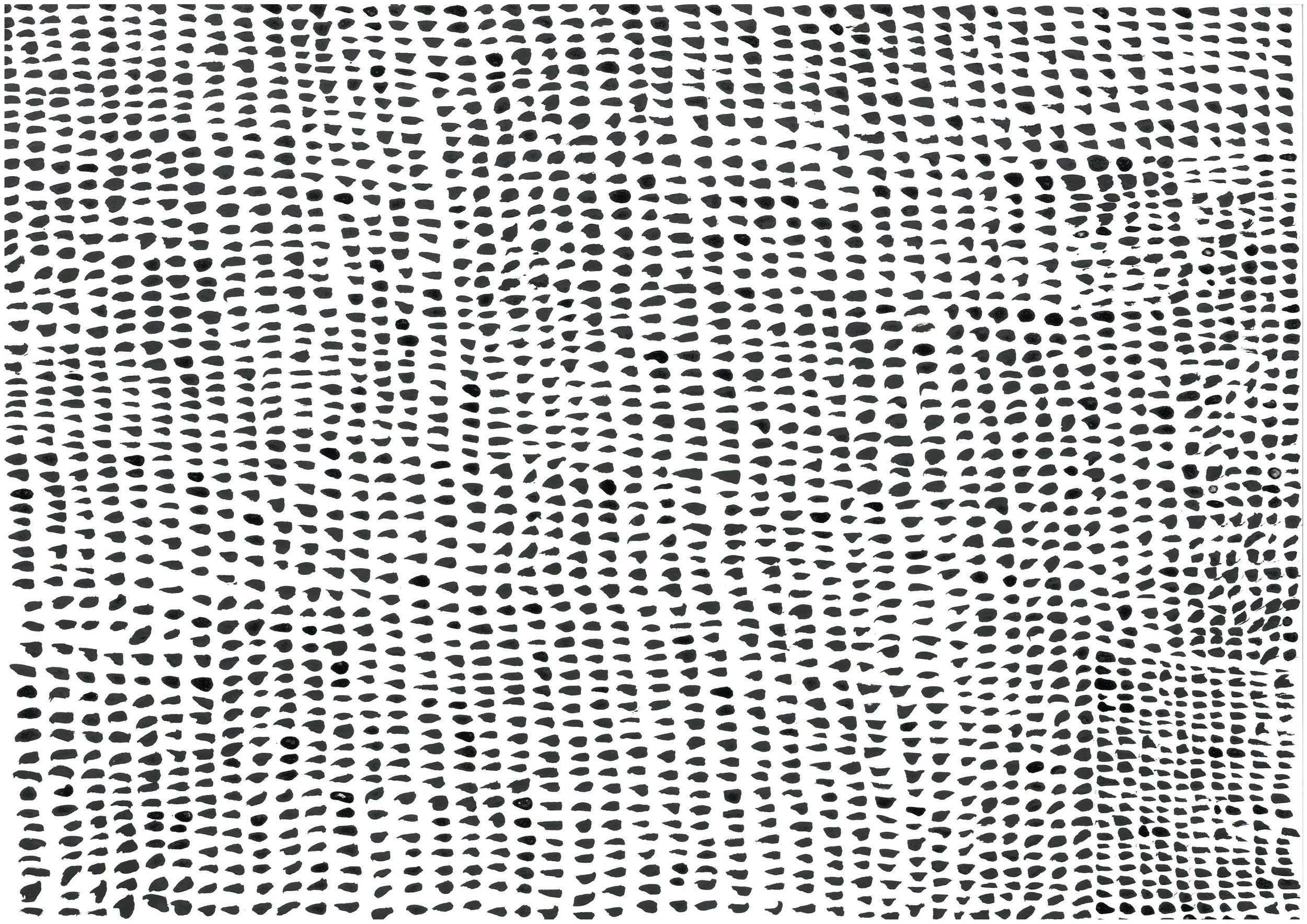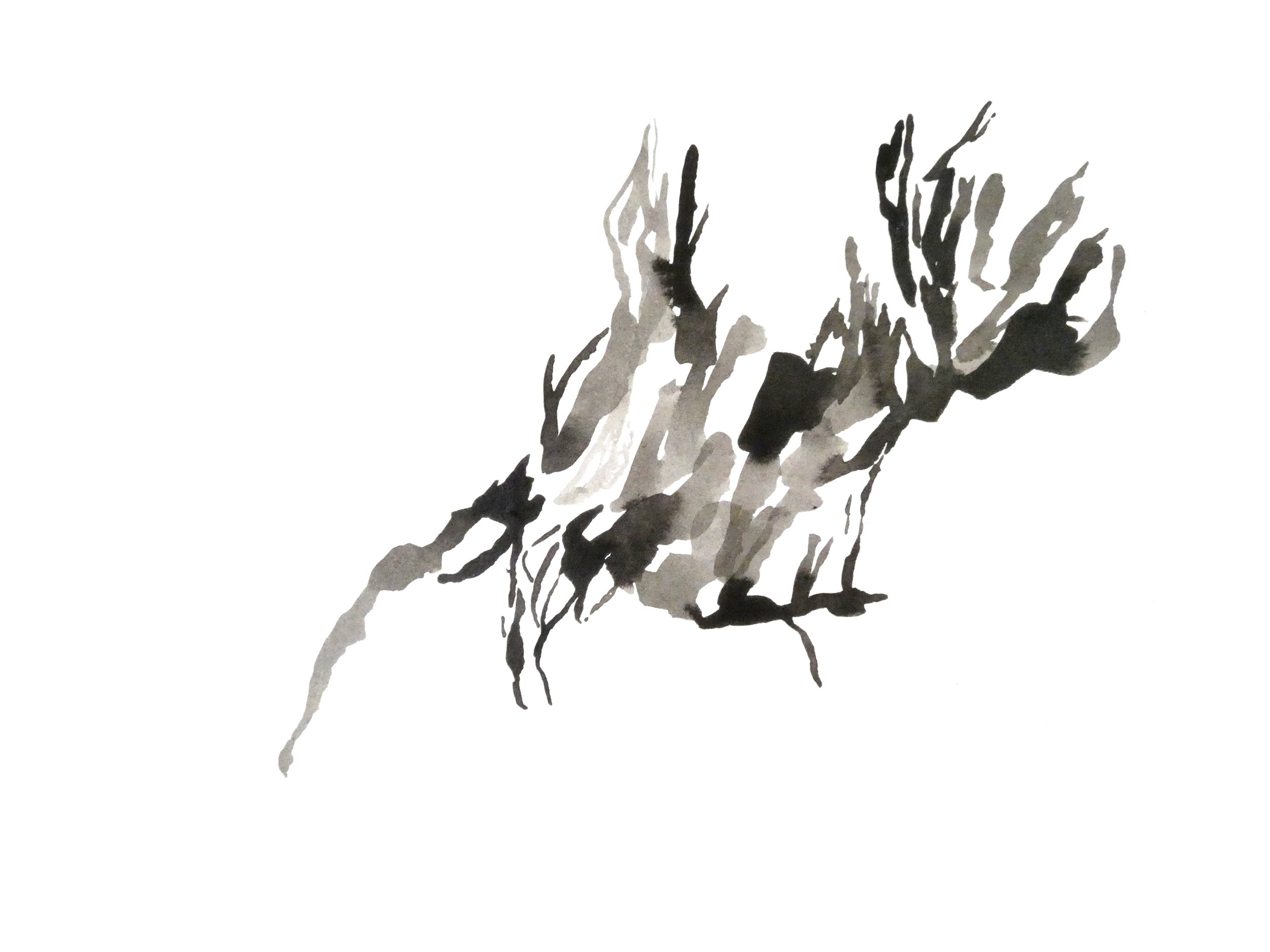
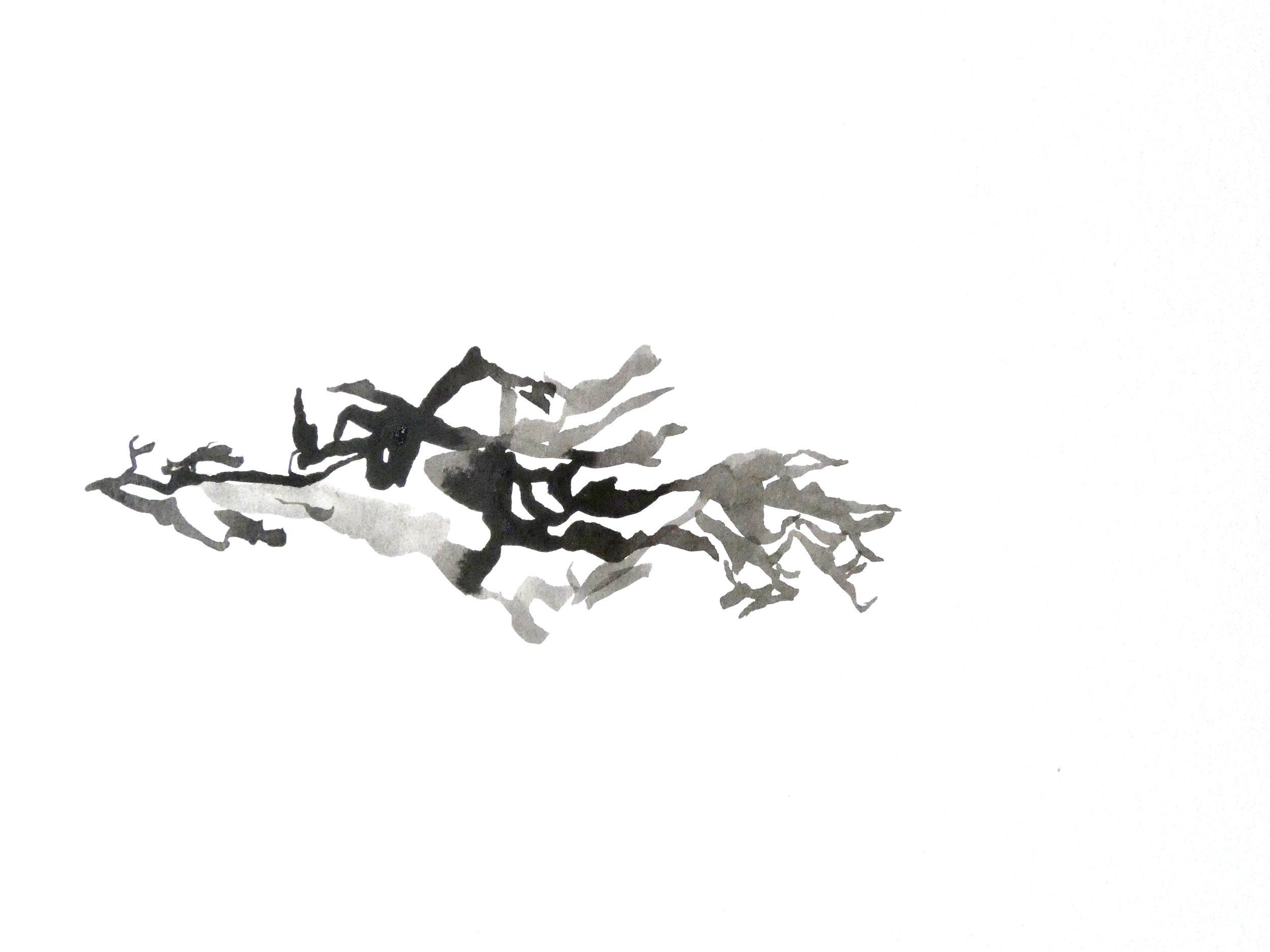
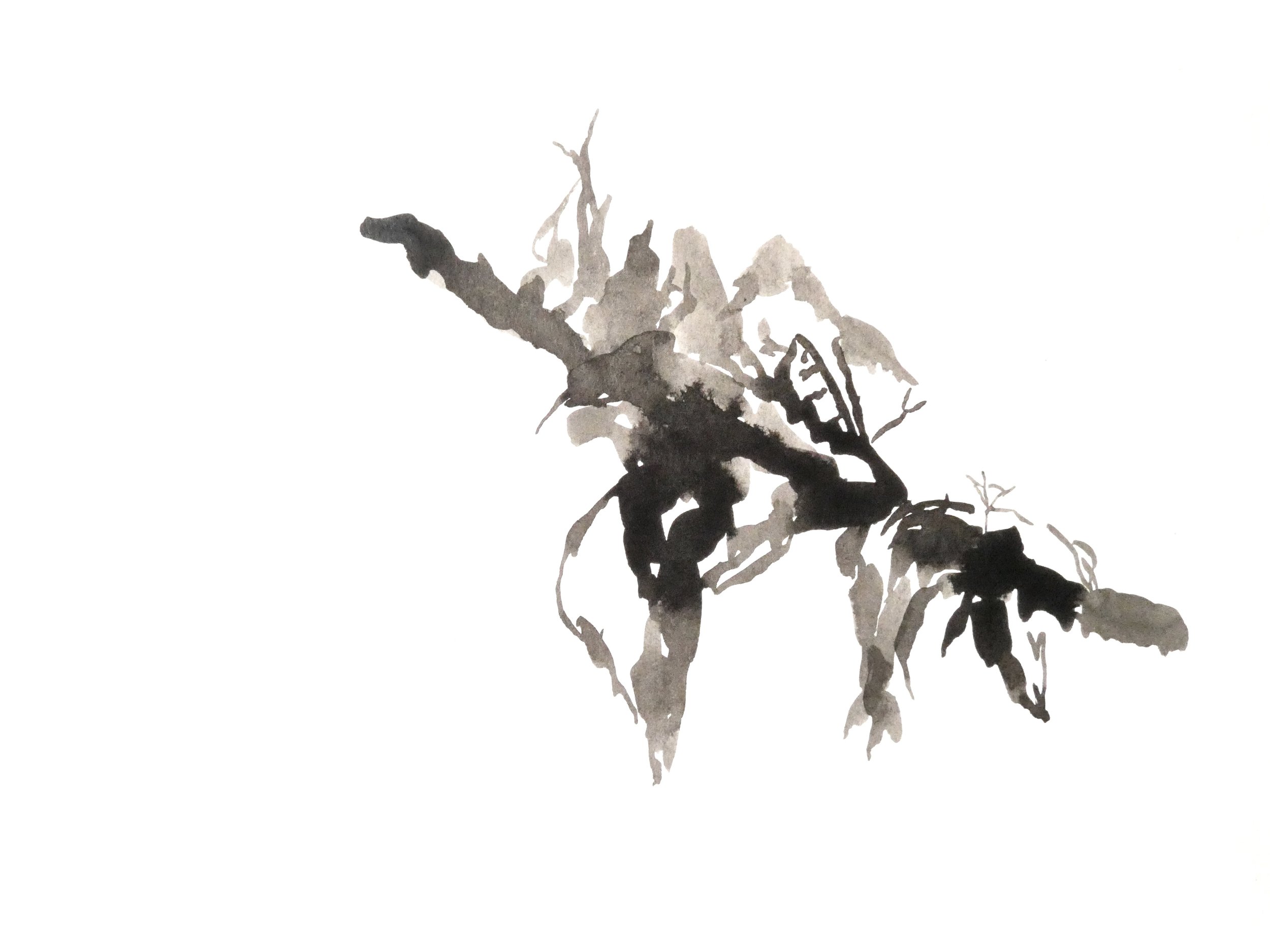
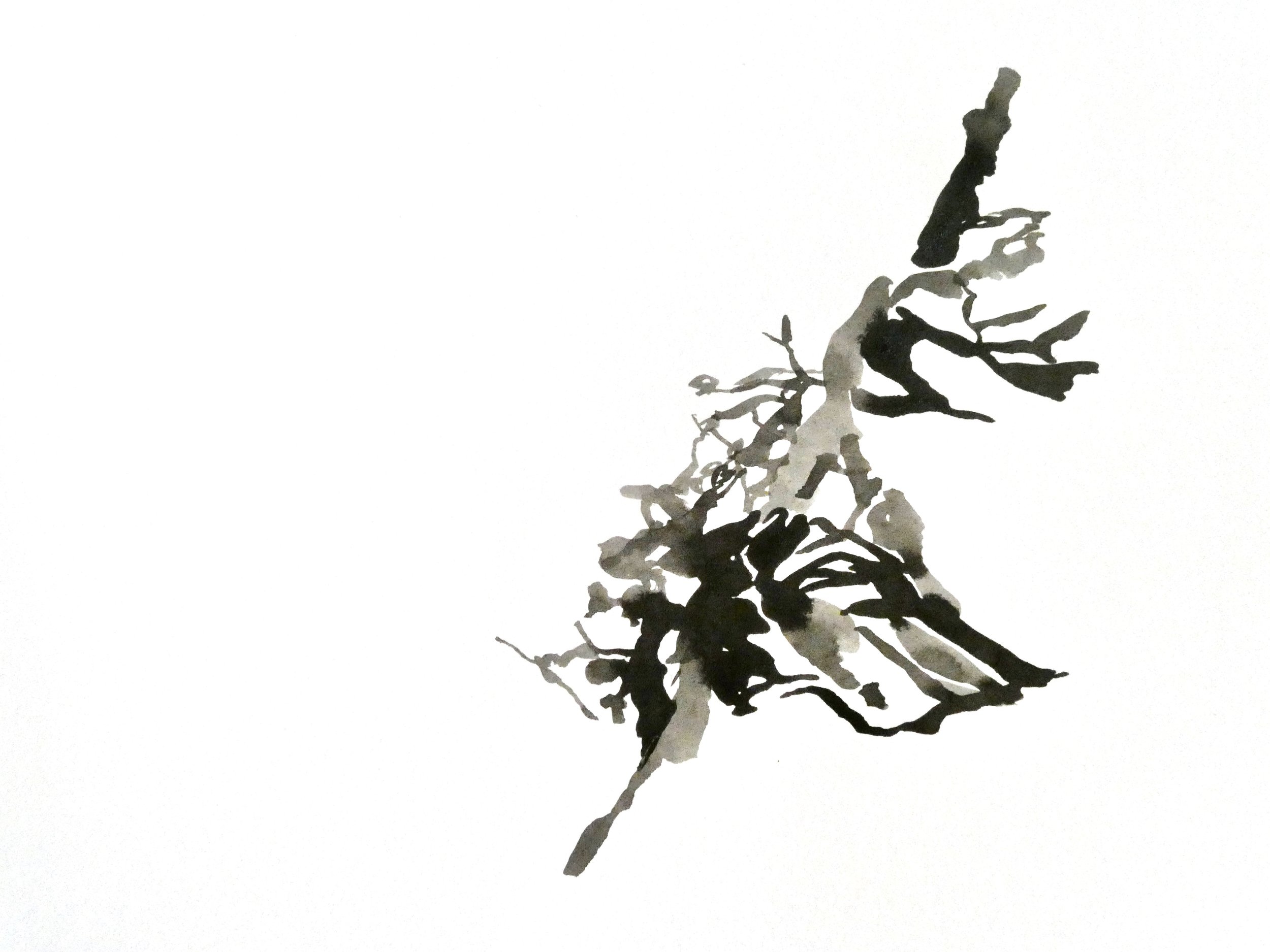

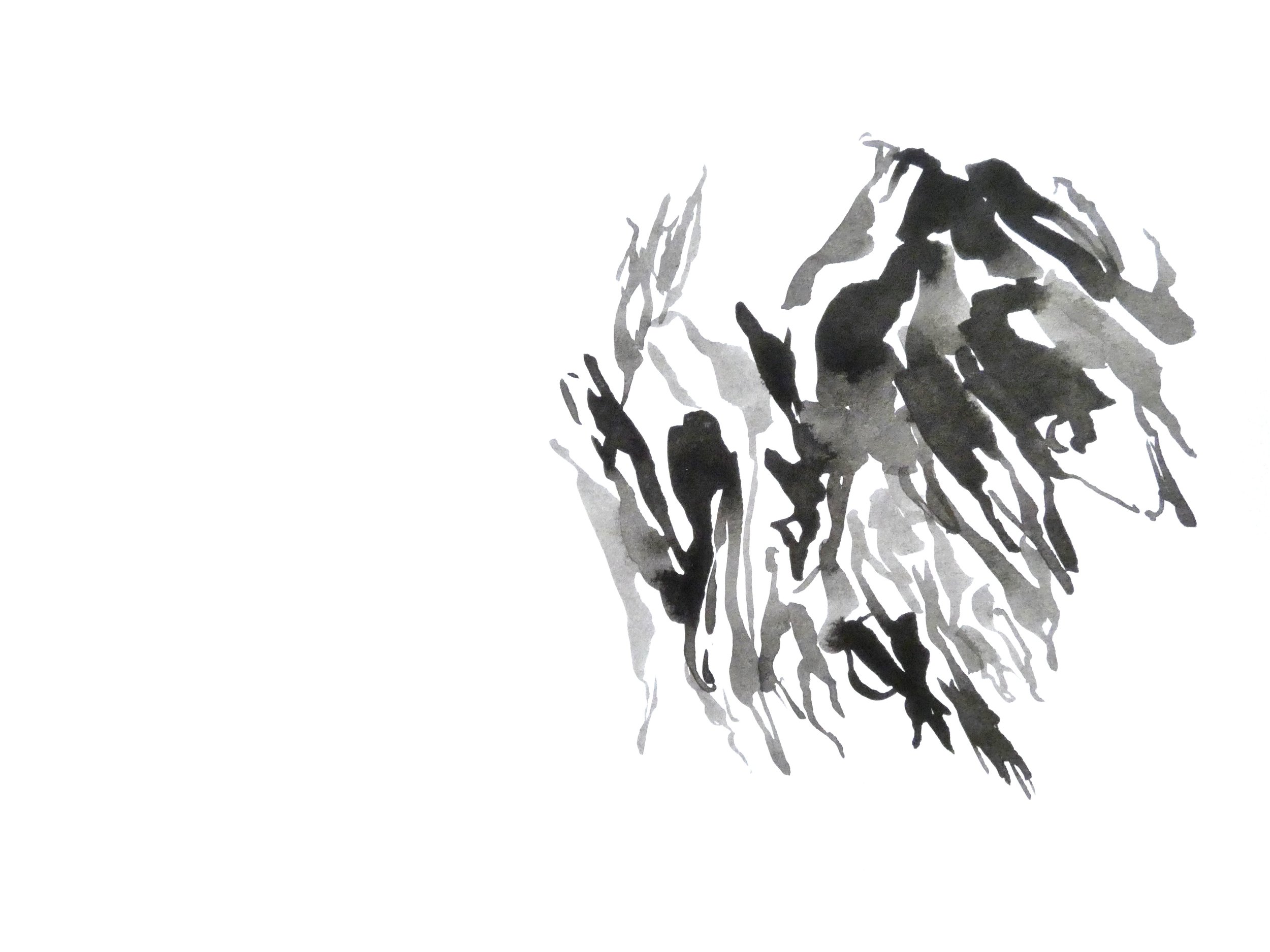

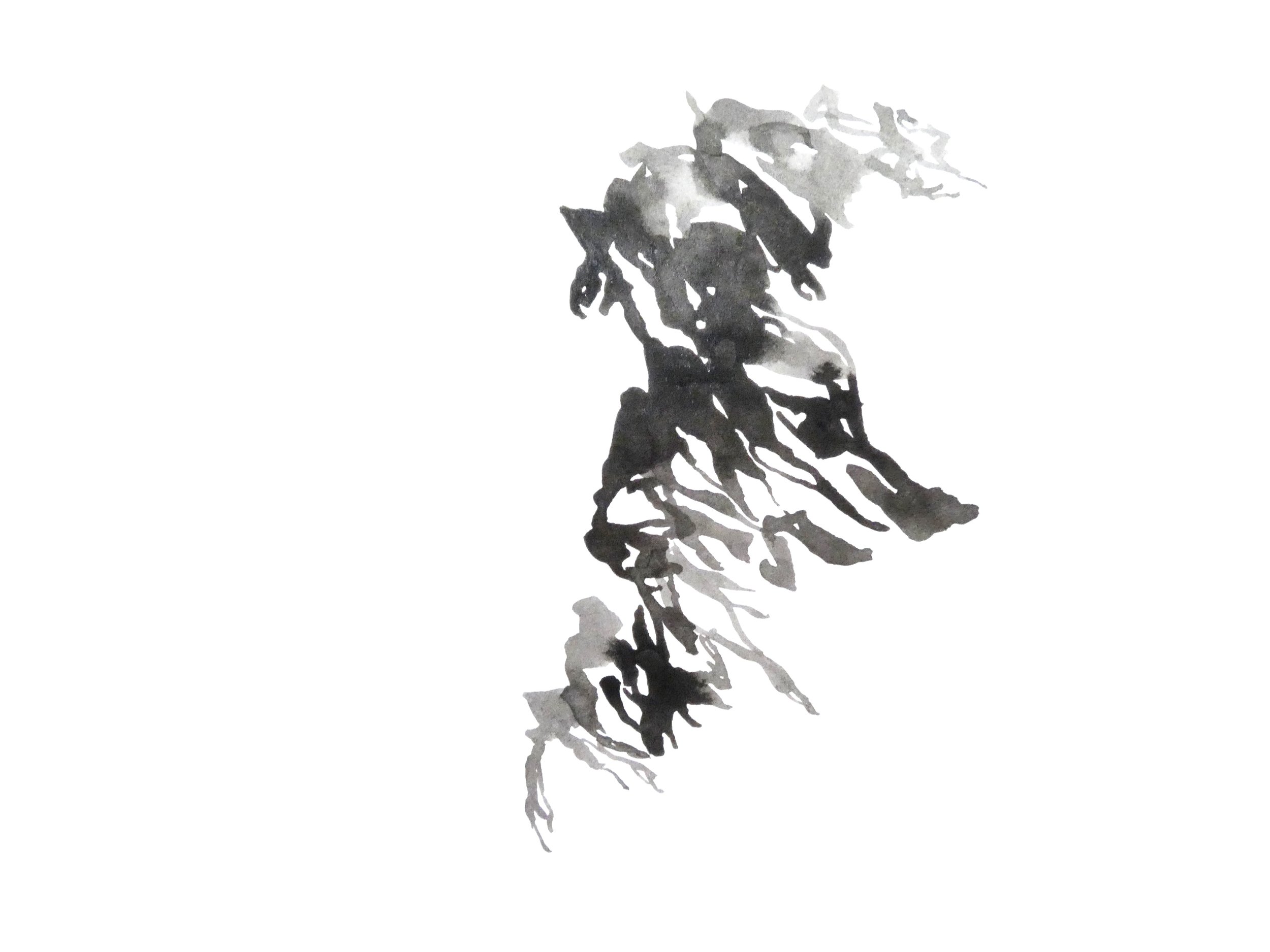
Mud is collected from the cliffs at Saltburn beach (see images above and below). The mud is sieved to remove rocks, sand and any other debris. This will be mixed with print medium to print an image of the cliff where the mud came from. Mud depicts itself and its falling action as it moves down the land.
Screen printing with charcoal ink. After much time spent trying to use ground charcoal as the pigment for printmaking ink, mixing the ground charcoal with screen printing ink proved successful. The charcoal came from the charcoal burning with Matt last winter. I have kept the smallest bits of the charcoal we produced for drawing and printing with. To grind the charcoal fine enough to be used for printing it is first broken down my with a hammer, then put through an electric coffee grinder and finally ground in a pestle and mortar my hand. This fine charcoal pigment is then mixed with screen printing medium. It is screen printed using screens with the largest mesh available, to allow as much charcoal through to the paper as possible whilst still keeping the quality of the image.
Previously I had tried to make photo etchings using the charcoal powder, mixing it with plate oil and etching medium to make the ink. This was using large detailed etching plates. However, due to the charcoal ink still having some coarseness to it, the grains in the charcoal slowly degraded the metal plates as I was inking them up, meaning each print made was gradually losing quality.
Pigment ground from the outside of rocks collected in Saltburn. Drawing out the soft parts of the rocks with a knife. I wasn’t expecting the colour taken from the stone to be so intense - more so than on the stone itself. I plan to make drawings of them using the pigments taken from the rocks - a drawing of the material using the material, the material and subject both the same. I’m interested in this idea of pulling out all of the information, colour, shape, texture of the material object.
Charcoal on rocks found on Saltburn beach. Mixing charcoal powder with water to make a paste I carefully filled in the indentations and undulations in the rock, only adding the charcoal into the naturally occuring gaps over the form of the rock. Paying close attention to the surface of these objects to draw with the material (not in) , treating the charcoal and rock equally.
Inspired by the Fresco workshop, I made a series of small works combining a graphite or charcoal paste with found natural objects. Applying the material being sensitive to the form and texture of the object it is applied onto. The deep black colour of the charcoal closes up the space it is applied to, a visual void created within the object’s surface.
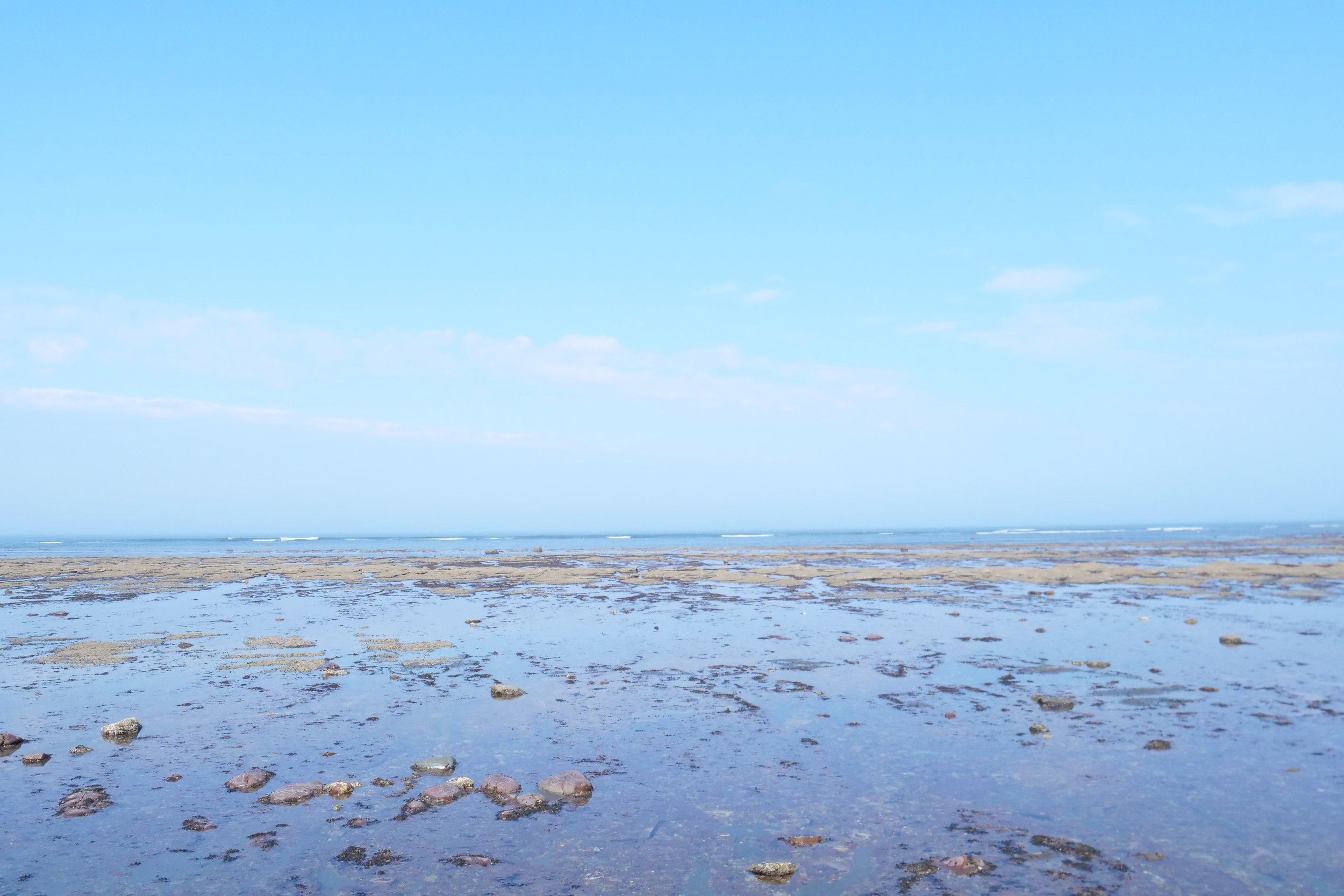
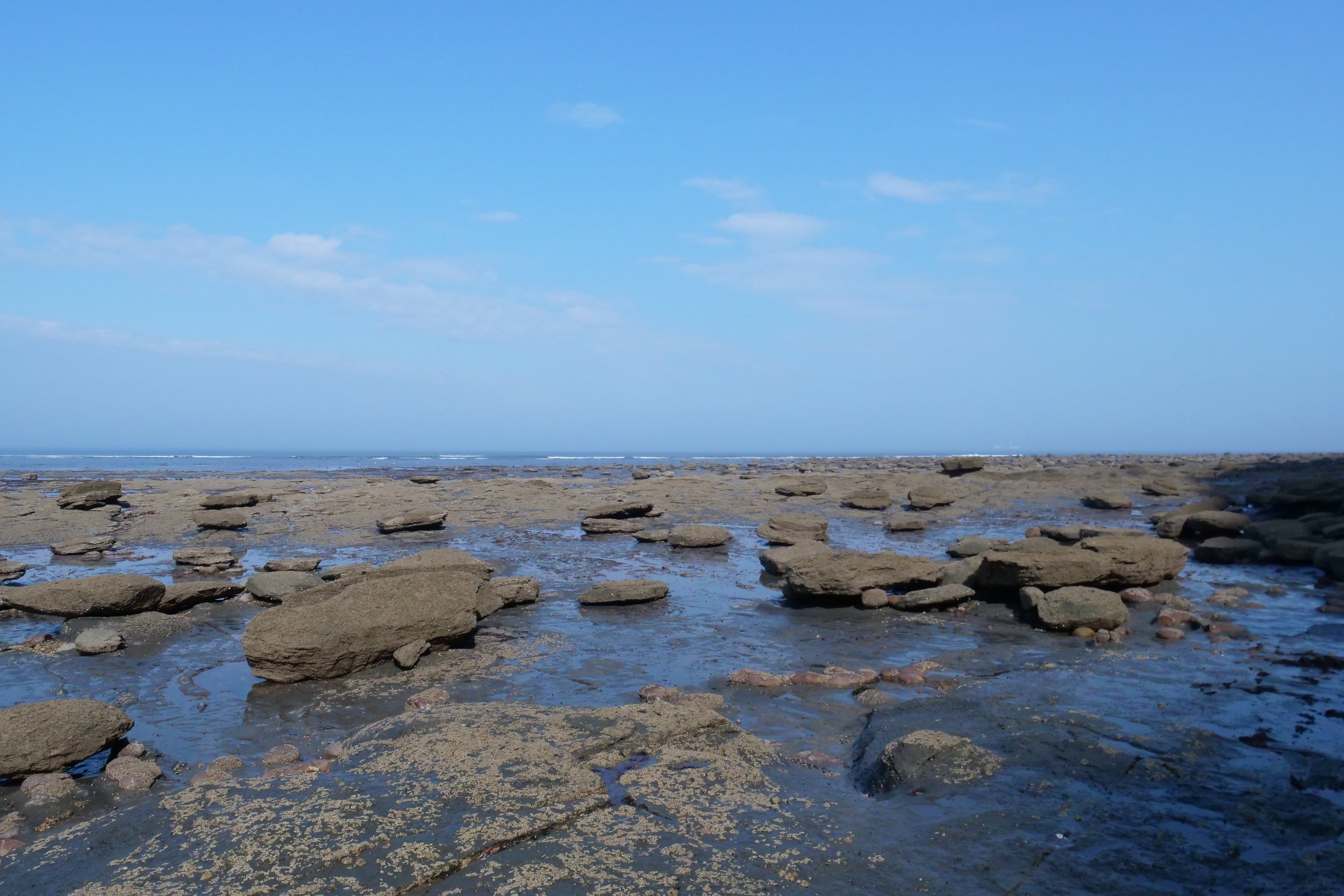
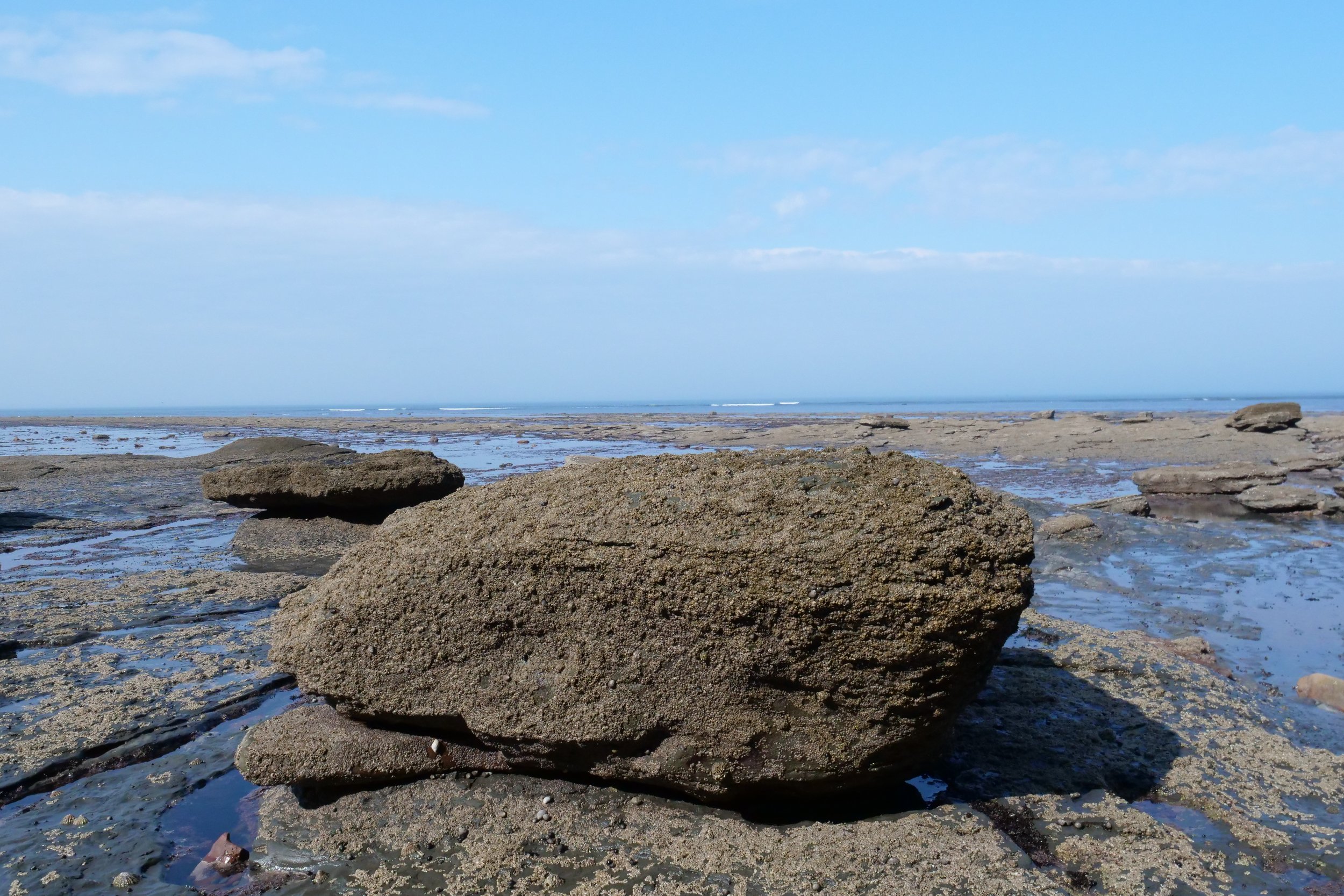
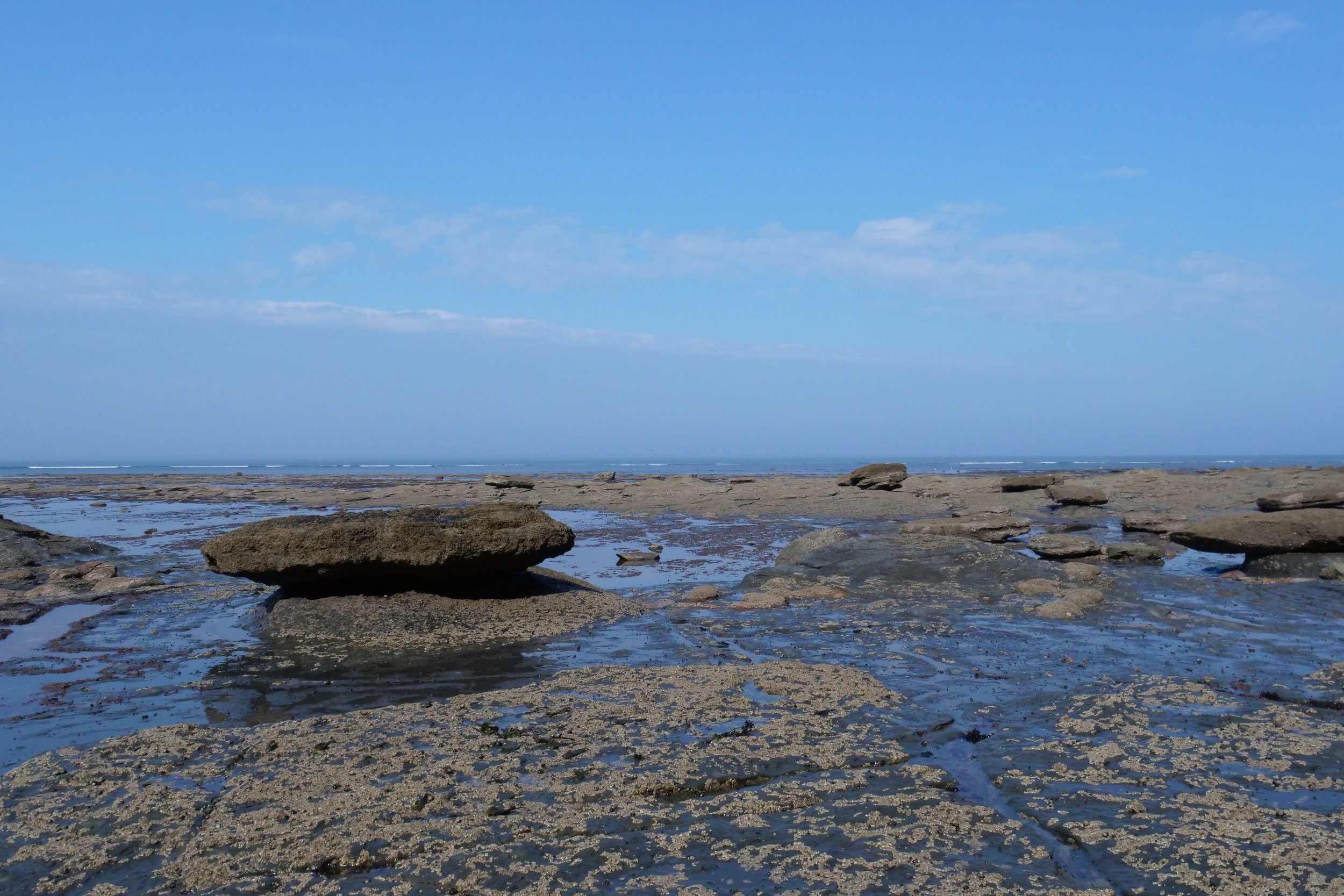

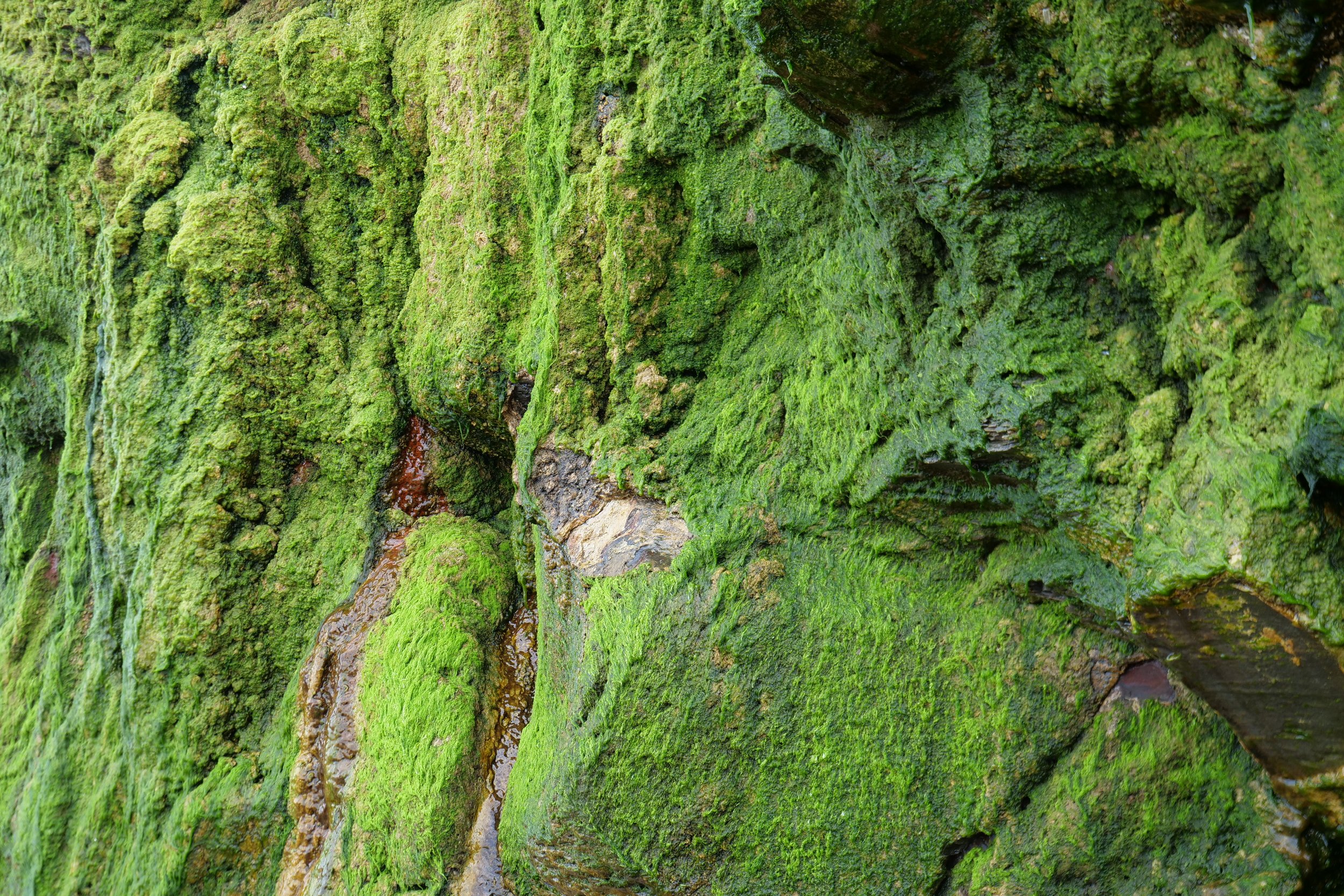
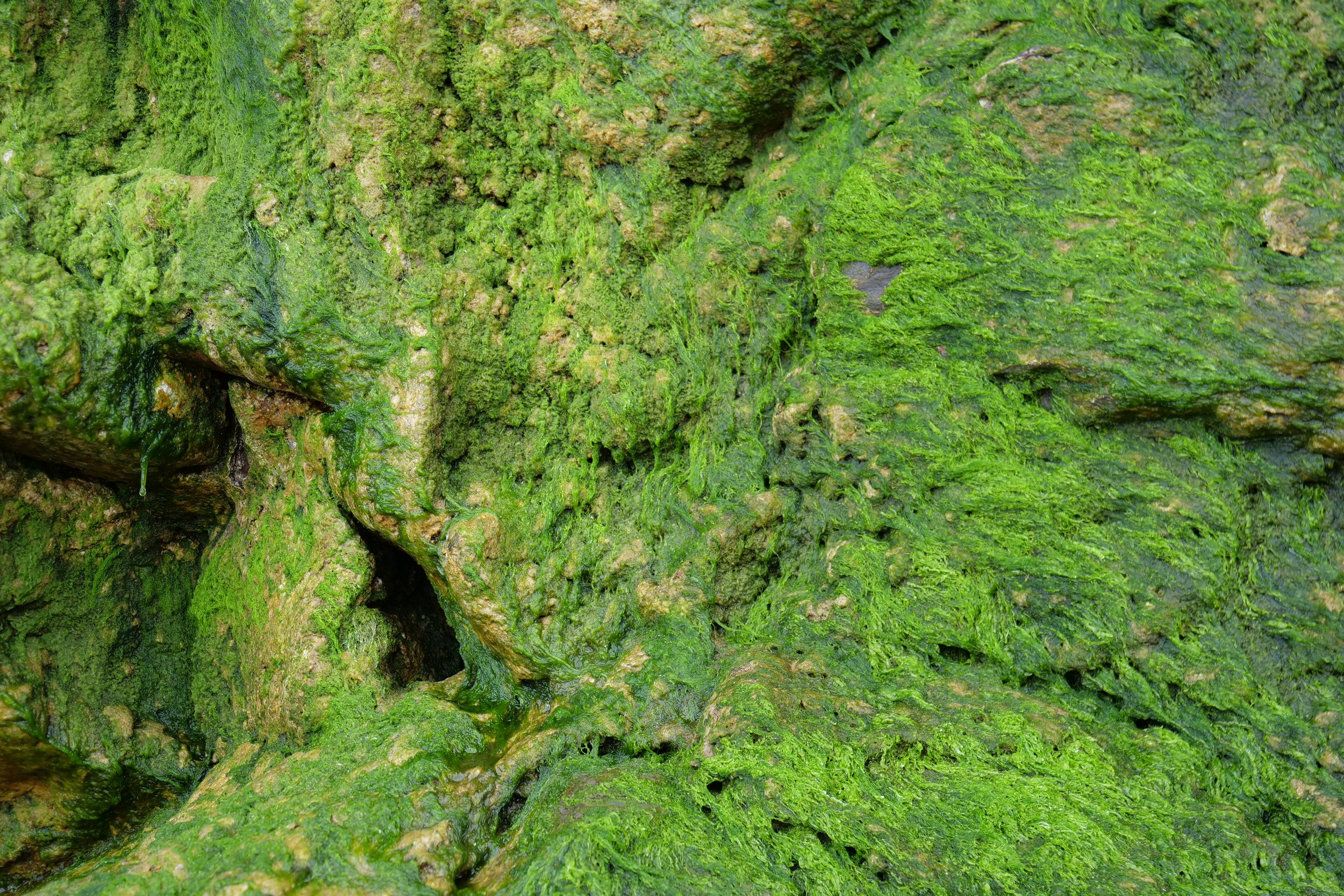
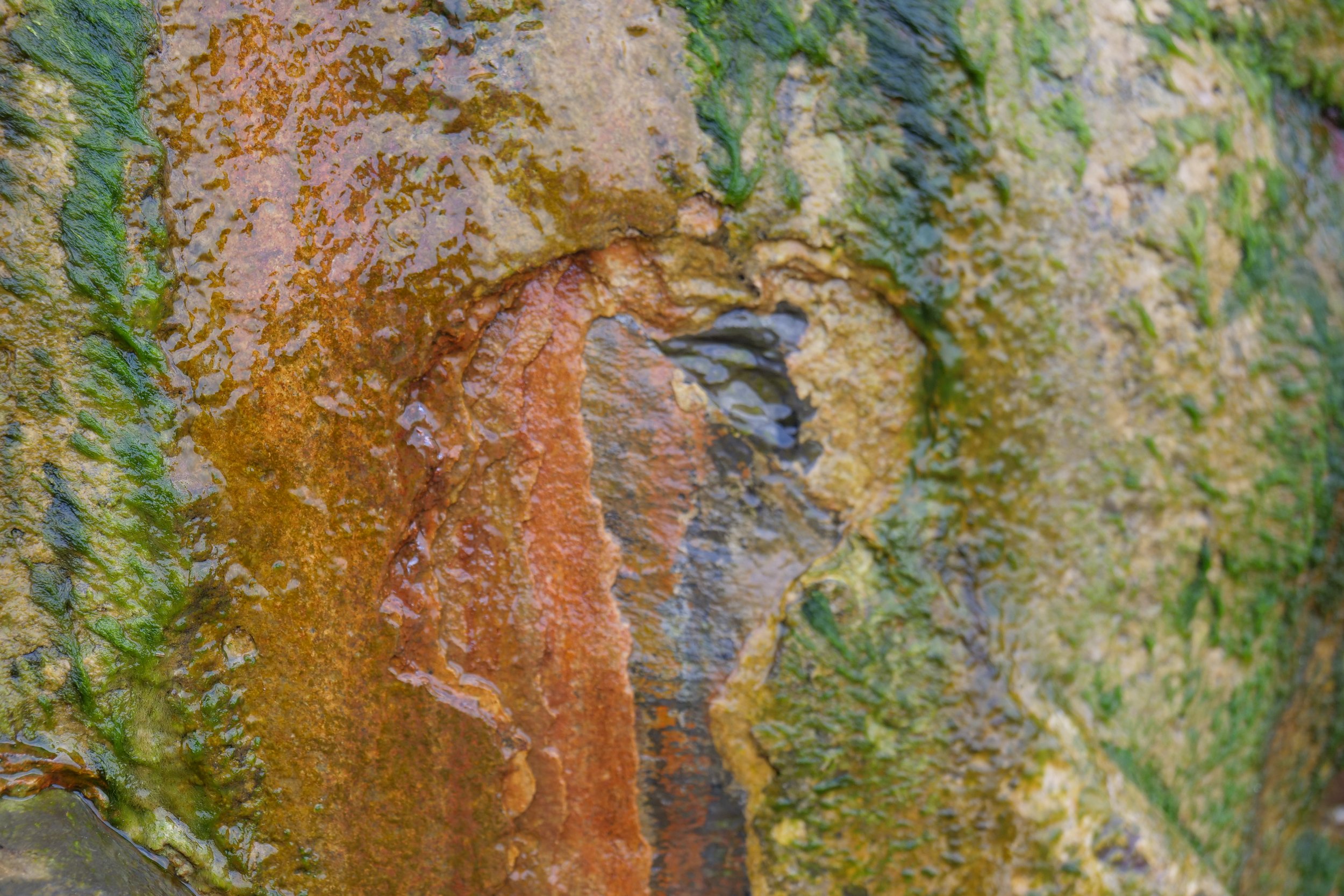
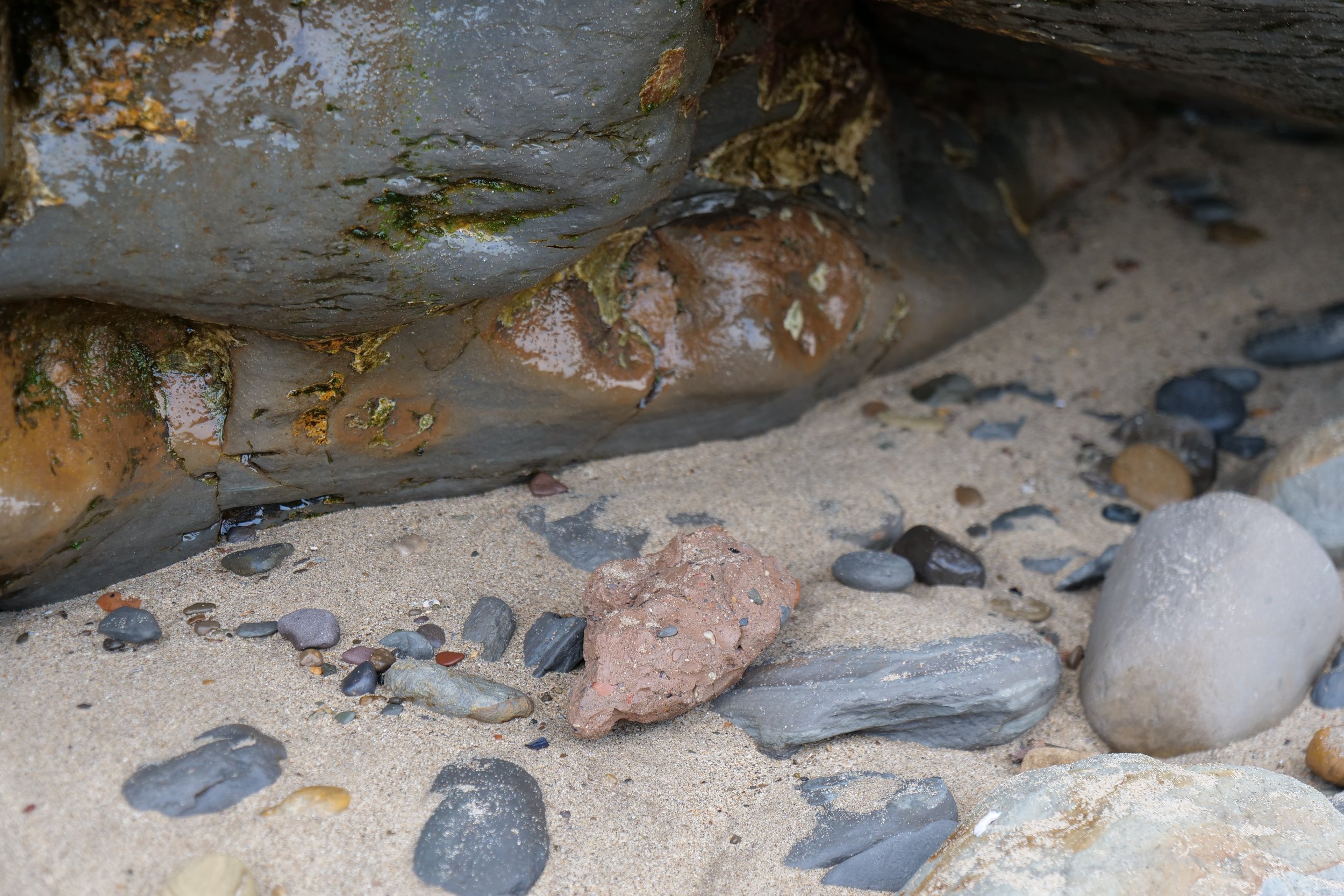
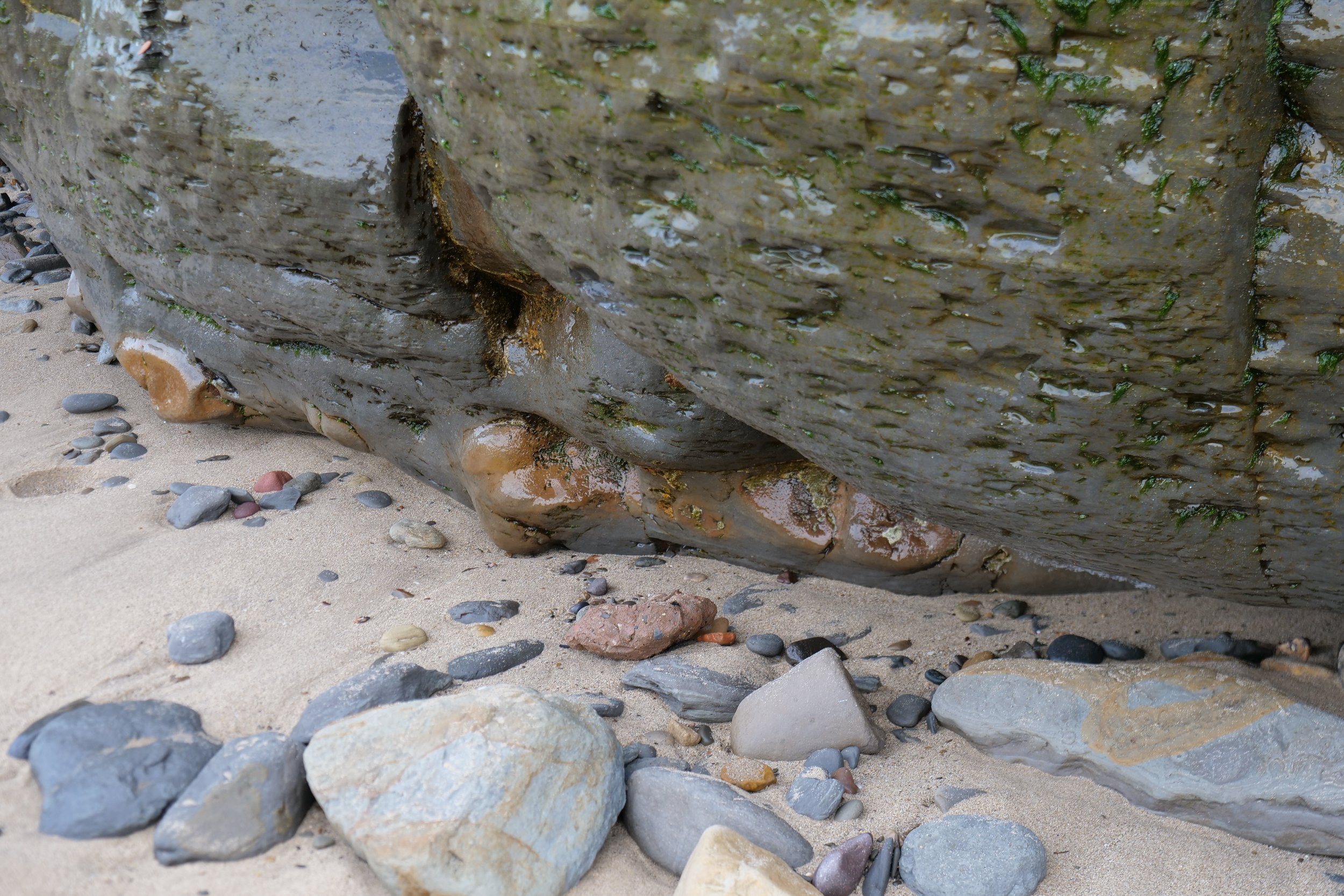

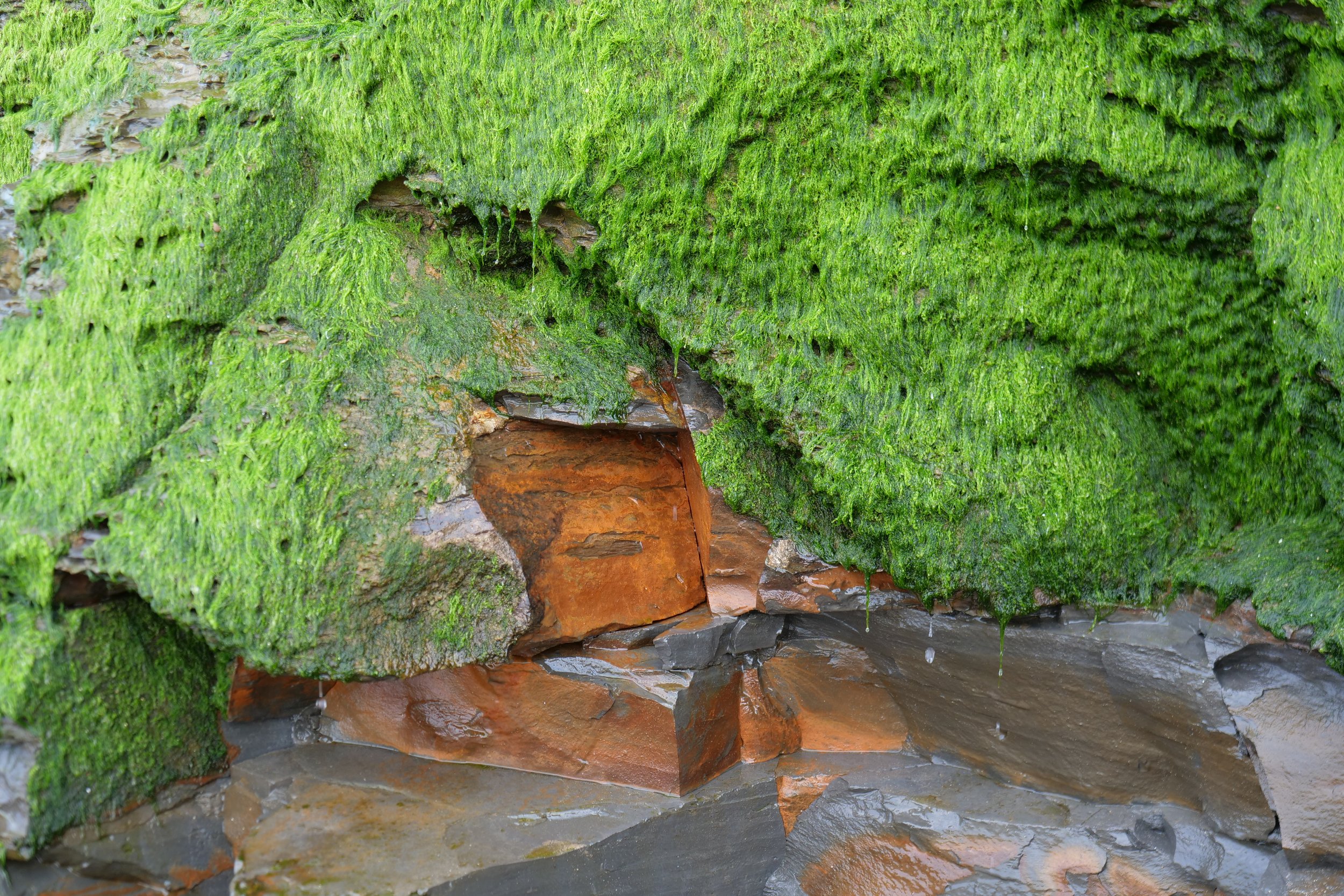
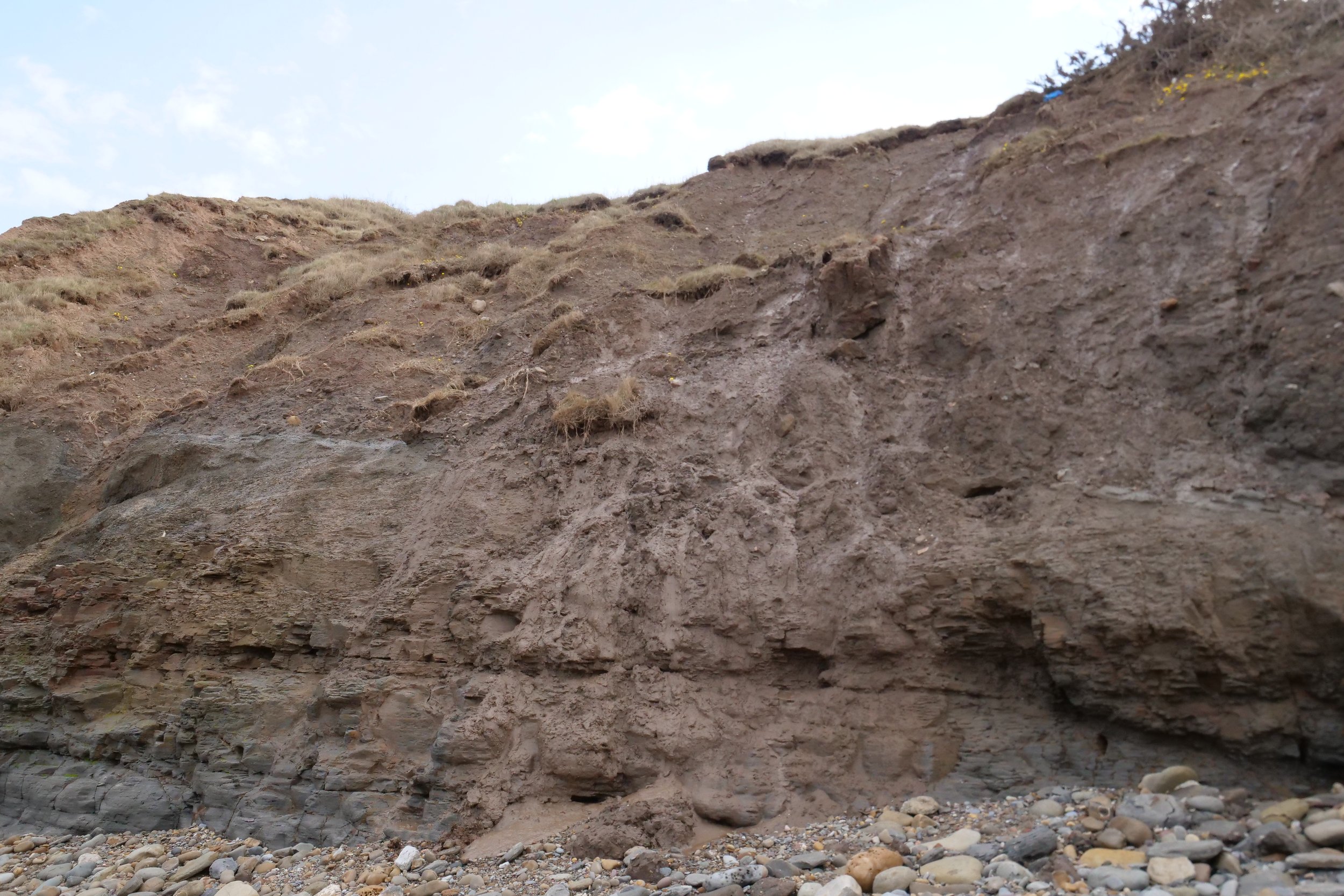
A third visit to Saltburn. Primarily to collect mud from the cliffs along the south of the beach. I pulled soft mud both directly from the cliff, and collected clumps of the cliff which had fallen to the ground. I plan to use this to make drawing tools with, and to use as pigment for printmaking ink. Whilst there I wanted to document the quality of the rest of the cliff face - covered in green algae, dripping wet with water running down it. I also collected more stones from the beach floor which can be ground down into pigment.
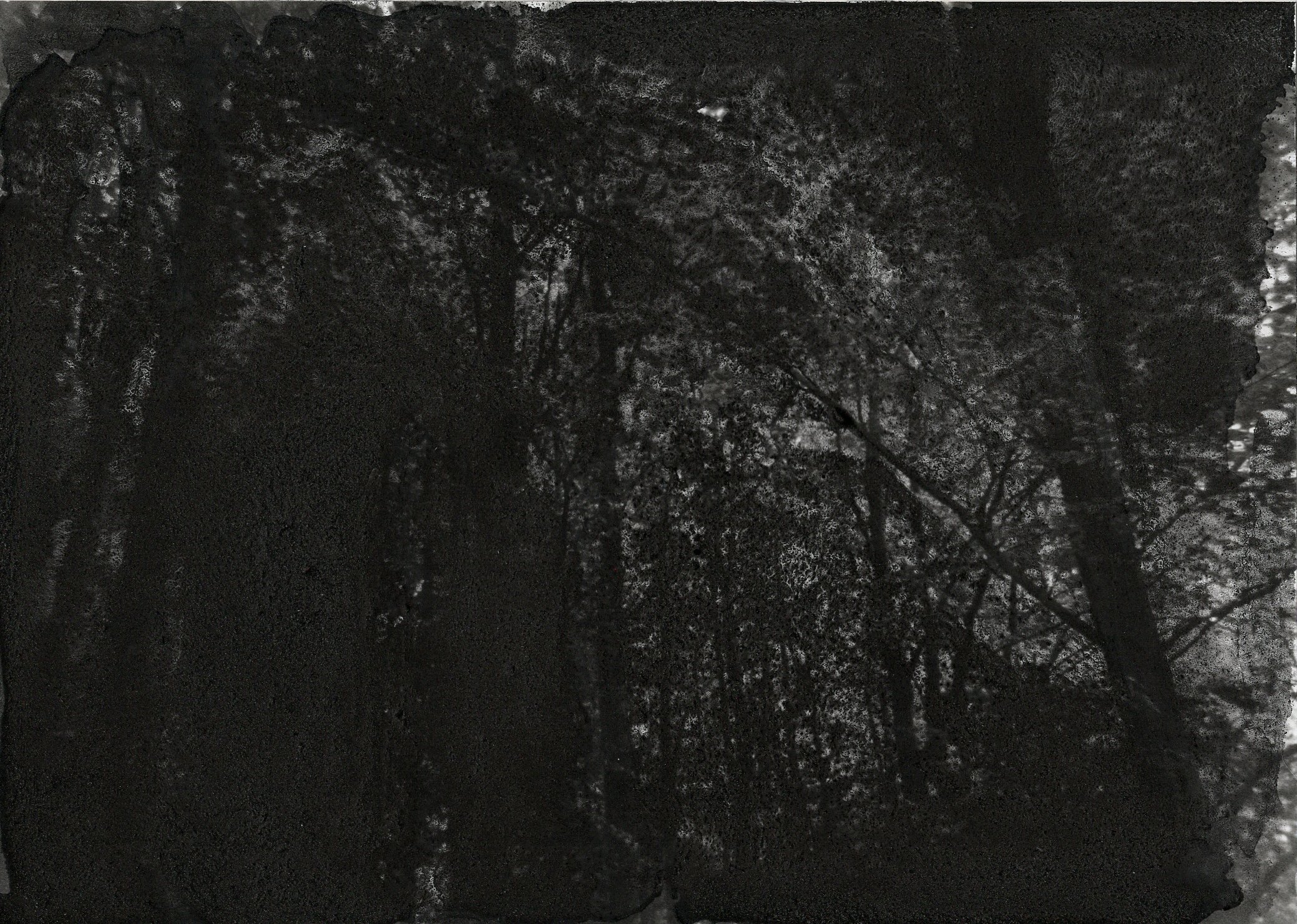
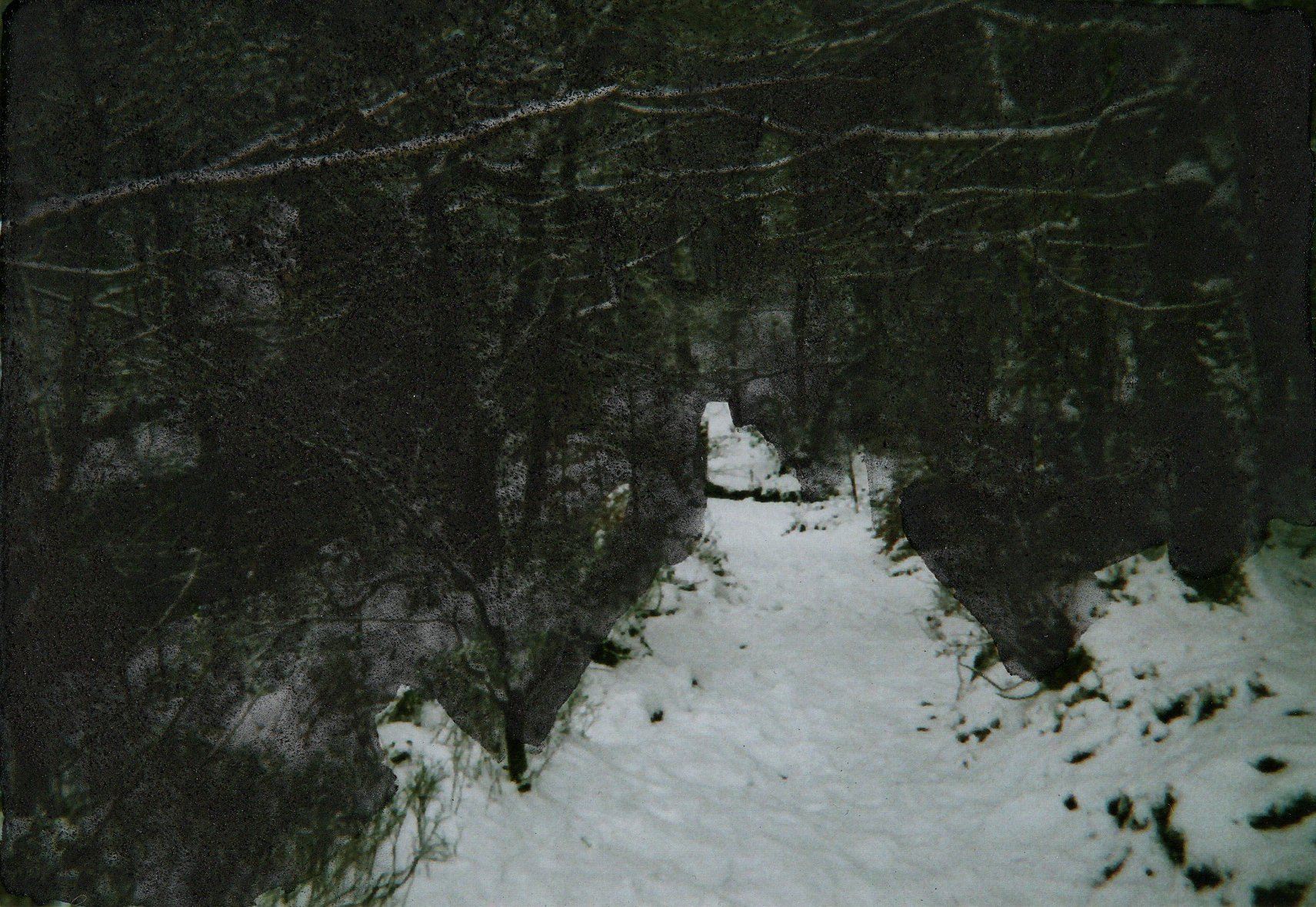
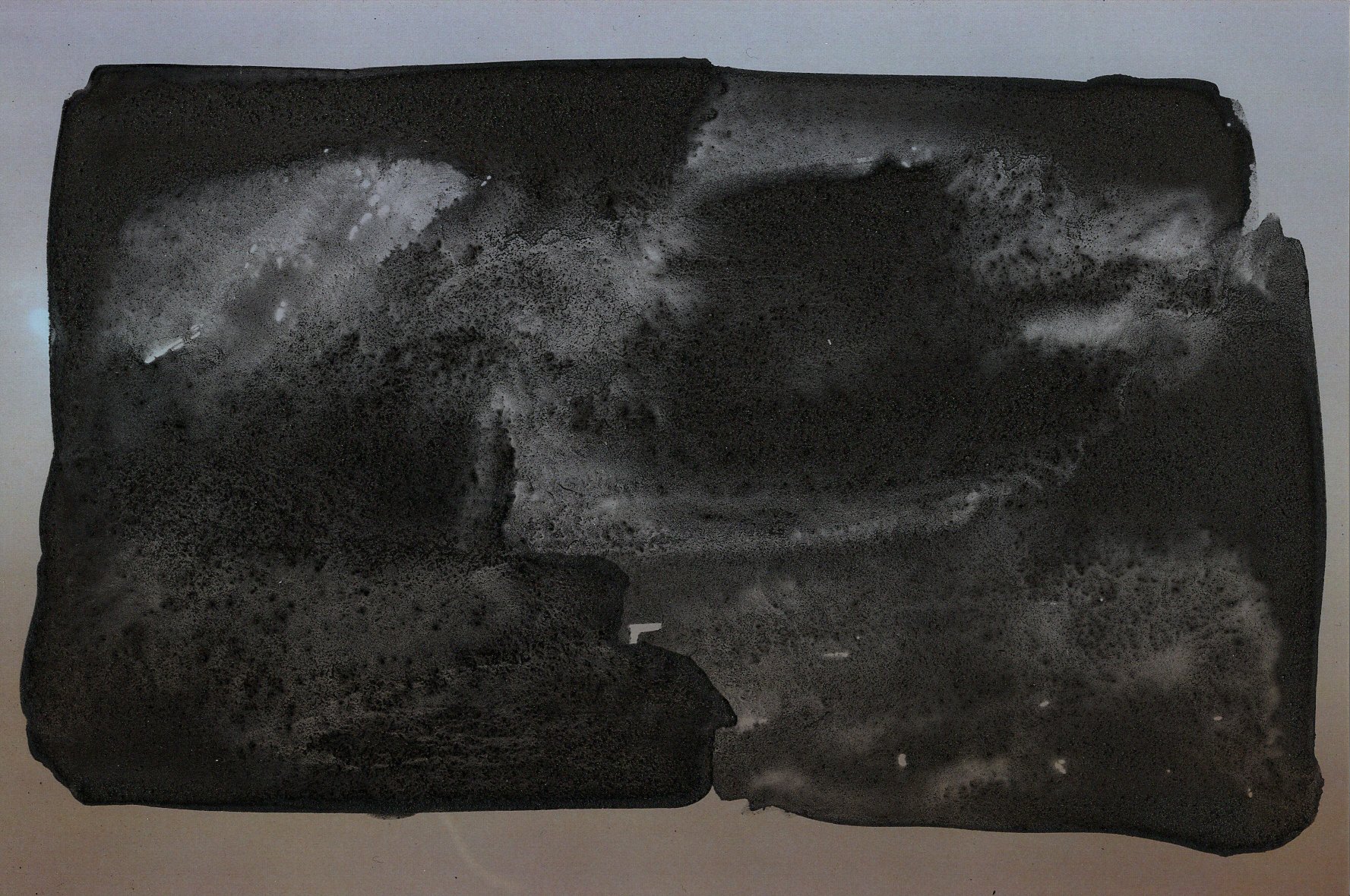
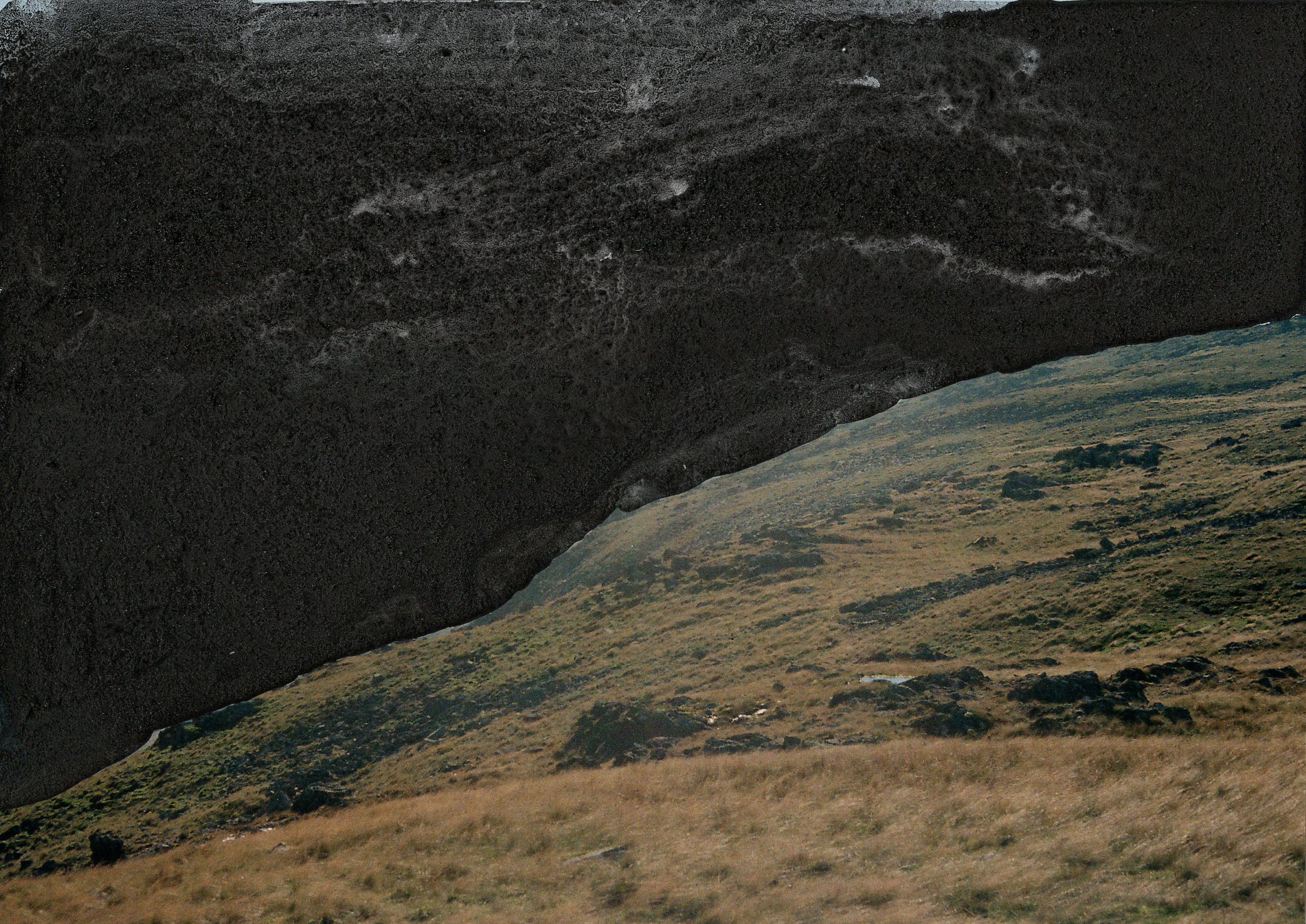
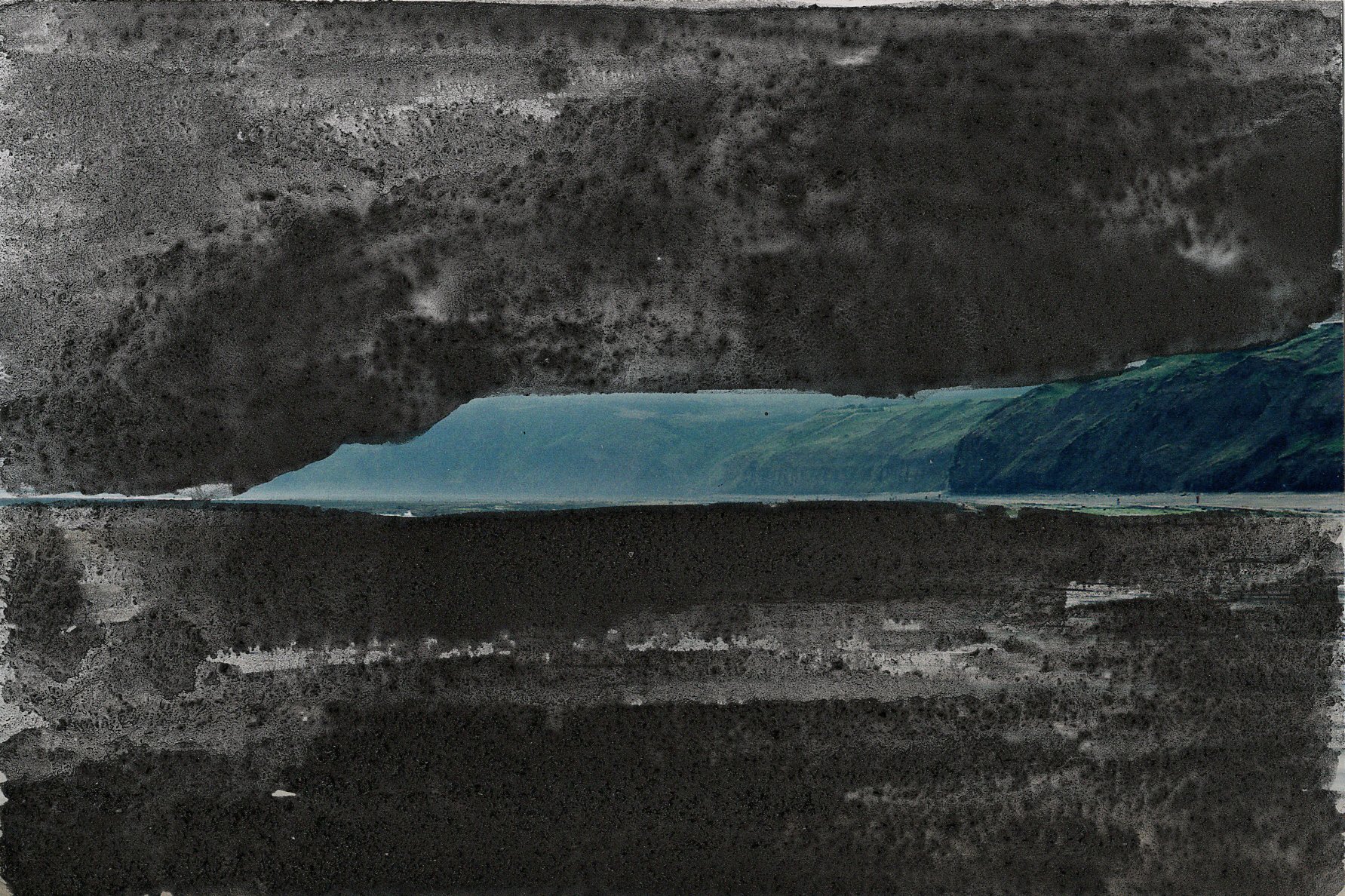
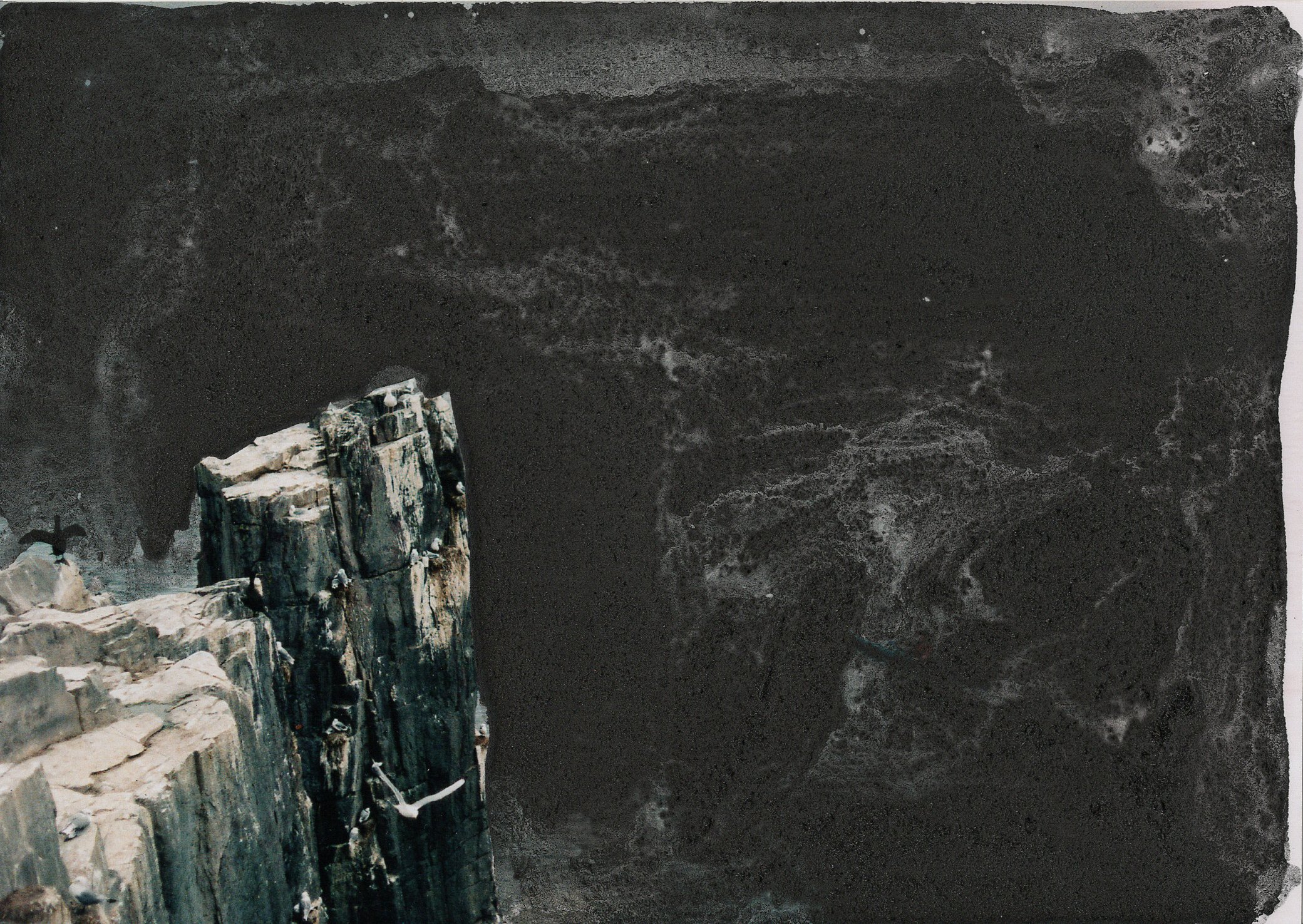
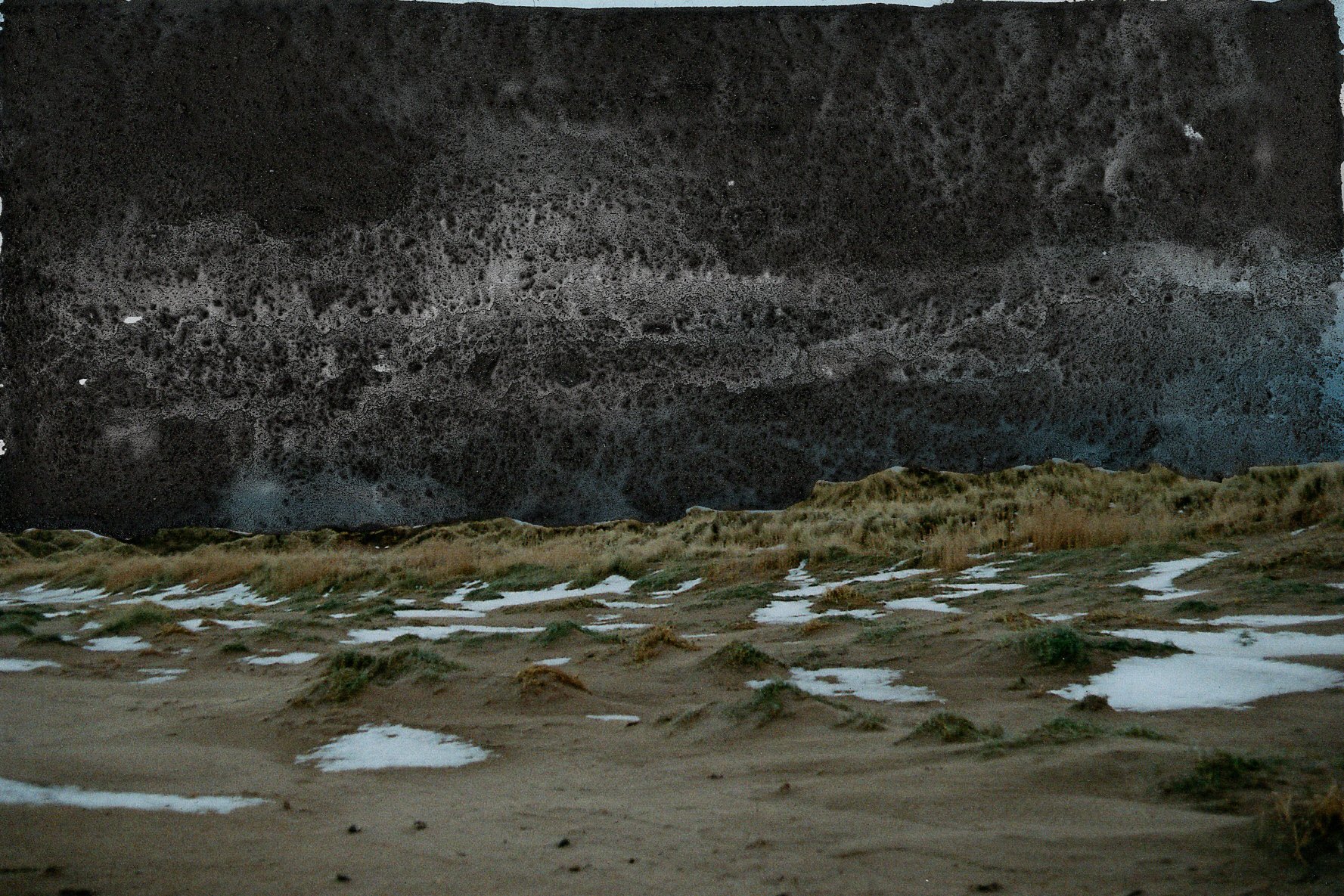
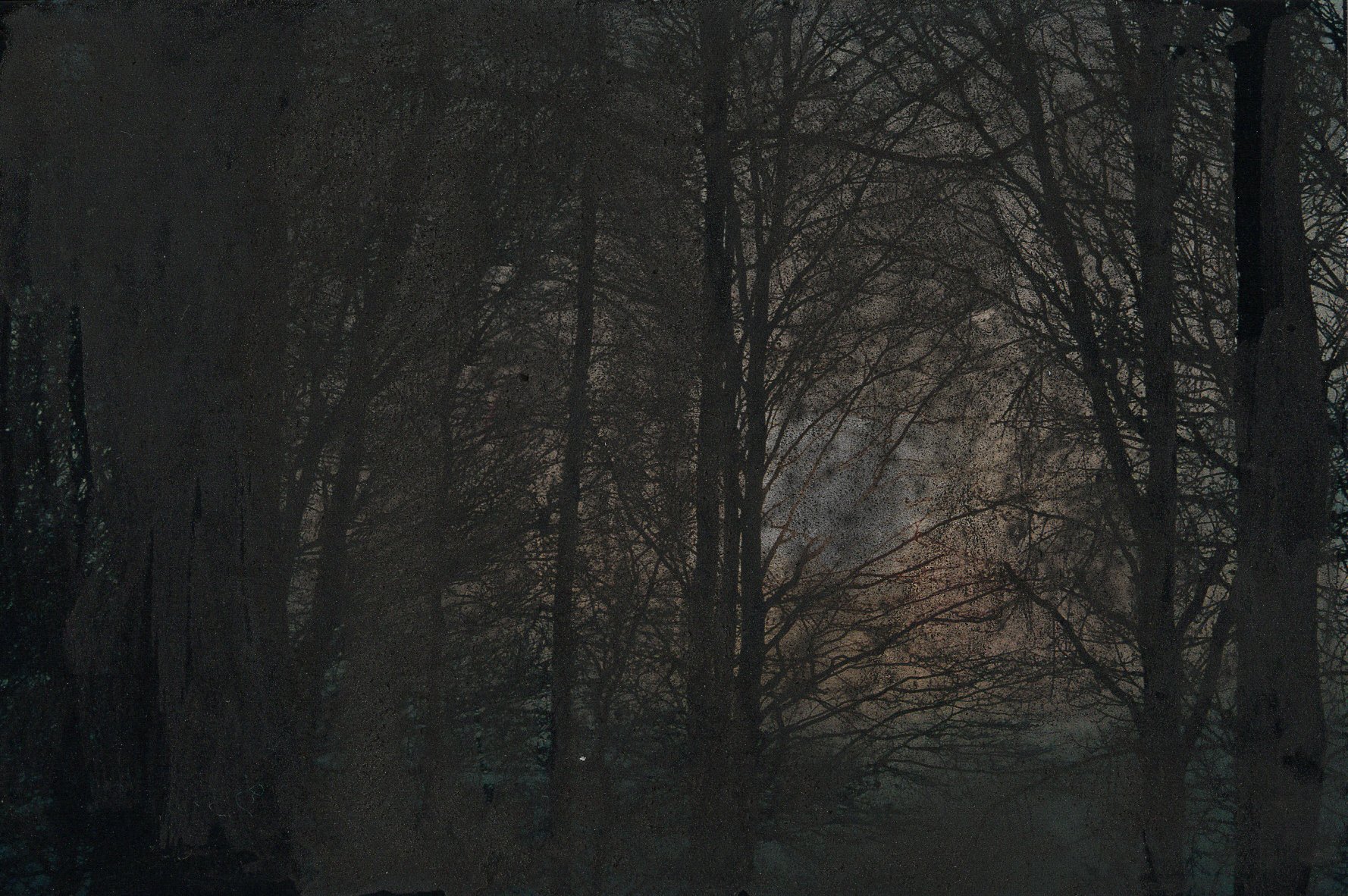
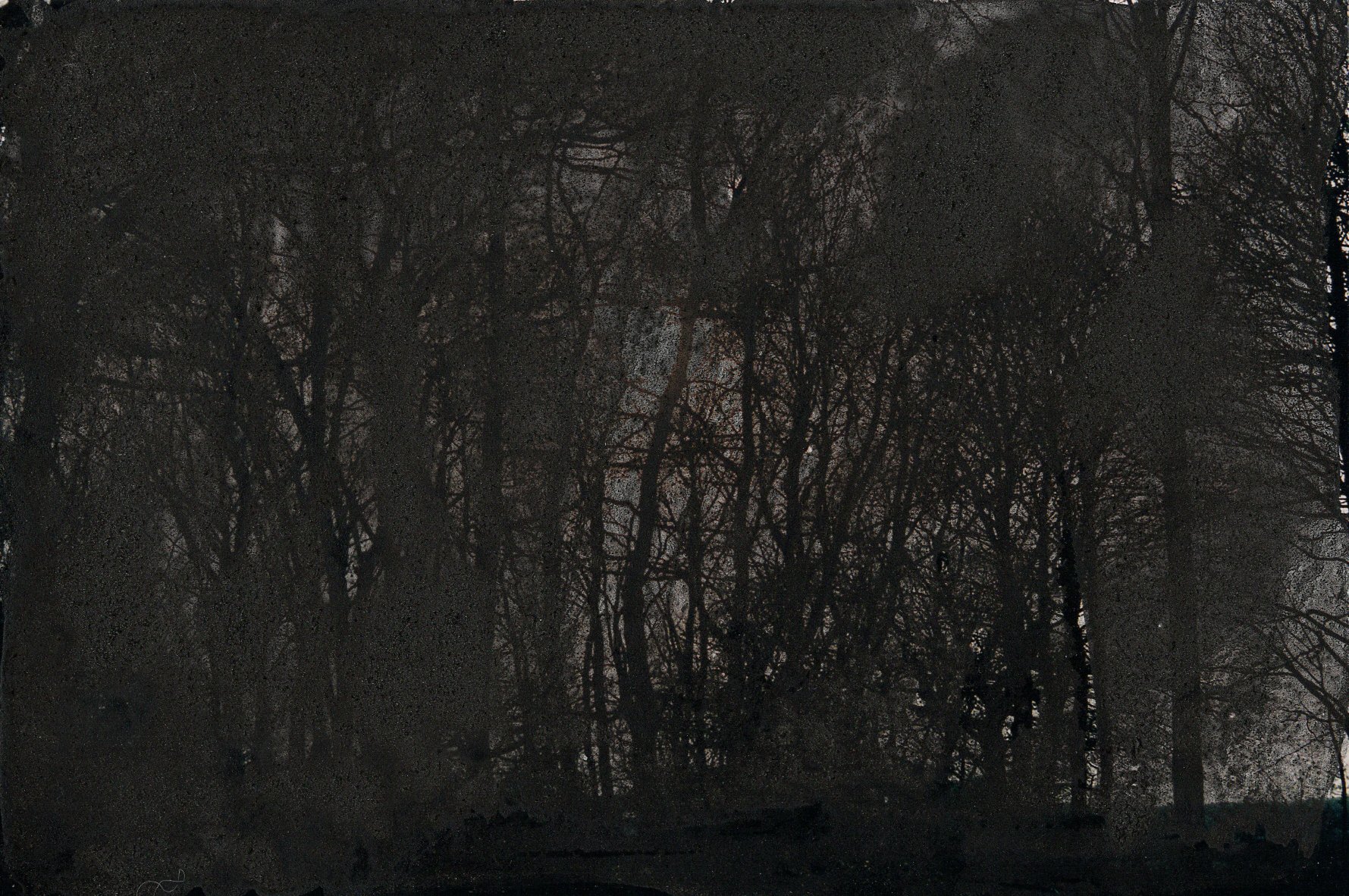
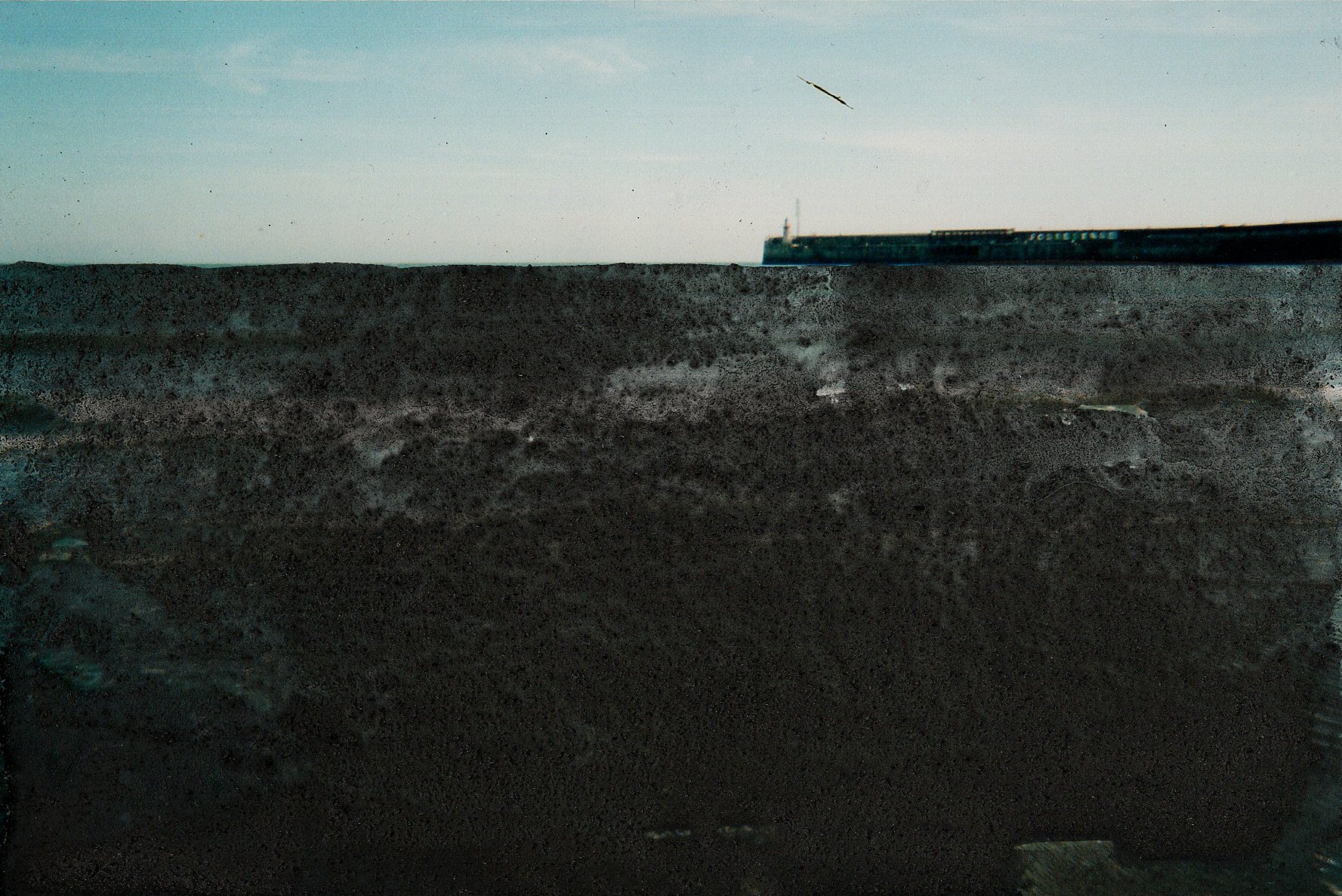
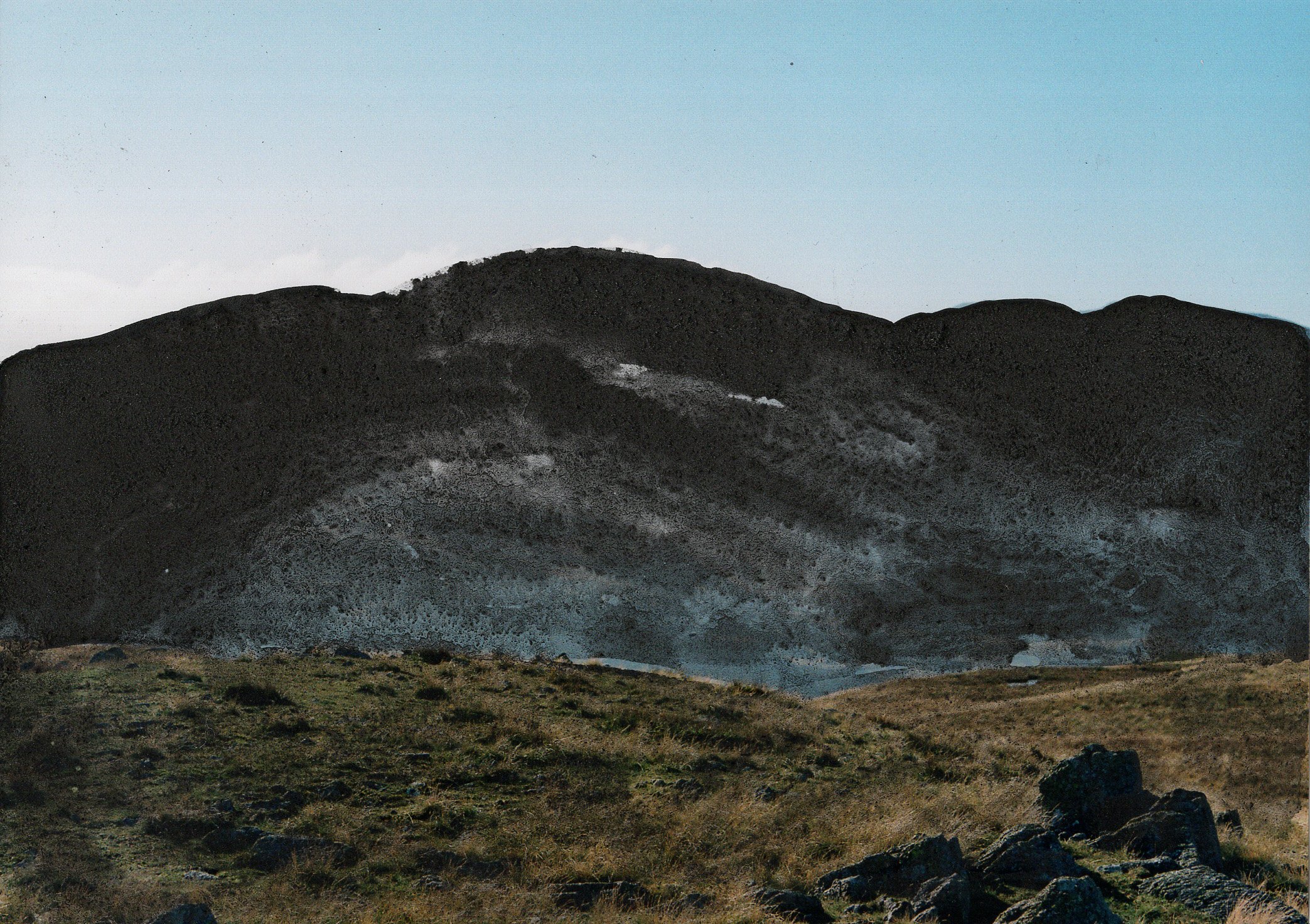
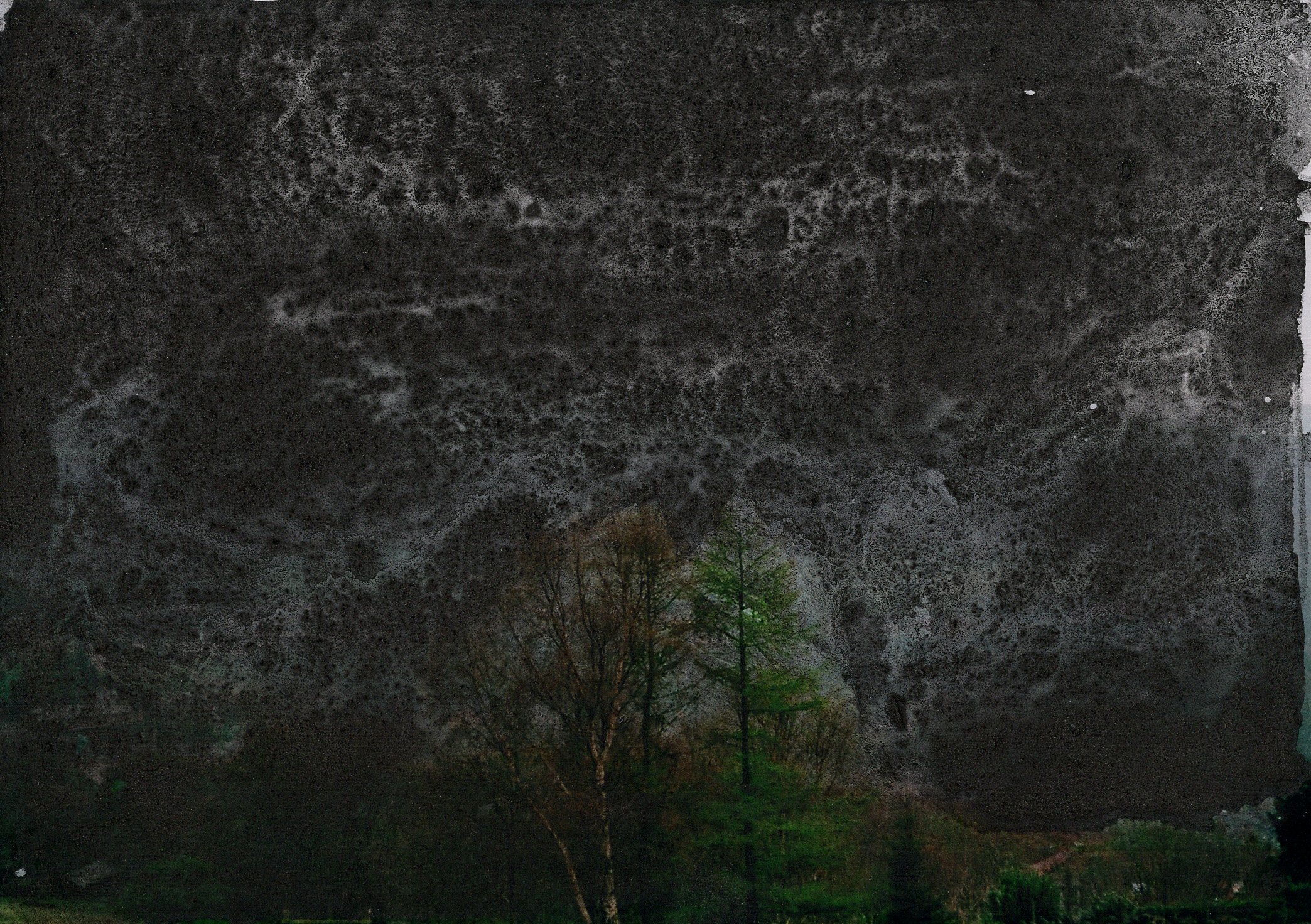
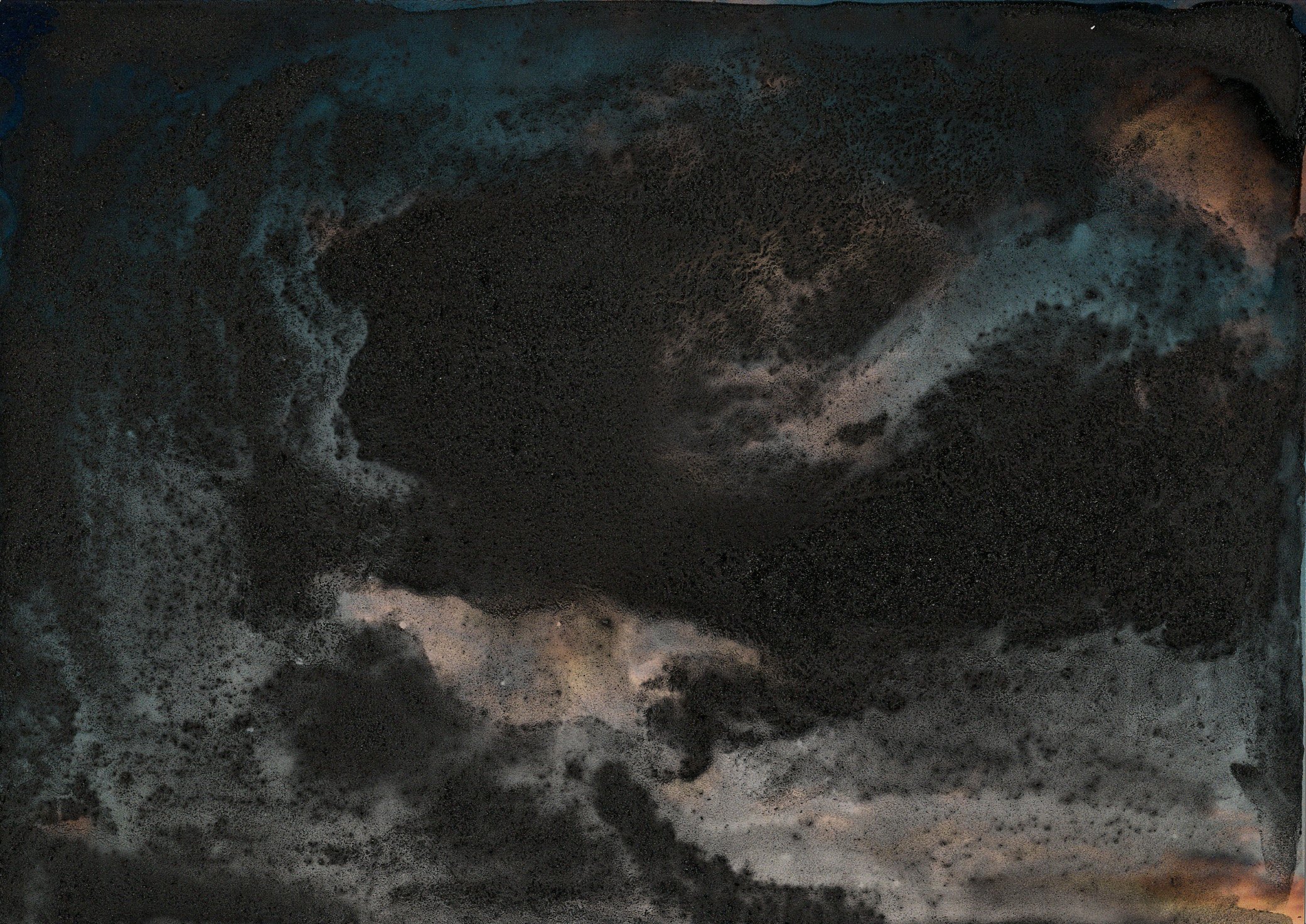
Charcoal ink on photographs
Experiments adding my charcoal ink to existing photographs, layering over the ink over parts of the image. Focusing on photographs of landscapes, adding the charcoal texture and separation to sky or land (or both). Thinking about the origins of the charcoal from trees, rooted in the ground. The burning of the wood leaving evidence of the charcoal fire pits in the land, and the black smoke spreading out into the sky around it, the air thick.
Soil collected from beneath the stream below, applied to branches found nearby. Soil and sand as mark making material.
Sand and soil sediment collected from a local stream.
Starting to think through what material there is within the ground that may be drawn out. Once dried out I used this as material in itself, applying as might use charcoal or graphite to add to and mark onto other objects.
I visited the ‘Chemical City’ exhibition at MIMA in Middlesborough, focusing on the effects of chemicals production in Tees Valley. As part of Onya McClausland’s work I picked up a tin of the Saltburn Ochre paint, a wall emulsion mineral based paint made using ‘recycled ochre residues formed as a result of the treatment of polluting mine water. The pollution is caused by an upwelling of groundwater from an abandoned iron stone mine.’ The work is only fully realised when people take away and use the paint.
Second visit to Saltburn. Noticing the ochre colour of the water that falls down the cliff when it rains. The mud cliffs appear soft and malleable, yet they are actually very hard, holding firmly the rocks within it. Keeping the rocks form in tact over deep time, contained inside the land. The rocks are in and of the beach, sunken into the sand or mud, smoothed over by the tide of the sea. New rocks emerge as the land crumbles, the mud softens in the rain.
Fresco workshop with Puy Soden. Adding the fresco plaster, mixed with graphite powder, to rocks collected from Saltburn beach. Filling in the parts where the layers of the rock have been chipped away and come loose. The graphite powder integrated into the fresco material traditionally applied as surface. Drawing with material.
A first look at the results of the charcoal burning process. Really excited to see that some really large pieces of charcoal have been produced. From this we have learnt how different types of wood react differently to the burning process, some holding their shape and texture whilst others crumbling into smaller charcoal pieces. Looking forward to testing these for sound soon.
The process of charcoal making.
Collecting the wood. Fallen trees from a storm. Offcuts from construction. Found on the ground, at the foot of the trees, within the earth and the leaves.
Chopping the wood to meet the size of its container. Tightly packing the wood into the drum. Filling the gaps. Allowing as little air inside as possible. Placing upturned inside the larger drum. Coal, firelighters and wood to burn built up in the gap between the two drums. Fire starts to burn in this space between. Lots of smoke. Tending the fire for 5 hours, keeping the flames constant. Leave it to cool overnight.
In the inner drum pyrolysis takes place: the breakdown of complex substances into simpler ones by heating. This requires the heating of a material to a high temperature in an absence of oxygen, where it will go through chemical and physical separation into different molecules. Thermal decomposition leads to the formation of new molecules.
Burning the wood with reduced oxygen stops it burning away into ashes. Without oxygen the wood decomposes and forms charcoal; a black porous solid consisting mainly of elemental carbon.
Draw-ing is present here in the process of material transformation from wood to charcoal contained within the inner drum. The only clue we have that this is happening at the time is the steam and then flames being released from the four small vents at the top. This signals that the wood inside is drying out and losing it’s moisture as steam, and that the wood structure is breaking down, giving off vapours and tar as a result.
The charcoal is formed as a trace of wood plus heat (minus oxygen). A trace of the environment - starved of oxygen - that the wood of heated within. A trace of the time taken for the transformation - over 24 hours including the cooling down period.
The process is hidden and hard to control. We can only see the heat source - the flames- trying to keep this constant. The effect of this on the wood inside cannot be known until later. Deep within the molecular composition of the material is shifting via carbonization.


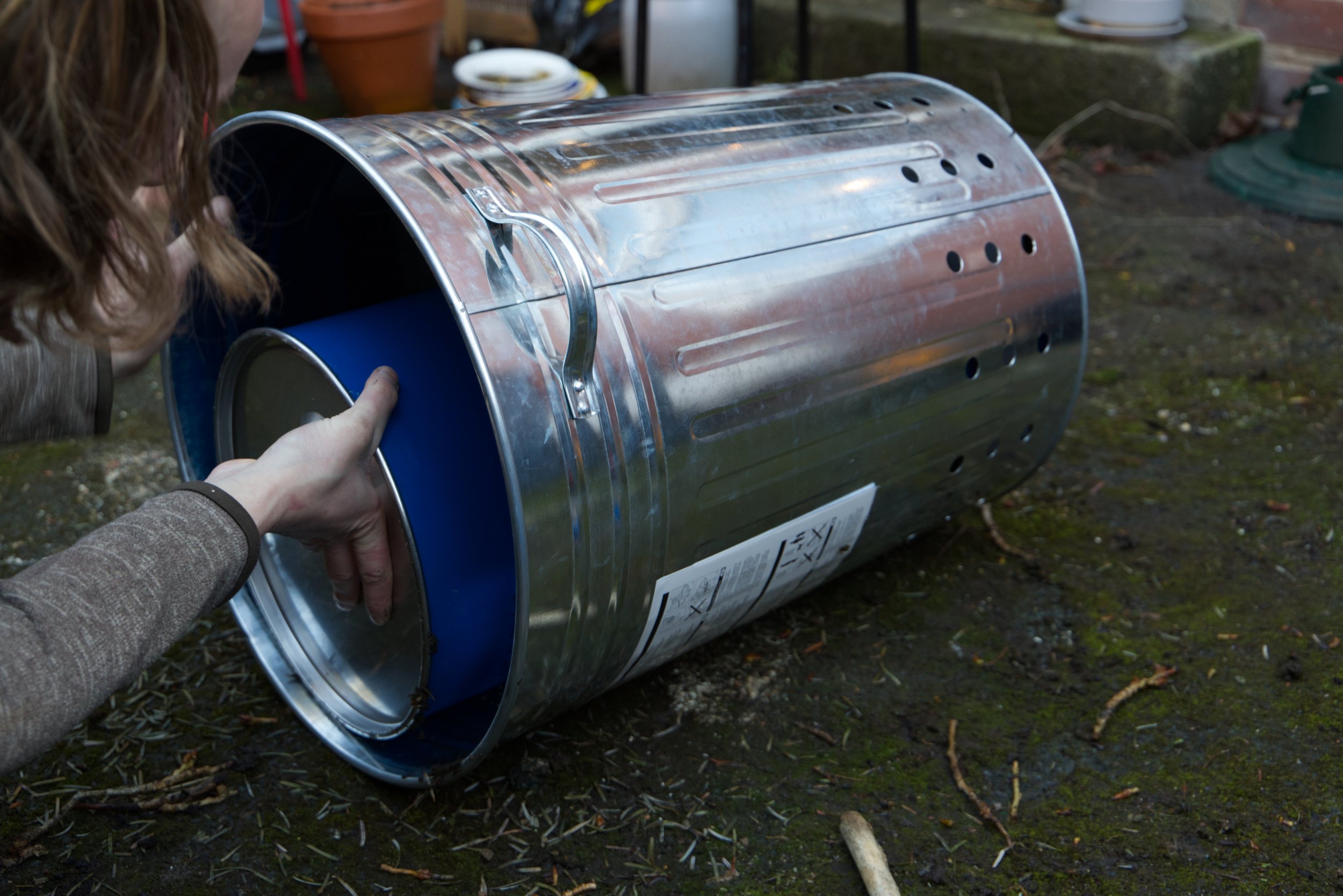

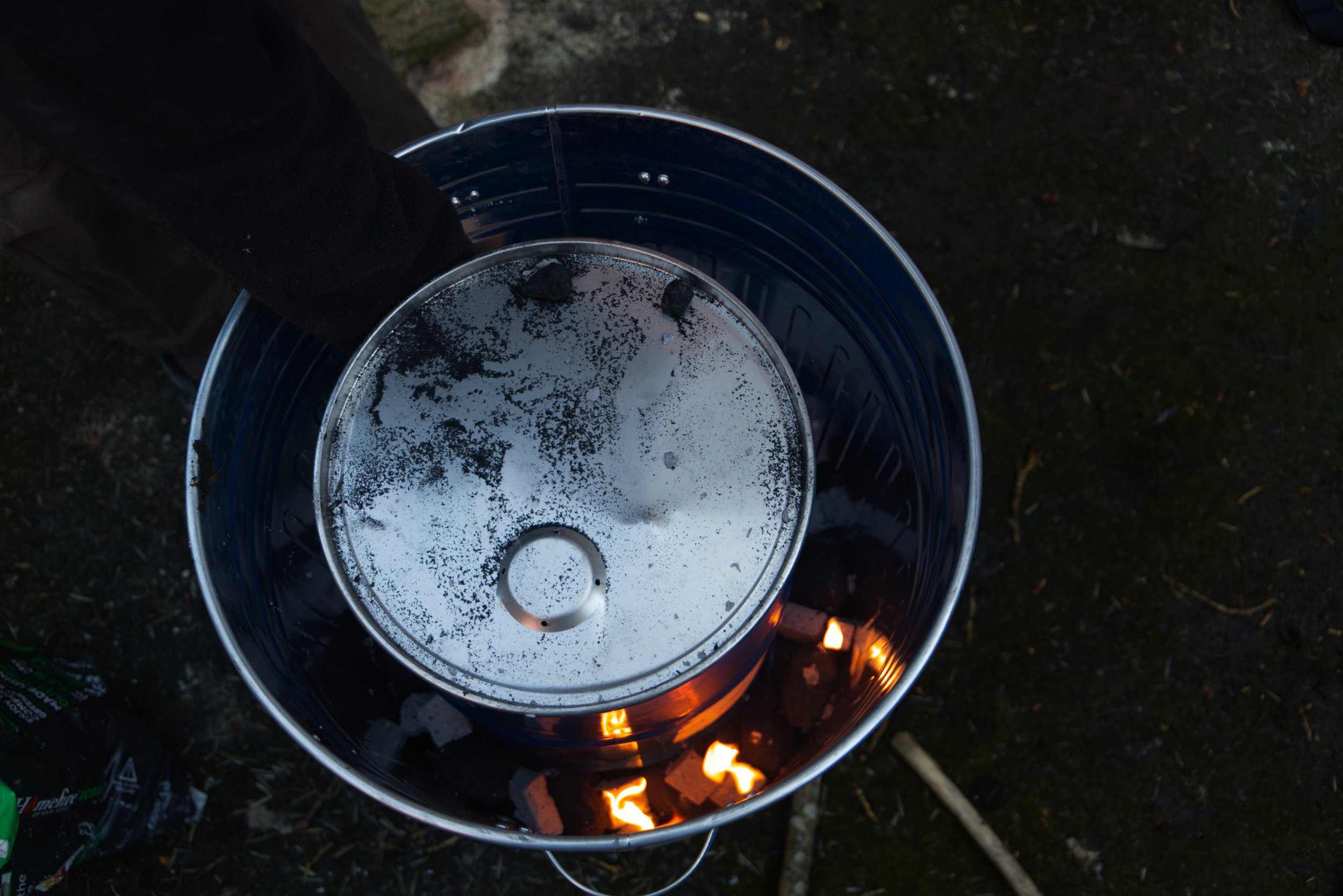

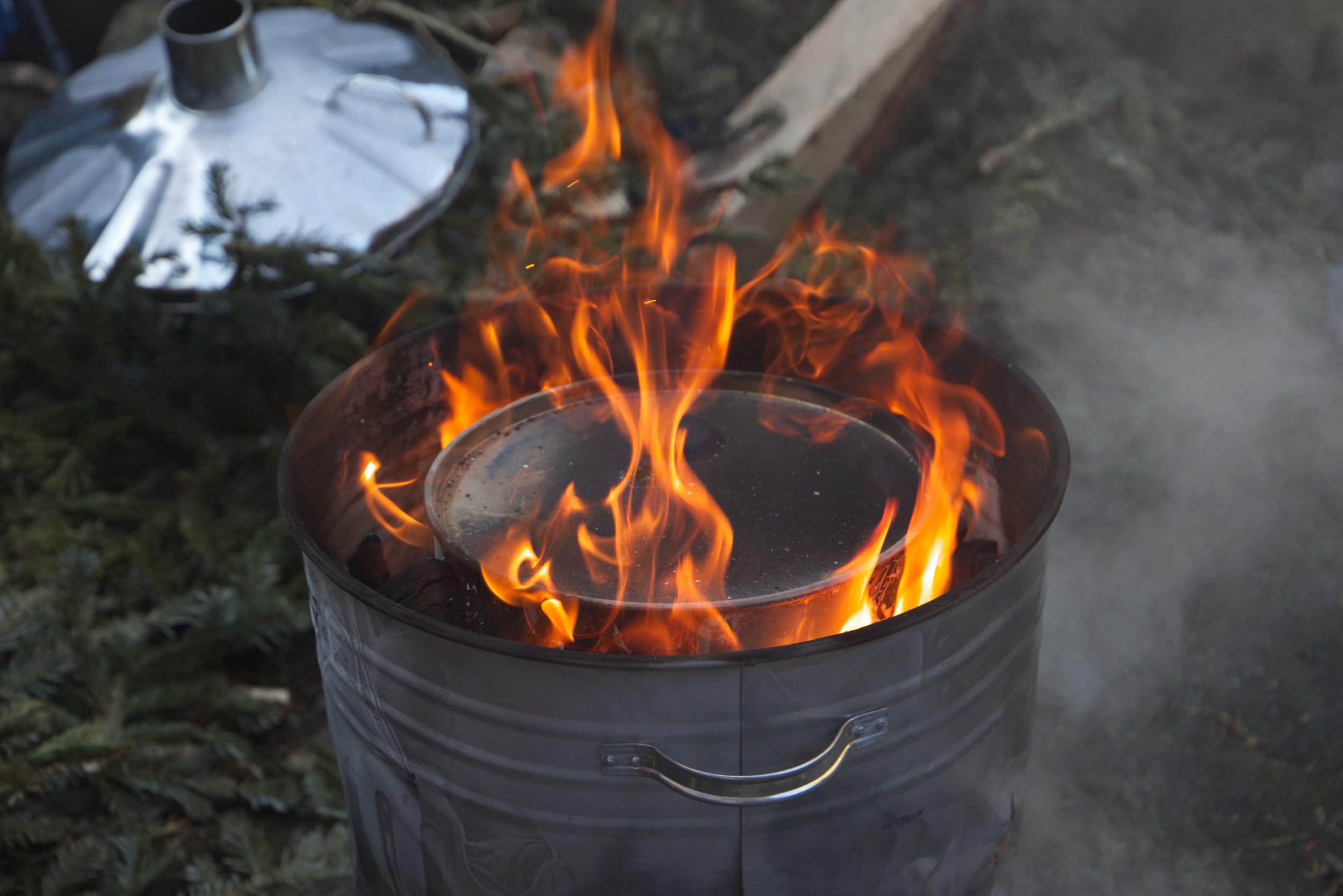




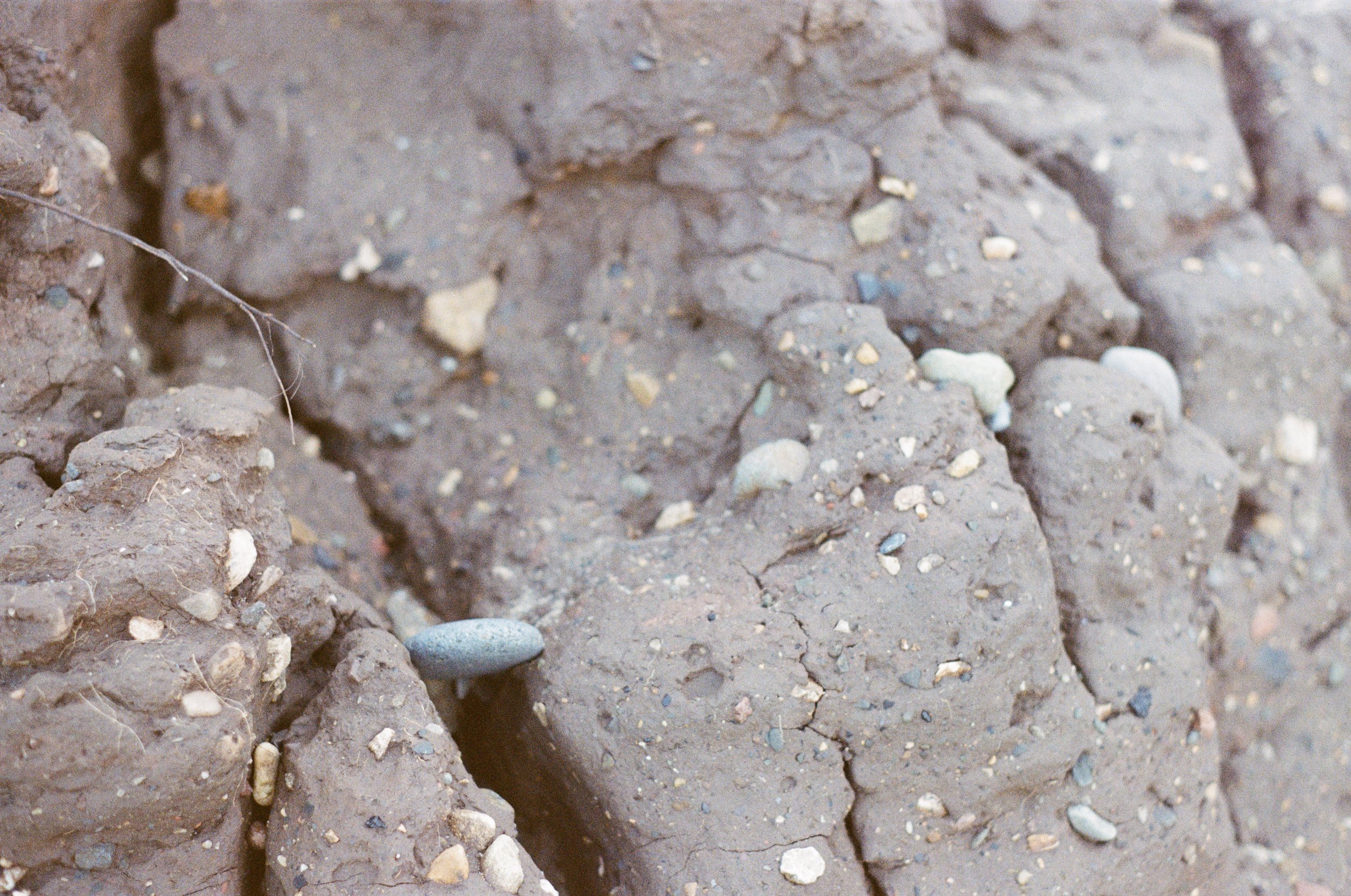
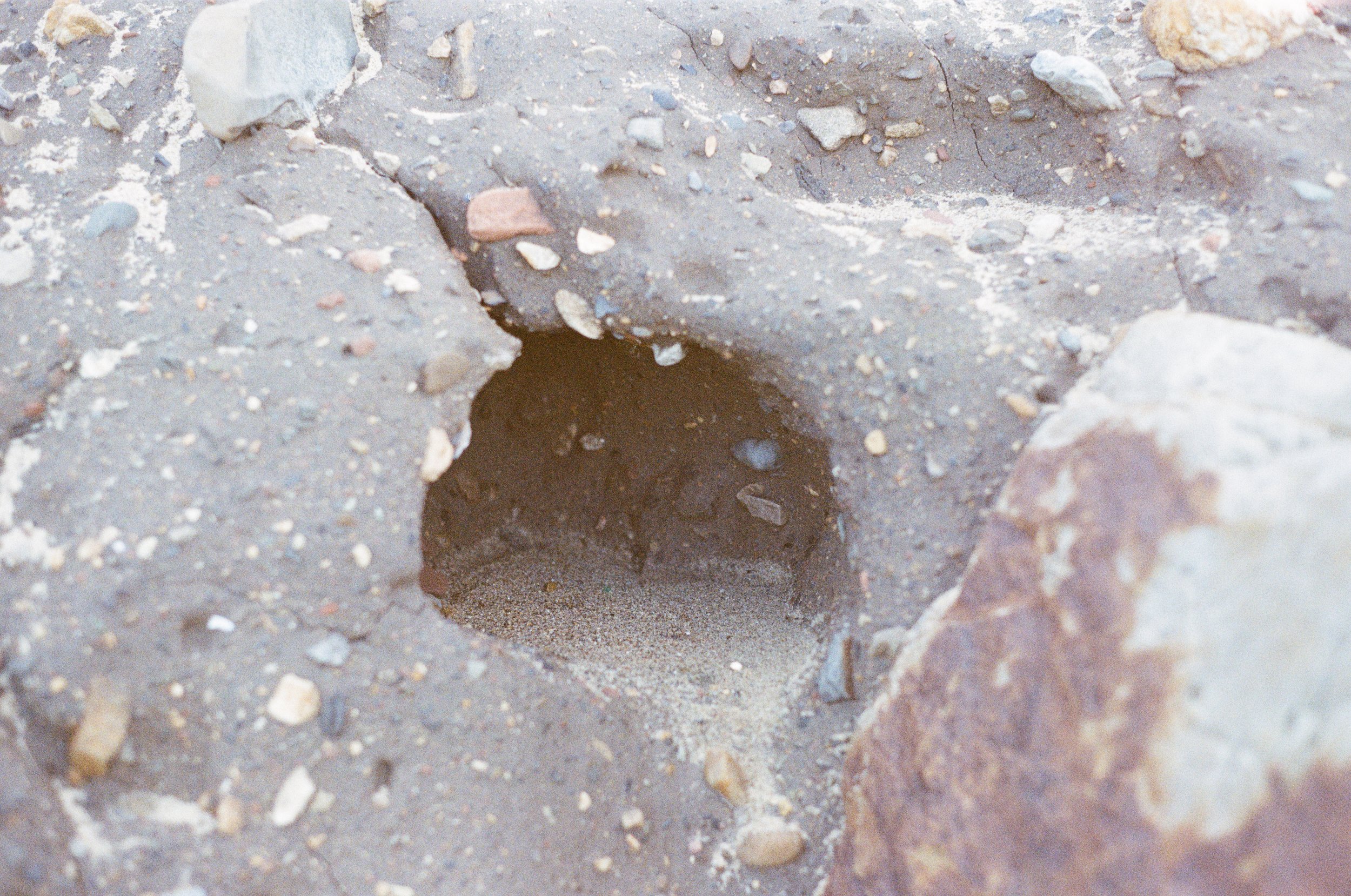
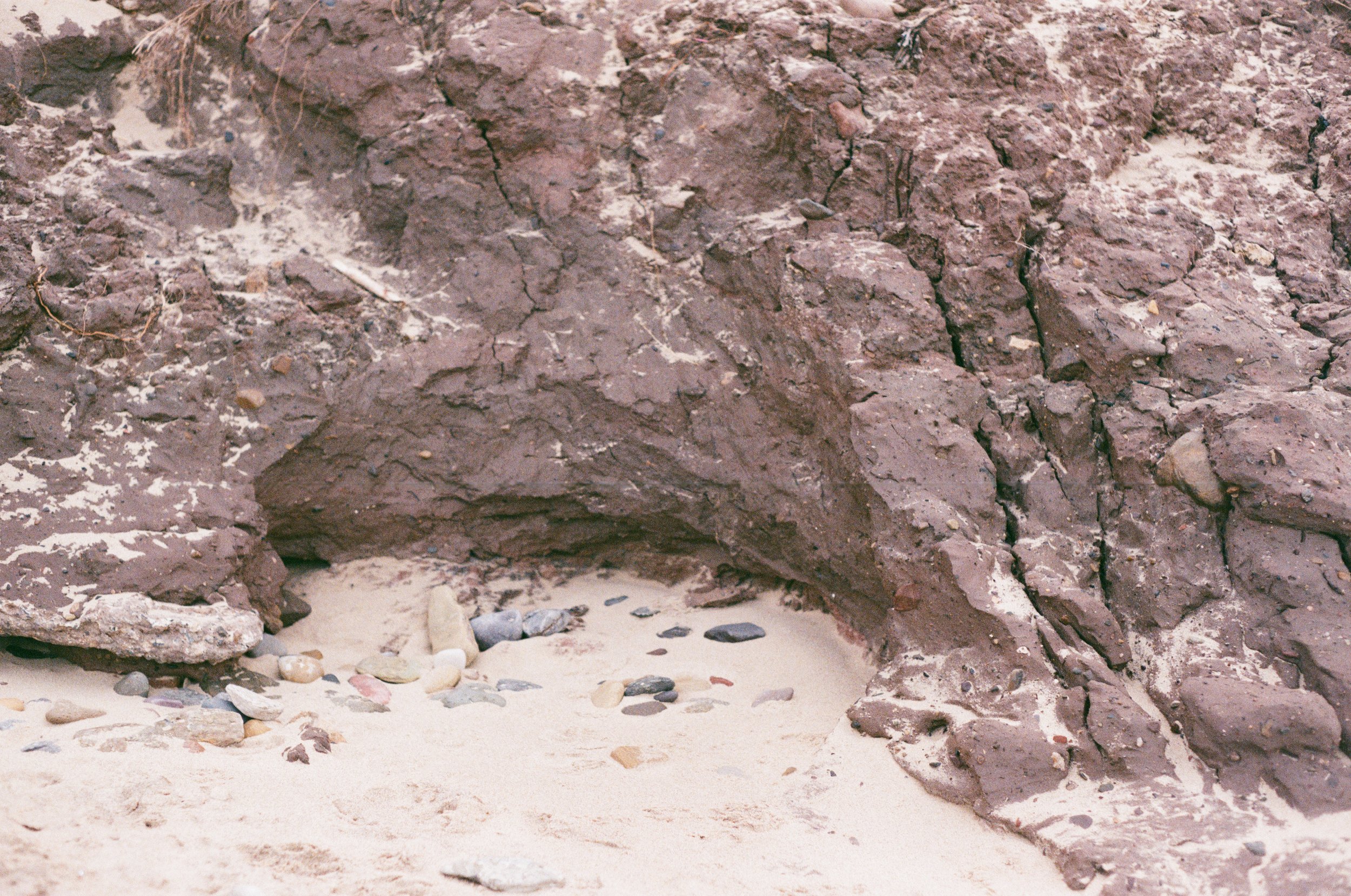
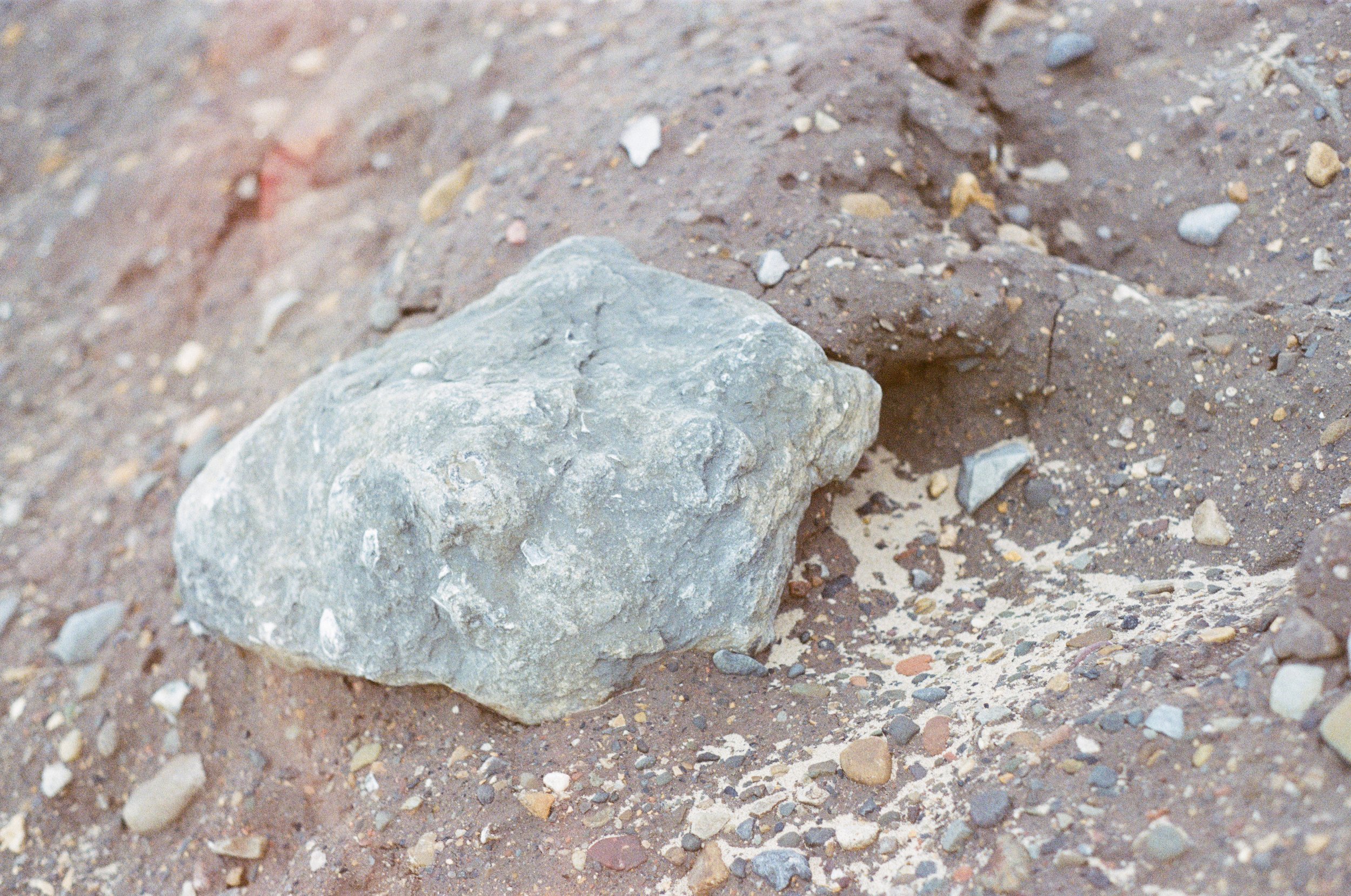
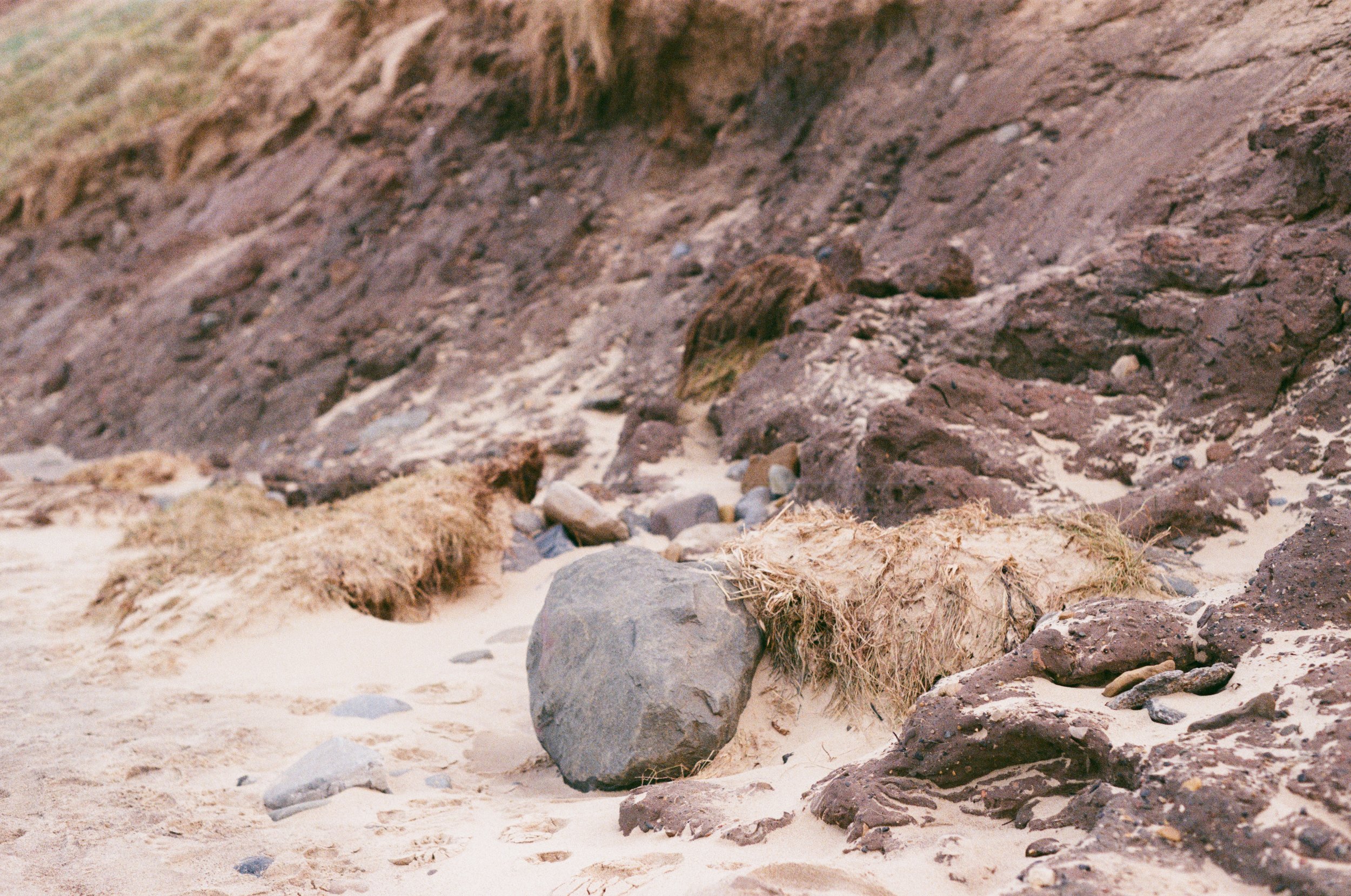
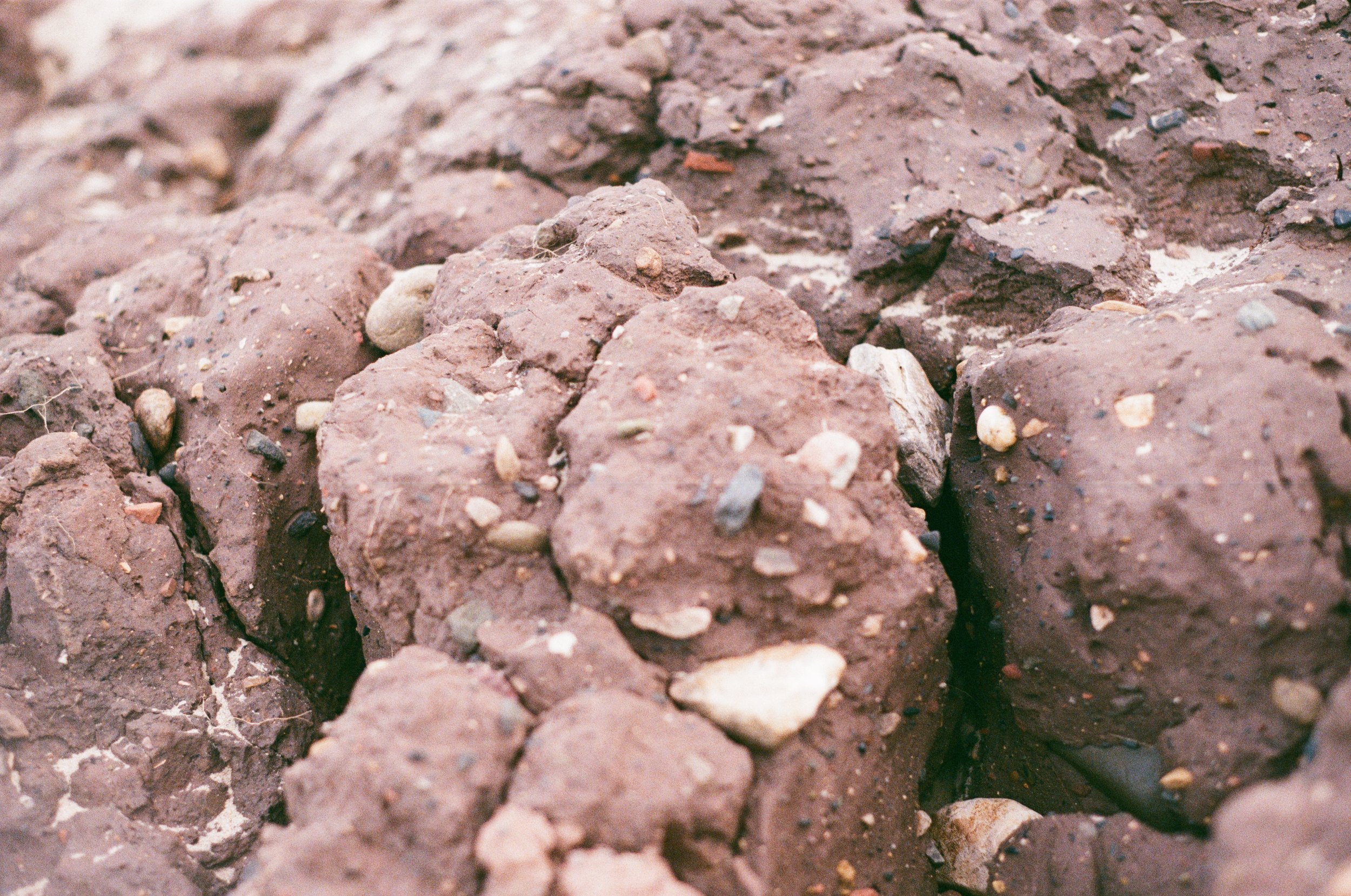
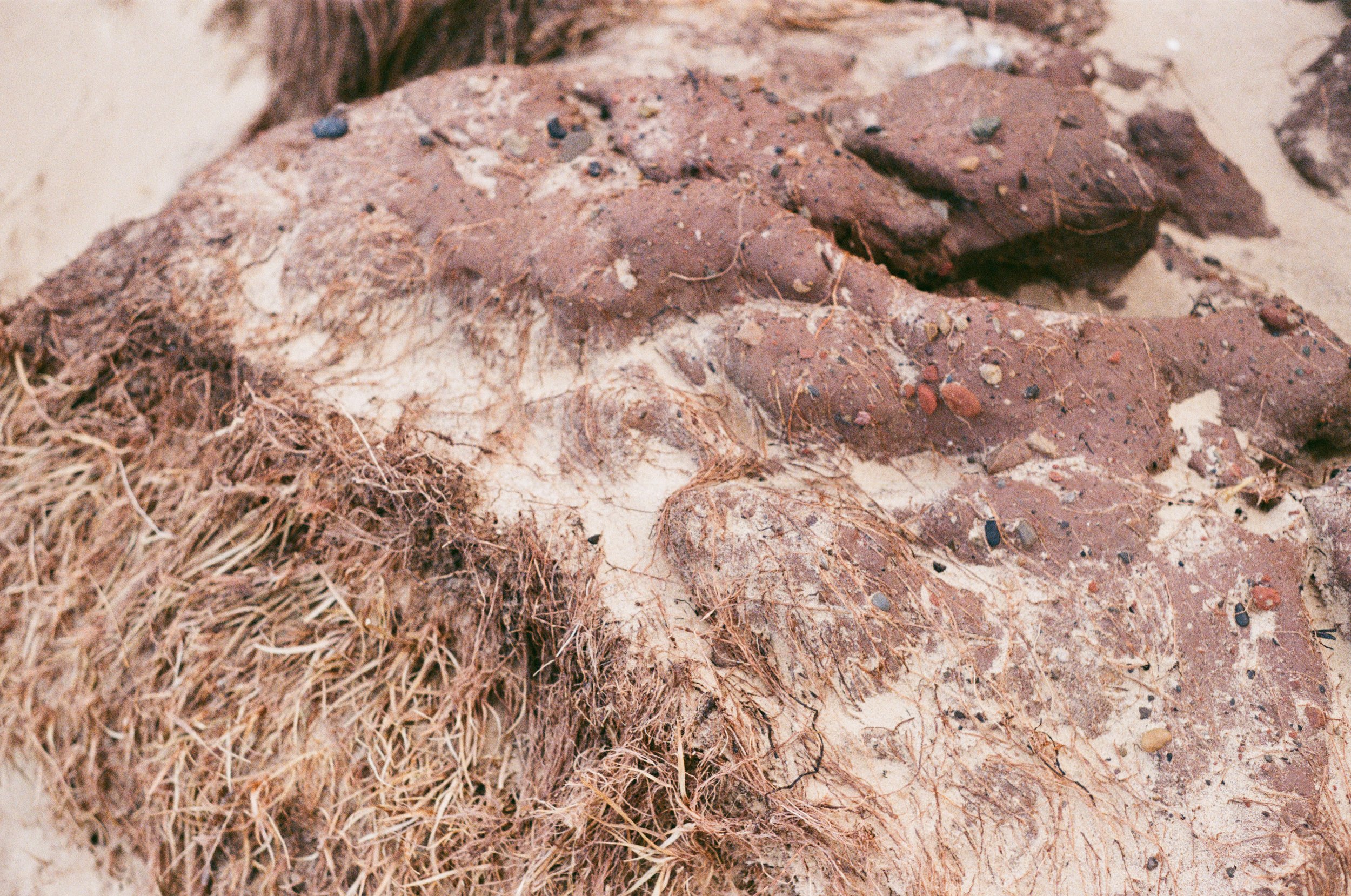

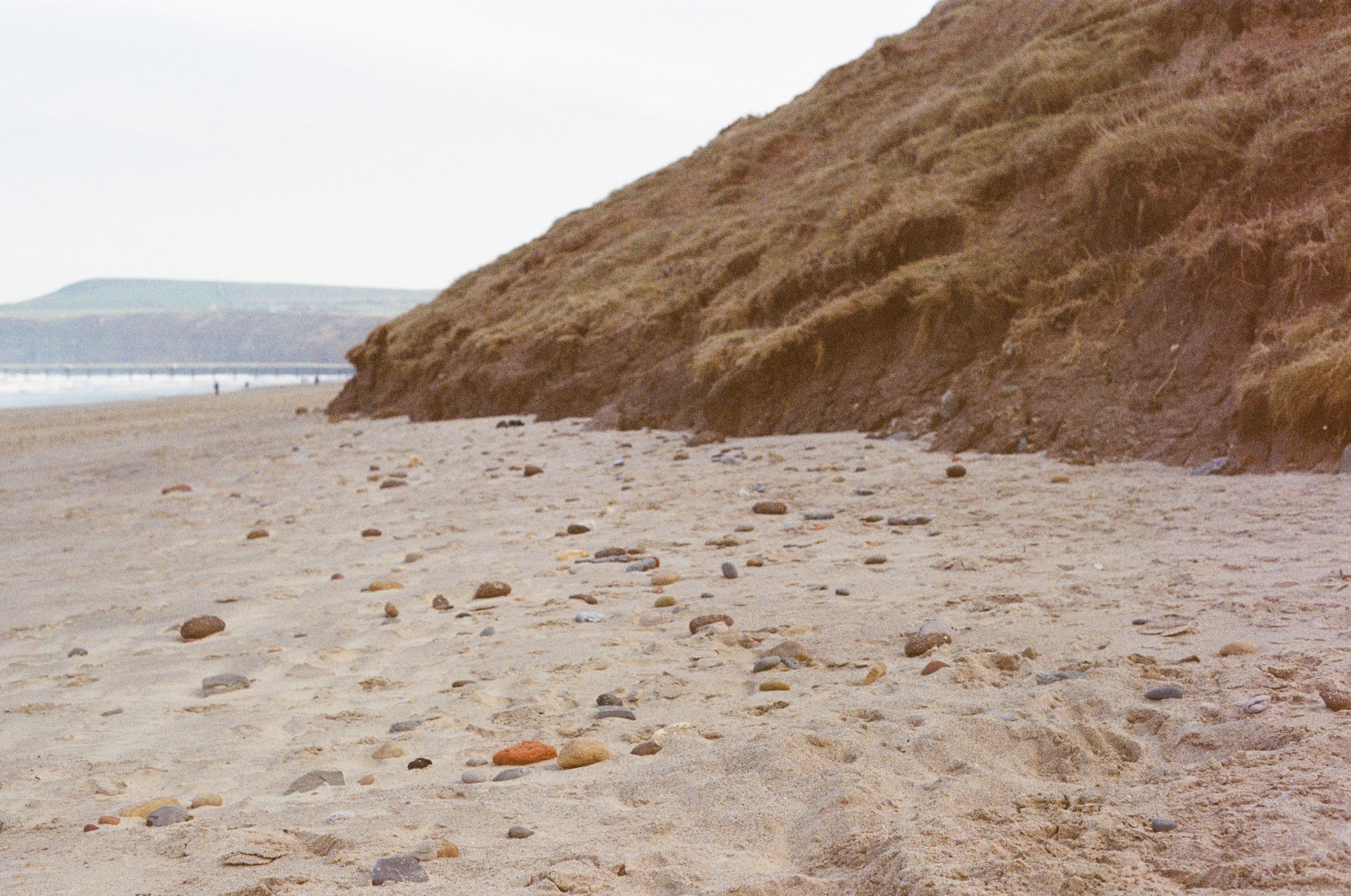
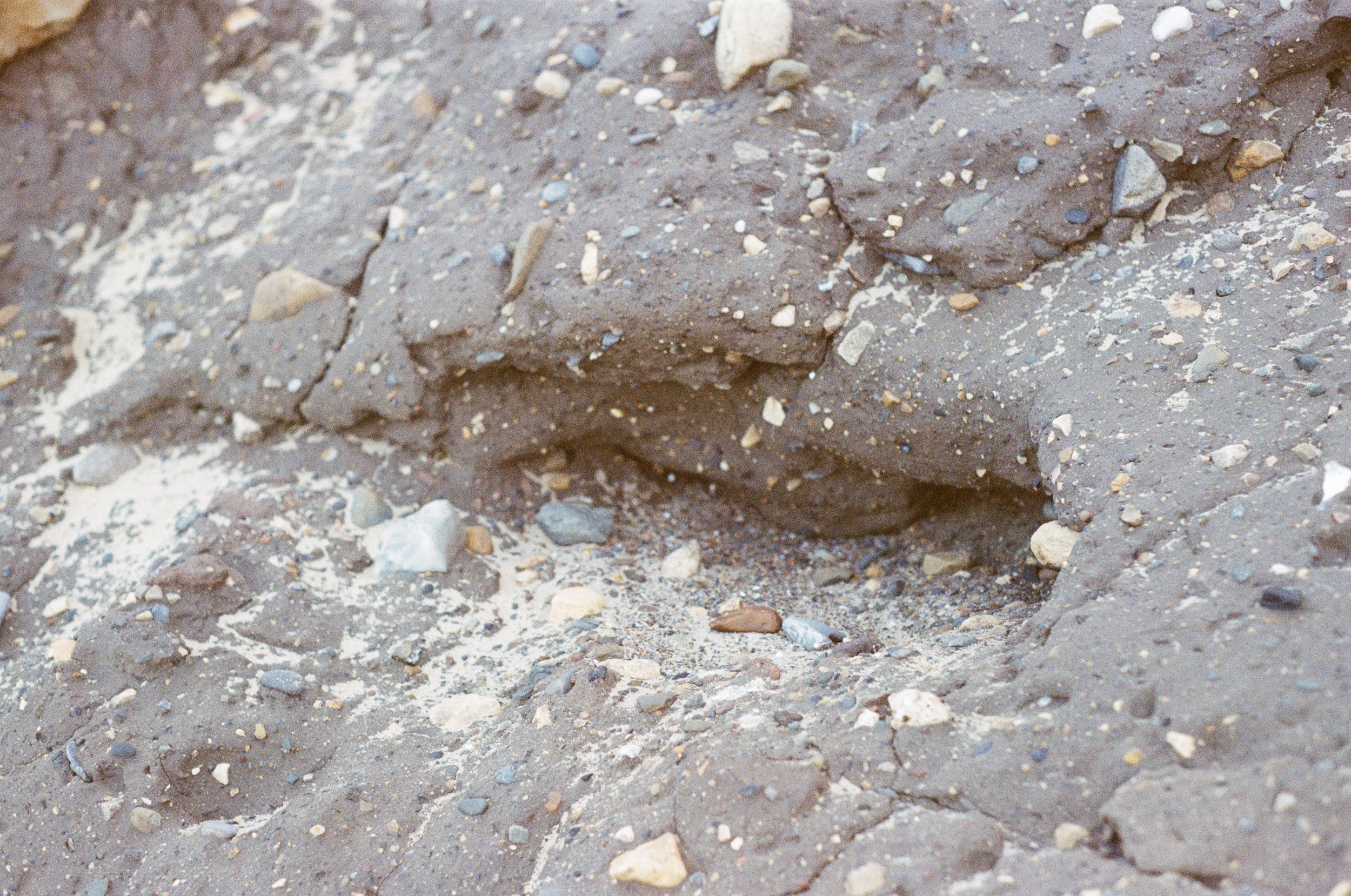
Observing the imprint of one stone in the sand on Saltburn beach. The black rock smoothed by the repeated motion of the tide over it. Its form and weight producing a hollowed out impression into the sand it sits within. The rock on this precise place on the beach, half still wet from the tide starting to come in, half dry from the sun.
Photos taken on a walk through Meanwood Park and Scotland Woods. Looking out for the points where a trees growth is altered by the presence of another tree, rock or other material obstacle. Where the point of touch between two materials forces a change in their size, strength or direction of growth.
Mark making with ink made with willow charcoal powder, drawing onto Ilford photographic paper. Because of the quality of the paper the charcoal particles from the ink sit on the surface of the paper. The paper itself changes in the light to a dark dusty pink colour. I am interested in how the ink separates out into its component elements once applied - into liquid and solid - and is difficult to control.




















